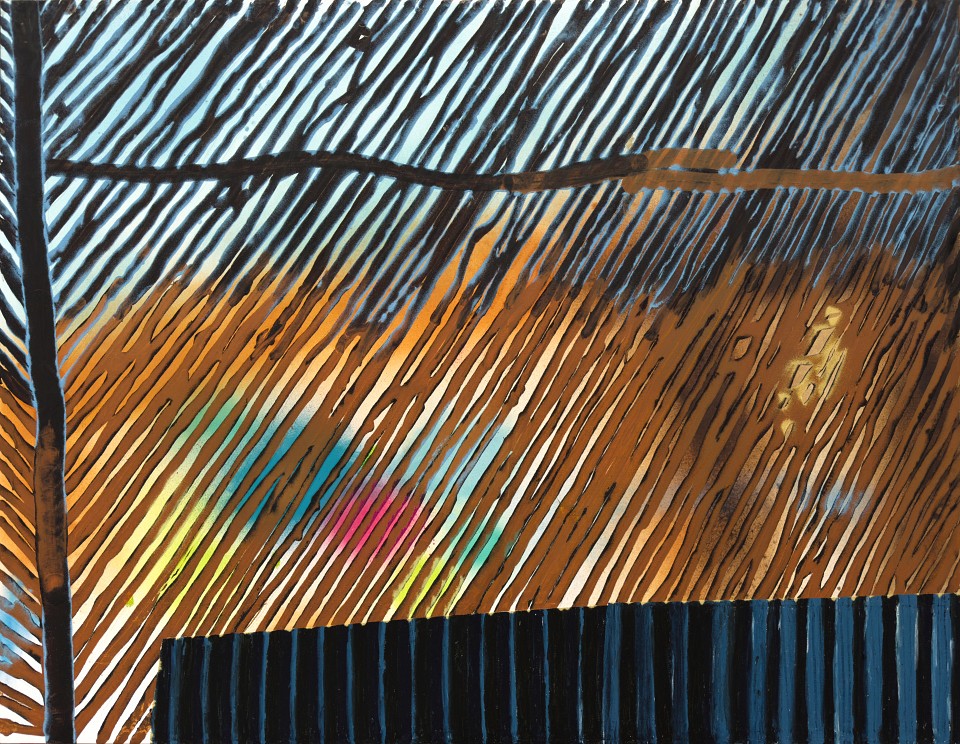
Restaurant in NGO
oil and glitter on canvas, 2024
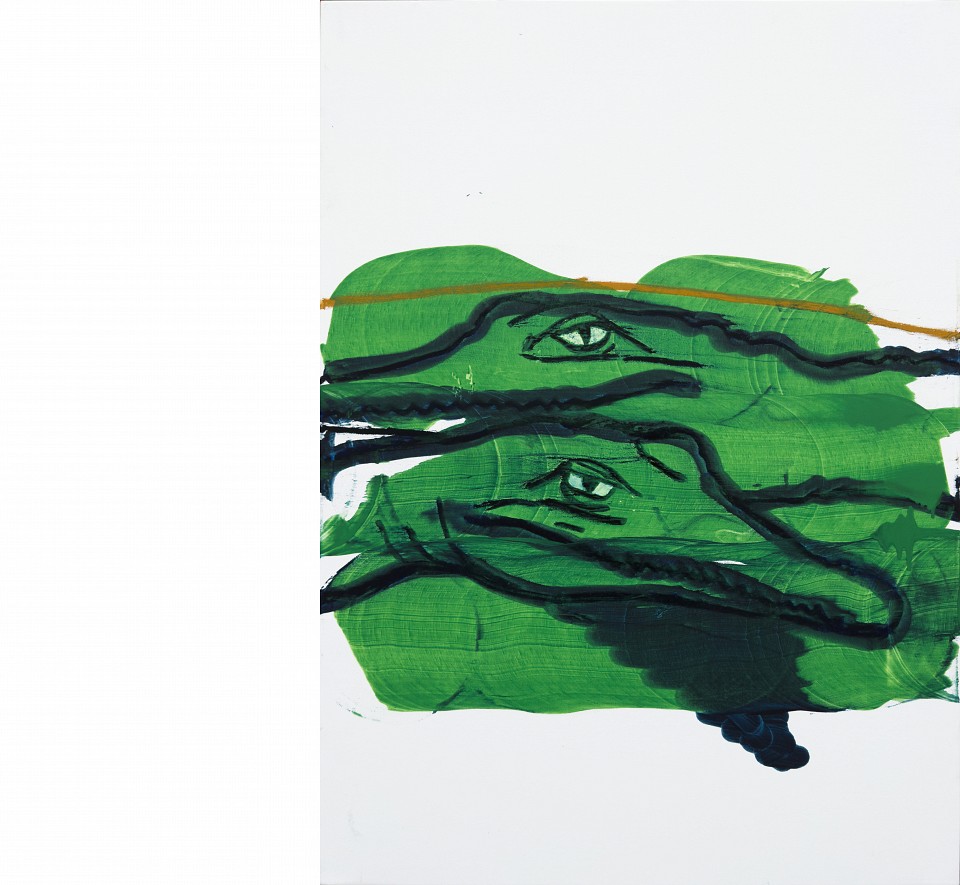
Untitled - Poachers dream IV.
olej na plátně, 2024
140 x 100 cm
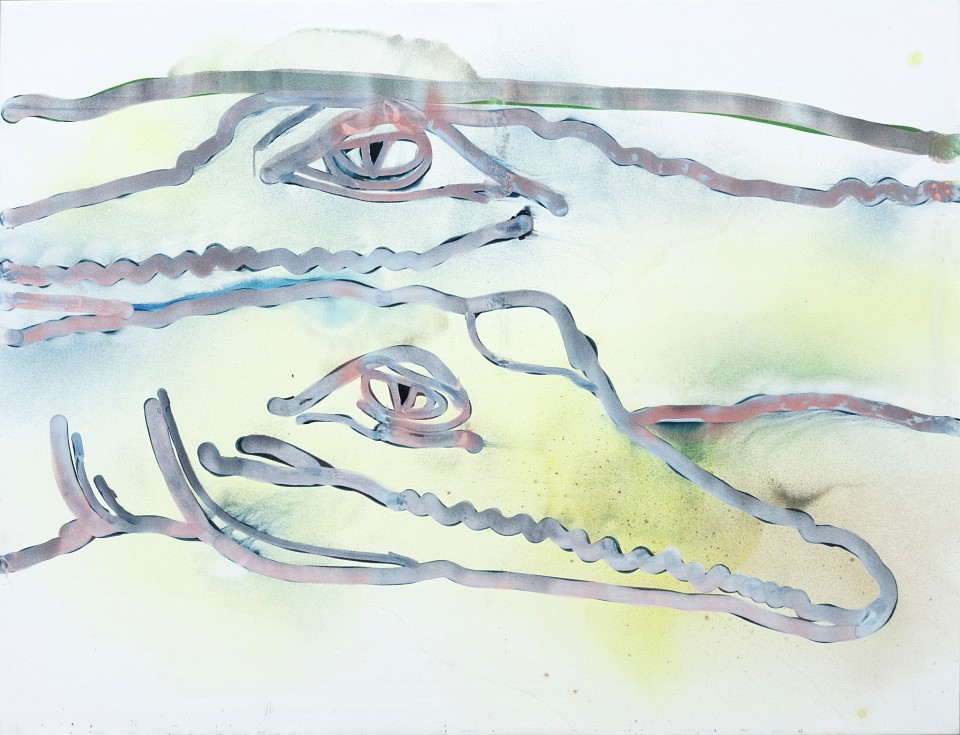
Untitled - La rêve du Bracconier III.
Oil and glitter on canvas, 2024
155 x 200 cm
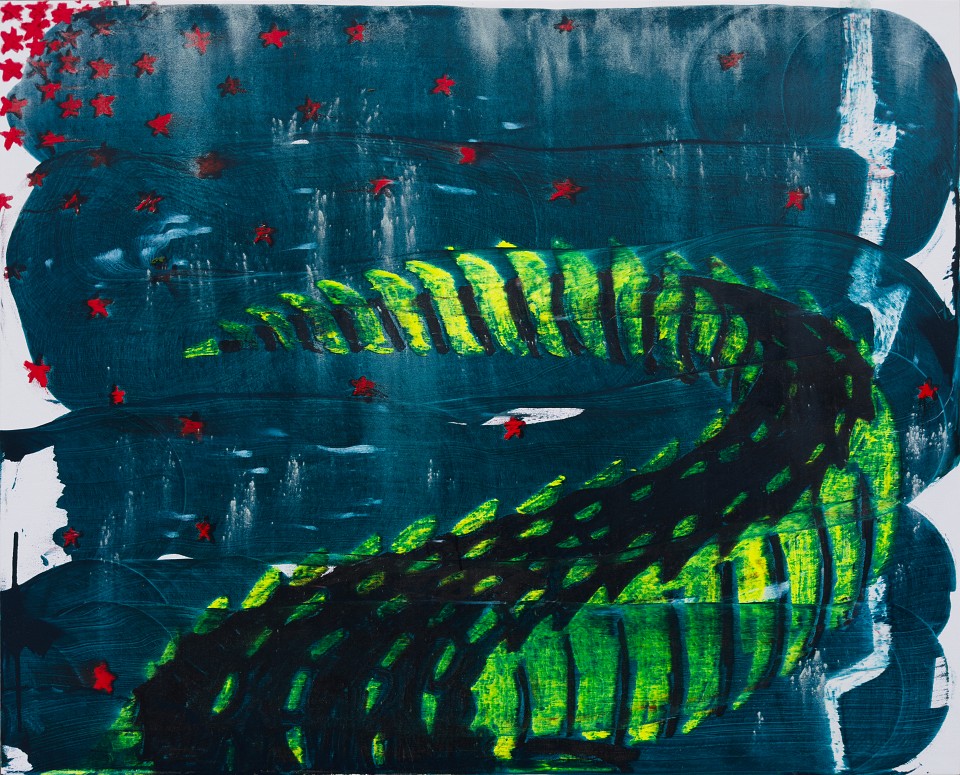
The Poachers dream
oil and glass powder on canvasn, 2024
107 x 132 cm
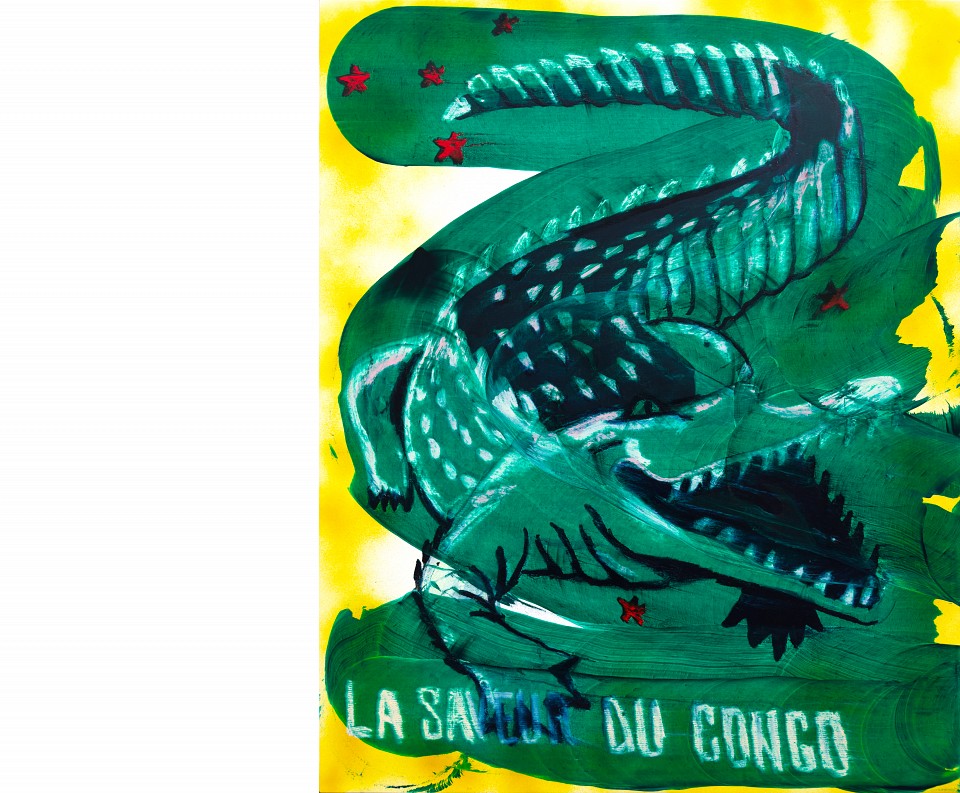
The Flavour of Congo
Oil on canvas, 2025
132 x 107 cm
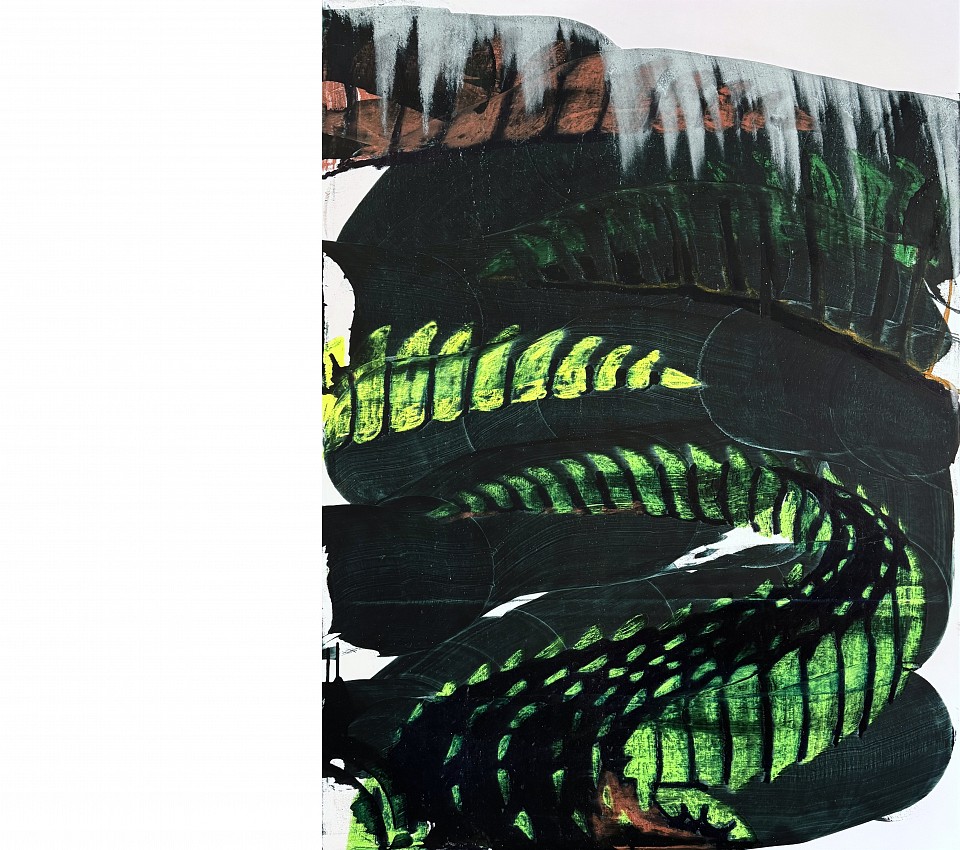
Poachers Dream
Oil and glass powder on canvas, 2024
150 x 110 cm
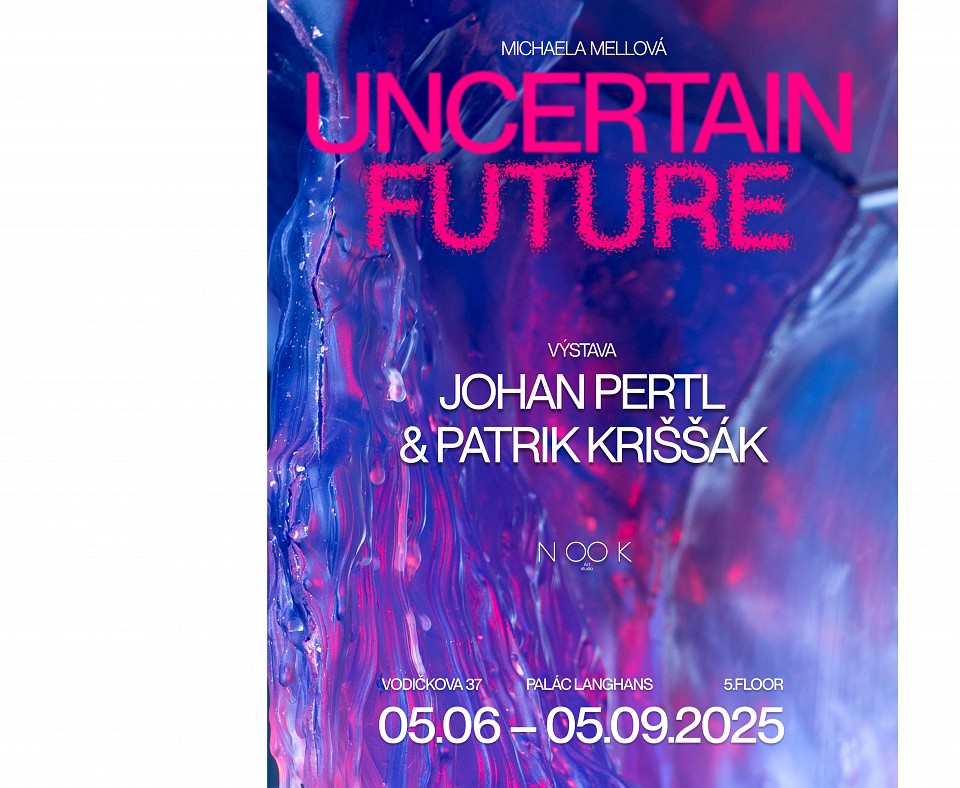
UNCERTAIN FUTURE
5.6. - 5.9. 2025
Johan Pertl / Patrik Kriššák
The exhibition Uncertain Future aims to connect two distinct yet complementary approaches to the question of the future. Through painting, Patrik Kriššák, and through glass sculpture, Johan Pertl, open a visual dialogue on civilization, nature, and time.
The title of the exhibition deliberately contrasts with the delicate and stylized form of Kriššák’s paintings. His work addresses the ecological anxieties of the present, but instead of issuing a warning, it offers a different perspective—one of hope. He has long focused on the motif of underwater nature, particularly coral structures, which he sees as symbols of interconnectedness, renewal, and life. The paintings depict fictional landscapes and forms reminiscent of an atlas of shells and organisms, existing outside a specific time—perhaps from the future, perhaps from the distant past. His inspiration drawn from the sea and its life becomes a means of visually contemplating a world where climate change does not solely signal collapse, but also the possibility of transformation.
Johan Pertl brings a different trajectory of reflection. His glass sculptures evoke relics of a vanished civilization—molten forms crafted with a technical aesthetic and the precision of the human hand. These shapes resemble archaeological finds from the future, fossilized memories of civilization. In the tension between the fluidity of form and the chaos of the surrounding nature, a calm after extinction emerges—a hushed world in which traces of human presence endure in material and form. Here, glass functions not only as a medium but also as evidence—a bearer of memory and a record of what has vanished.
While Kriššák’s approach oscillates between harmony, beauty, and fragility, Pertl’s work evokes a dystopian vision where only an imprint remains. Yet both artists operate in a shared space of speculative landscapes and fragments—creating an atlas of forms that reflect the tension between the natural and the human, between what was and what is yet to come.
Uncertain Future is thus not only an exhibition about uncertainty, but above all a search for balance between the human and the natural, the transient and the enduring. It presents two creators whose approaches intersect in times of change—quietly, in layers, and yet strikingly.
Michaela Mellová
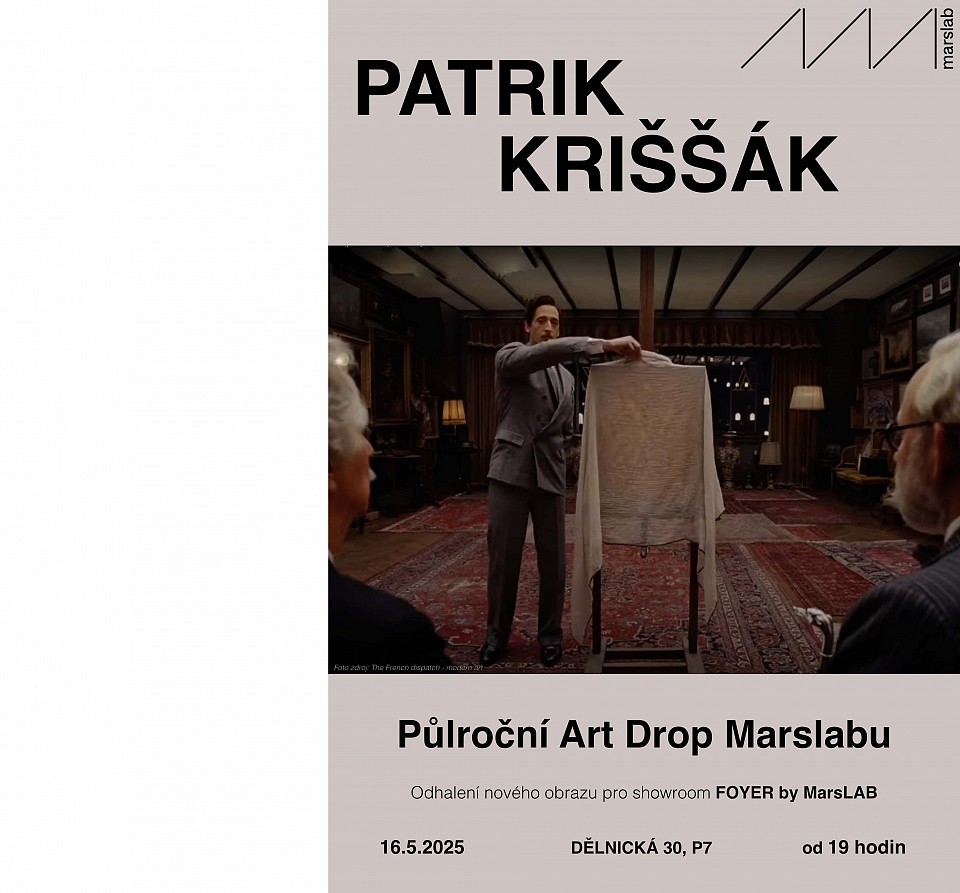
Art Drop MarsLab 1/2 2025
16.5. 2025
Art Cocktail
The Apartment, 2025
Introducing an artist who is no stranger to Prague – PATRIK KRIŠŠÁK, a Slovak painter who has long been based in the Czech Republic.
He studied in Ostrava – a city that leaves a mark on everyone who passes through it, not only on their lungs. The industrial character of the city and its heavy pollution have found their way into Patrik’s work. He explores themes of disappearance, climate crisis, and ecology.
But one question remains: Why does an artist shaped by the gritty landscape of a coal basin express himself with such vivid colors?
You’re invited to explore the answer at our space, The Apartment, in Karlín.
www.instagram.com/theapartment_space/
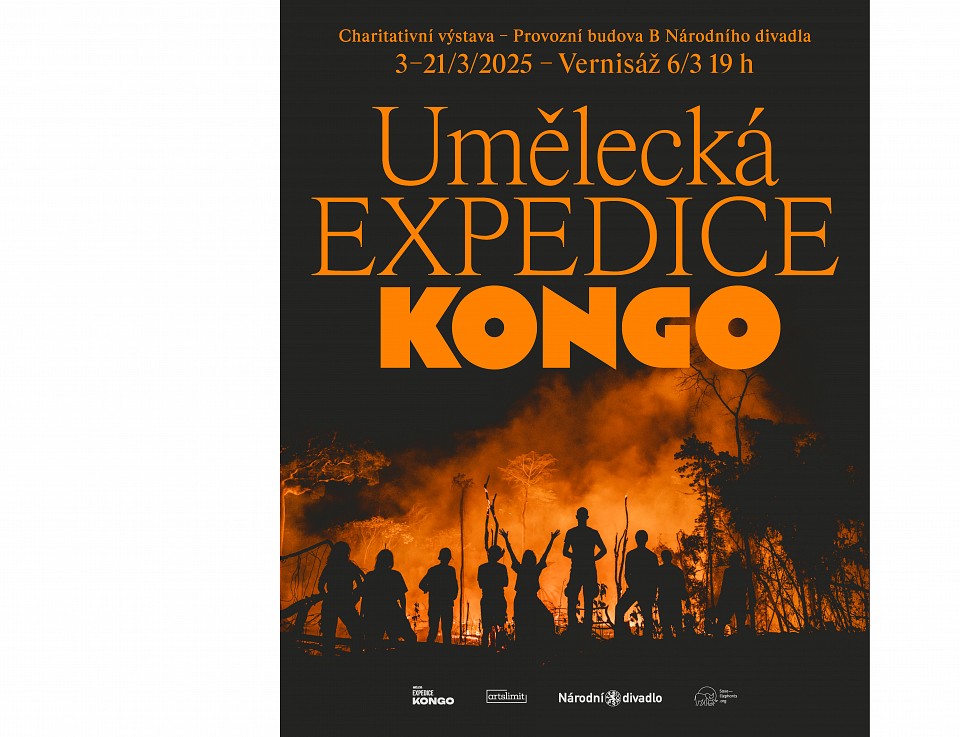
Charitativní aukce Kodl
vernisáž 6.3.2025, 3.3.-21.3.2025
V září 2024 se výprava 8 umělkyň a umělců vydala na 17 dnů do afrického Konga, aby společně zmapovali téma pytláctví a ochrany ohrožených druhů zvířat. Výstupem je unikátní kolekce 8 obrazů, které zachycují prožitky autorů a vypráví příběh o zranitelnosti přírody, ale i složitém hledání rovnováhy mezi člověkem a divočinou.
Ve spolupráci s galerií KodlContemporary tuto kolekci odhalujeme výstavou v Provozní budově B Národního divadla (náměstí Václava Havla), která potrvá od 3.3. do 21.3.2025. Souběžně s výstavou pak mohou zájemci dražit díla online na aukční platformě Artslimit, a to až do neděle 23.3.2025.
Výtěžek z aukce podpoří ochranářské aktivity české neziskové organizace Save-Elephants a také vznik nového filmu o její činnosti ve střední Africe, kde se už více než 10 let podílí na boji s pytláky.
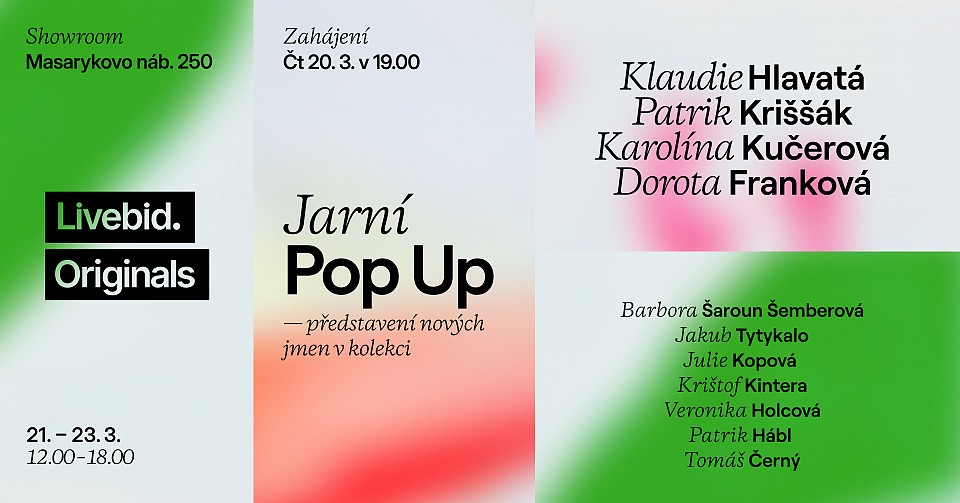
Jarní pop up výstava
20.3 - 23.3. 2025
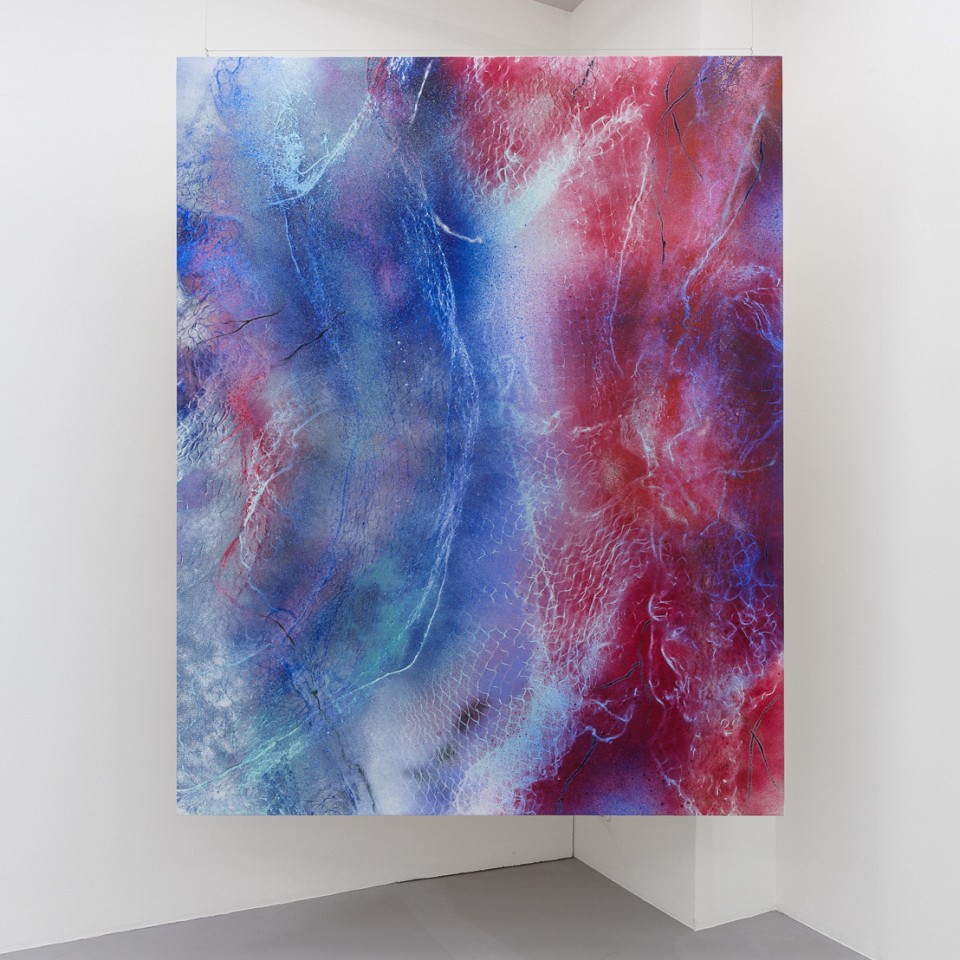
Address the Elephant in the Room XI
Oil, glitter and glass powder on canvas, 2023
250 x 200 cm
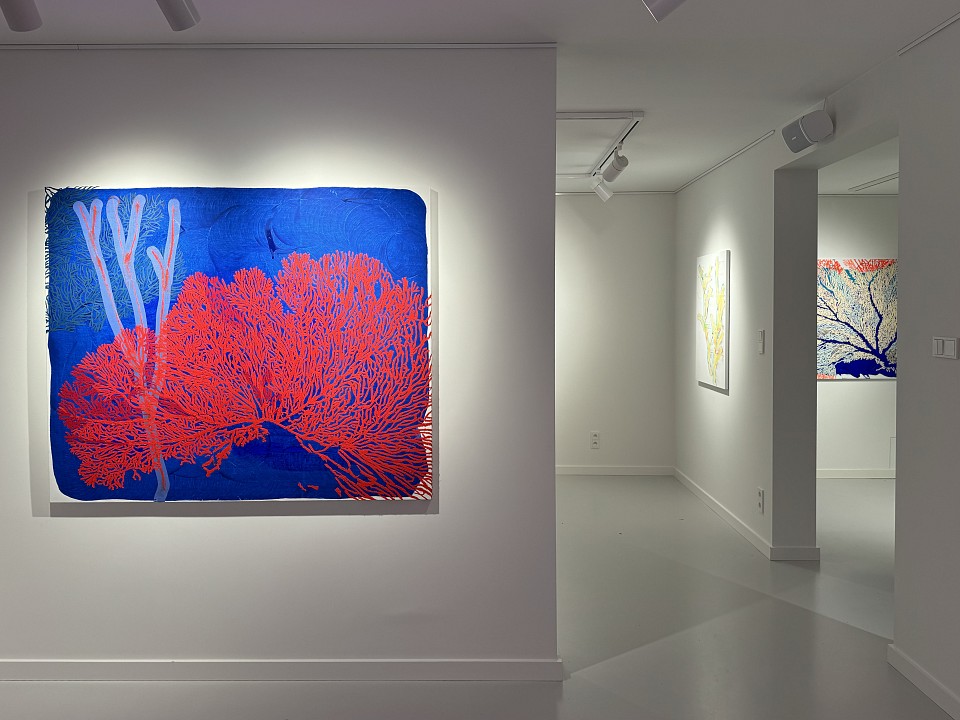
Echoes of the Earth
2024
Molski gallery
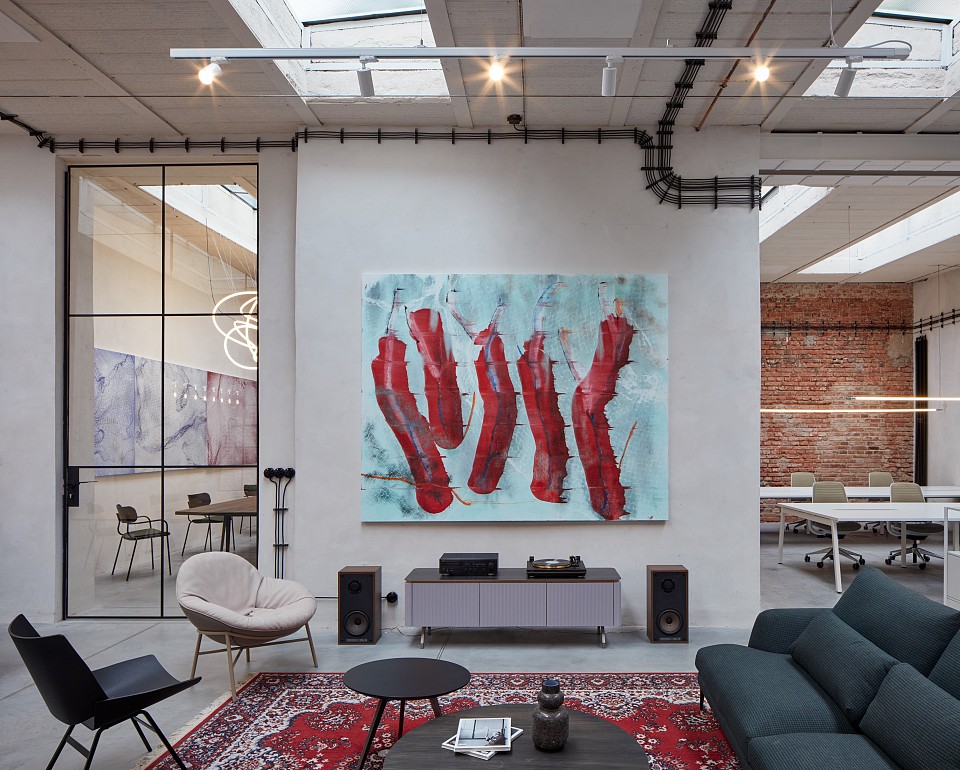
Showroom
present
Foyer - Marslab store
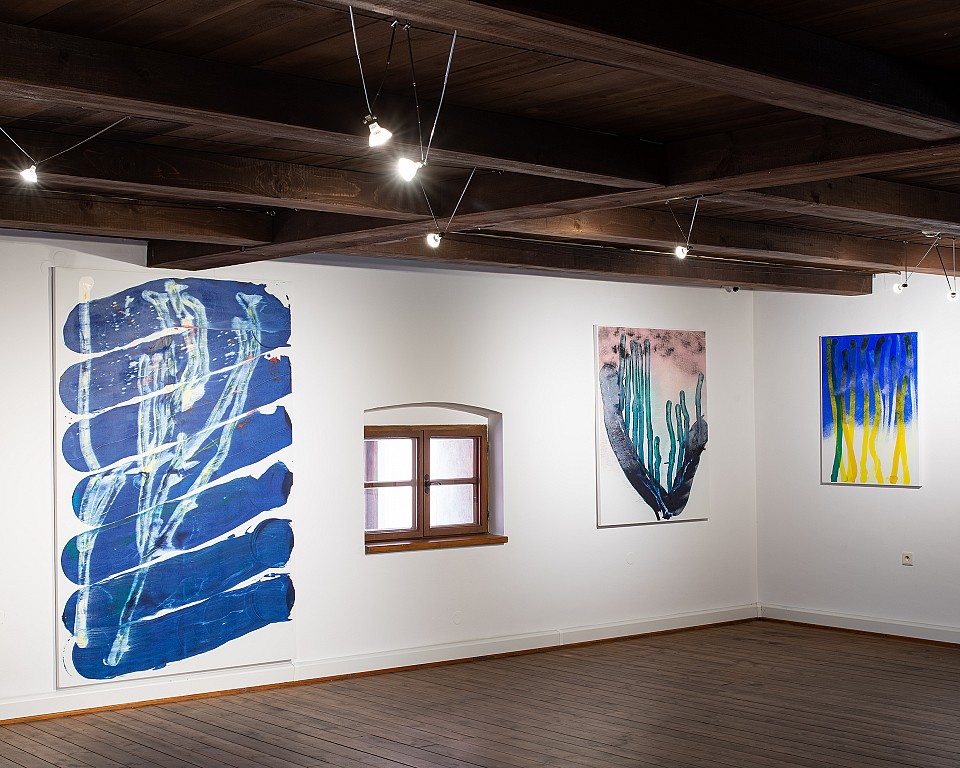
Reverse the Future
2022/23
Galerie Sýpka, Valašské Meziříčí
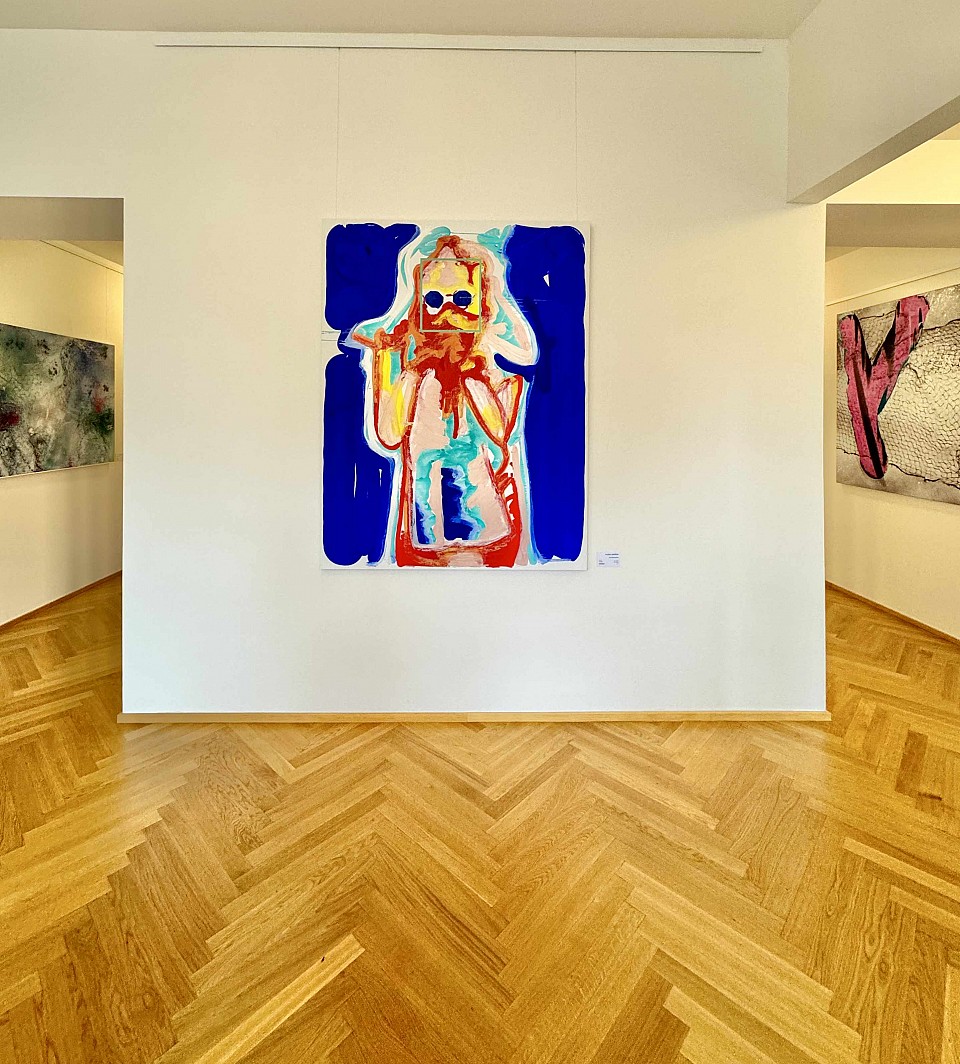
An Optimistic Pessimist
2023
Sotheby's real Estate, Prague
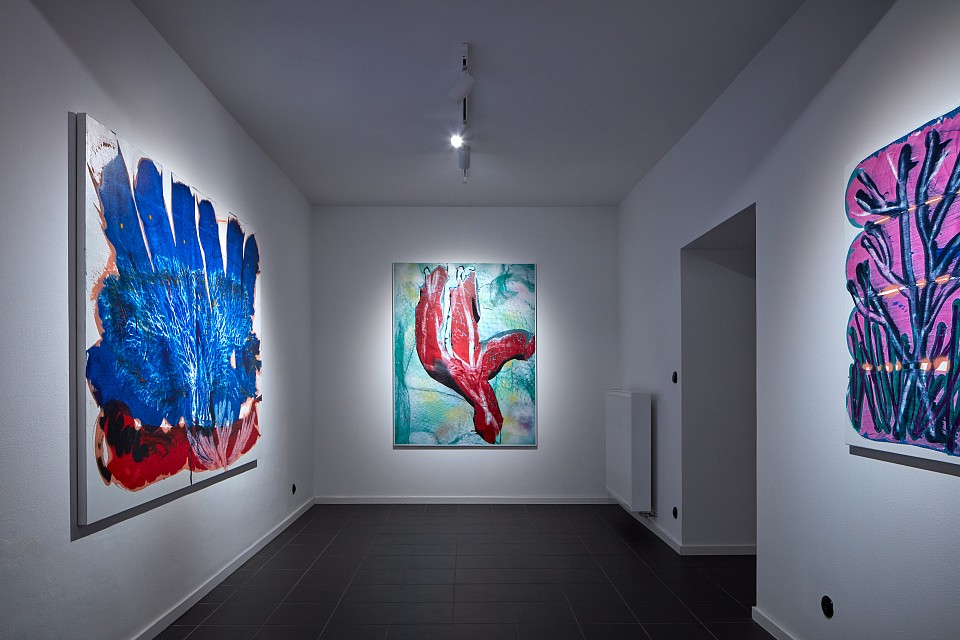
Earth without us
2024
GaP Znojmo
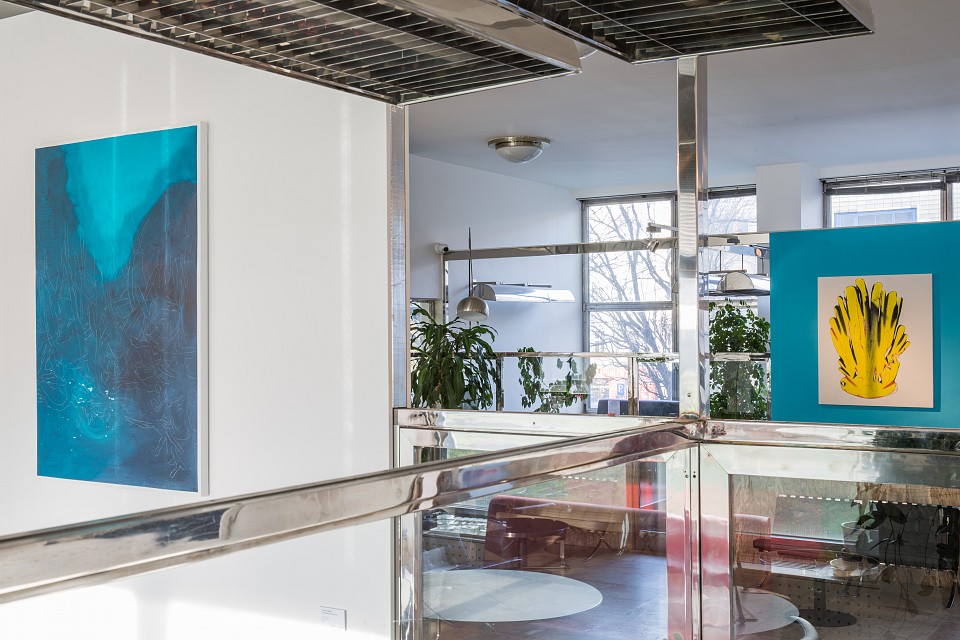
Extinction
2020
Dům Radost - The Chemistry gallery
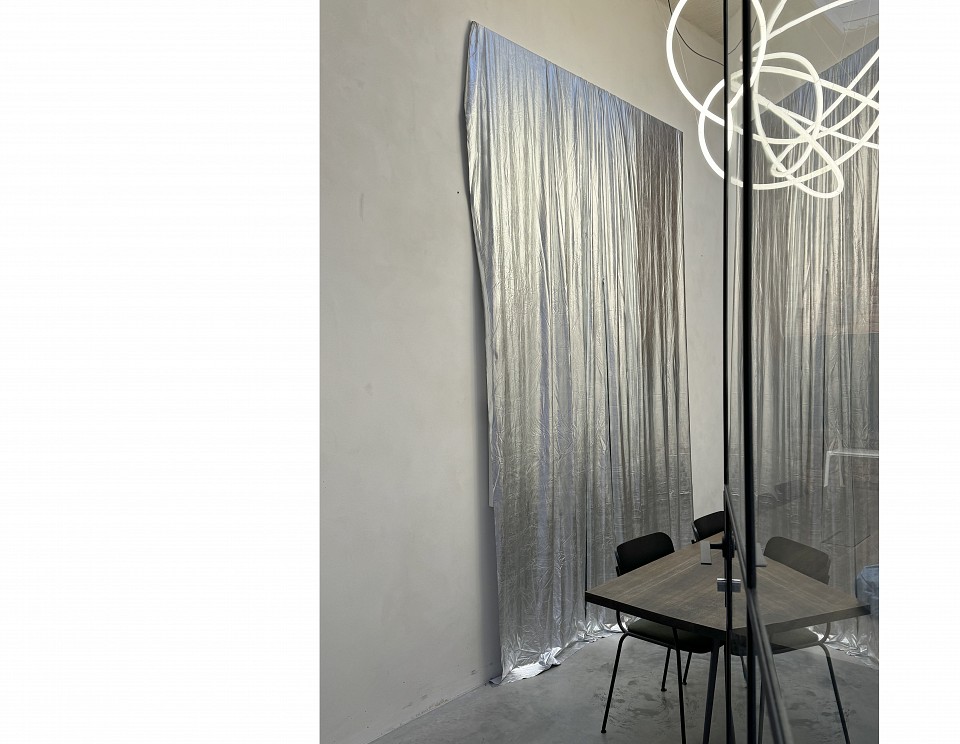
MarsLab store
Dělnická 31, 170 00 Praha 7, 2024
https://www.marslab.store/showroom
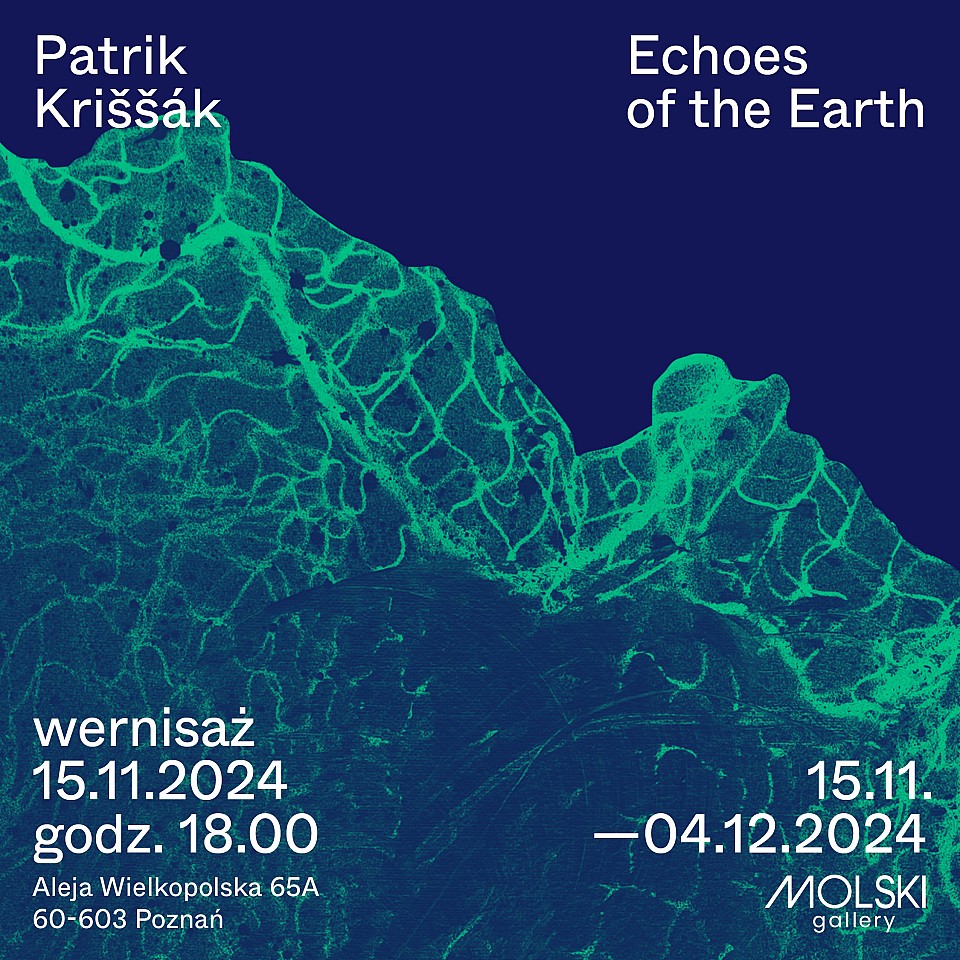
Echoes of the Earth
Molski gallery, Aleja Wielkopolska 65A 60-603 Poznan, 15.11.2024 - 4.12.2024
The opening of Patrik Kriššák 's solo exhibition “Echoes of the Earth” took place on Friday, November 15. This is the first exhibition of a foreign artist in our gallery.
The exhibition consists of a dozen or so mainly large-format paintings created by using the artist's own technique.
The main theme of the exhibition is the global climate crisis, which the artist depicts by showing the underwater world of coral reefs.
The paintings by Patrikk Kriššák are created as a result of the “climate anxiety” overwhelming the artist. The works presented at the exhibition are not just an expression of an activist manifesto, but primarily an attempt to draw the attention of potential art viewers to the importance of the existing and growing problem. The artist has chosen global environmental changes as the main theme of the exhibition, which he shows by depicting the coral reef ecosystem. Its natural beauty seems to be an unobtrusive pretext for drawing attention to the vulnerability of the environment to the destructive actions of man. By taking real and inherently beautiful objects to the fore, Kriššák highlights a global problem by triggering positive emotions in viewers.
Krzystofa Kornacka
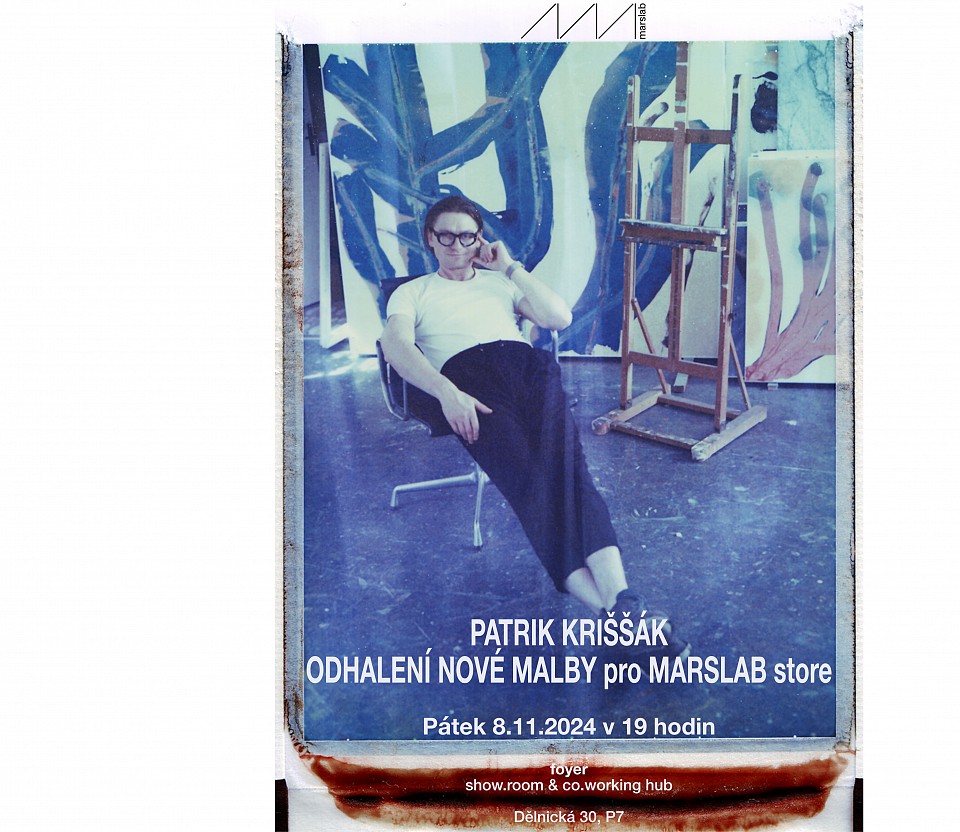
REVELATION OF THE NEW PAINTING FOR SHOWROOM MarsLab
Dělnická 32, 170 00 Praha 7, 2024
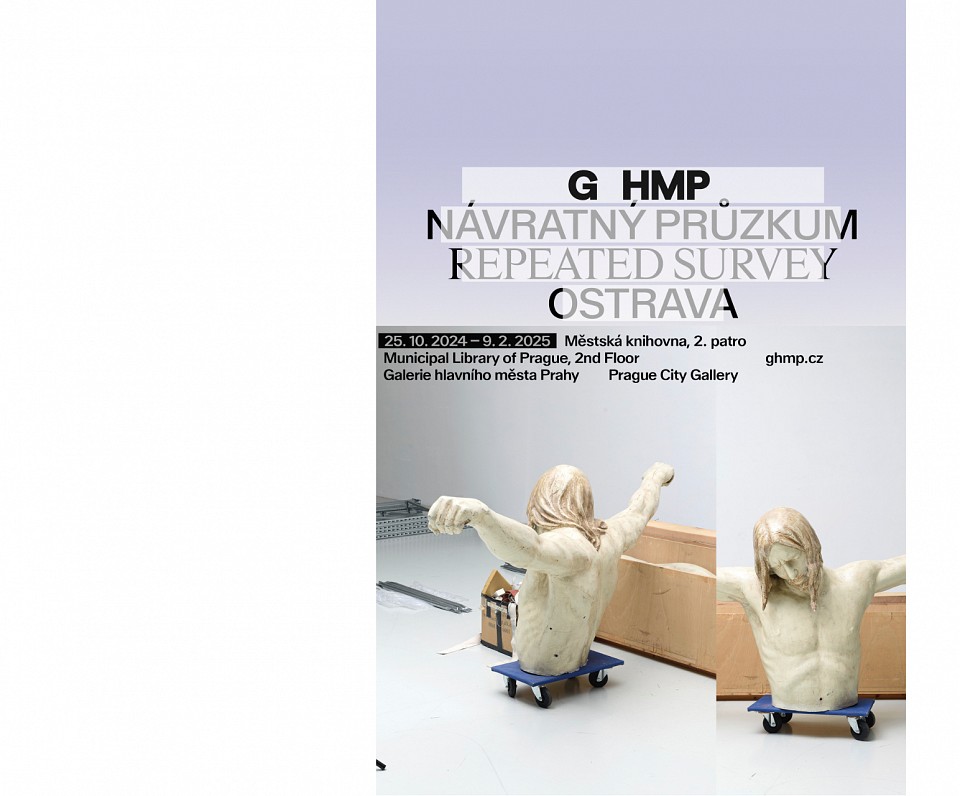
REPEATED SURVEY - OSTRAVA
Curator: Martin Netočný a Tomáš Knoflíček, 25.10.2024 - 09.02.2025
Repeated Survey is a term used in the social sciences. It is used when there is a suspicion that earlier findings no longer correspond to the nature of the phenomenon under review. From today’s point of view, the exhibition projects that have been realised so far, presenting the Ostrava scene outside the borders of the region, are greatly influenced by the atmosphere of the 1990s. In their dramaturgy, there is a noticeable emphasis on anticipating the North Moravian artistic canon and trying to promote it outside the structure of local institutions. This attempt was, as mentioned above, successful and significantly influenced the events in Ostrava itself. However, this is also the reason why we are returning to its terrain after several decades, conducting a repeated survey and raising the question in place of the original statement: What is Ostrava art?
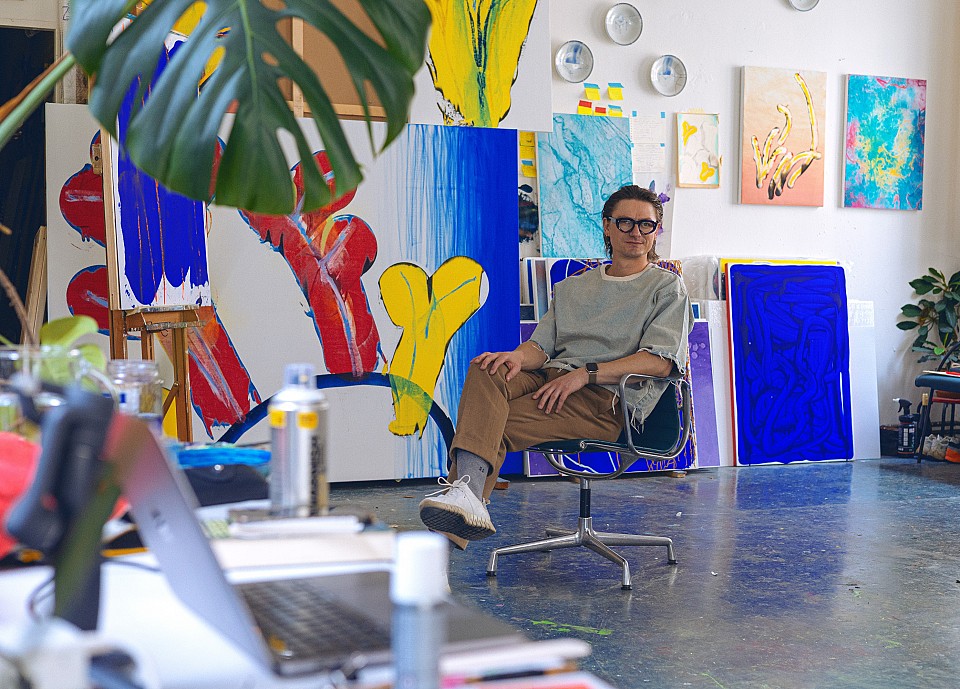
photo credit Jiří Brna
2024
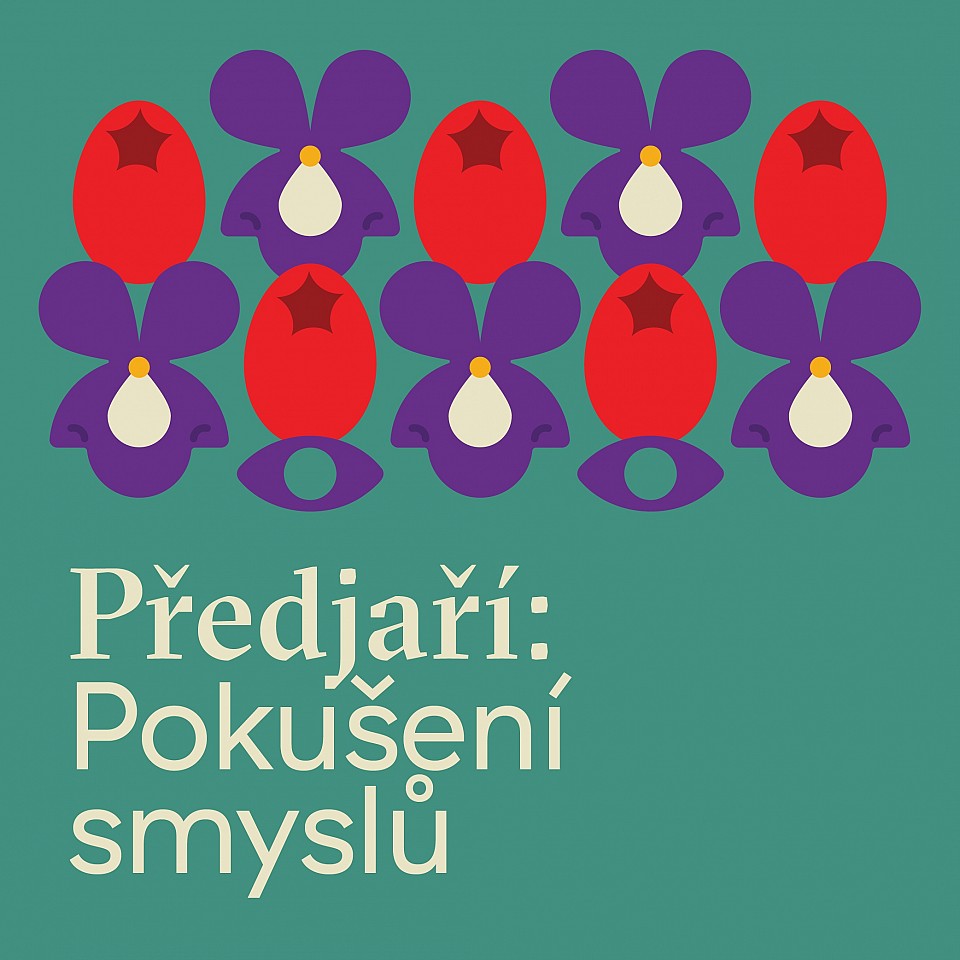
Předjaří - pokušení smyslů
7.3.-17.3.2024
Počátek jara, probouzející se příroda, pučení květů i lidských tužeb a vášní. Rozkvétající tulipány, narcisy či hyacinty v symbolickém objetí s obrazy, sochami a objekty – to je výstava Předjaří: Pokušení smyslů.
Navazuje na několikaletou tradici výstav, které probíhaly v Empírovém skleníku v Královské zahradě Pražského hradu již v minulosti. Jejich základní myšlenkou bylo propojení dvou vábivých světů – umění a květin. Výběr uměleckých děl se však tentokrát nebude obracet do historie jako v předchozích ročnících, nýbrž představí po boku jarní flory tvorbu českých výtvarných umělců mladé generace, jako například Patrika Kriššáka, Jakuba Špaňhela, Ester Knapové, Josefíny Jonášové a mnoha dalších.
Vedle radostné oslavy očekávaného jara výstava také připomene, že květiny nejsou pouze symbolem čistoty, krásy a lásky, ale také smyslového pokušení a pomíjivosti.
Výstava se koná pod záštitou Evy Pavlové, manželky prezidenta republiky.
kurátorka Kristýna Jirátová a Petr Hájek
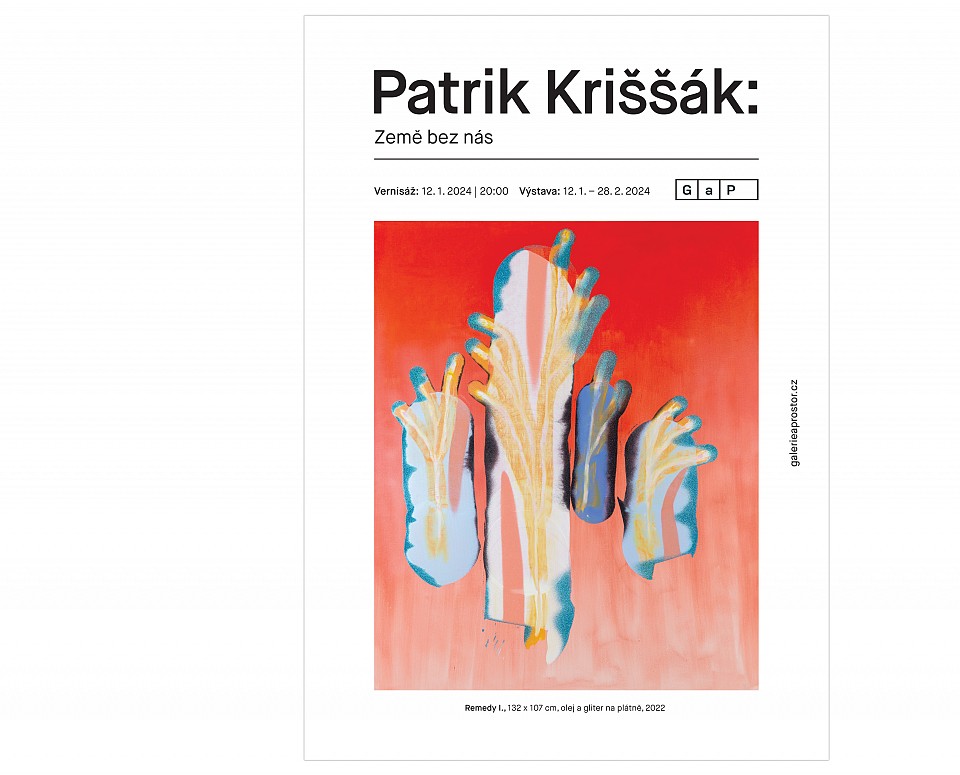
Earth without us
GaP / Galerie a Prostor, Znojmo, 12.1.-28.2.2024
Patrik Kriššák will present paintings from his latest and biggest series of paintings called Extinction at GaP gallery. In this series, he addresses the topic of climate change and related environmental problems. For that reason, he chooses underwater corals as the main subject of his paintings, which he perceives as indicators of the dangerous warming of the planet. Kriššák is inspired by the beauty of coral reefs and paints them in bright colors. In doing so, he experiments with form, looks for new ways to use the painting medium – he does not use brushes, he developed his own technique of applying paint to the canvas directly from the bottle. In this way, cylindrical, branched, elongated shapes resembling the calcareous shells of corals are created. He then washes them off, scrapes them off, or applies colored glitter to them. He does not try to be descriptive, he concentrates more on the painting itself and its textures, he also embraces an element of coincidence in his work.
Patrik Kriššák began to deal intensively with the topic during the long lockdowns, when he got the impression that people focused exclusively on themselves and on their own protection, the topic of nature protection suddenly became secondary. The idea of the disappearance of the human population or even the end of the world fascinates Kriššák, he wants to accentuate it, at the same time he does not mentor, he is not an activist, he only paints what he empathetically perceives, what he may be afraid of and what he would like us to perceive as well.
Curator Andrea Krejci
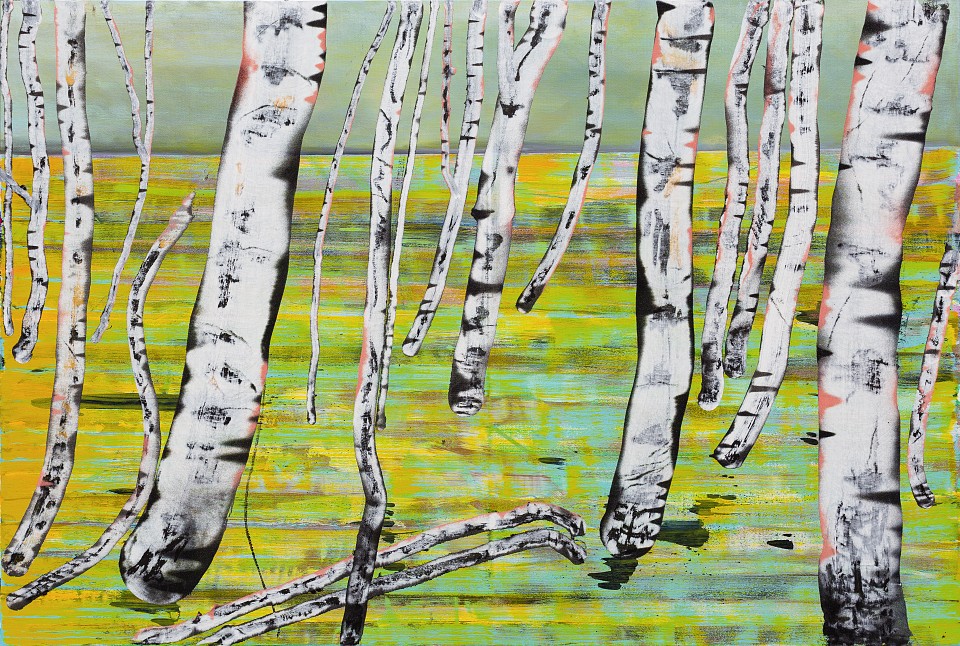
Landheart IX.
Oil and glitter on canvas, 2023
140 x 210 cm
Série s názvem Landheart je přírodní scenérií, krajinomalbou 21. století. Století poznamenaného přírodními katastrofami a mediálními správami, které informují o křehkém stavu narušené biodiverzity.
Kontext názvu série vznikl v čase první vlny pandemie COVSARS-19, který se poprvé objevil v Číně(konec roku 2019). Díky bagatelizaci závažné situace a rozvinuté světové cestovní infrastruktury se rychle rozšířil do všech koutů světa. Landheart je krajinou do které měli lidé v roku 2020 na několik měsíců zapovězeno vstoupit. Krajinu, kterou už i zvířata opustili, protože se vydali hledat potravu do měst jinak hustě obývaných lidmi. Krajina, která ve svém kontextu nabyla postapokalyptický charakter prázdnoty.
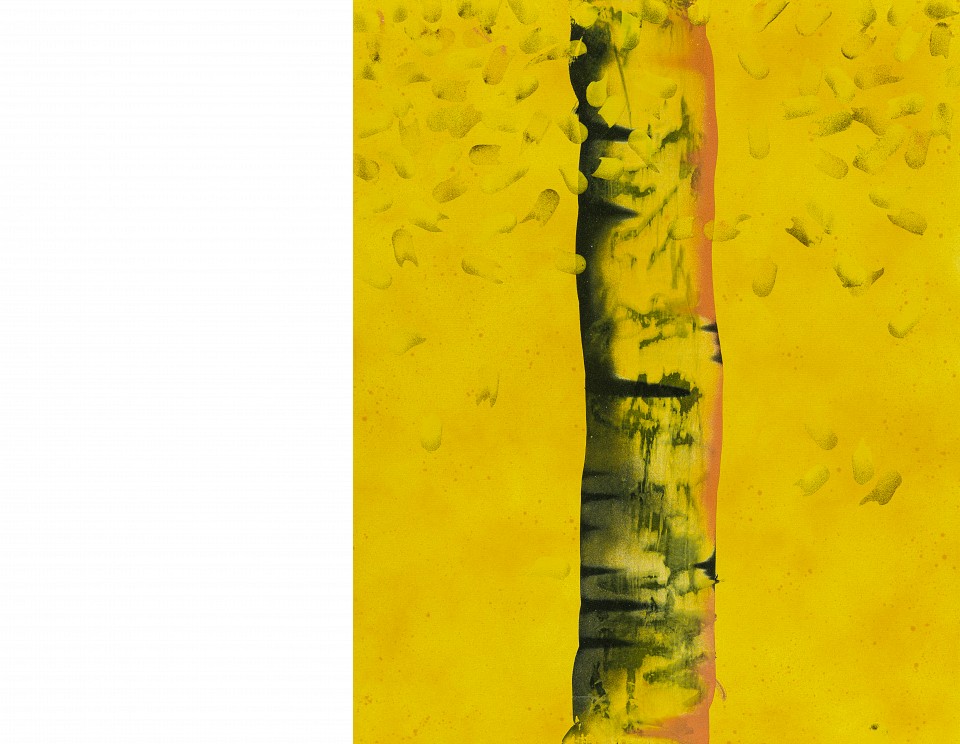
Landheart VIII.
Oil and glitter on canvas, 2023
132 x 107 cm
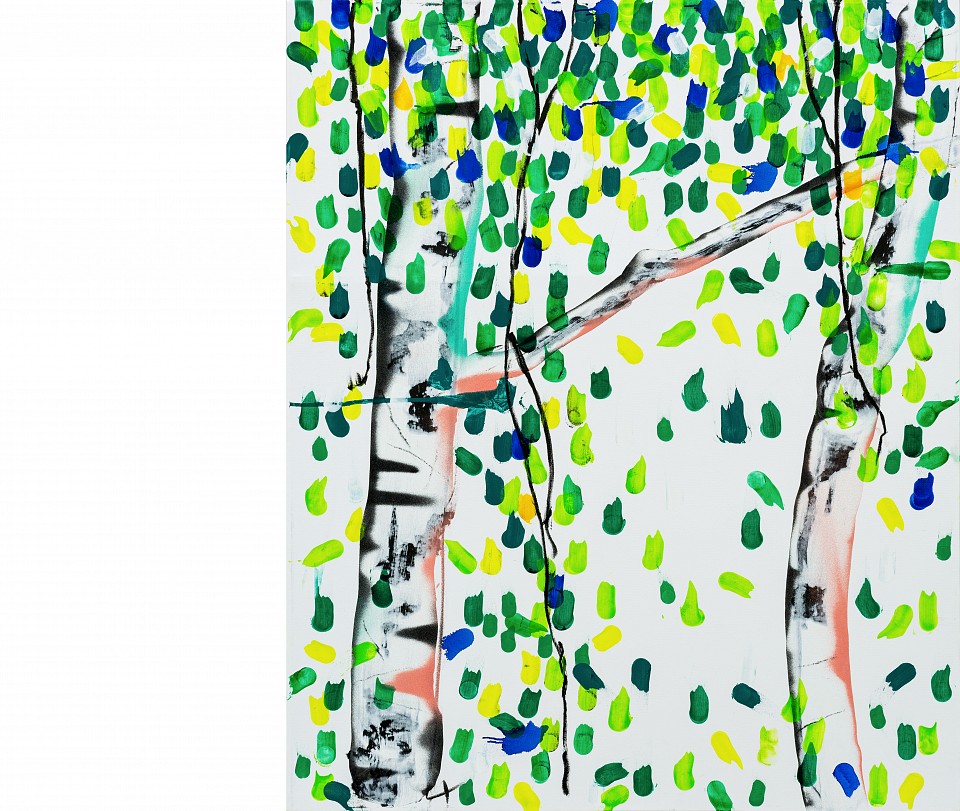
Landheart VII.
Oil and glitter on canvas, 2023
160 x 132 cm
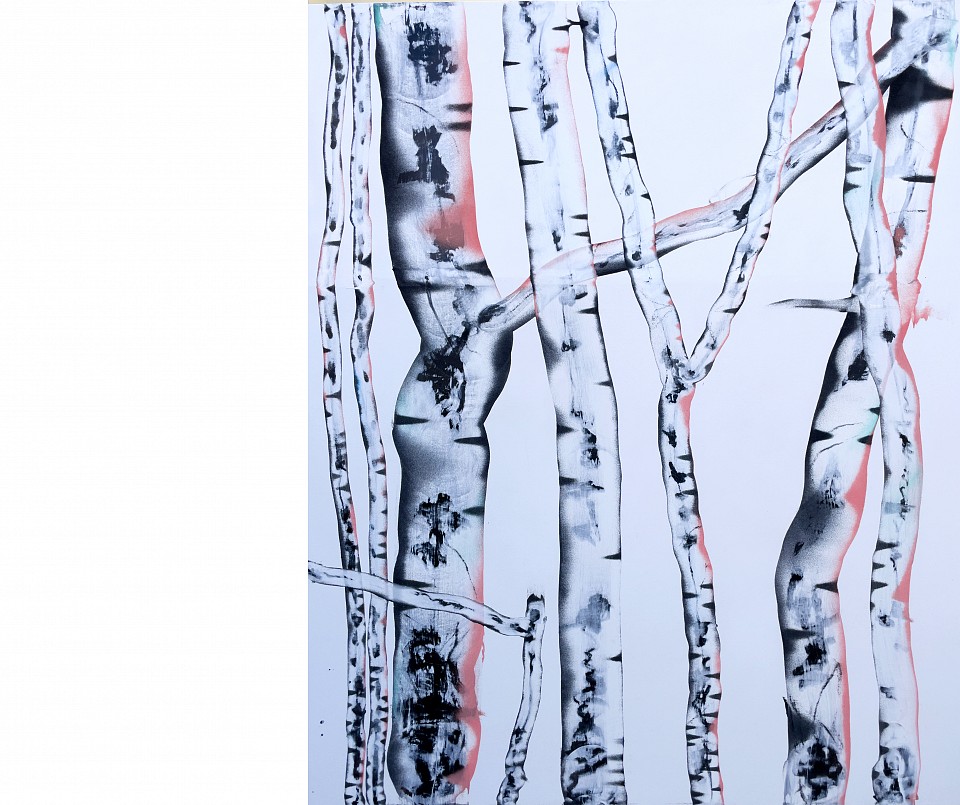
Landheart VI.
Oil and glitter on canvas, 2023
160 x 132 cm
private collection
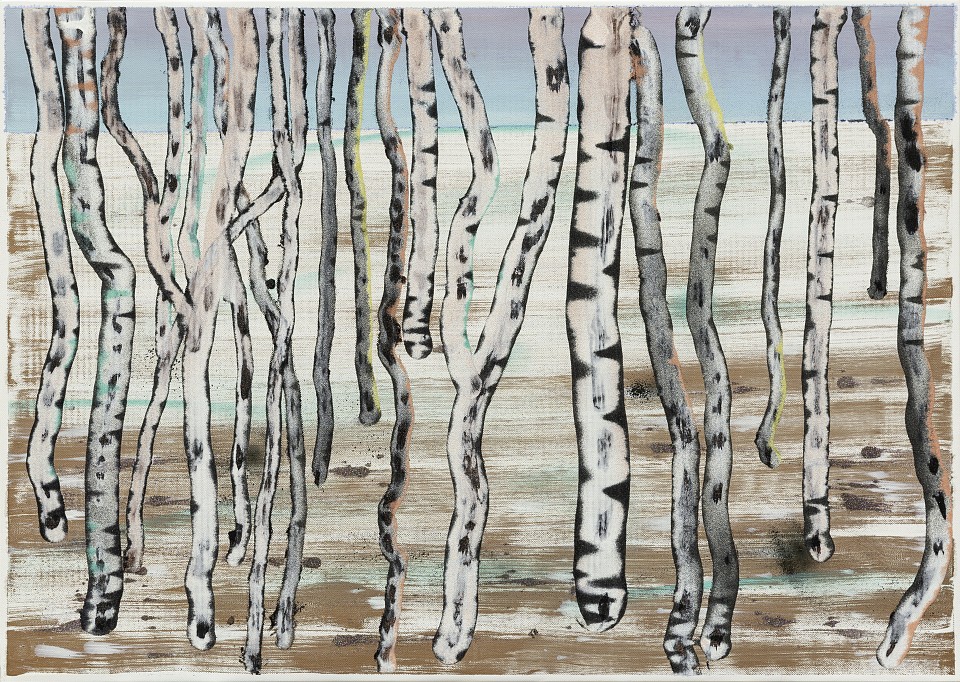
Landheart V.
Oil and glitter on canvas, 2023
72 x 102 c,
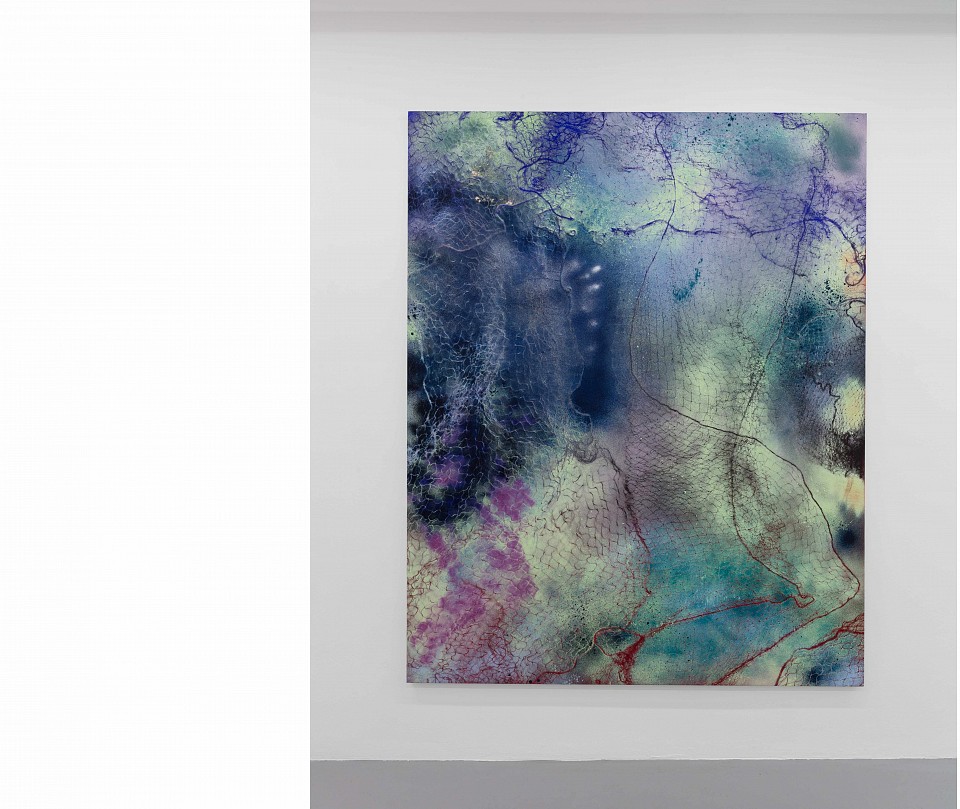
Address the Elephant in the Room X
Oil, glitter and glass powder on canvas, 2023
250 x 200 cm
exhibited: 2023 Damage Decoding: Archaeology of the Future
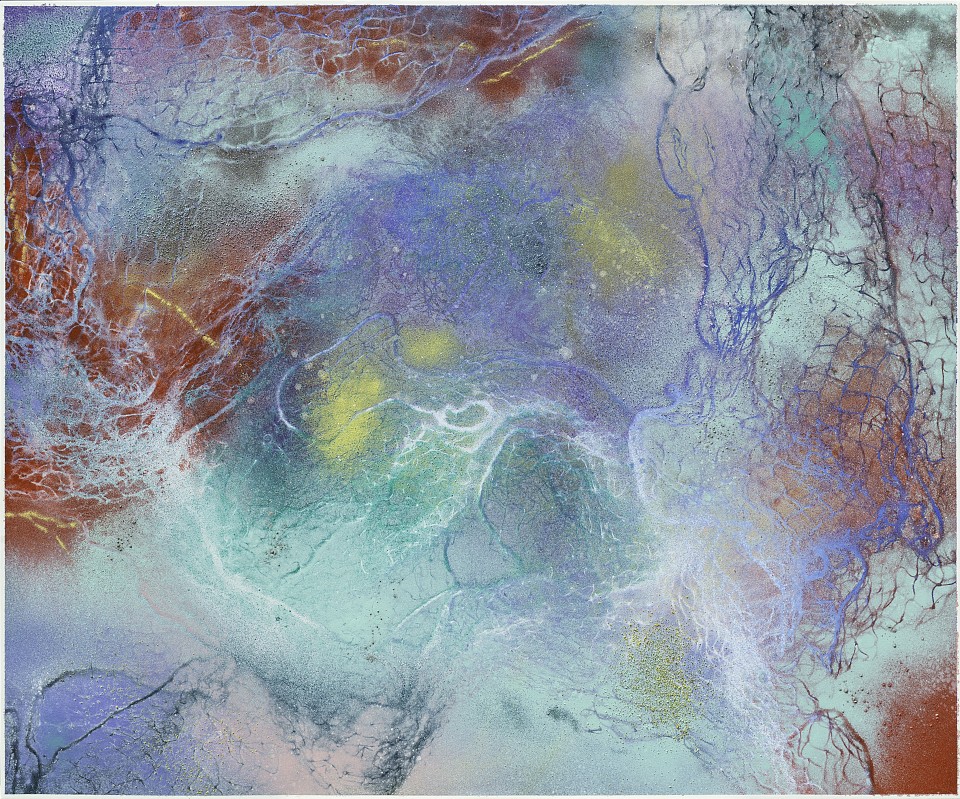
Address the Elephant in the Room XVI.
Oil, glitter and glass powder on canvas, 2023
132 x 160 cm
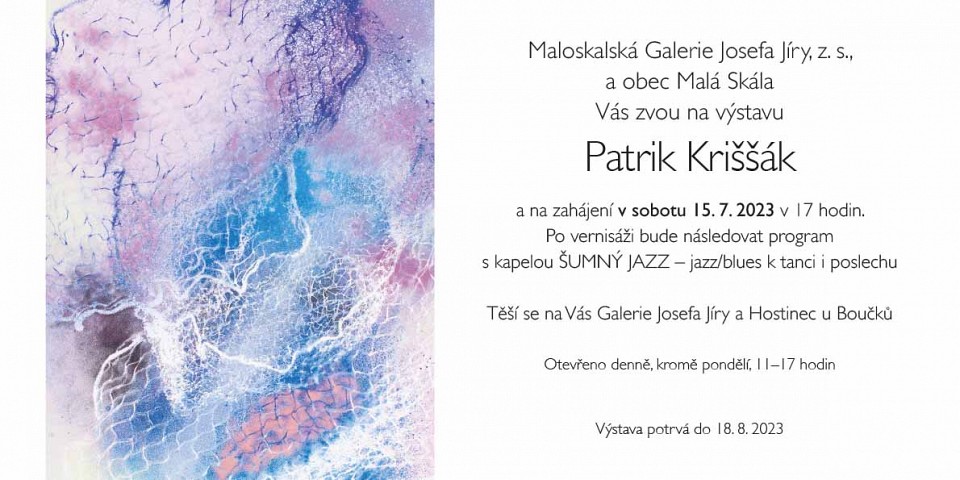
Patrik Kriššák
Opening 15.7. at 5 p.m., 16.7.-18.8.2023
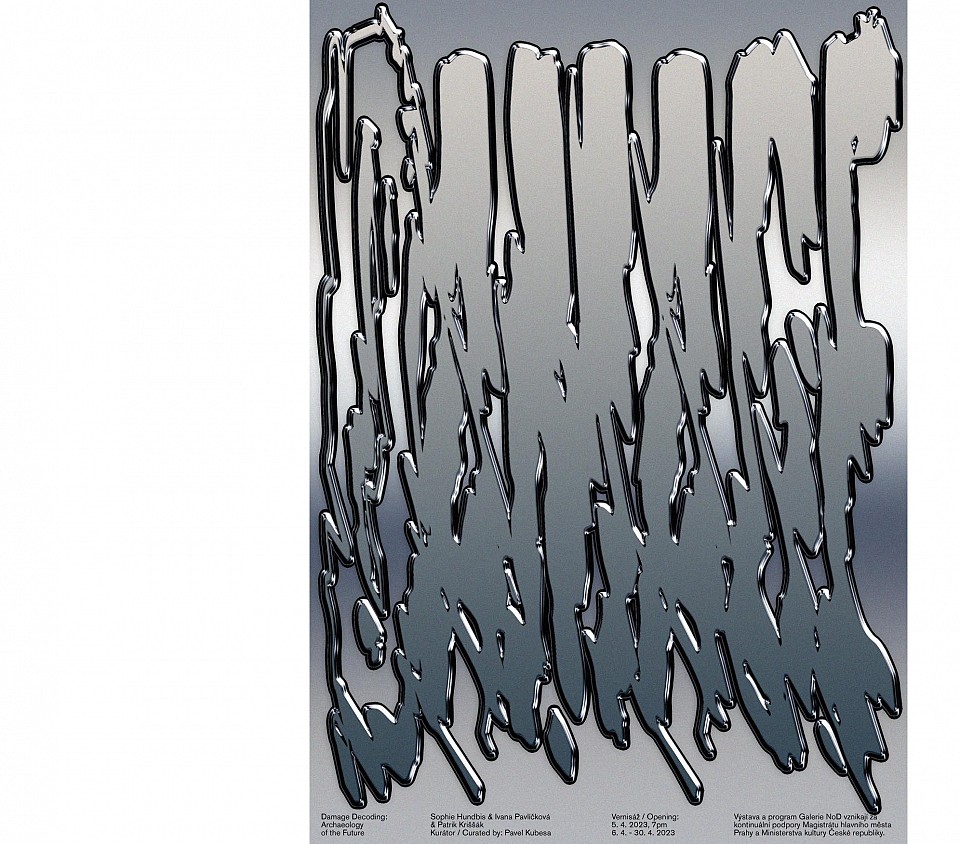
DAMAGE DECODING: Archaeology of the Future
5. 4. - 30. 4. 2023, Galerie NoD
Sophie Hundbis & Ivana Pavlíčková & Patrik Kriššák
The show takes the viewer through three chapters of Figuring Damage.
The exhibition reflects on what damage has been done or might still be
awaiting us through artistic practices such as film, sculpture, and pain-
ting by the artists Sophie Hundbiss, Ivana Pavlíčková and Patrik Kriššák.
Throughout the exhibition, this narration evolves in the space through
a gradual light concept and silver curtains referencing the architecture
of Galerie NoD.
You enter the show in the dark and see Sophie Hundbiss film Index of
Lilith on a screen. It introduces the visitor to the idea of damage as both
ancient and consistent in present topics.
Ephemeras of the film lead the viewer to the center and second chapter
of the exhibition.
Installed here is a series of ceramic plates by Ivana Pavlíčková, arran-
ged in a set-up that references gamer aesthetics. The plates are similar
to relics that could depict an antiquitized gaming culture.
In the last and lightest room are dark, contrasting paintings from Patrik
Kriššák. The artworks in this chapter deal with ecological damage and
ask of a possible end to the narrative.
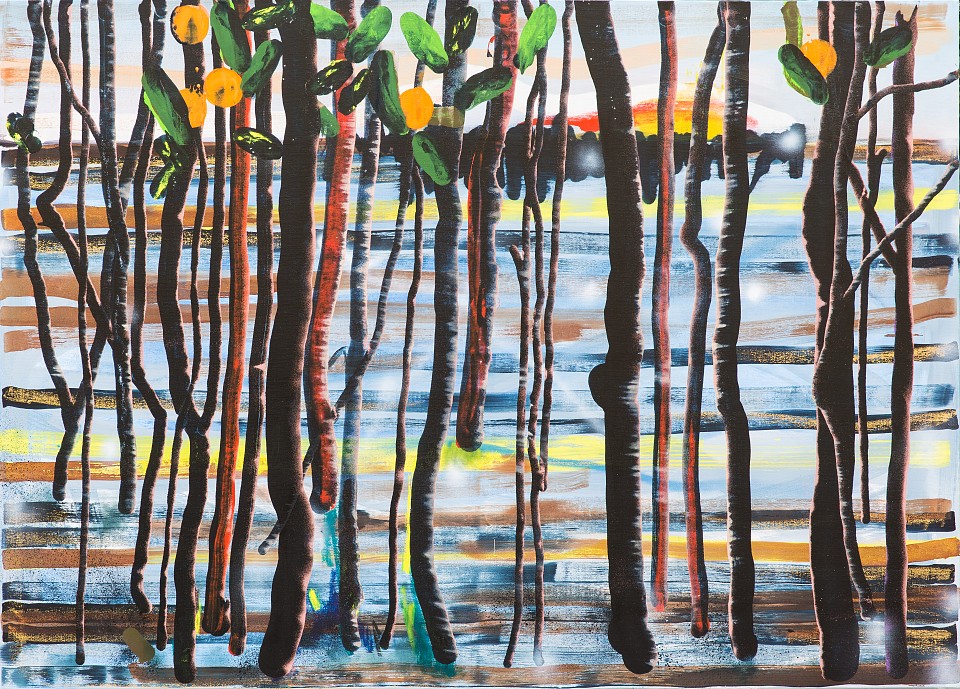
Landheart IV.
Oil, glass powder and glitter on canvas, 2022
150 x 210 cm
soukromá sbírka
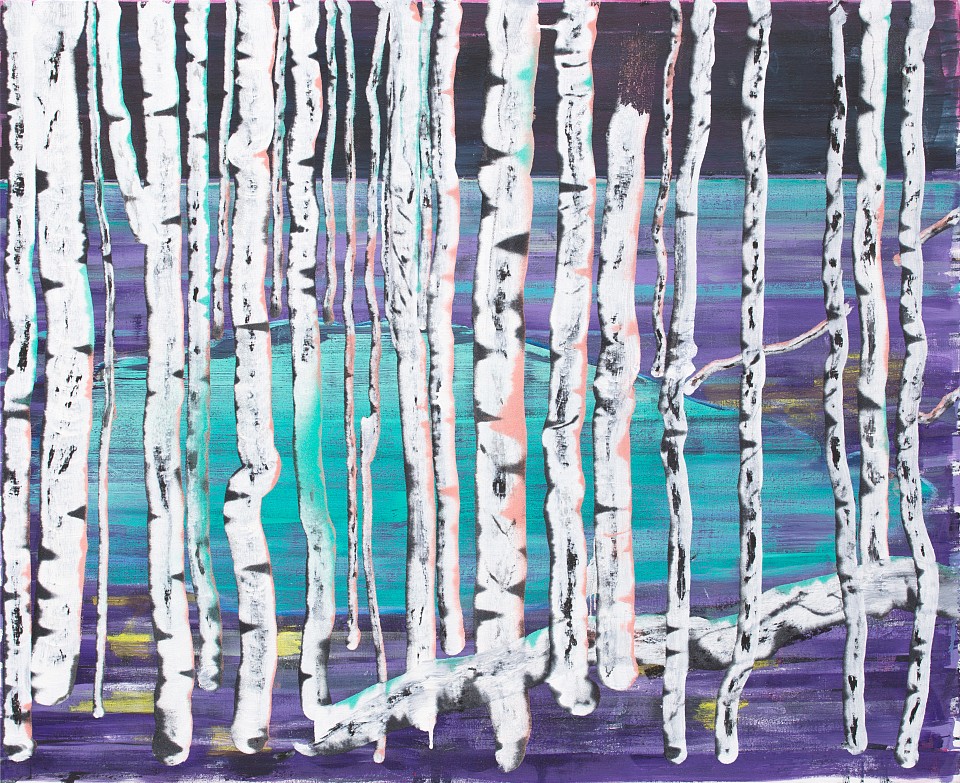
Landheart III.
Oil and glitter on canvas, 2022
130 x 170 cm
private collection
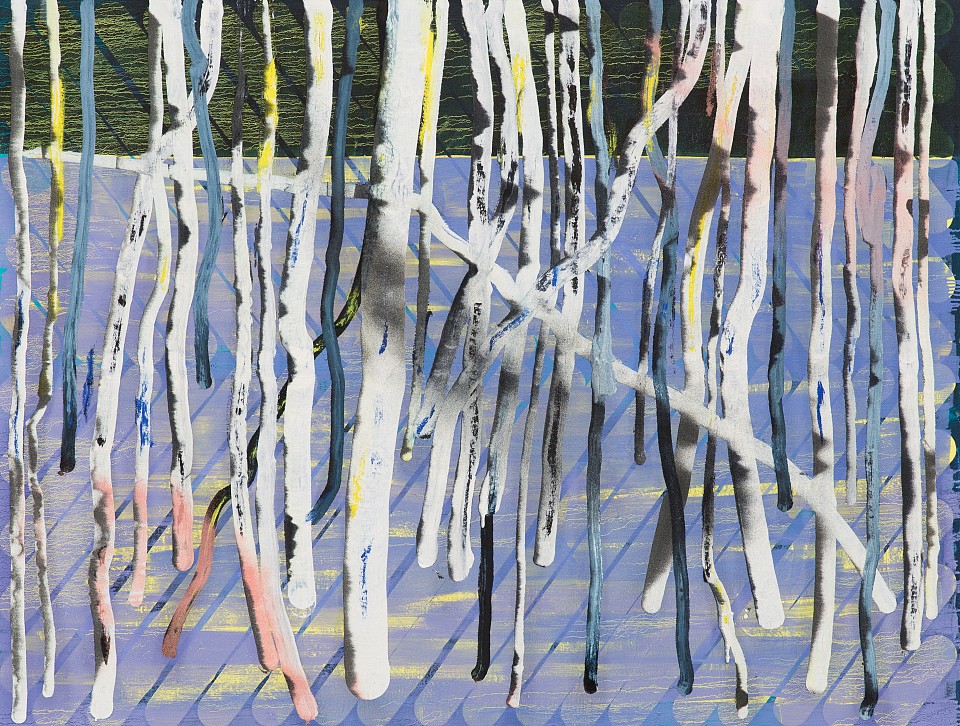
Landheart II
Oil and glitter on canvas, 2021
130 x 170 cm
private collection
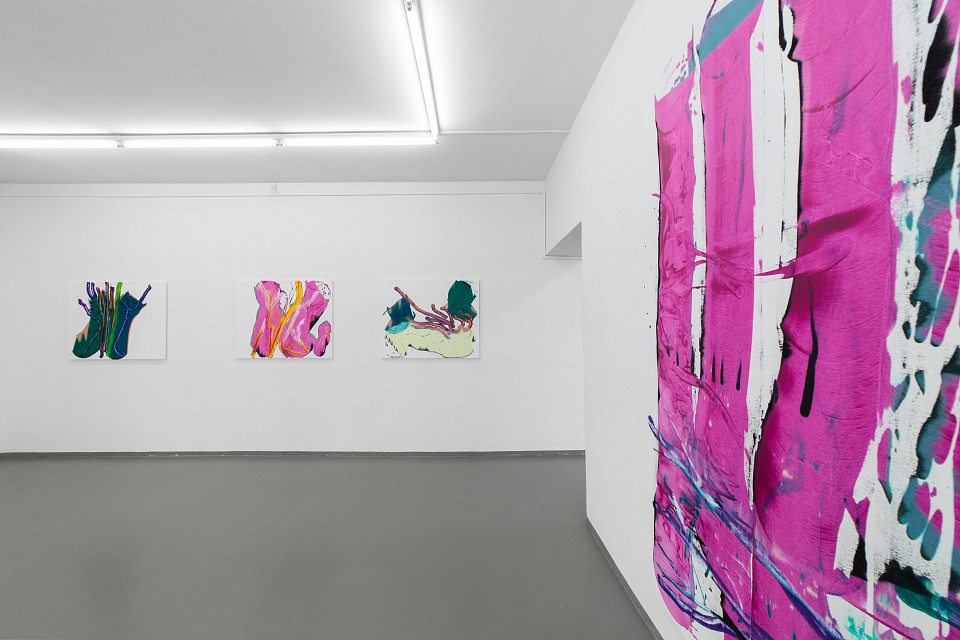
Dust Bowl
2021
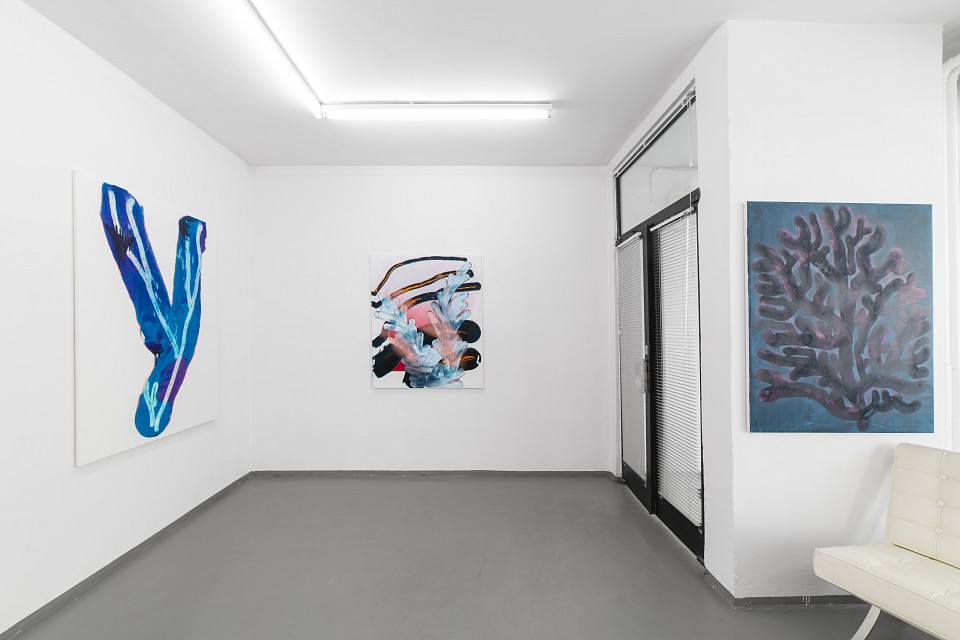
Dust Bowl
2021
galerie Petr Novotný
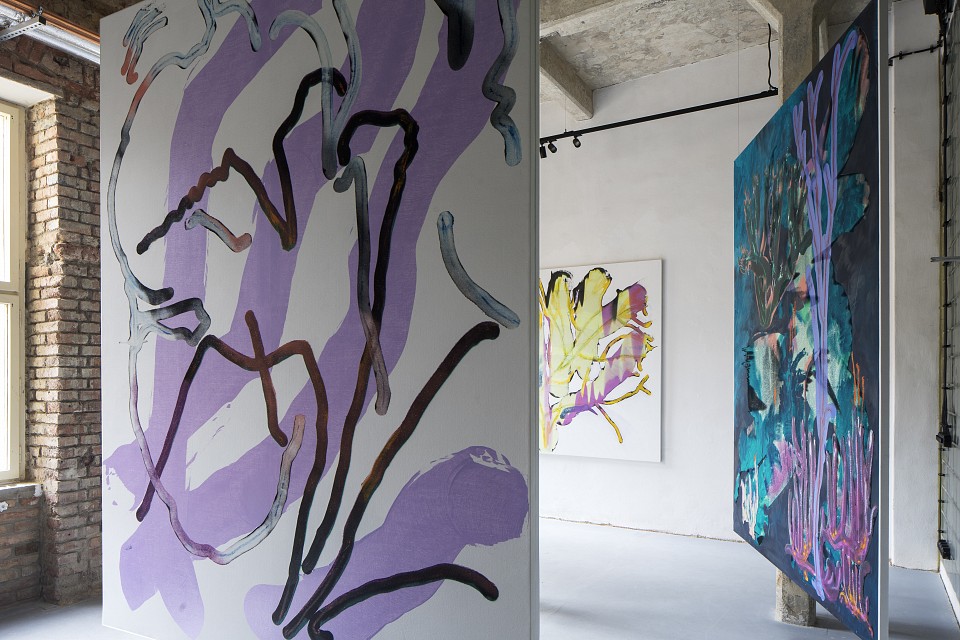
Global Weirding
2021
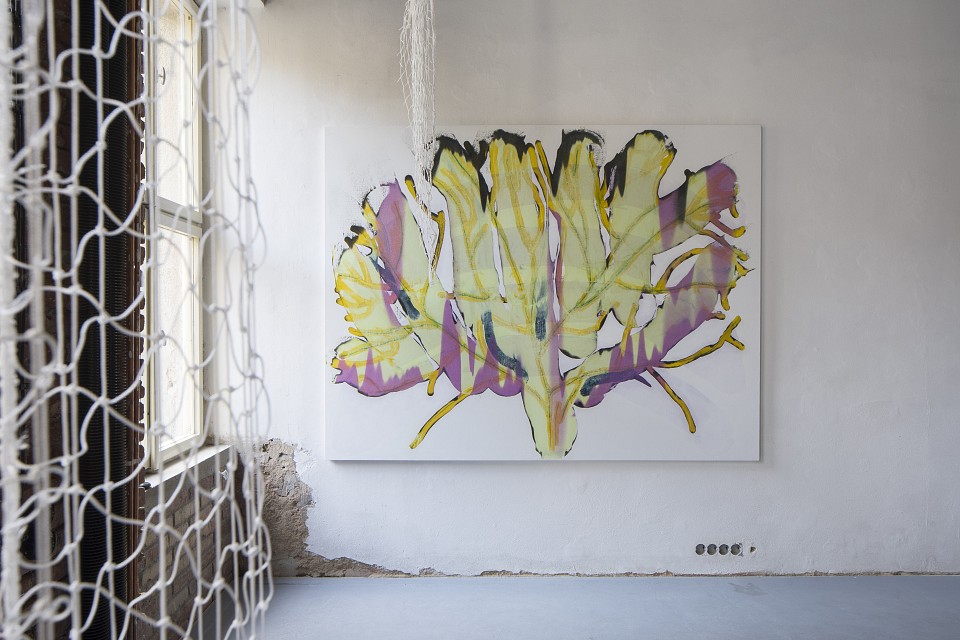
Global Weirding
2022
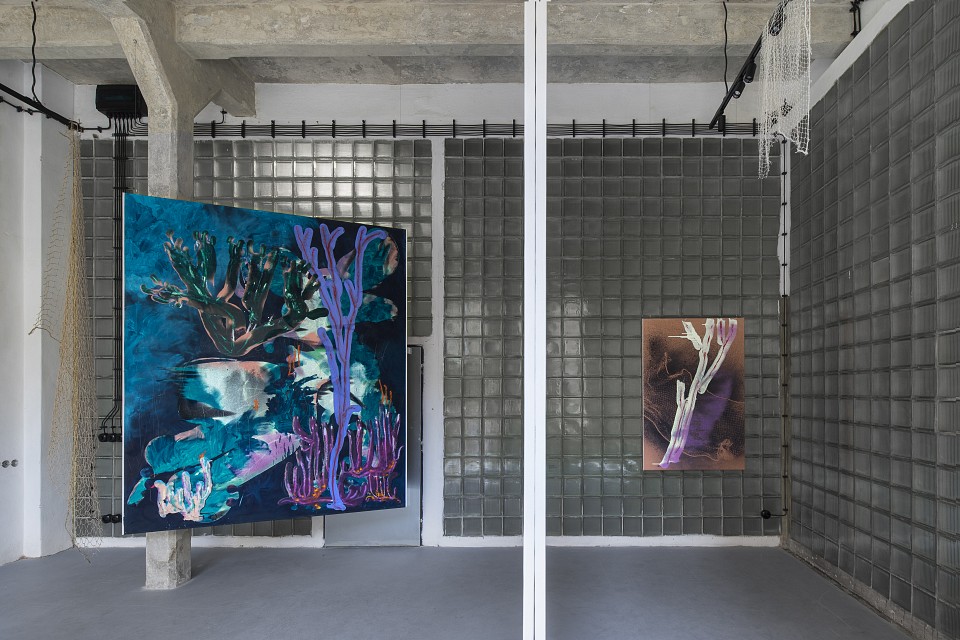
Global Weirding
2021
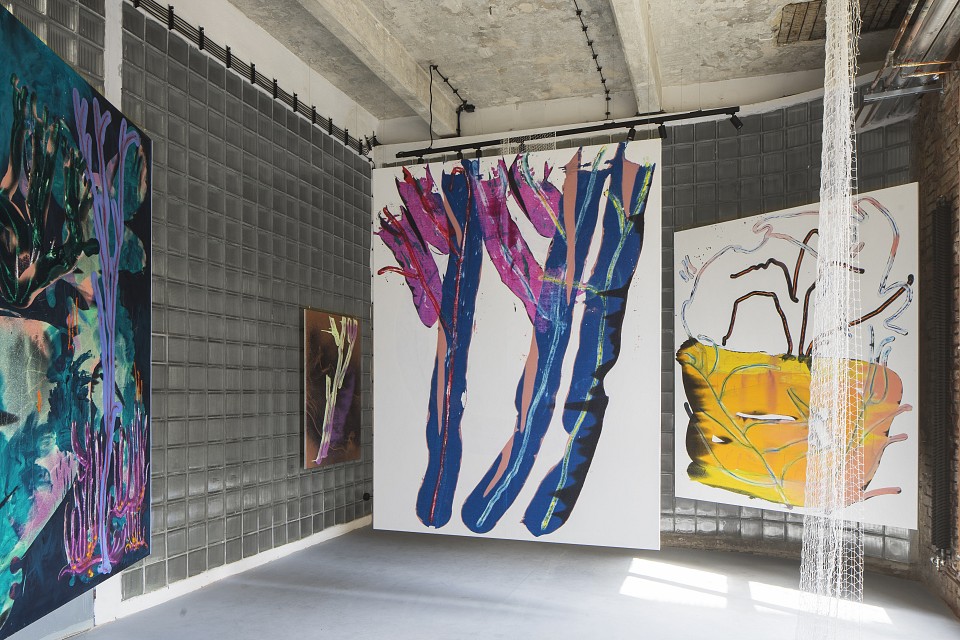
Global Weirding
2021
Marslab gallery
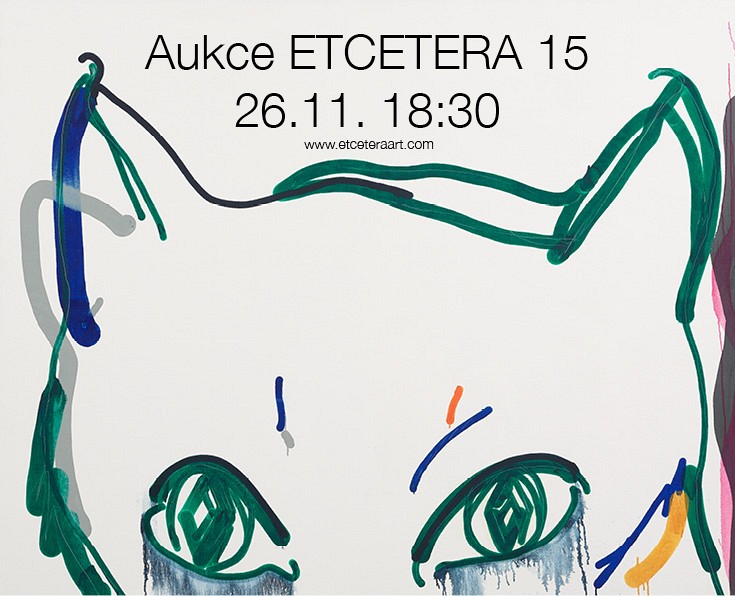
ETCETERA AUKCE
2022
26. LISTOPADU 2022,
HRADEBNÍ 3, PRAHA
PŘEDAUKČNÍ VÝSTAVA
16. - 26. LISTOPADU
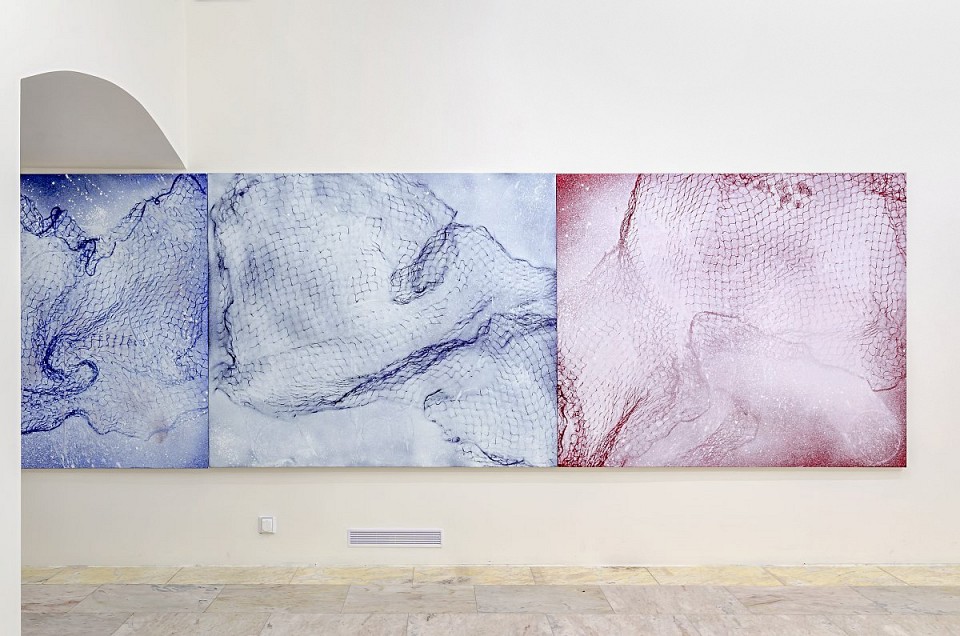
The Double sided Coin
2022
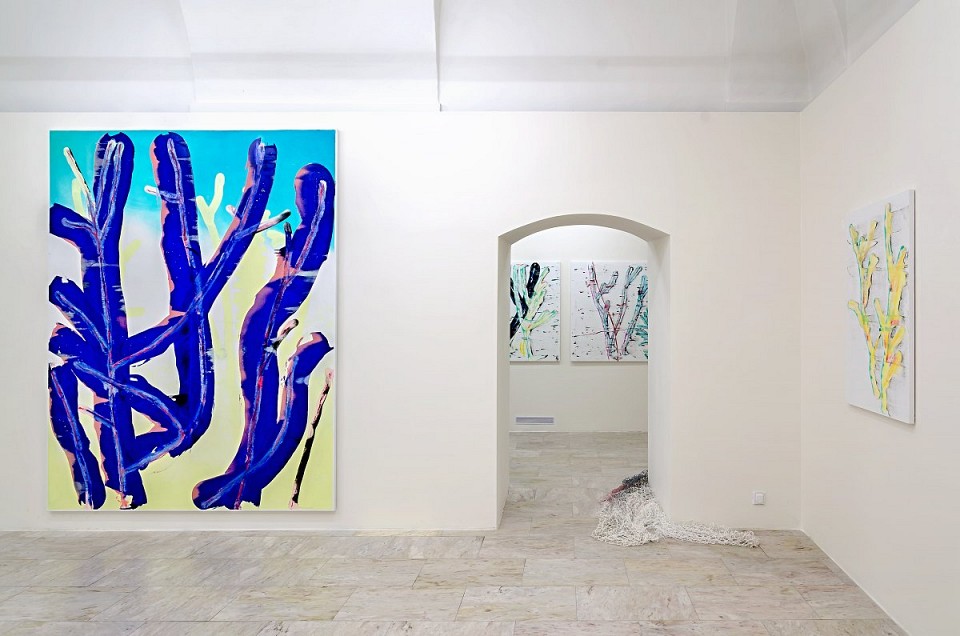
The Double sided Coin
2022
Galerie výtvarného umění v Chebu
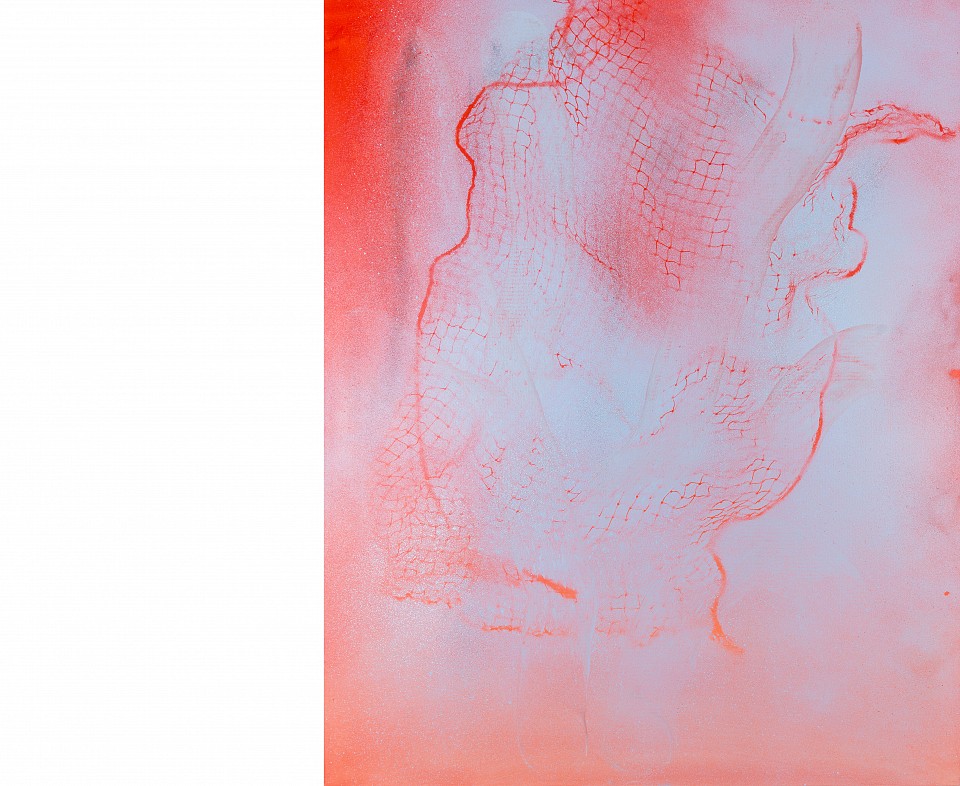
Address the Elephant in the Room V.
Oil and glitter on canvas, 2022
132 x 107 cm
exhibited in Showroom Foyer
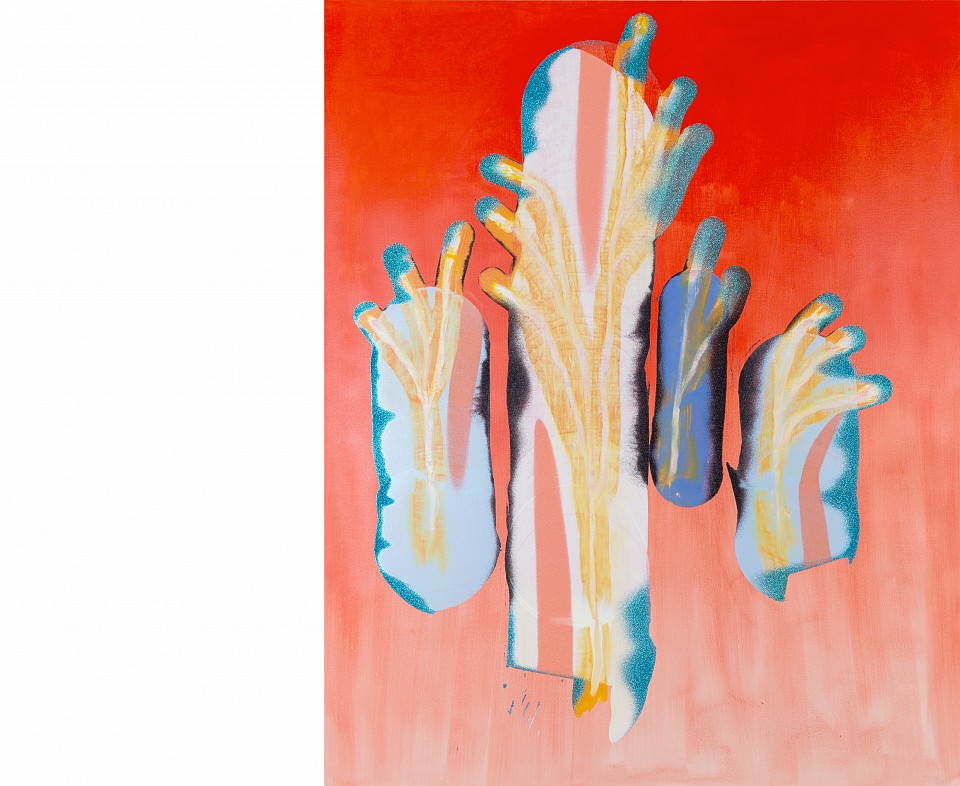
Remedy II.
Oil, glitter and glass powder on canvas, 2022
132 x 107 cm
Private collection
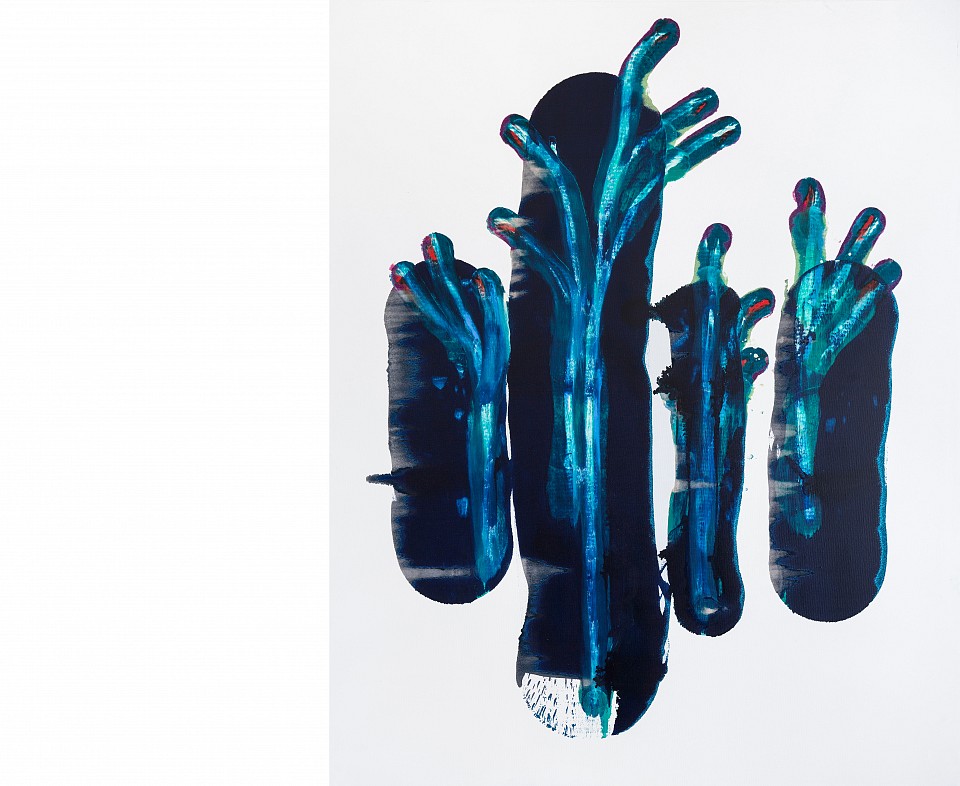
Remedy I.
Oil, glitter and glass powder on canvas, 2022
132 x 107 cm
Almanac X collection
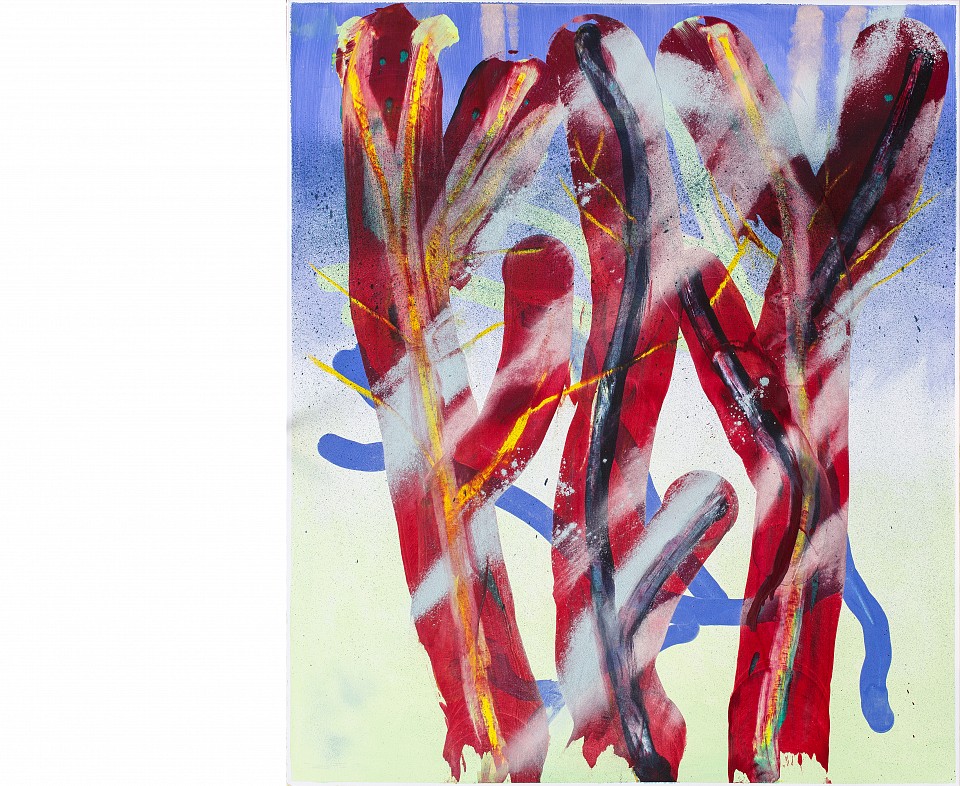
Face the World III.
Oil, glitter and glass powder on canvas, 2022
140 x 120 cm
private collection
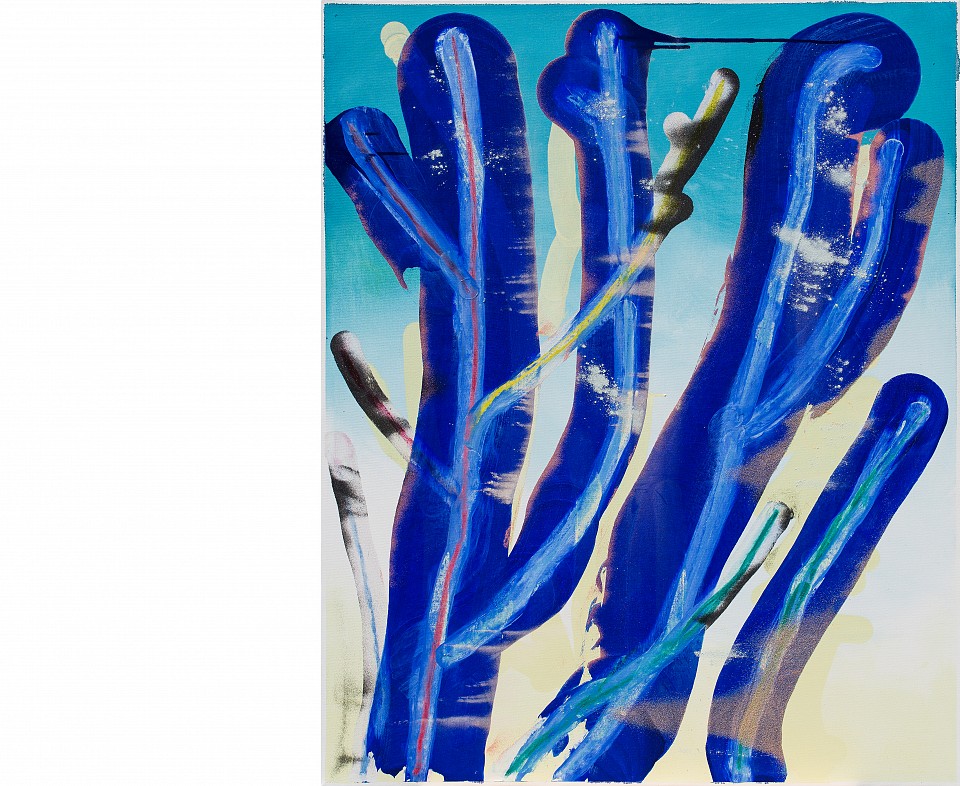
Face the World I.
Oil, glitter and glass powder on canvas, 2022
132 x 107 cm
Almanac X collection
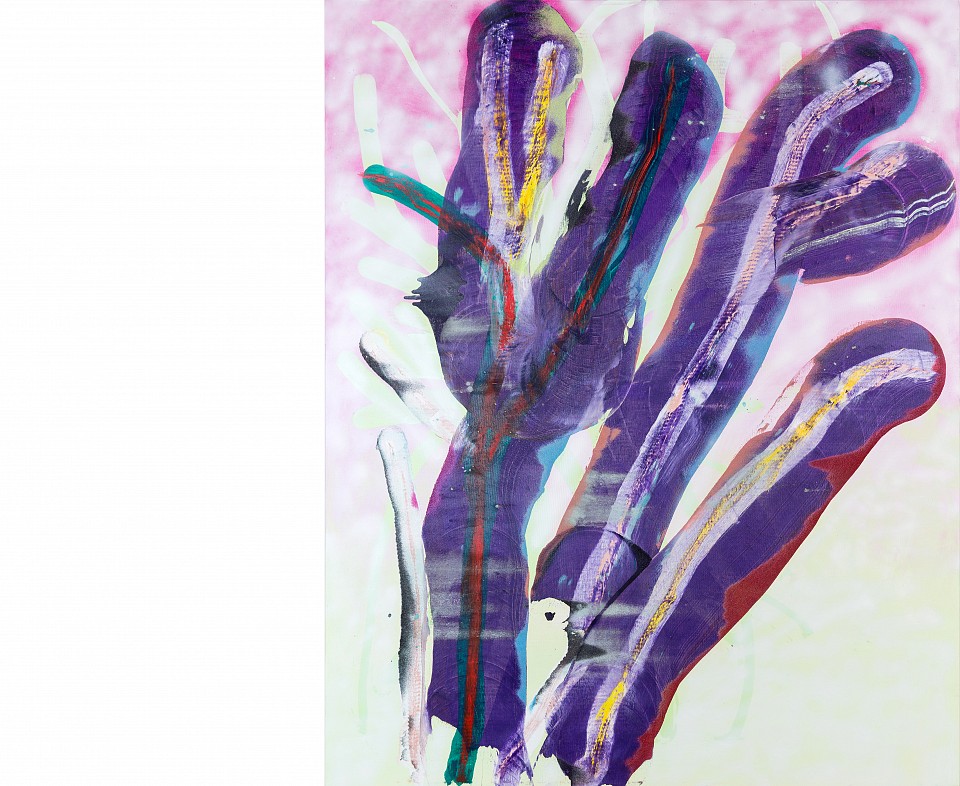
Face the World II.
Olej, gliter a sklo na plátně, 2022
132 x 107 cm
private collection
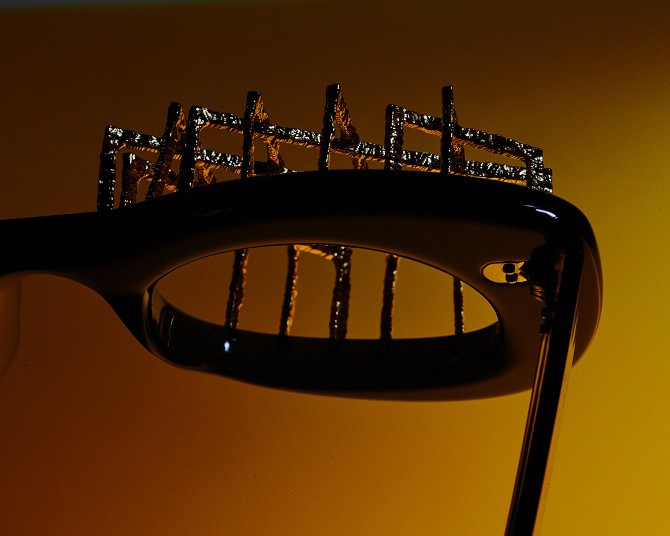
Gilded Cage
2021
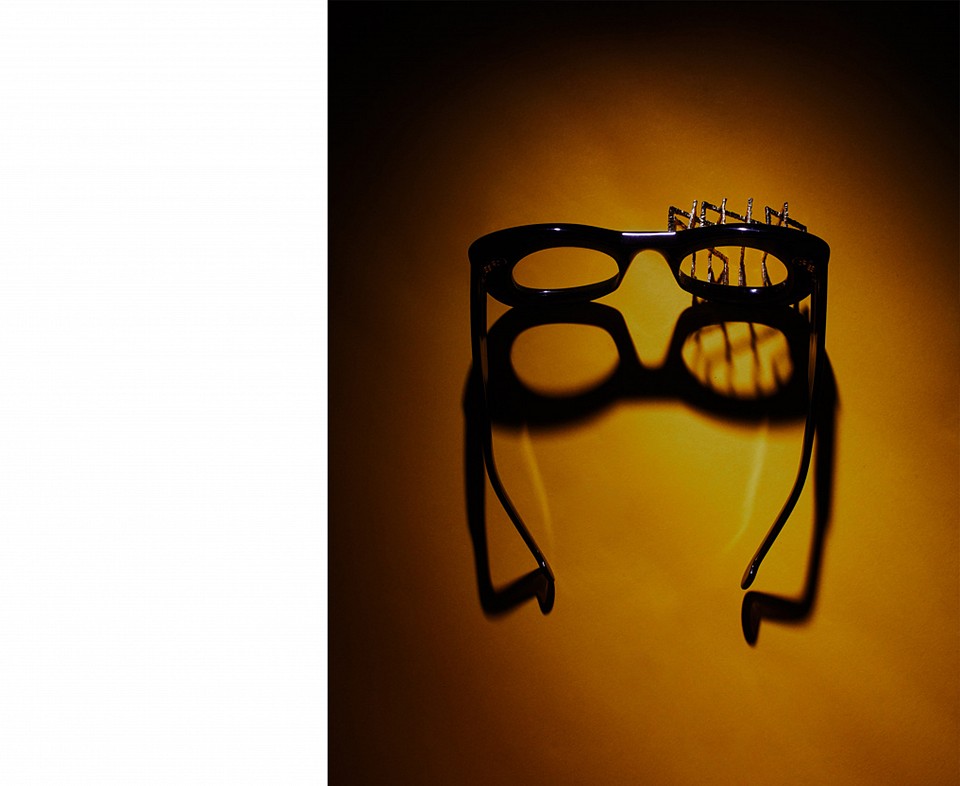
Gilded Cage
2021
Obroučky číslo tři se zabývají ztvárněním klece, která bude rámovat Kriššákovo postižené oko. Mříž brýlí Gilded Cage představuje domnělé limity související s postižením, ale i naše vlastní hranice, které si vytváříme sami v myšlenkách, činech a představách.
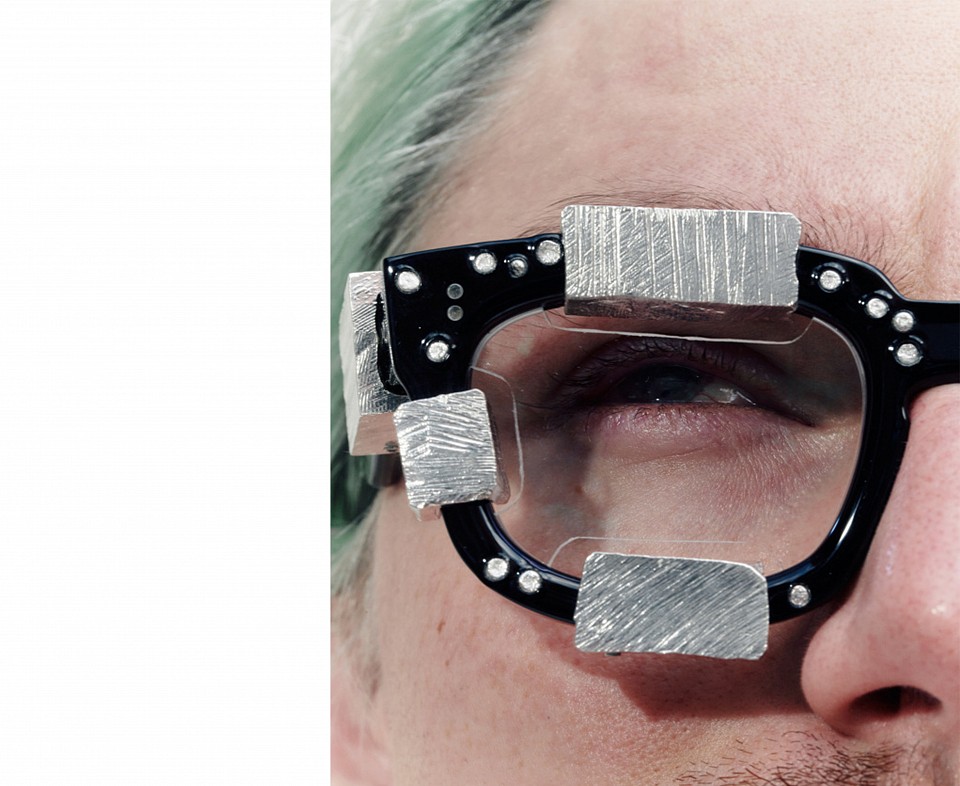
Genesis
2021
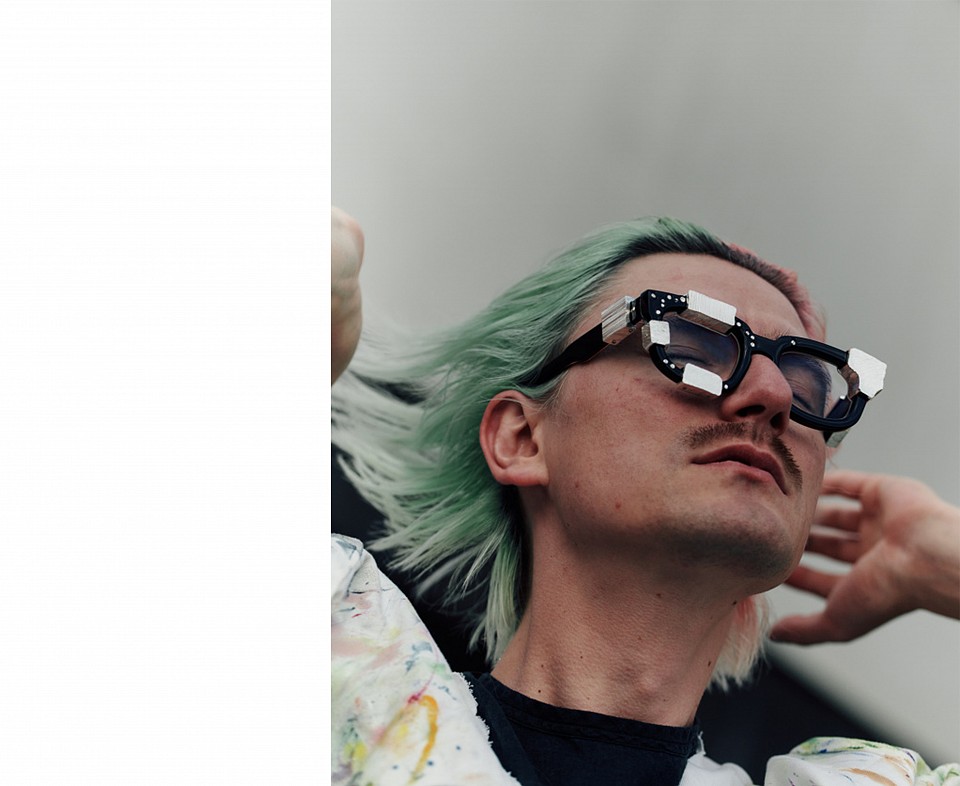
Genesis
2021
Čtvrtá verze Patrik's Genesis vypráví příběh Kriššákovy nehody, která měla za následek fatální zranění oka. Na pravé straně oka zasaženého broky jsou patrné zbytky náboje, které jako by obroučky zastavily v čase. Výrazné osobní vyprávění vrcholí zlatým brokem v místě, kterým před 16 lety prošel skutečný náboj.
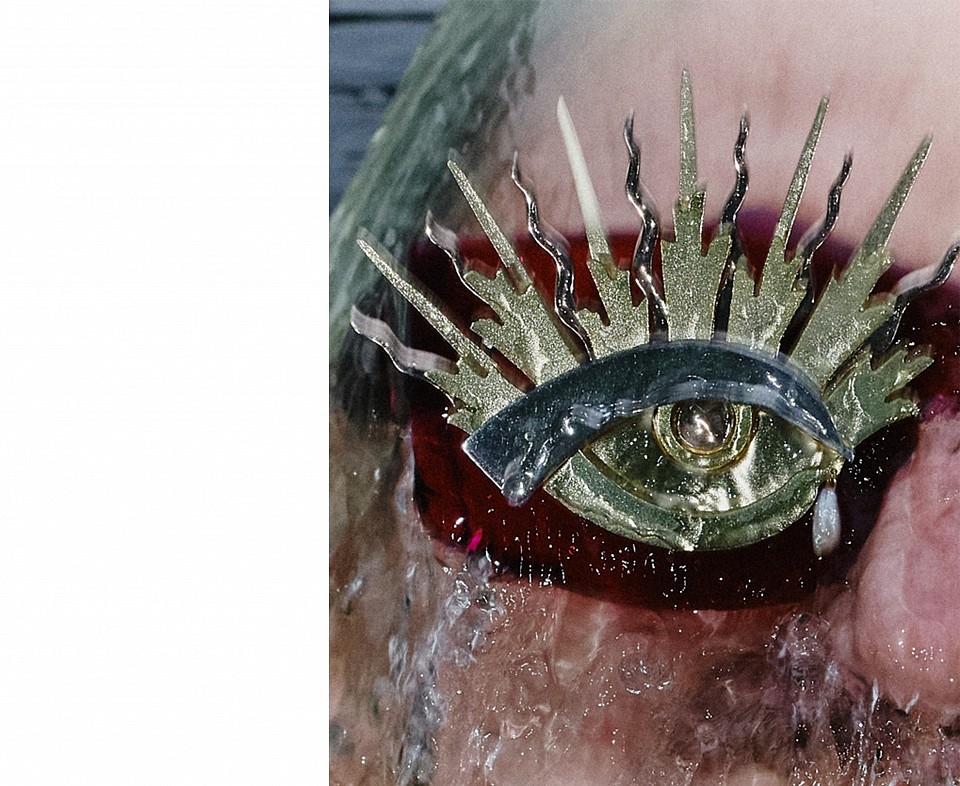
Eye of Providence
2021
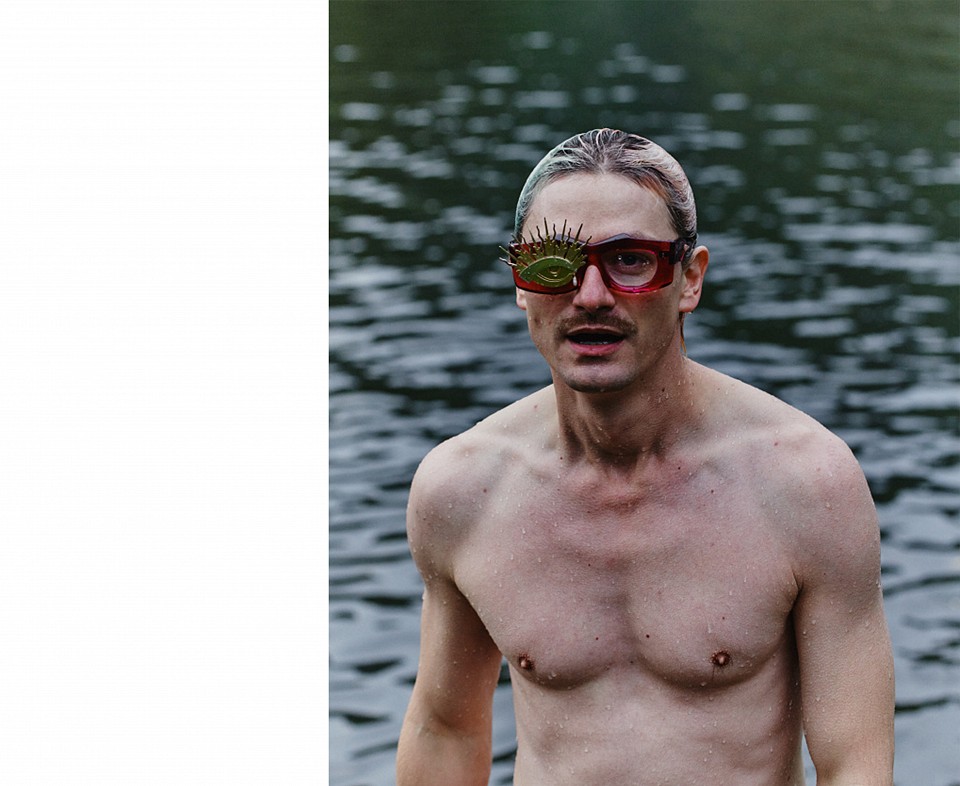
Eye of Providence
2021
Druhý model Eye of Providence pracuje s motivem oka, které symbolizuje pohled do budoucna. Kriššák totiž v tvorbě často zpracovává náměty týkající se ekologické krize a s ní související nevratné změny, za které obroučky roní i drobnou zlatou slzu.
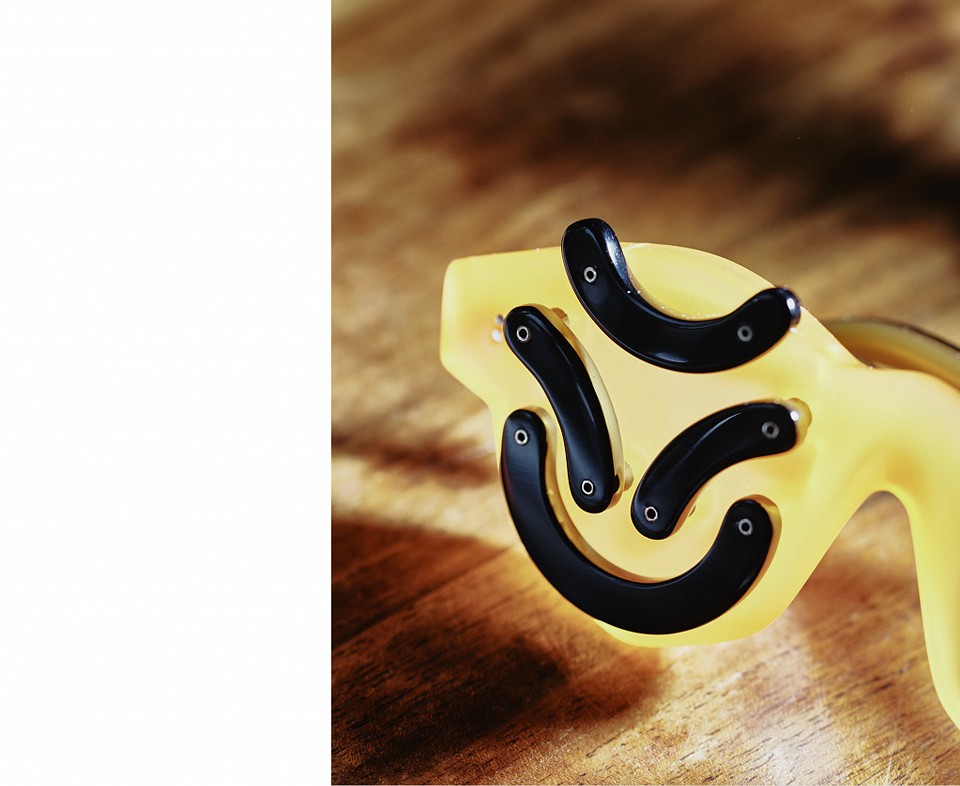
Emoji
2022
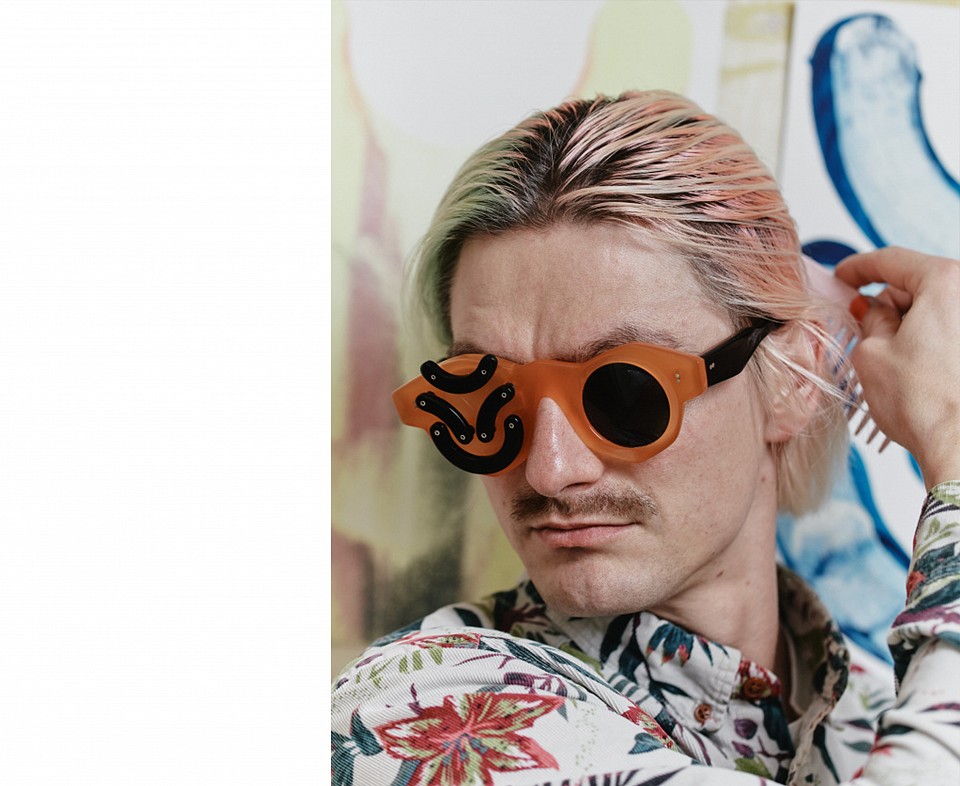
Emoji
2021
Poslední varianta pracuje s Kriššákovým charakteristickým malířským projevem. Indisponovanou polovinu obrouček Personal Emoji zdobí Kriššákův osobní symbol – smajlík. Nástroj virtuální komunikace upozorňuje na jeho originální projev.
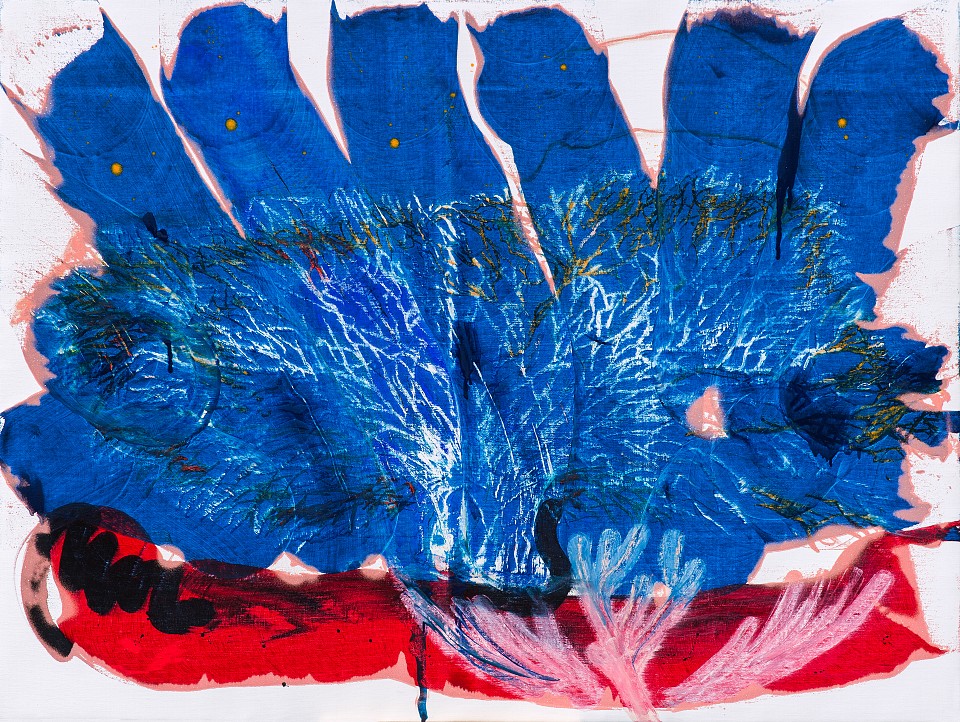
A Beacon of Hope III.
Oil and glitter on canvas, 2022
150 x 200 cm
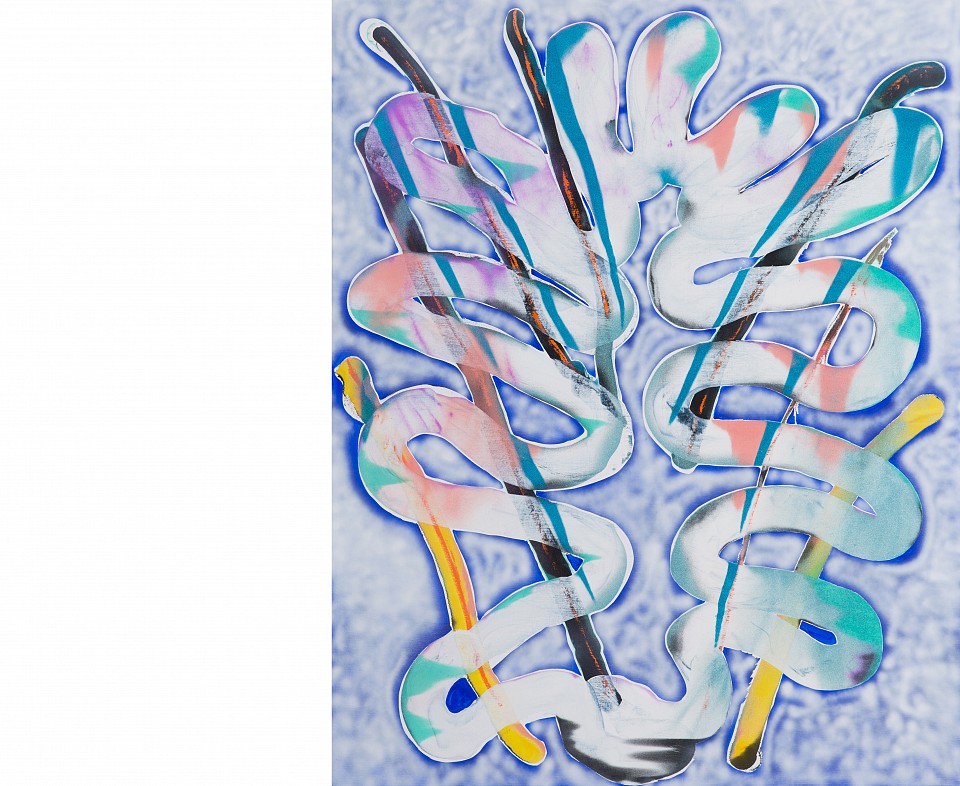
The Historic Event II.
Oil and glitter on canvas, 2021
250 x 200 cm
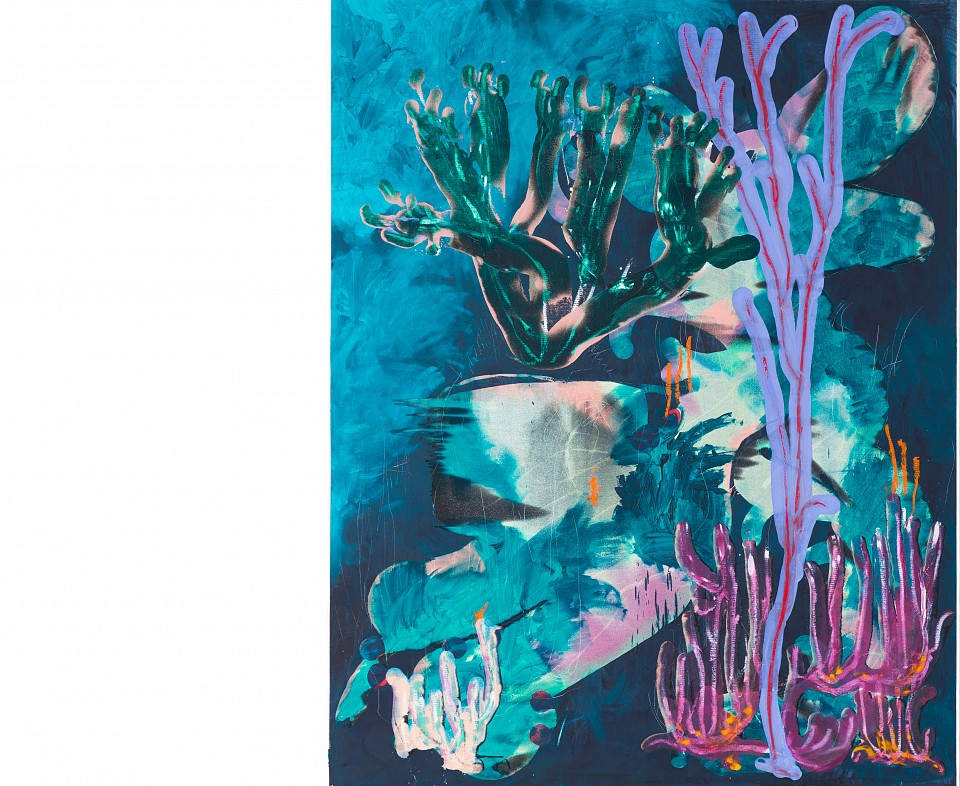
Indigenous Place II.
Oil and glitter on canvas, 2021
260 x 200 cm
private collection
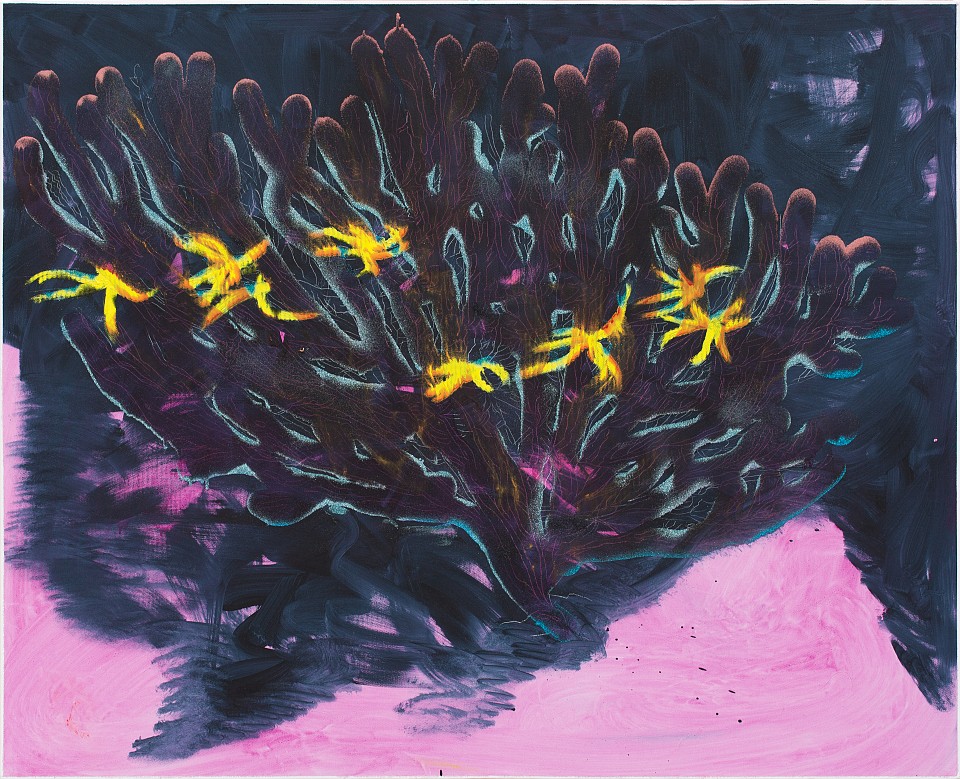
A Beacon of Hope I.
Oil and glitter on canvas, 2022
107 x 132 cm
private collection
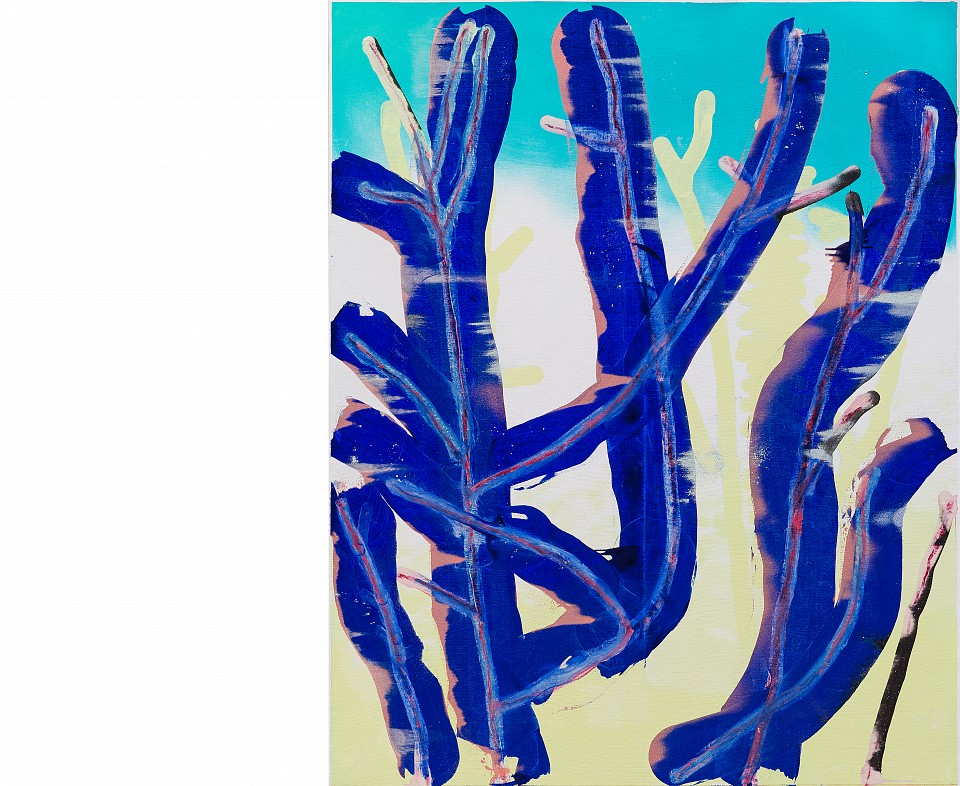
Indigenous Place II.
Oil, glitter and glass powder on canvas, 2022
250 x 200 cm
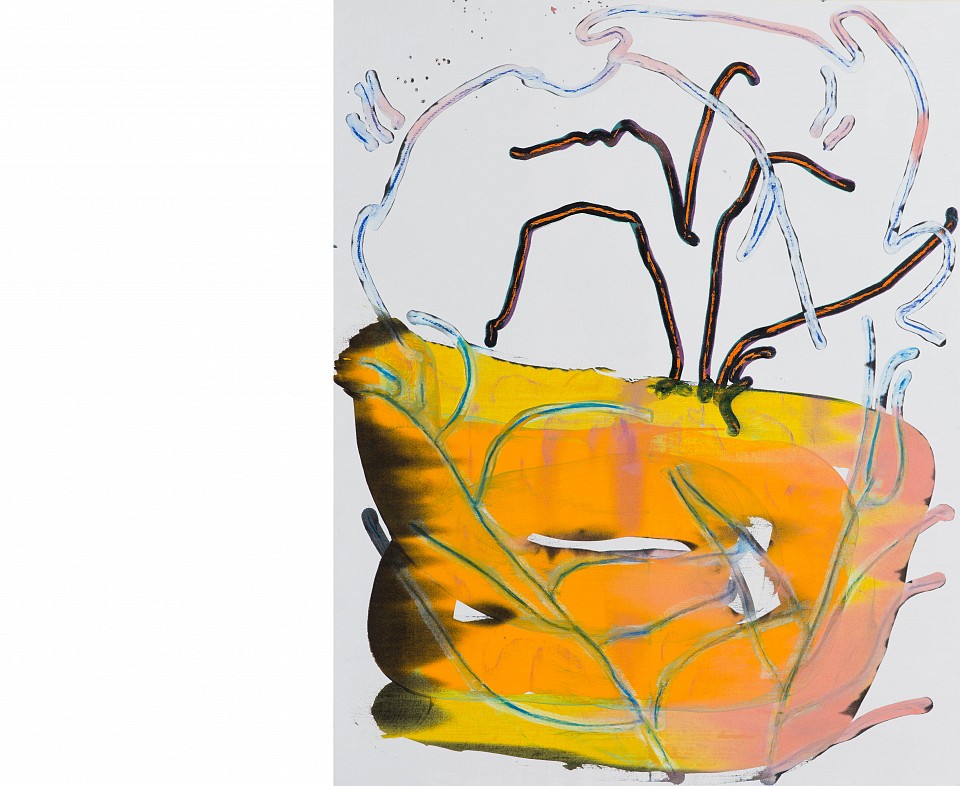
Pure Whitening II.
Oil and glitter on canvas, 2021
250 x 200 cm
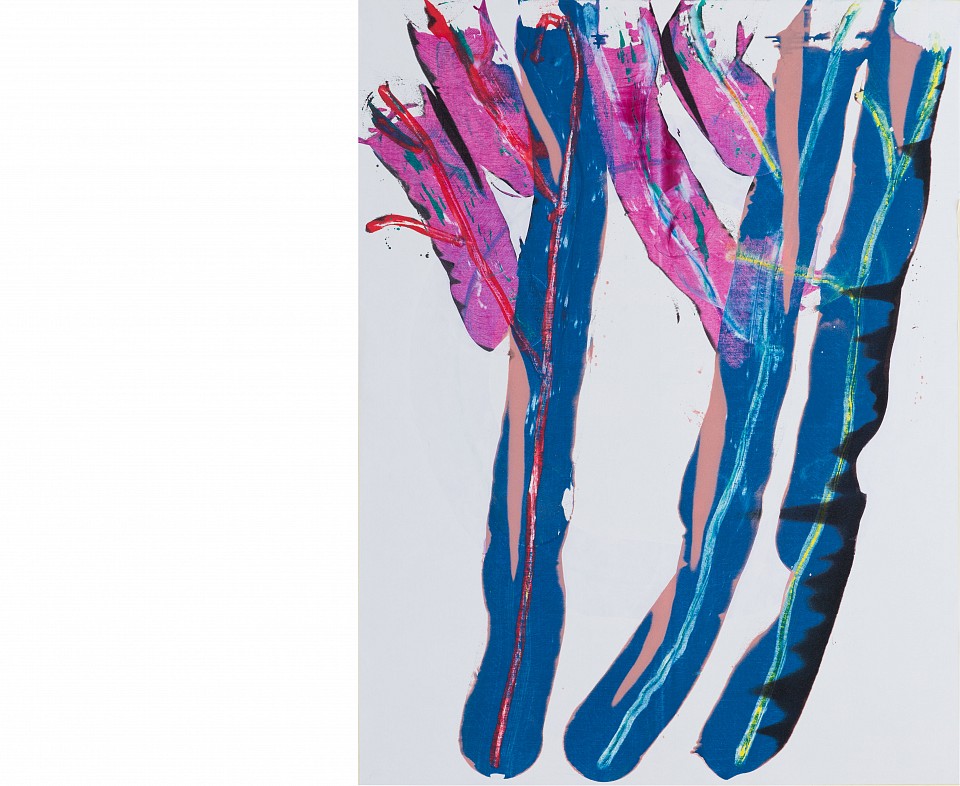
Reverse the Future
Oil and glitter on canvas, 2021
260 x 200 cm
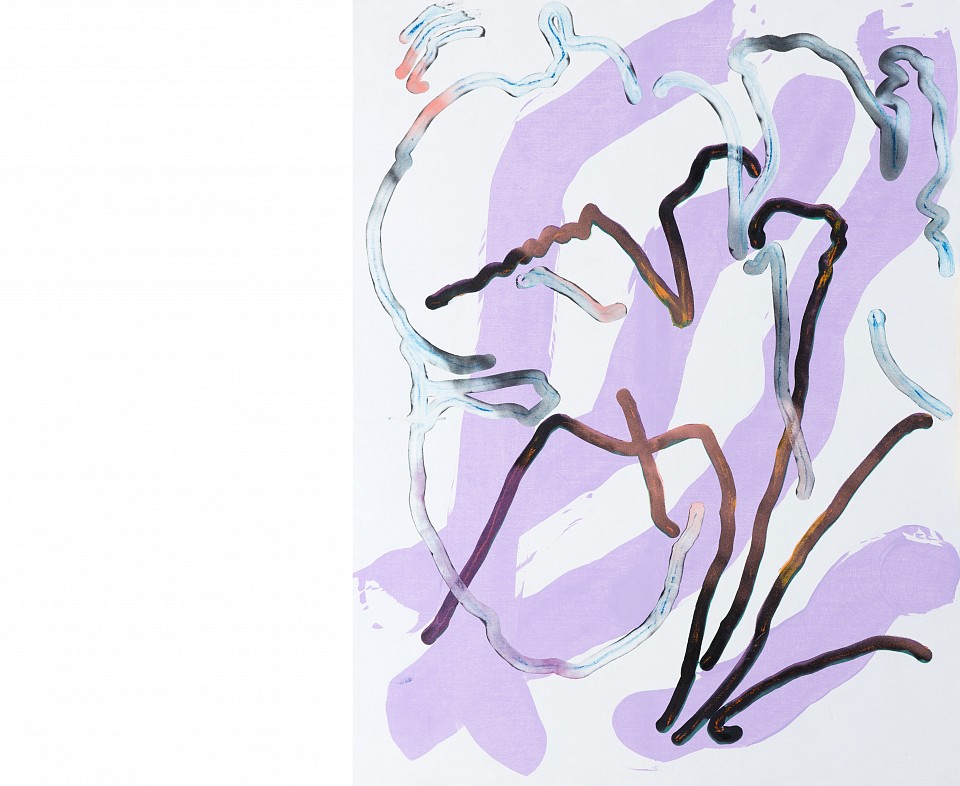
Pure Whitening I.
oil and glitter on canvas, 2021
260 x 200 cm
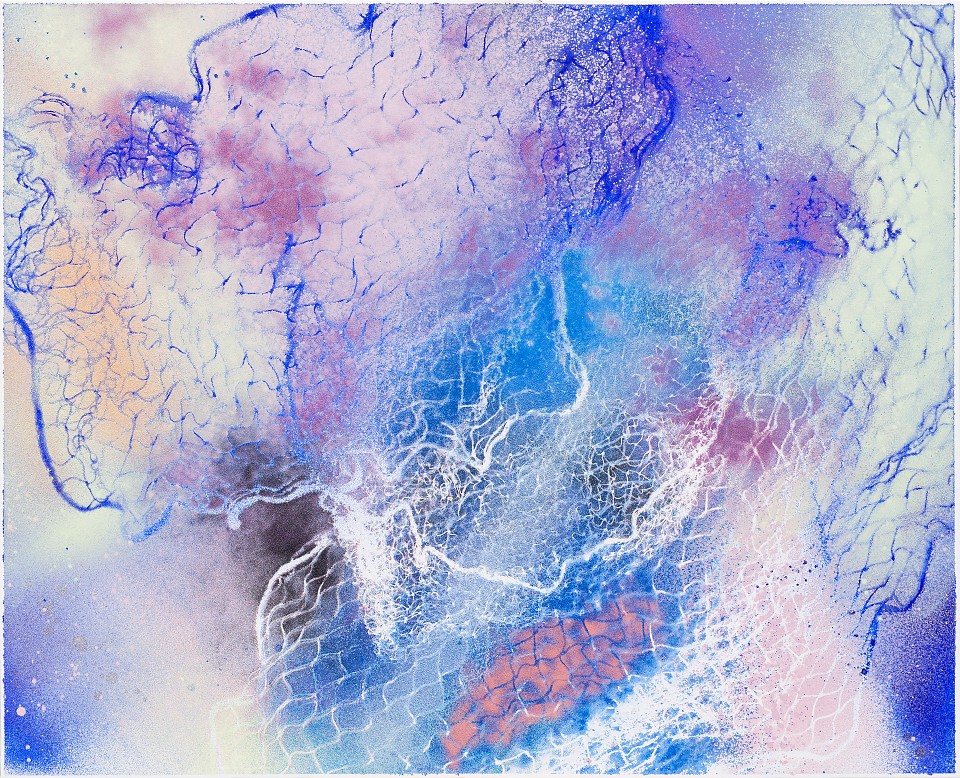
Address the Elephant in the Room IV.
Oil, glitter and glass powder on canvas, 2022
107 x 132 cm
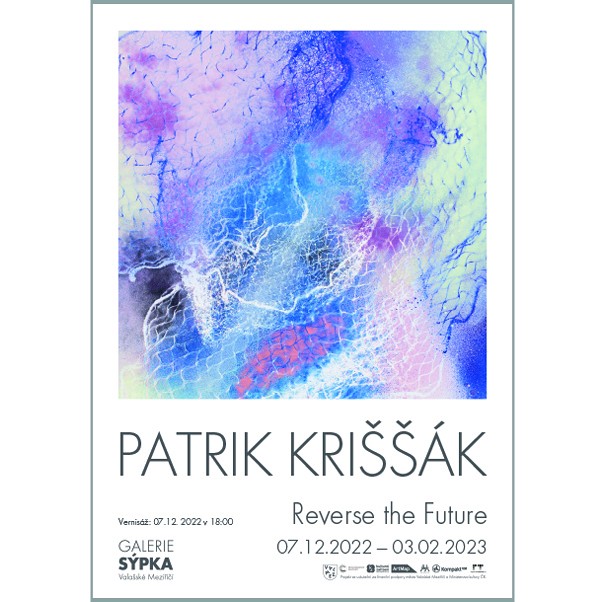
REVERSE THE FUTURE VI.
Galerie Sýpka, 2022
7.12.2022 - 3.2.2023
Reversing the future... As much as this term may be desired by human longing, it is difficult to satisfy it in any way. Many might perceive the title of the exhibition in connection with the event on the Bečva River, which underwent a catastrophe incompatible with the biodiversity contained in this fragile environment. How can we reverse something that has not yet happened?
The term that combines the past/present with the future is precisely what we should be thinking about now. Patrik Kriššák has prepared an exhibition consisting of the materialized desire to reverse the future through paintings of underwater corals.
The exhibition, whose main theme is connected with the environment beneath the surface of the world's oceans, shows us a beauty that has for many centuries paralyzed human understanding of color and shapes, and not least, the human mind's desire to understand the meaning and significance of these living communities in relation to the global function of balance. This is in such a way that the description, which we might understand as "local geological," is always in relation to "global political."
Patrik Kriššák here depicts only a small part of the natural scenery. He selects from countless shapes those that are within his possibilities of depiction using the technique he has chosen as his artistic signature. He does not use ordinary brushes but applies paint to the canvas by placing and overturning glass containers and bowls onto the canvas, which is in a horizontal position during the painting process. The size of the container mainly depends on its width rather than its depth, thus choosing the size of individual strokes, which he supplements with additional additions of loose materials such as glass or glitter.
The title of the latest series presented here by Patrik Kriššák is Extinction. The beauty that appears here (according to subjective evaluation) is (or should be) a trigger for our reflection on something that, considering global climate change or irresponsible handling of the environment, might not last forever.
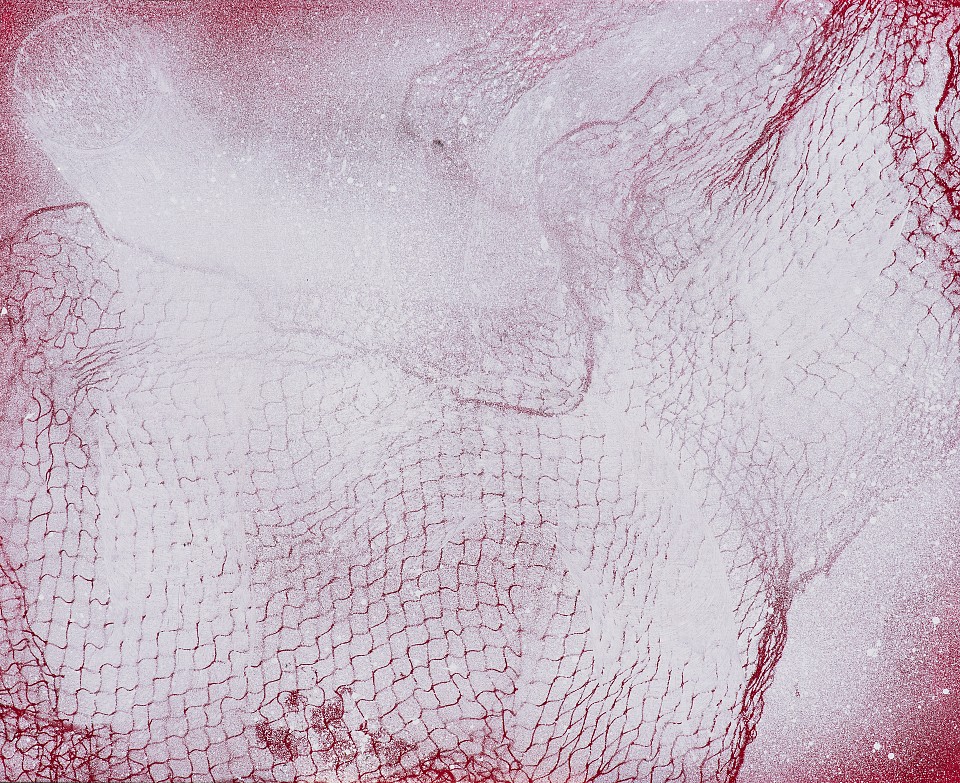
Address the Elephant in the Room III.
Oil and glitter on canvas, 2022
145 x 180 cm
triptych (3/3)
* exhibited
Showroom Foyer 2022-2024, Praha
Molski gallery & Collection 2024, Poznań
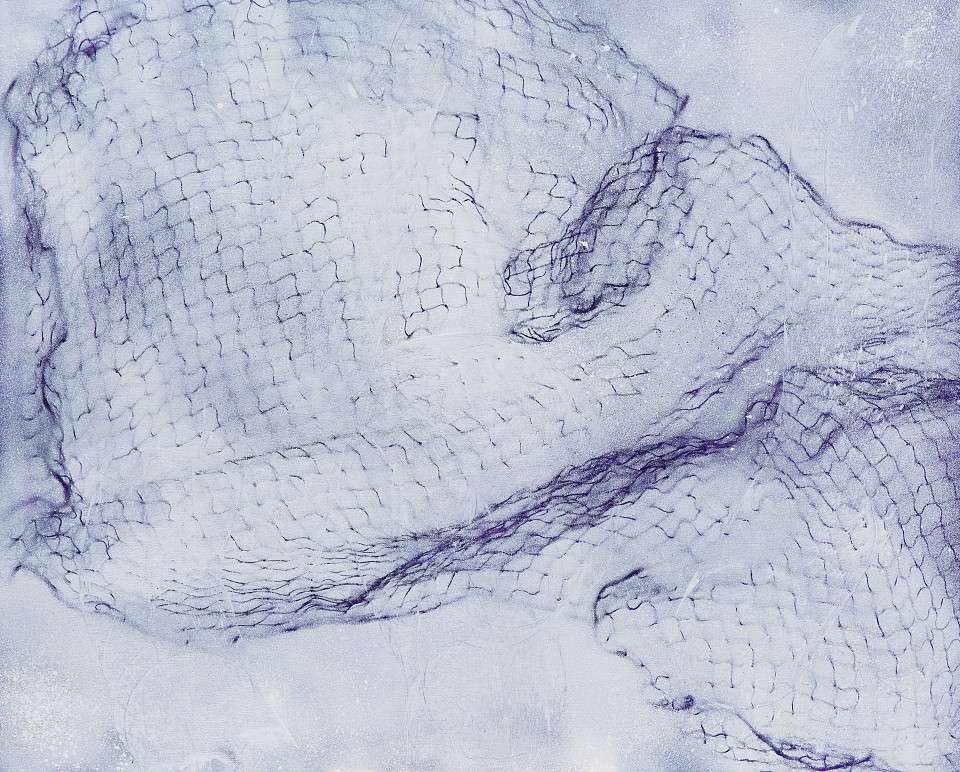
Address the Elephant in the Room II.
Oil and glitter on canvas, 2022
145 x 180 cm
triptych (2/3)
* exhibited
Showroom Foyer 2022-2024, Prague
Molski gallery & Collection 2024, Poznań
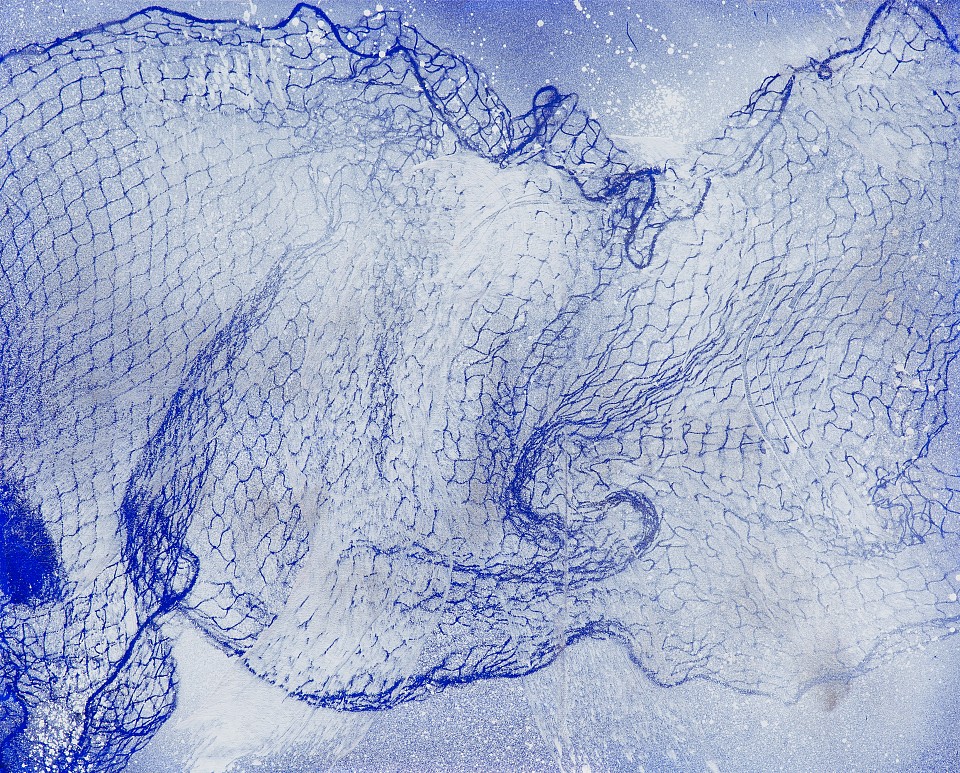
Address the Elephant in the Room I.
Oil and glitter on canvas, 2022
145 x 180 cm
triptych (1/3)
* exhibited
Showroom Foyer 2022-2024, Prague
Molski gallery & Collection 2024, Poznań
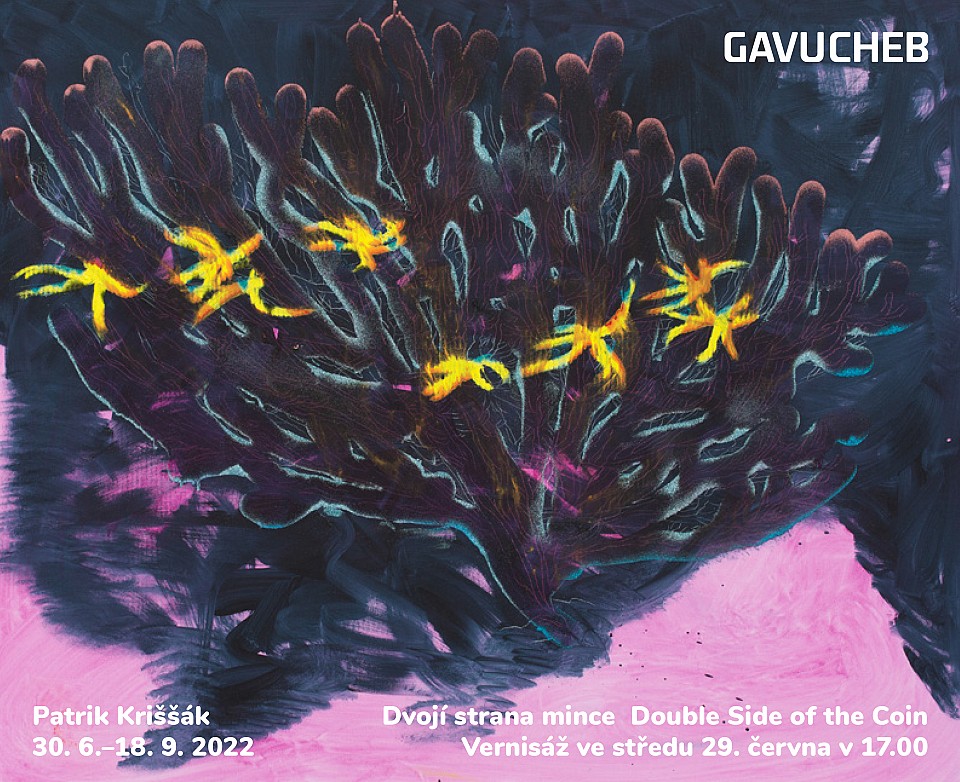
Dvojí strana mince
30.6. - 18.9.2022
Before the pandemic, the climate crisis was intensively addressed, especially the reduction of CO2 levels in the air and also the global impact of plastic on the planet - the whole world decided to live "non-disposable" and the efforts to return to recycled packaging, packaging-free or permanent packaging were endless. I then remembered the time when I used to go to the grocery with my grandmother and her paper flour bags carefully stacked in the larder to be used again. Then when the era of plastic bags arrived, which was a considerable convenience, she valued them incredibly. It must have been a real treasure for her back then. Something that could rarely get through "under the previous regime" to us. But the plastic bag was perhaps the first signal of a rather different tragedy: capitalism has stretched its tentacles towards mass consumption, waste and "disposable" living. The fight against climate change really intensified for a brief moment. Whether we're talking about Greta Thunberg, the beginnings of the Friday Future movement, or the films Before the flood with Leonardo, he consciously refers to disappearing corals and conveys an aesthetic and positive experience of their disappearing beauty in his paintings. Their sometimes subtle, other times bold colors make it possible to forget for a moment that it is an endangered species, whether due to ocean pollution (such as plastics) or their warming. All the news that disappeared from the front pages of newspapers with the pandemic is coming back again. The ice is melting, the ocean level is rising, and as a result of the breakdown of atmospheric circulation, even weather forecasts can no longer be relied upon. It's as if we didn't learn from the slowdown in the pandemic at all.
The exhibition introduces us to an environment that reacts to global warming like a sensitive seismograph. It refers to the first ecosystems that succumbed or are currently succumbing to it, as a warning harbinger of the future fate of the others, and ultimately the entire planet. The exhibition has a significant aesthetic power – its duality (on the one hand, the beauty of the corals themselves, on the other, a statement about the devastation of the world by humans) is reflected in the simple shape of the polyp – coral. Here, coral is a symbol of an existence inextricably linked to DiCaprio and Sir David Attenborough's documentaries. But a pandemic should not come. It stopped not only "disposable" lives, but also almost all movement on Earth in general - culture seemed to cease to exist, tourism disappeared from once bustling cities. Looking for answers within ourselves, we got a little scared. But what should we start from, if not from ourselves? Inner movement and change always begin only with us. And that's how Patrik Kriššák started. A broken vase must be glued together in order to be refilled. Patrik began to think about the whole process and chaos around us. After the fires came the hurricane, after the hurricane came the storm, after the storm came the drought. He redefined what painting meant tohim and began working intensively on the Extinction series of paintings. Launched during the 2020 pandemic, this series may at first seem like a depressing message for a world that is practically ending as we know it. Patrick with a certain background. It can be beneficial to many other species, thereby contributing to the diversity of all surrounding ecosystems both in the short term (for example as a refuge for other creatures) and in the long term (for its ability to create islands through its communities). The names of the paintings are also important for the author, representing a simple comment on our future. We also find depth in Kriššák's painting - the simple morphology of coral is enriched by various small materials, glitters and textures. The modesty of the shape then has a Matisse-like effect. The author frees himself from the basic painting tool, the brush. The linear expression and morphology of his paintings is defined by the method used – pouring paint onto a horizontally placed canvas from ordinary glasses of various sizes. When you fly over the ocean, for example to the Seychelles or to Southeast Asia, where the
paradise of the so-called coral triangle is, think about it. During your undisturbed vacation on the beach of a pleasant island, a memory from the Two Sides of the Coin exhibition may come to your mind.
Tea Záchová
Pop Up
Prague Art Works gallery, 1.11.-18.11.2021
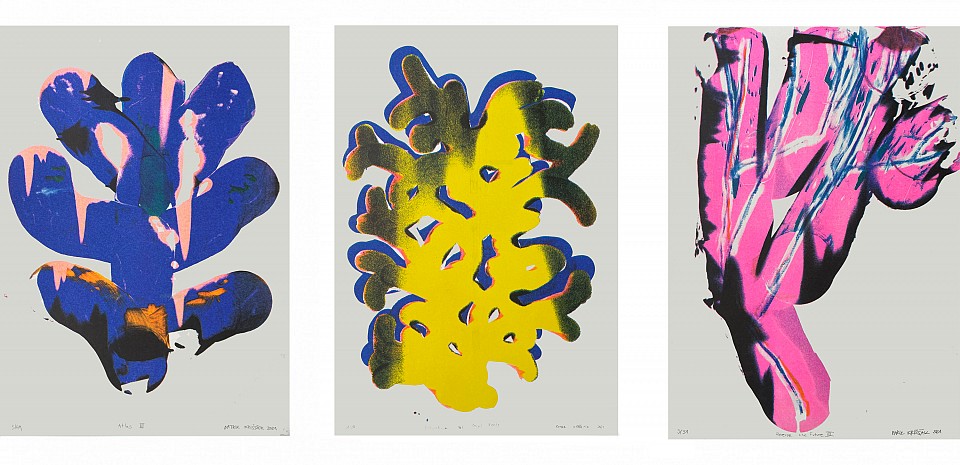
From The Extinction Series
Riso print, on Munken Pure 250g, 2021
a 40 x 30 cm
available
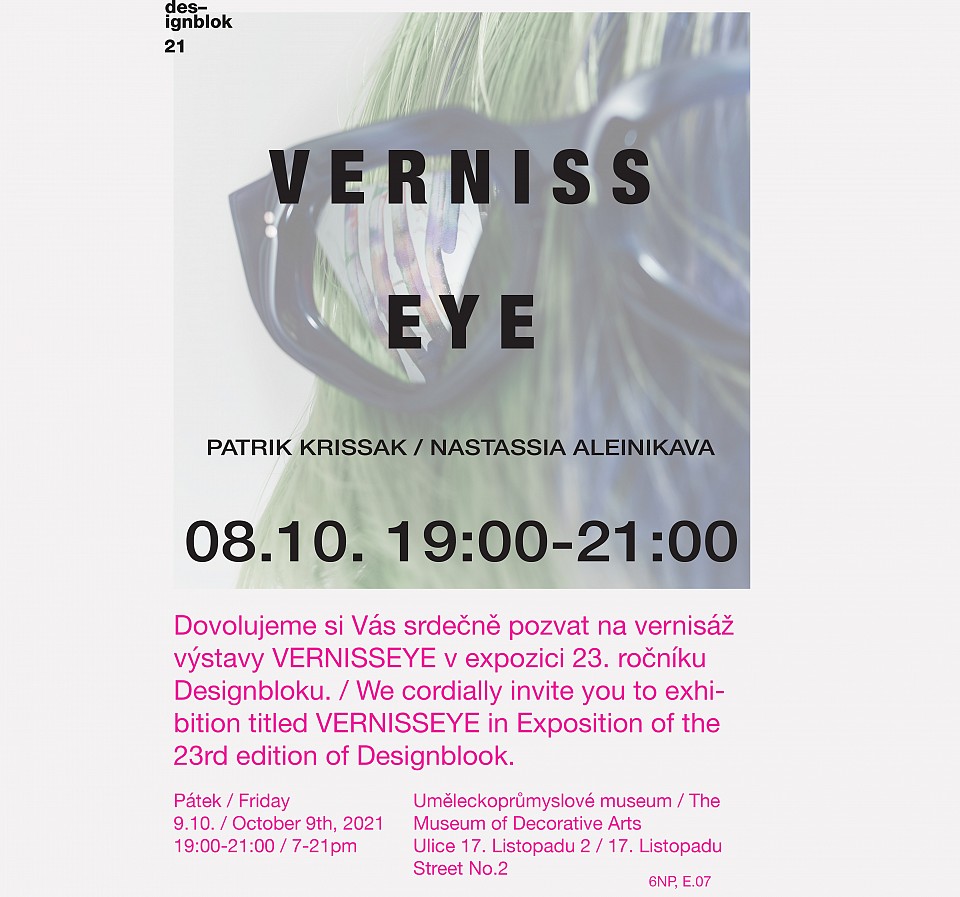
VERNISSEYE
8.10.2021
The new project VERNISÁŽ elevates glasses to a new level, thanks to designers Pavel Kahotski and Nastassia Aleinikava from the studio Nastassia Aleinikava. Their long-term goal is to change the perception of glasses from being merely a medical aid to becoming a full-fledged piece of jewelry that naturally extends the wearer's lifestyle. Glasses can reflect not only taste or sense of aesthetics but also respond to special needs. VERNISÁŽ is a collection of 5 models created exclusively for the artist Patrik Kriššák. The glasses mirror the eccentric nature of the artist while creatively addressing his vision defect. The designers turned the medical shortcoming into an advantage, making it the dominant theme of the accessory instead of suppressing it. Thanks to Kriššák's condition, they could use half of the glasses' surface for an extraordinary interpretation of his personality. The designers elevate asymmetry to the level of an artistic object and present 5 model examples as symbols of 5 possible approaches to creating a tailored solution for a specific client.
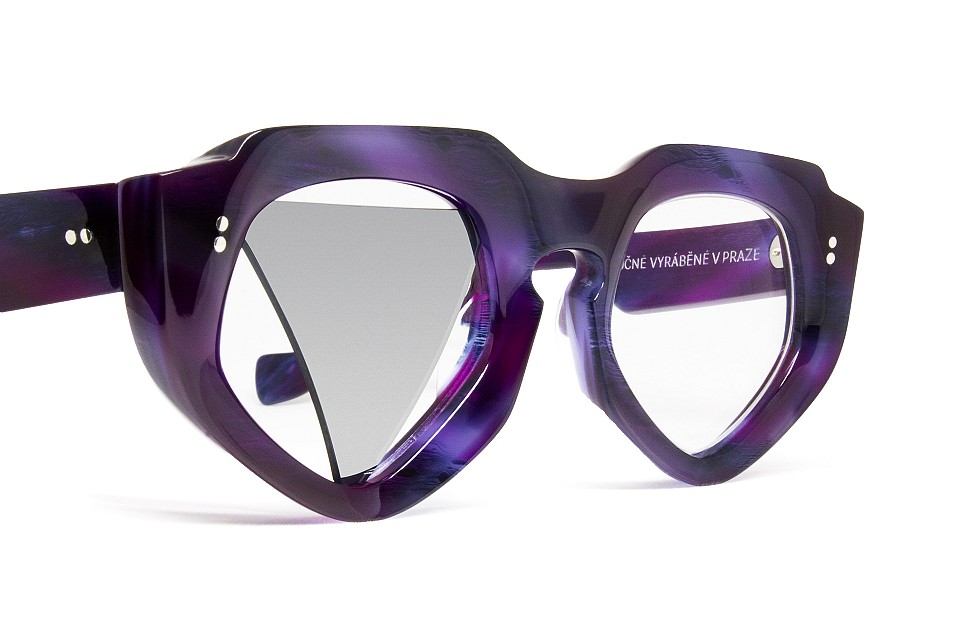
In Spiritus
Na míru pro Patrik Kriššák, 2021
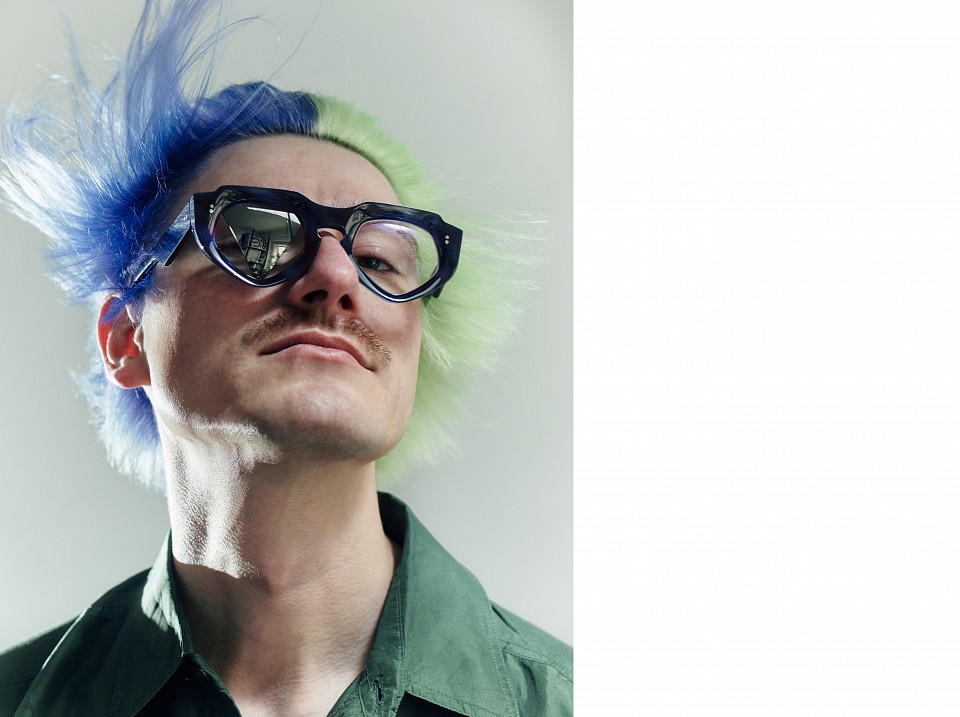
Brýle InSpiritus, kolekce Vernisáž
Ručně vyráběné brýle Nastassia Aleinikava Studio, 2021
na míru pro Patrik Kriššák
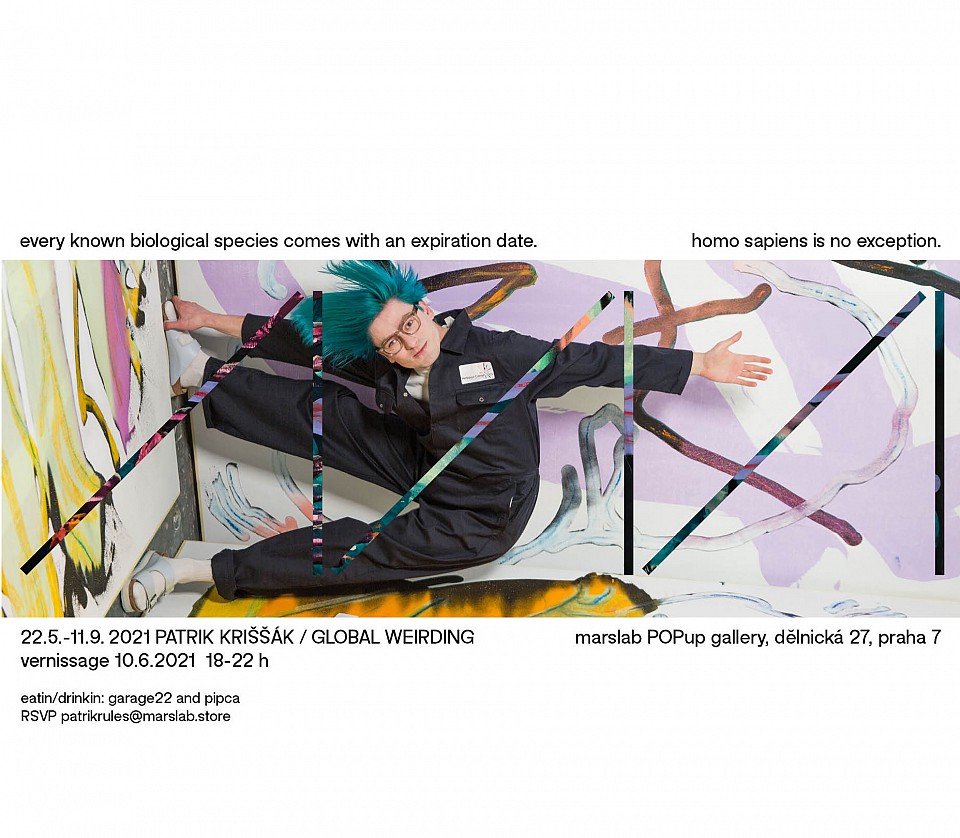
GLOBAL WEIRDING
Marslab POPup gallery, vernisáž 10.6. 2021
Dělnická 27, Praha 7
Desert Nike
Every known biological species comes with
an expiration date. Homo sapiens is no exception.
Lukáš Likavčan, Spectral Earth*
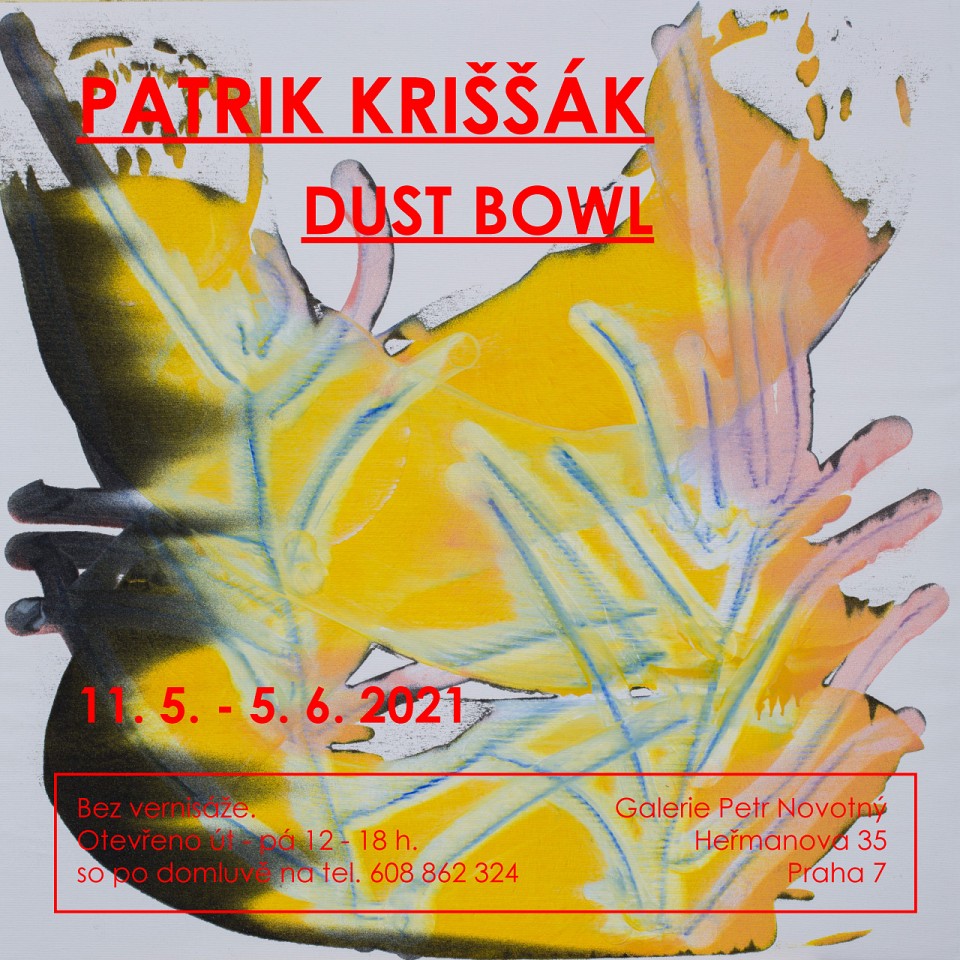
Dust Bowl
Petr Novotný gallery, 6.5.2021 - 5.6.2021
Kriššák always liked to experiment with the form of images. In recent years he has developed and is still perfecting the technique of applying paint to canvas from a bottle or other suitable container. He then further modifies the colored surfaces created in this way by washing, scraping or applying colored glitters. Freeing from all descriptiveness and narration allows the author to fully concentrate on the painting itself, on its texture, rich details, created both thoughtfully and randomly, and on subtle, harmonious color combinations. His great inspiration is nature, specifically in the case of this cycle, the underwater world, whose varied beauty he shows us on his canvases and at the same time reminds us of its fragility, vulnerability and transience.
The author himself states about the exhibition: "The Dust Bowl is a phenomenon describing the sand storms that hit the American continent during the 1930s. 20th century. This natural disaster of extensive soil erosion was caused by agricultural activities. Erosion manifested itself in massive sandstorms, the consequence of which, in addition to famine and many human victims, was also the largest migration in the history of the colonized continent. The world resembled biblical stories of catastrophes about the end of the world. Today, in many ways, it also resembles a place that we would hardly associate with the dryness of dust storms. A natural disaster, or possibly a biblical story about the end of the world, turned out to be possible even under the surface of the sea oceans. Human activity and massive CO2 production have upset the delicate balance. I chose the title of the exhibition Dust Bowl as a comparison to the aridity that plagues the otherwise rich shallows of the sea. If I were to finish the (re)narrative of my intentions, then the paintings that I present here at the Petr Novotný Gallery represent the fleeting beauty of the underwater world and nostalgic feelings of disappearing nature, at the same time the hope that all is not lost yet."
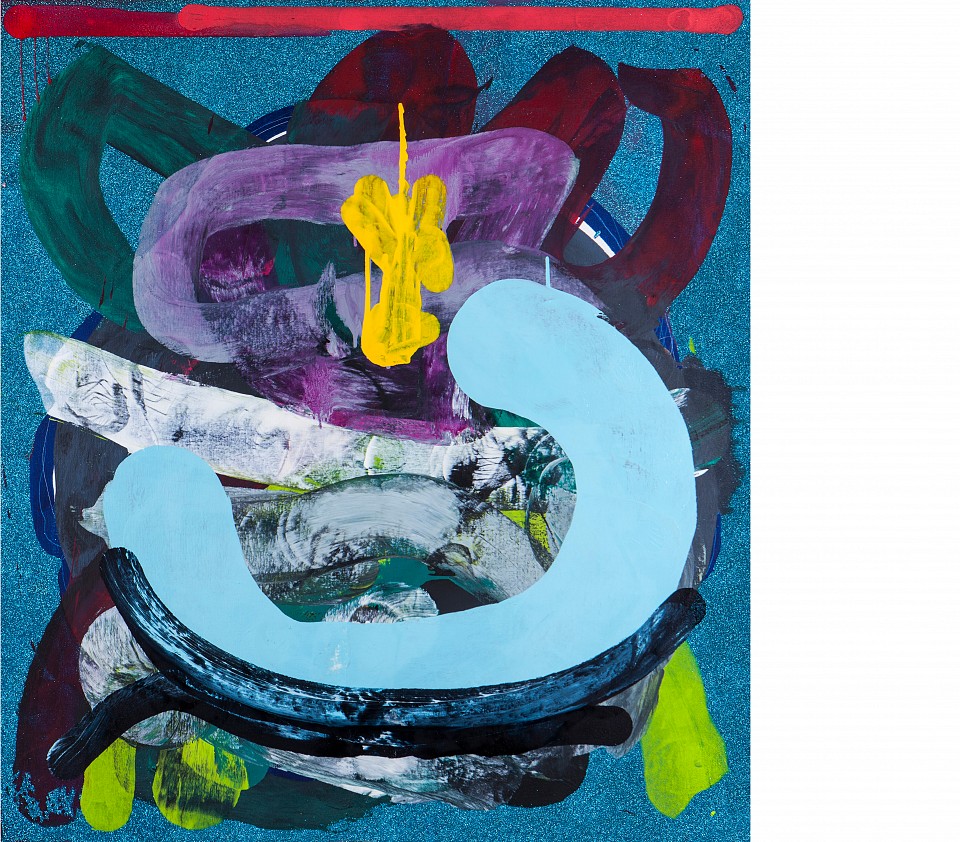
S-UPREME
Oil and glitter on canvas, 2017
125 x 110 cm
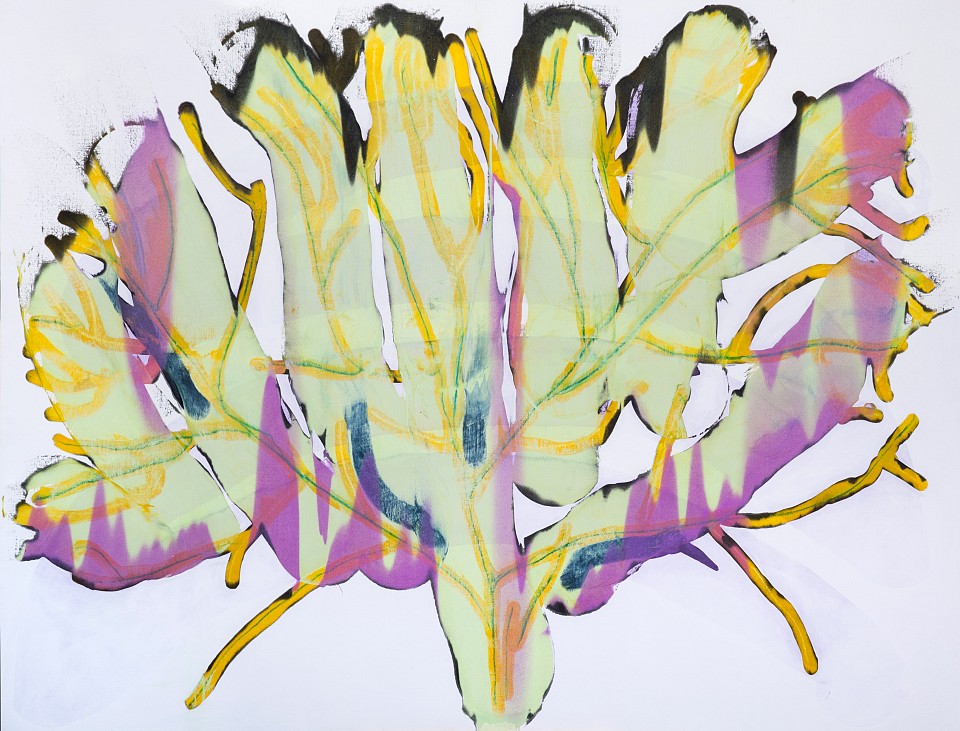
Better Not to Lose
Oil and glitter on canvas, 2020/21
200 x 260 cm
private collection
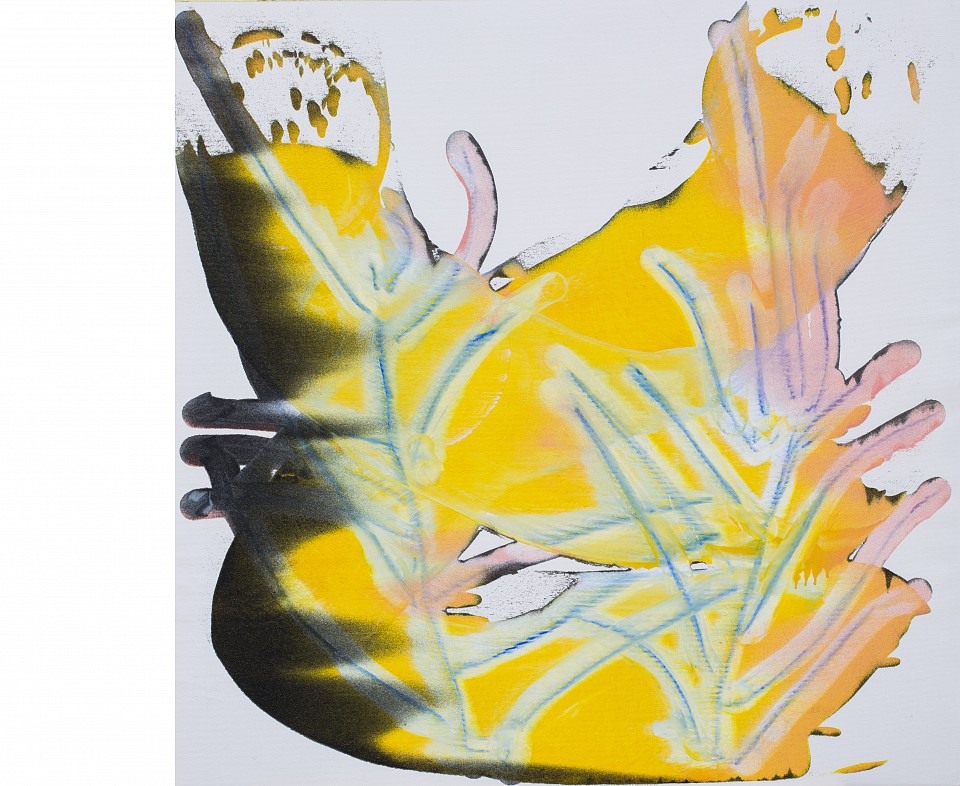
Pure Whitening I.
Oil and glitter on canvas, 2021
100 x 100 cm
private collection
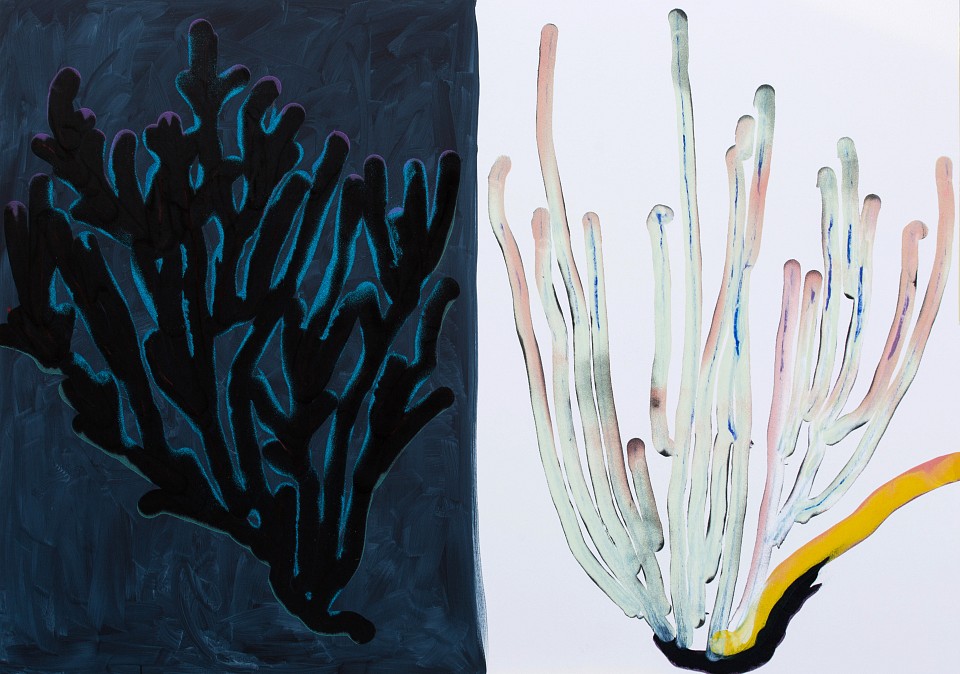
A Double Sided Coin II.
Olej a gliter na plátně, 2021
150 x 210 cm
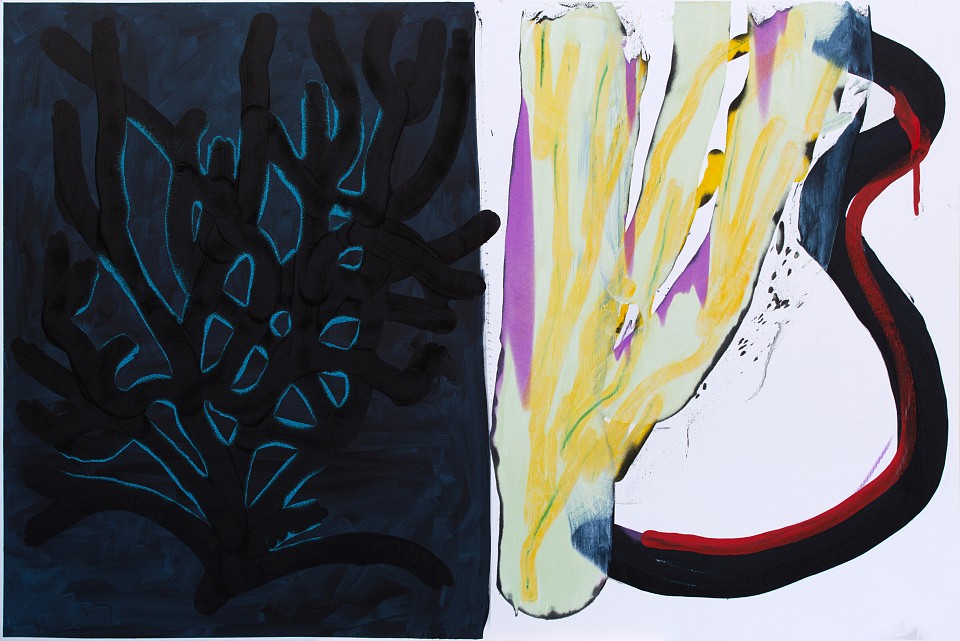
A Double Sided Coin I.
Oil and glitter on canvas, 2021
140 x 210 cm
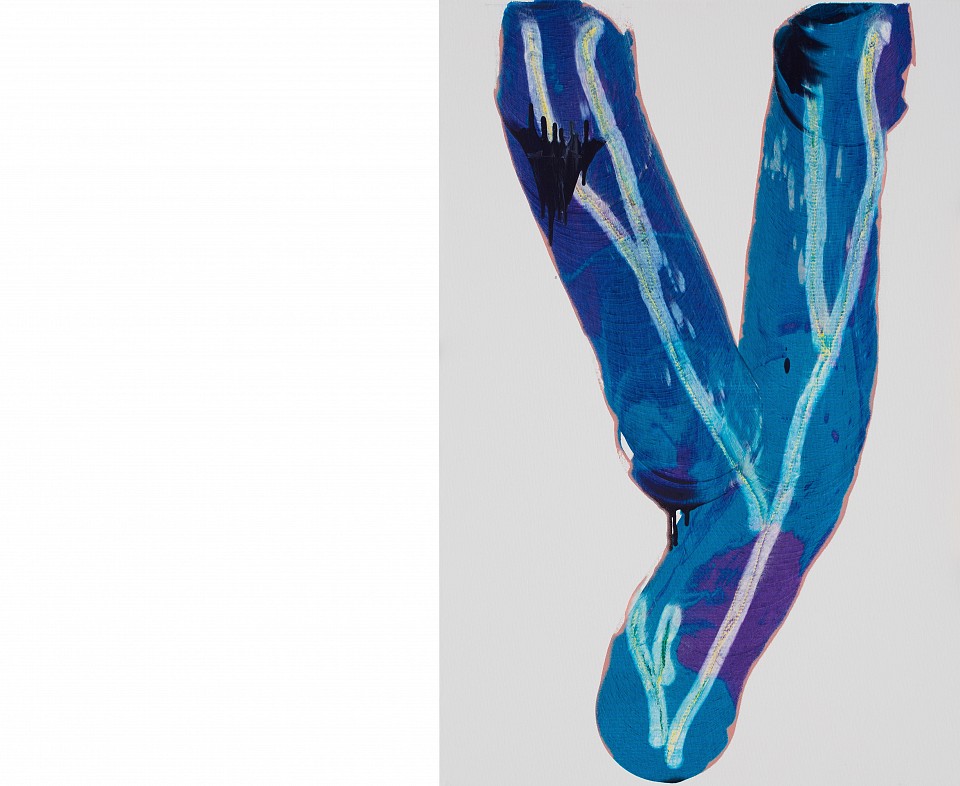
Reverse the Future IV.
Oil and glitter on canvas, 2020
150 x 100 cm
Almanac X collection
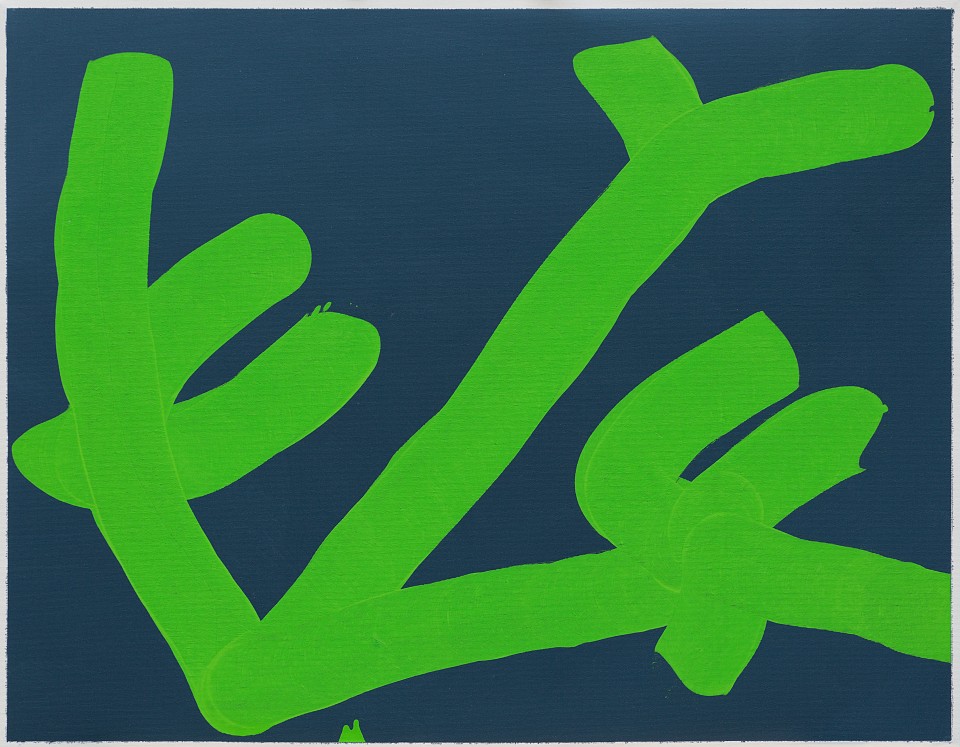
Ghost in the Shell V.
Oil on canvas, 2020
80 x 100 cm
Determination V.
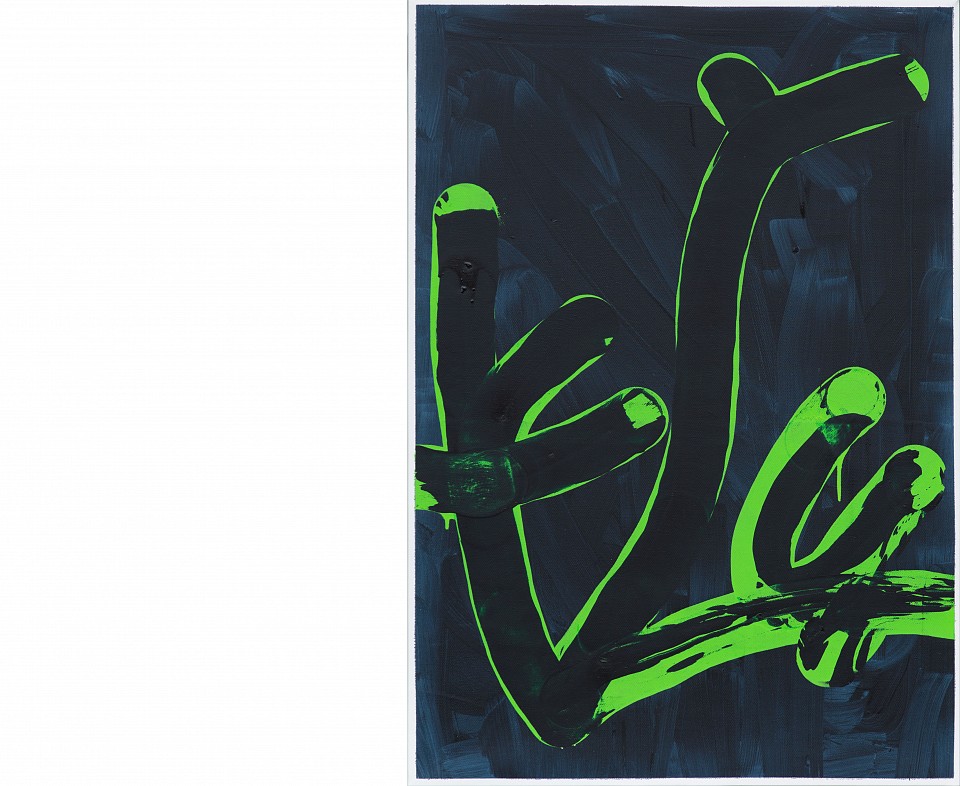
Ghost in the Shell IV.
Oil on canvas, 2020
100 x 70 cm
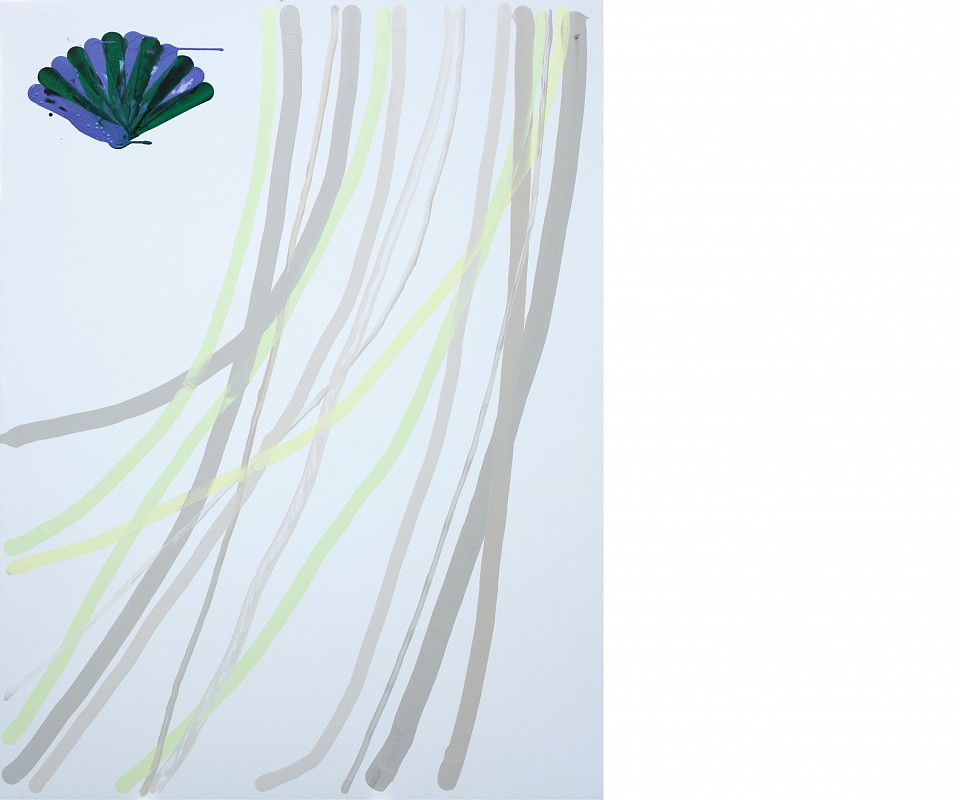
Fan IV.
Oil on canvas, 2020
200 x 150 cm
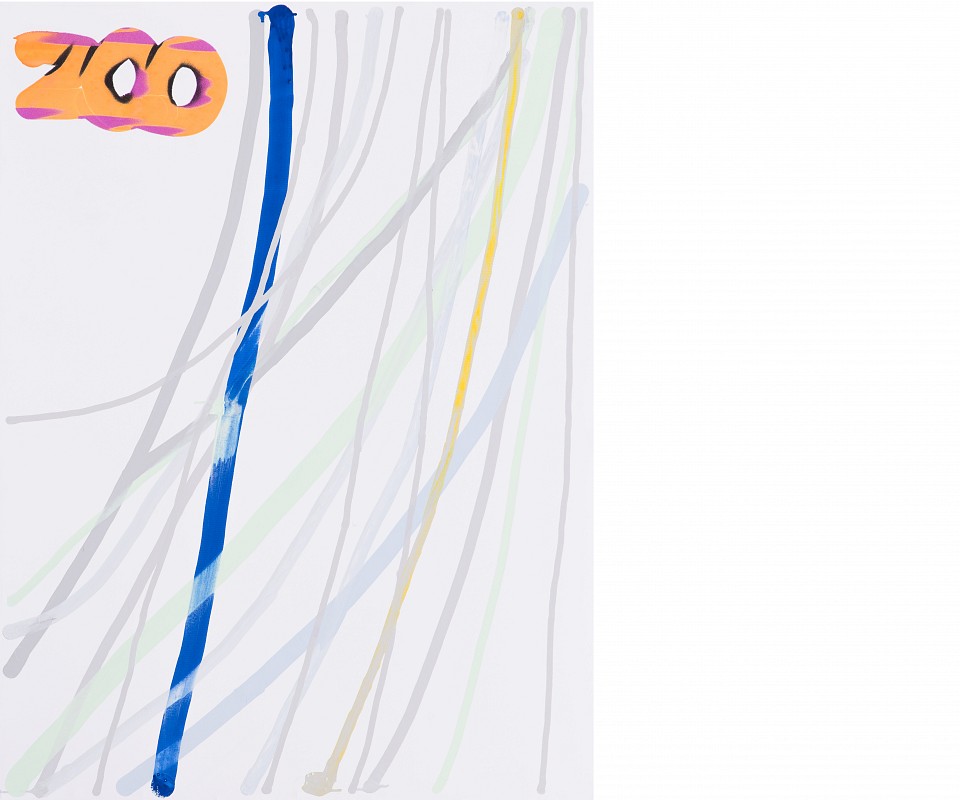
The Last Nature IV.
Oil and glitter on canvas, 2020
200 x 150 cm
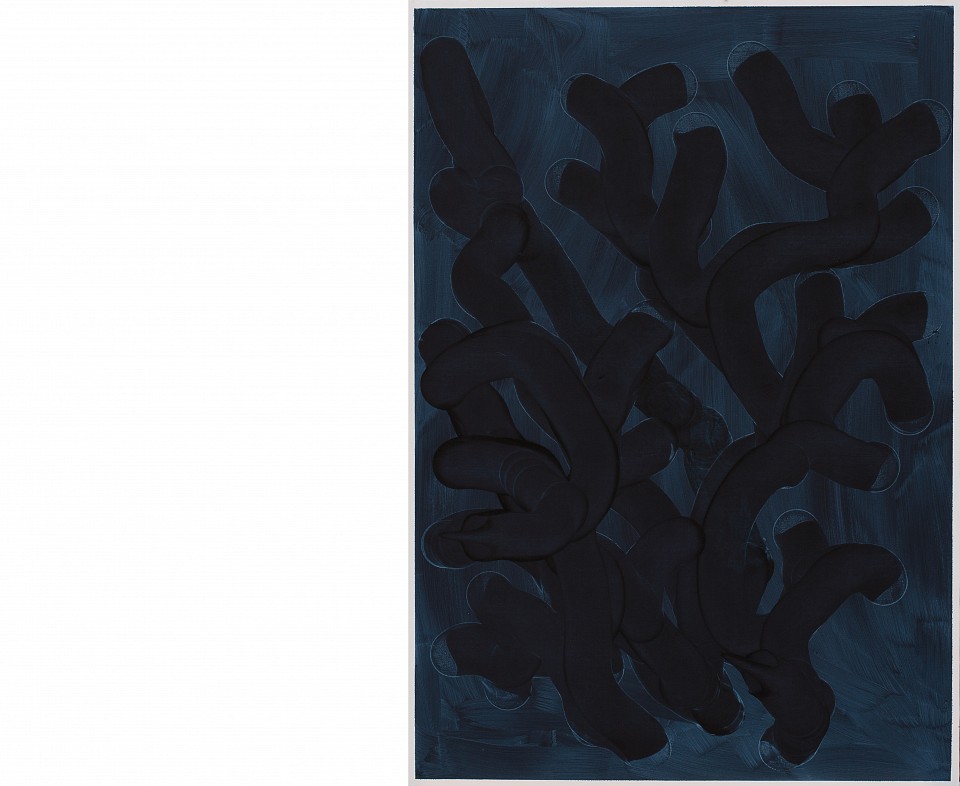
Ghost in the Shell II.
Oil on canvas, 2020
100 x 70 cm
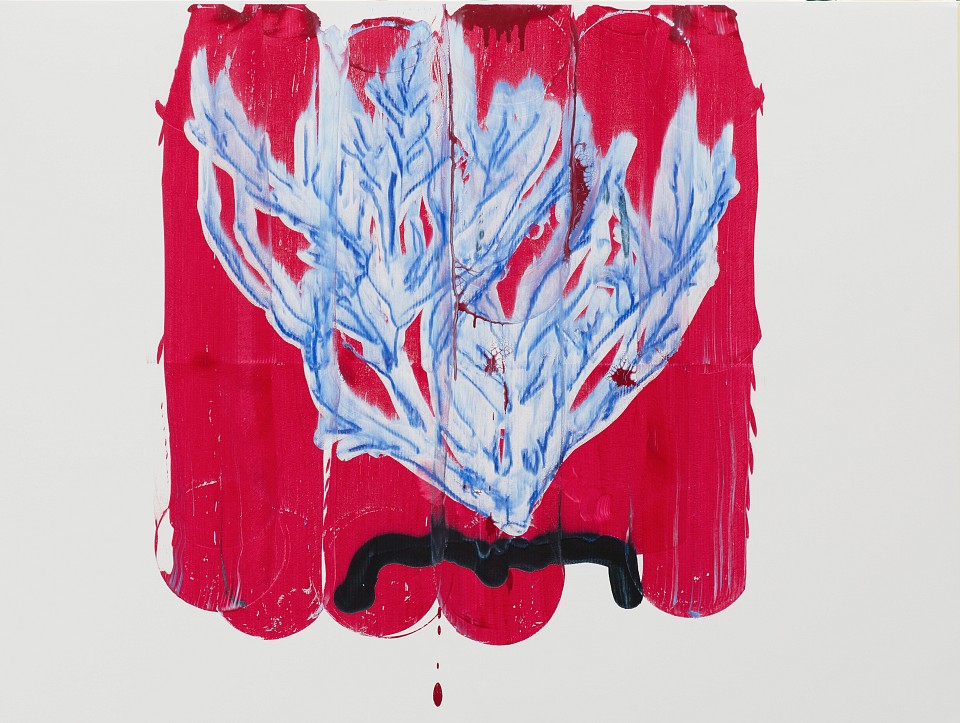
Extinction
Oil and acrylic on canvas, 2020
150 x 200 cm
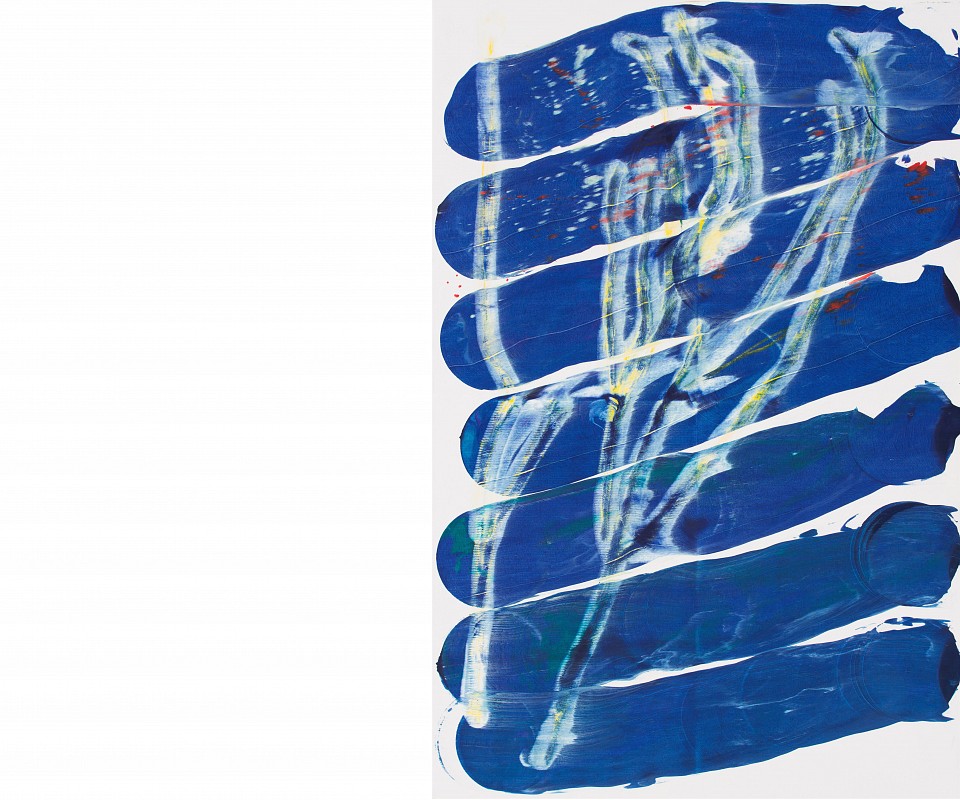
Extinction III.
Oil on canvas, 2020
210 x 140 cm
private collection
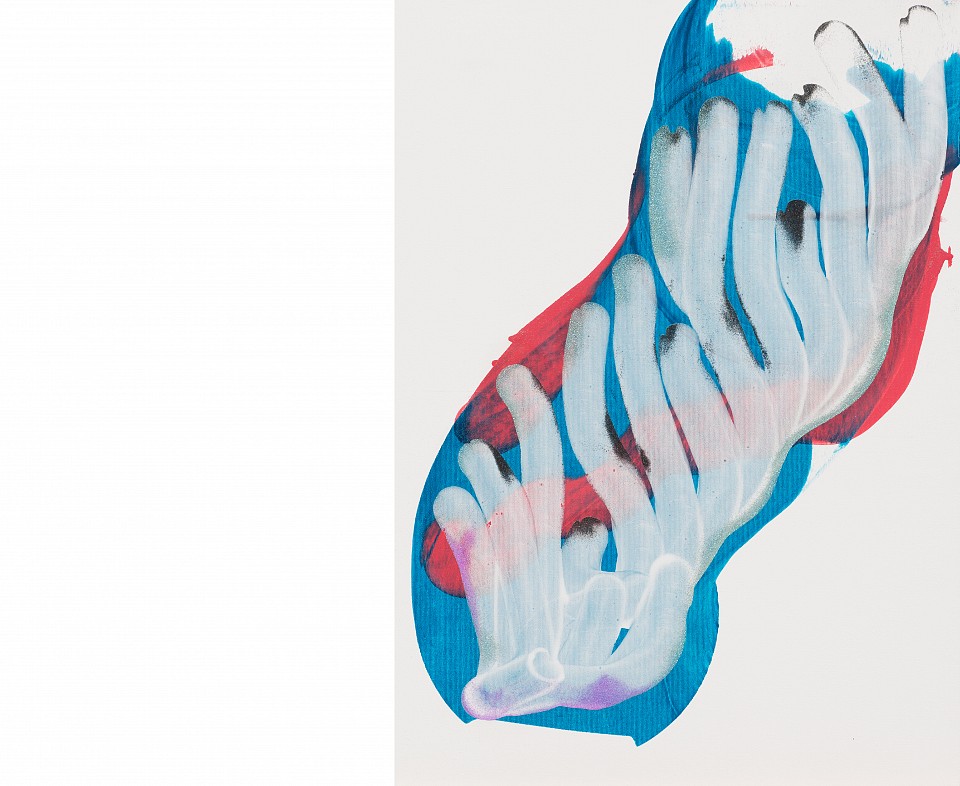
Ghost in the Shell VI.
Oil and glitter on canvas, 2020
70 x 50 cm
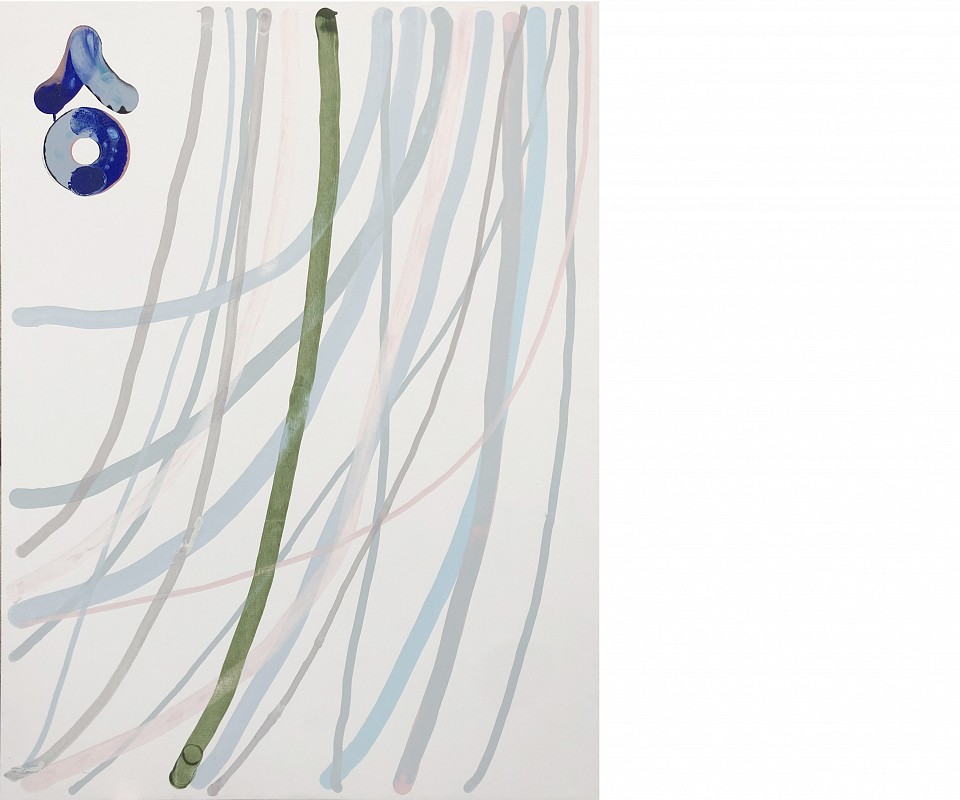
Center VS PeripherY
Oil and glitter on canvas, 2019
200 x 150 cm
private collection
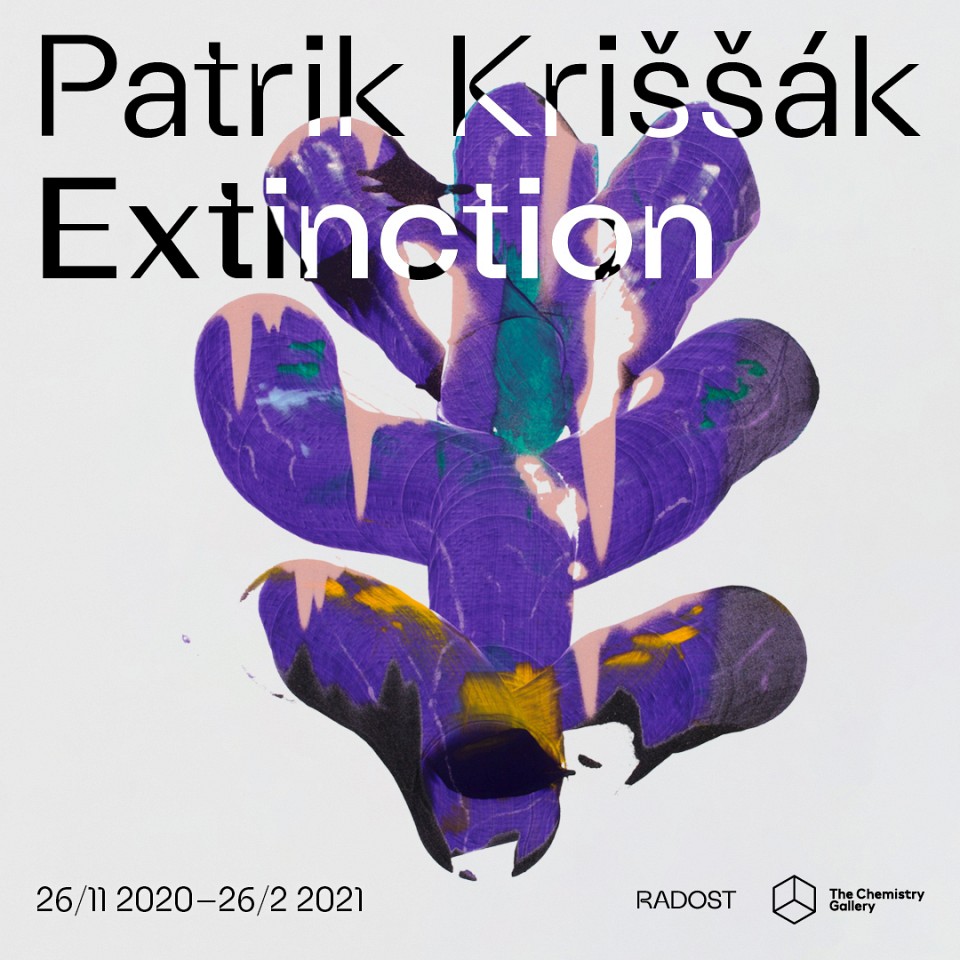
The Extinction
25.11.2020 - 26.02.2021
During the preparation of the new series of paintings, which is presented for the first time here at the Extinction exhibition in the Radost House, the author reflects on the current ubiquitous climate anxiety, which also affects it as an individual. He does not try to be activist, but he inserts a subtle ecological message into the paintings. They chose the ecosystem of coral reefs as the central theme of this cycle, and we are currently facing extinction due to global changes (hence the name of the exhibition and the entire Extinction cycle). The environment of the paintings thus brings closer the beauty, but also the transience and fragility of the underwater nature, and the problem takes place through a positive, not a negative emotion.
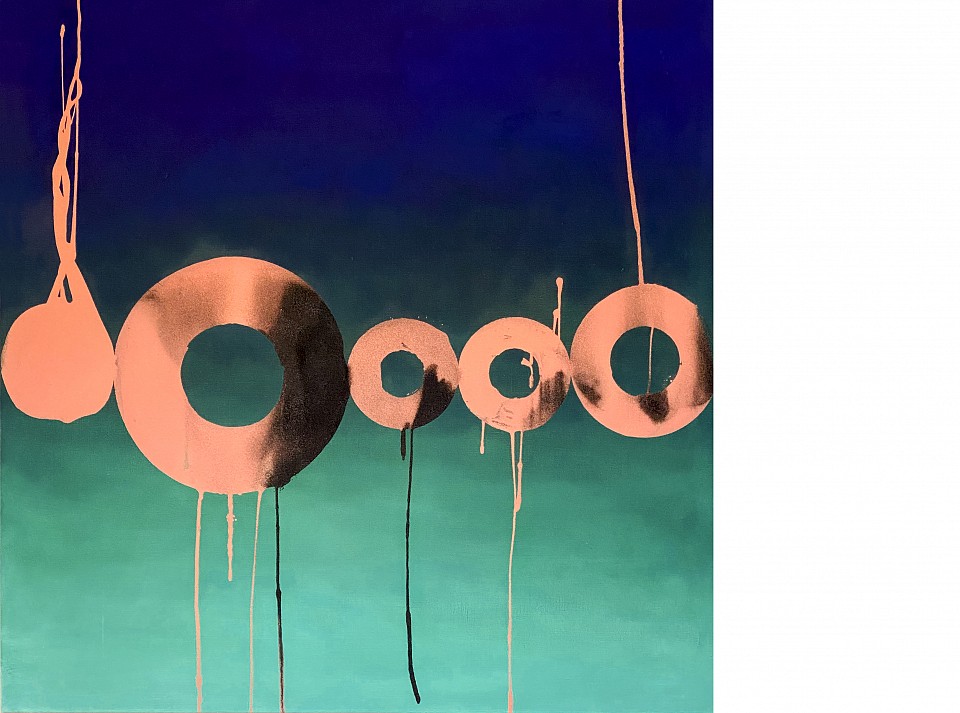
Sieben VI.
Oil and glitter on canvas, 2018
140 x 140 cm
Private collection
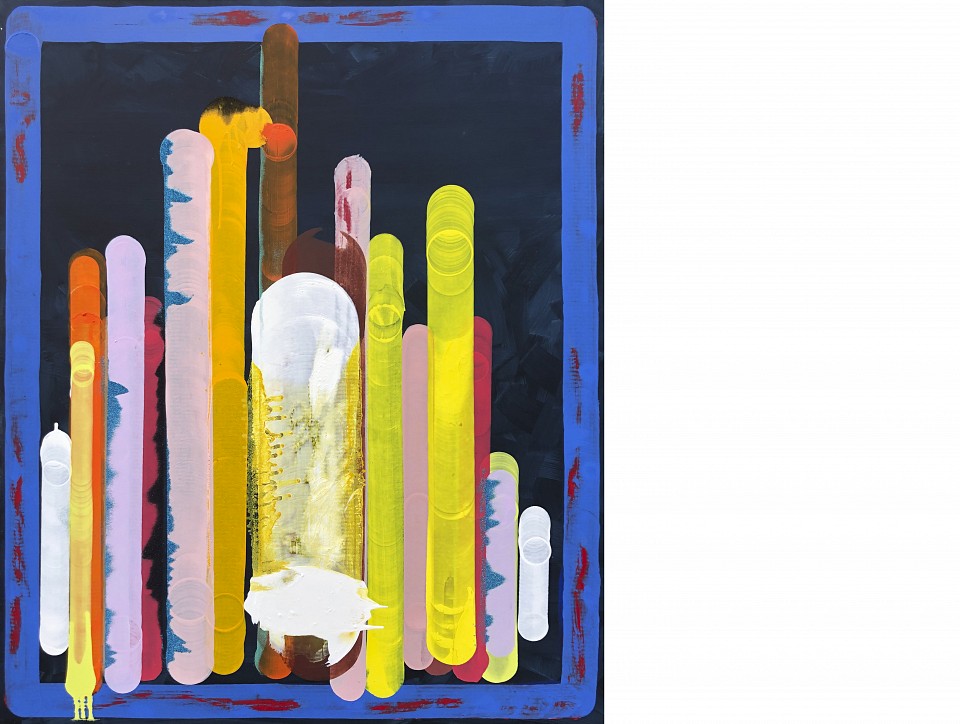
Flavin Xi
oil and glitter on canvas, 2020
120 x 100 cm
private collection
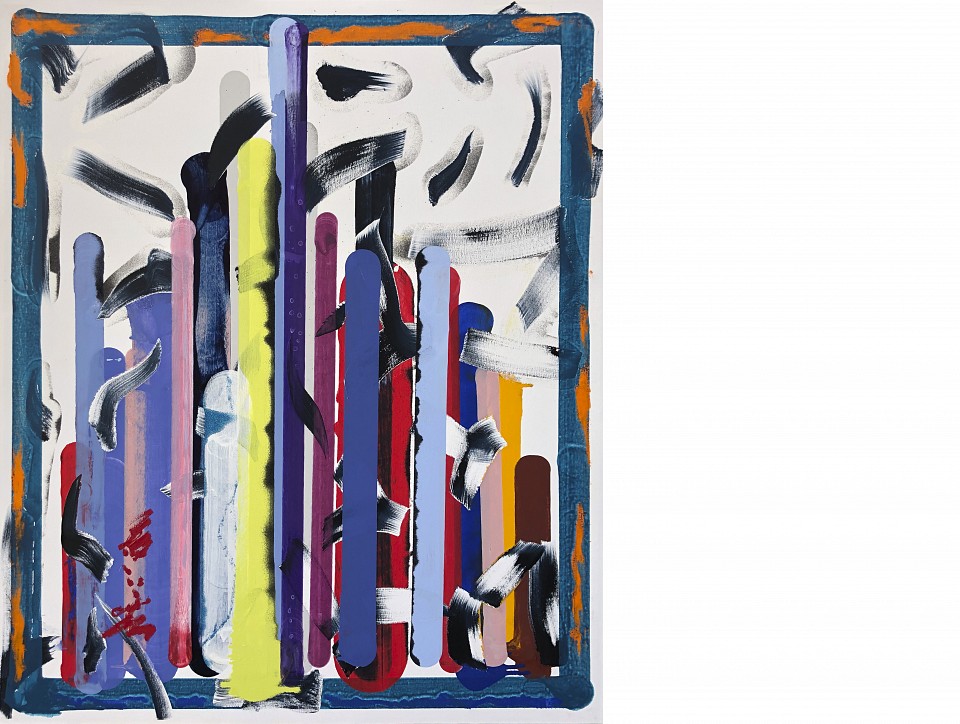
Flavin XX
oil and glitter on canvas, 2020
120 x 100 cm
private collection
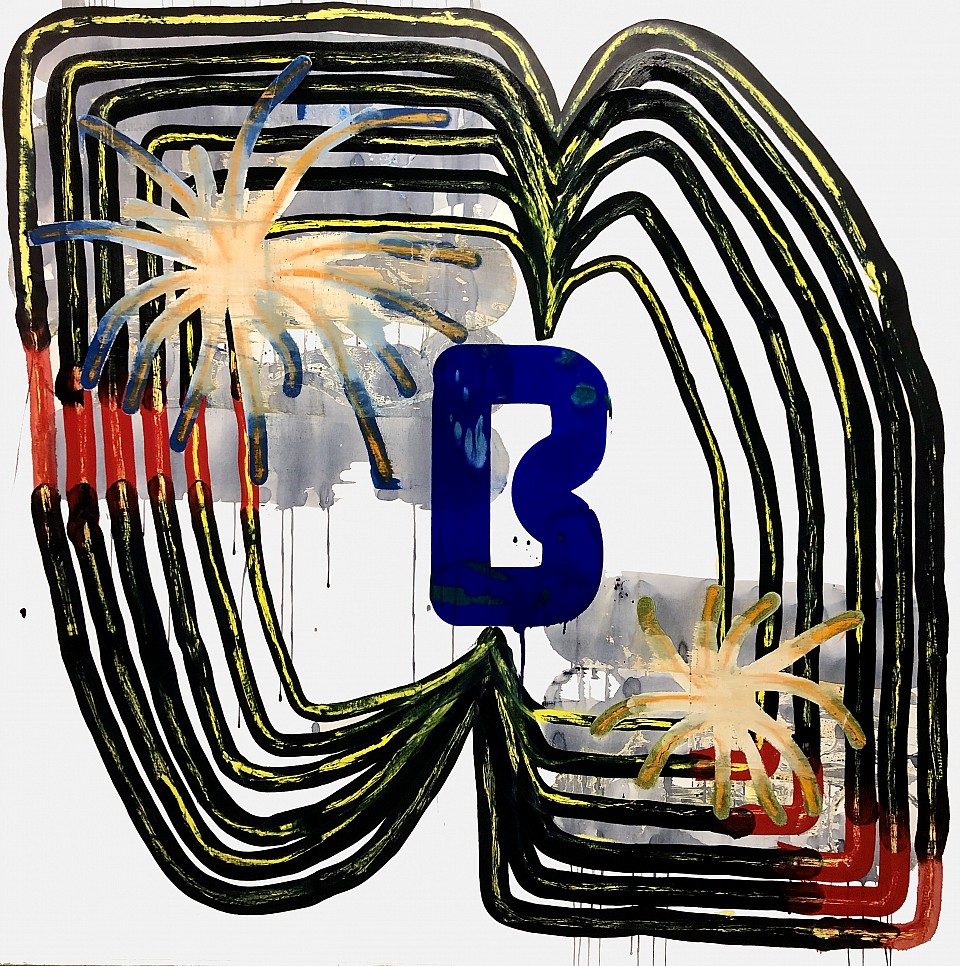
B
Oil on canvas, 2020
200 x 200 cm
private collection
SHIFT
Industrial gellery, 2020
Patrik Kriššák a Ivana Pavlíčková
Work… from a physical point of view, it is the effect of force on a body or force field that shifts or deforms that body. Ivana Pavlíčková and Patrik Kriššák enter the space of the Industrial Gallery with their artistic intervention and intervenes in the force field of Ostrava in their own way. Ivana within the space, Patrik in the possibilities of the area. They are united by the brutality they work to achieve a delicate result, divided by one dimension.
The opening room of the exhibition is stylized as a waiting room at the labor office, a threatening environment from which the heaviness of concepts breathes, employed - unemployed, main employment, secondary employment, forced labor, work as a duty.
In the middle of the main exhibition space we can find an explosion of Ivan's statuettes combined in one large central building. Ivana has just finished her studies in the sculpture studio of Michal Gabriel, but in her artefacts she mainly evaluates her experience from studying at the Hochschule für Bildende Künste Dresden (where she has definitively established her work with porcelain and ceramics), UMPRUM. She works with figures of Buddhas and other originally religious symbols, but with her work she brings them to the desacralized level of souvenirs with an esoteric touch. It connects them with artistically elaborated symbols of the hierarchical division of society such as crowns and chains, intertwined them with modeled inscriptions, and works with the emotions arising from these symbols. She built an imaginary altar of artistic work from the plinths, with definite objects clinging to the top and spoiled clay and waste of artistic production near the ground.
Patrik exhibits his paintings created by the technique of bottled painting. On the Czech art scene, this young painter has already established himself as an experimenter seeking and transcending the boundaries of traditional painting. Painting of bottles belongs to his iconic expression. Without the use of a brush, it covers the canvas with a paint whose trace is determined by the opening of the glass bottle from which it is immediately applied to the canvas. This process then fundamentally transforms the work of the work. On the one hand, a constant footprint of the bottle associates a record of the most basic painting software. However, this technical manuscript is disturbed by the unpredictable effects of a real painting medium. What is the result are the natural elements, inevitably stylized with respect to technology. They are a subjective testimony of reality, its distorted reflection in the mirror of surface painting.
Both exhibiting artists have a relationship to Ostrava, a place where work is connected with hard work and darkness down. However, they bring to the surface the work associated with the creation of artifact, distort the force field of this city in a provocative way: exposure visually appealing as a shimmering mirage of their own world inscribed in symbols and gestures in clay and color, shouting and dancing gods the uncertain processes of creation become the certainty of the artistic image.
Lucie Pangrácová
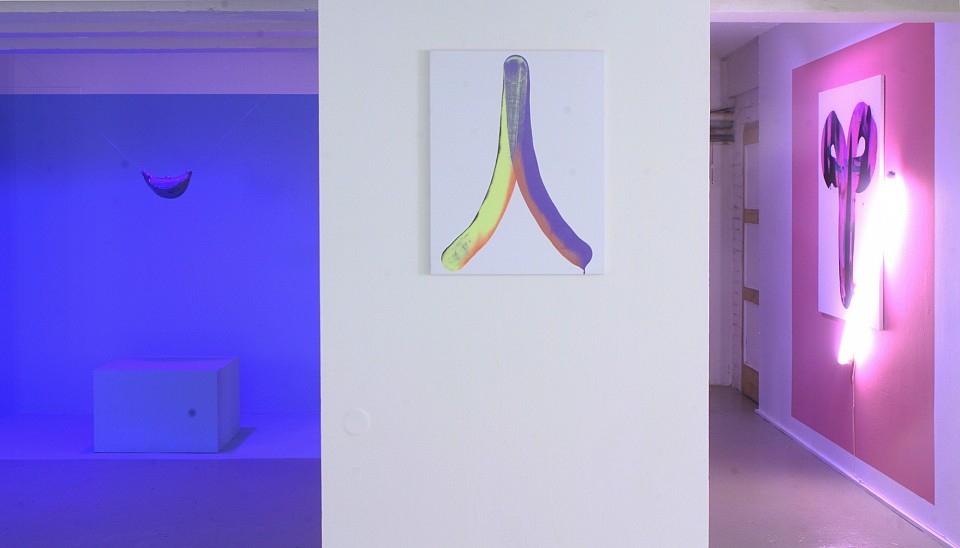
COLOR BLOCKING
Dole gallery, 2019
Patrik Kriššák a Ivana Pavlíčková
The joint exhibition of Patrik Kriššák and Ivana Pavlíčková with links to the Ostrava Faculty of Arts called Color Blocking refers to its name to the world of fashion, in which it indicates the effort to use strong color tones of the same intensity, often selected from opposite poles of the color spectrum. Metaphorical transmission into the world of art, in which the definition, contrasting or tuning of tones is one of the essential elements of artistic expression, can be perceived as an endeavor for complementary under the impression of an installation in which not only color and light but also the spatial conditions of the gallery delimitation / interconnection of two highly traditional forms of artistic production - painting and sculpture.
M. Mikolasek
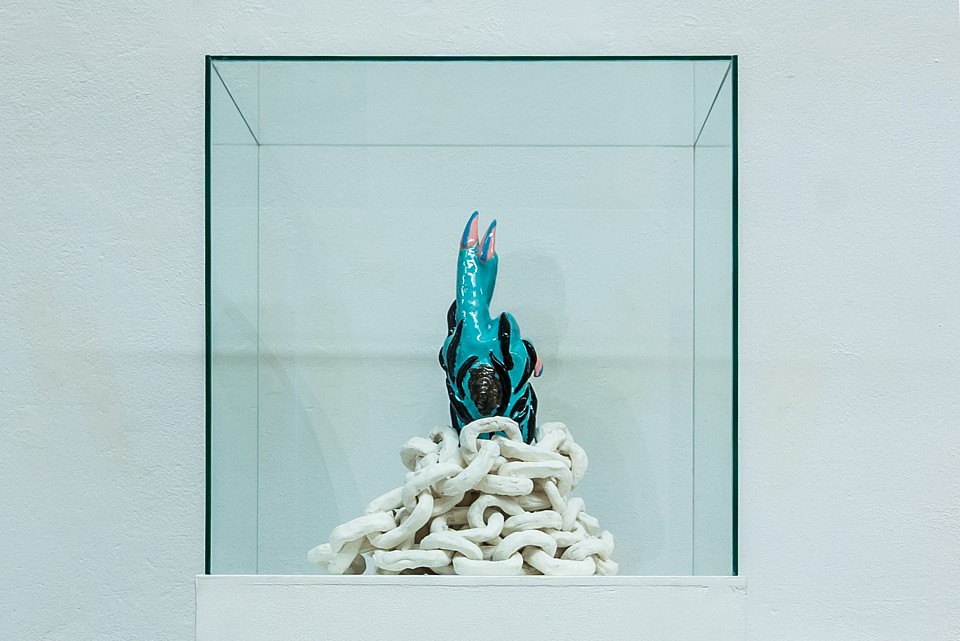
RUDE AWAKENING
Basement project, Olomouc CZ, 2019
Patrik Kriššák, Ivana Pavlíčková, Andrea Mikysková
Ivana Pavlíčková, Patrik Kriššák and Andrea Mikysková are three artists of the emerging young generation. Although they devote themselves to their own work, both formally and in terms of content, presented within individual exhibitions, they are examples of long- term artistic cooperation. Their joint exhibitions thus represent an interconnection of both neomedial and traditional artistic approaches that combine interest in the reflection of a particular social theme or their own personal attitudes and ideas.
The Basement Gallery presents the exhibition Rude Awakening. The literal translation (Coarse / Dirty / Indecent / Violent Awakening) makes sense, but personally I create a situational equivalent to the title - to be awakened by a slap. The main topic to which the artists relate is the climate crisis. Through individual works, however, they do not express themselves primarily on the message and contents of the climate crisis, ie what is behind it and what it represents exactly. But how the topic does not resonate with society is the subject of their analysis.
With his paintings, Patrik Krishak raises the question of whether the theme of the climate crisis can be, or even is, profane? And what does it mean? Resignation, apathy on the one hand, panic, anxiety and a state of existential threat on the other. The symbols of the achievements of our civilization (palm = paradise) are accelerating in the infinite growth of gross domestic products (long established as indicators of the quality of human well-be- ing) so that they become warm, start to burn and catch everything around them.
Andrea Mikysková also discusses the influence of economic, social and political systems on the relationship between man and his natural habitat. In video collages that contain countless real images of our world and based on their own imagination created by digi- tal graffiti, the viewer watches a pre-image of what happens if we, indeed, as a company and as an individual, choose to ignore our own responsibility. The disturbing aspect is the uncertainty caused by the question whether we are no longer in that state. We protect the public space of our concrete cities by thorough legislation, does the landscape have such protection?
Ivana Pavlíčková is engaged in object creation, especially in the form of ceramics. Her work shows a continuous interest not only to explore the boundaries of traditional media, but also to analyze the content and formal relationships of contemporary, recent and his- torical art. This is a type of institutional criticism. In the context of the exhibition, her work raises a complex question, what position should art take on the climate crisis?
Being awakened by a slap is hardly a pleasant way to leave a relaxing and safe sleep environment. It is an unpleasant moment of ecstasy. There are several ways to read the context of the exhibition. We experience the slap as humanity, we stretched out ourselves and the growing media and social interest in the climate crisis triggered a swing. Will the pain be enough to wake us? Or will we get used to it? What if it even makes us happy? What if waking up slap is still too decent a way to wake us up? And what if nothing awak- ens us - life in the endless dream of human well-being.
Text, David Bartoš
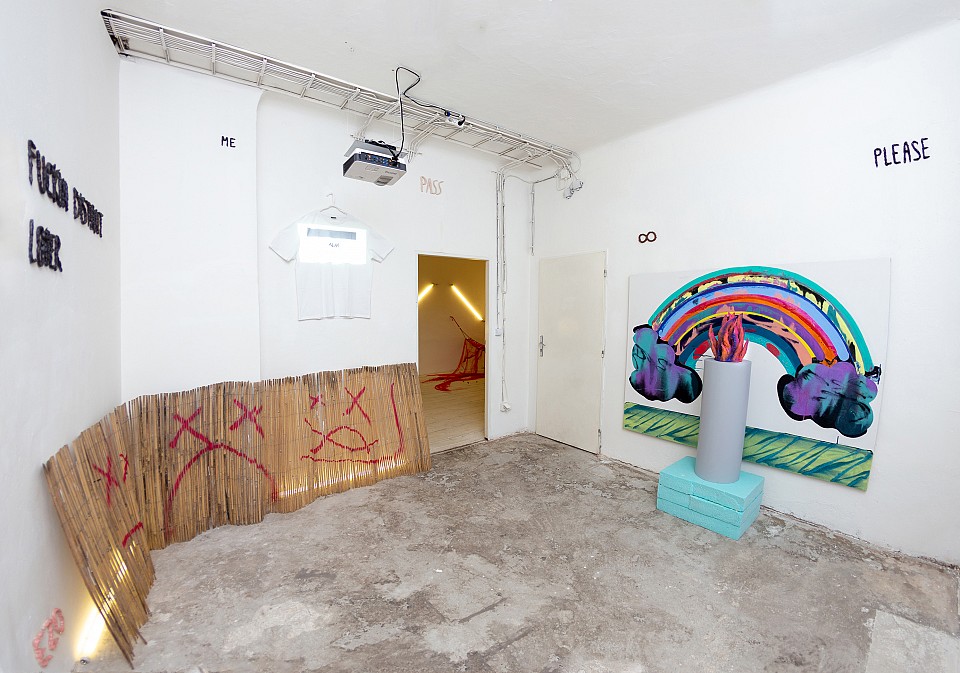
CHOKER
Holešovická Šachta gallery, Praha CZ, 2018
Patrik Kriššák, Ivana Pavlíčková, Andrea Mikysková
Holešovice shaft gallery for the first time presents the results of cooperation of three young artists Ivana Pavlíčková (born 1990, CZ), Andrey Mikysková (1990, CZ) and Patrik Kriššák (1986, SK).
Choker is a collaborative project of three artists who have grown up with the Internet and for whom the digital world is as natural as the physical. Through various artistic approaches, they explore the impact of ubiquitous technology on human being.
Their multimedia approach combines materials such as video, ceramics, painting, drawing, photography and printing.
Each of the authors grew up in a different cultural environment, and this is reflected in their approach to work.
Ivana Pavlíčková’s work is influenced by her studies in industrial Ostrava (now she lives and works in Dresden), where the social themes are compacted and the individual human fates of the local environment overlap with the biggest changes in the Czech context and perhaps why she often works with historical parallel or digital 3D programs that in turn create a parallel to the future.
For Andrea Mikysková, the environment of the capital is a lifelong matter, from which she draws inspiration for videos commenting especially on the consumer society and everyday pitfalls of consumer kitsch.
The spontaneously romanticizing part of the exhibition is dominated by the classical hanging picture of the hybrid ideal by Patrik Kriššák. The movement between genres demonstrates a wide range of emotions or art-related situations through colorful abstract compositions representing their materiality (fig. Why people can’t stop touching paintings).
The Choker exhibition is an intimate spatial composition of works with their own associative logic, which we can follow gradually in individual rooms, which are connected by light tubes. Excessive omnipotence distilled the excess into ecological disasters, a slow but even more devastating nature. The reaction of a rigid systemic composition can hardly and slowly regulate changes for the better. These experienced internal settings are reflected in the background of these events. The clash of everyday struggle with a rigid ideology, its attempt to transform it, or its total surrender, eventually results in a thrilling scenario that we can observe “live”.
This situational text game with the transience of communication formulates questions about the introduction of a new virtual language that is constantly changing and evolving. Elements of classical written script in printed form are
in imbalance with the necessary tactility and awareness of the seriousness of the uttered word, which we have been bound for centuries as a covenant.
Words and text on the Internet need to return their lifetime. No one will delete anything.
It’s on your shirt.
I, P, A
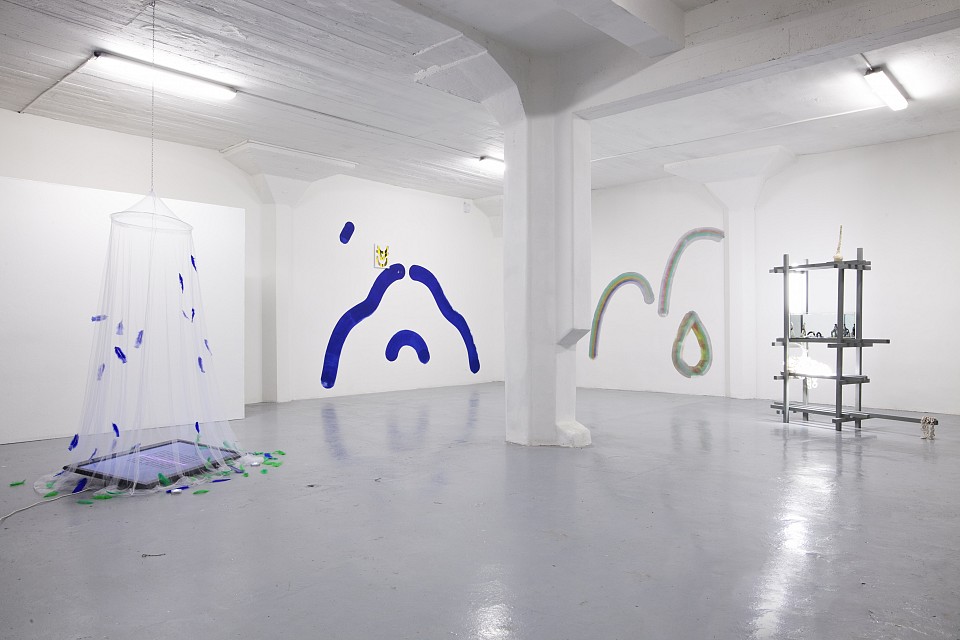
Beuys don't cry
Pragovka gallery, 2019
Patrik Kriššák, Ivana Pavlíčková, Andrea Mikysková
Nowadays cult films dealing with media and corporation manipulation such as Videodrome (1983, director: David Cronenberg) or Eternal Sunshine of a Spotless Mind (2004, director: Michel Gondry) feature advertising slogans for a better life (change) . Similarly, a form of some unlikely reality appears in both films. And it is with this strange, altered (incomplete, fictional) reality that Andrea Mikysková, Ivana Pavlíčková and Patrik Kriššák work in their work.
Andrea Mikysková (* 1990, Prague, Czech Republic) studied at the Supermedia studio at the Academy of Arts, Architecture and Design in Prague and completed both an internship at the Academy of Fine Arts in Prague and an internship at the Universität der Künste in Berlin. She belongs to a generation of authors whose work is aptly described by the title of Jozef Mrva’s review This Experience Was Born Digital (Artalk, 2015), a younger generation for whom mobile and web technologies are a natural part of life. Her work draws on the im- mense data content on the Internet and her own experience of a constant presence in the online space.
Ivana Pavlíčková (* 1990, Hranice, Czech Republic) is an artist dedicated to experimental objects and installations, main themes are criticism of society, and objected-oriented on- thology. She currently works mainly in the field of ceramics, which she interconnects with 3D technologies. She lives and works in Dresden. In 2017 she graduated from the Depart- ment of Fine Arts in Brno, atelier of Michal Gabriel and completed both an internship in Hochschule für Bildende Künste in Dresden, atelier of Martin Honert.
Patrik Kriššák (* 1986, Kežmarok, Czechoslovakia) graduated in 2011 from the University of Ostrava’s FU (atelier of Painting I. prof. Daniel Balabán). In the same year, the STRA- BAG Art Award was nominated in Austria, followed by the Start Point Prize 2011 and Critics’ Award for Young Painting and its Overlaps 2012. In 2015, he participated in the Zlín Youth Salon. He completed his residency in the Capital of Culture 2016 A.i.R. Wroclaw. Krissak’s work is of an experimental nature, his technique ranks among the non-brush painting, developing the modernist traditions that began in the 1960s in America. Overlapping with current trends, which are influenced by information technology and new media, the manu- script refers to the so-called “post digital age”.
V. Zajačiková
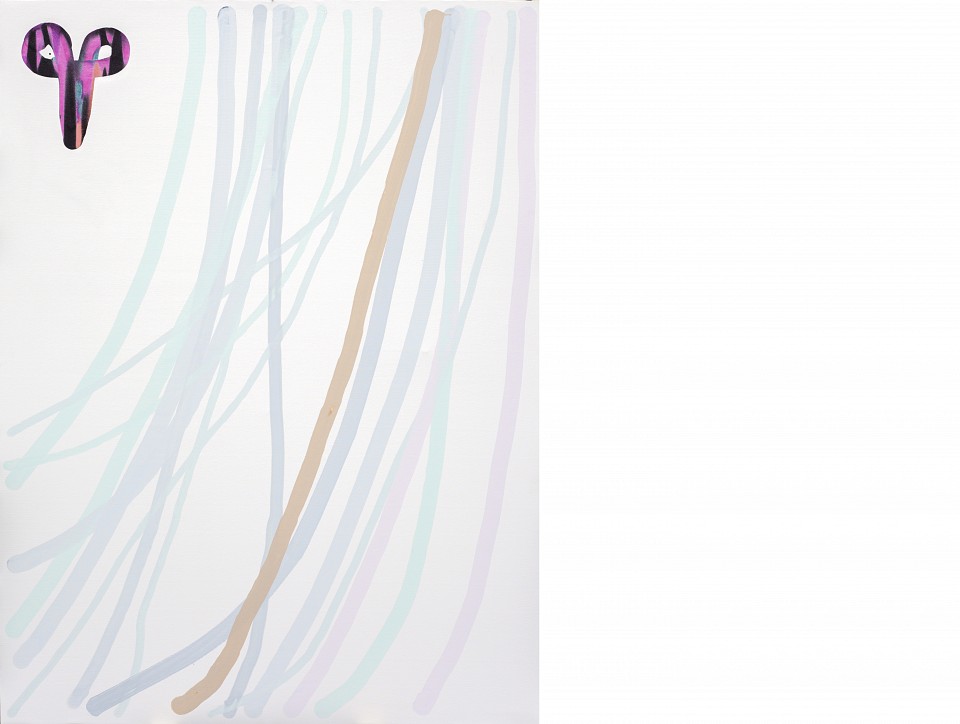
The Enigma of Woman III.
oil and glitter on canvas, 2019/20
200 x 150 cm
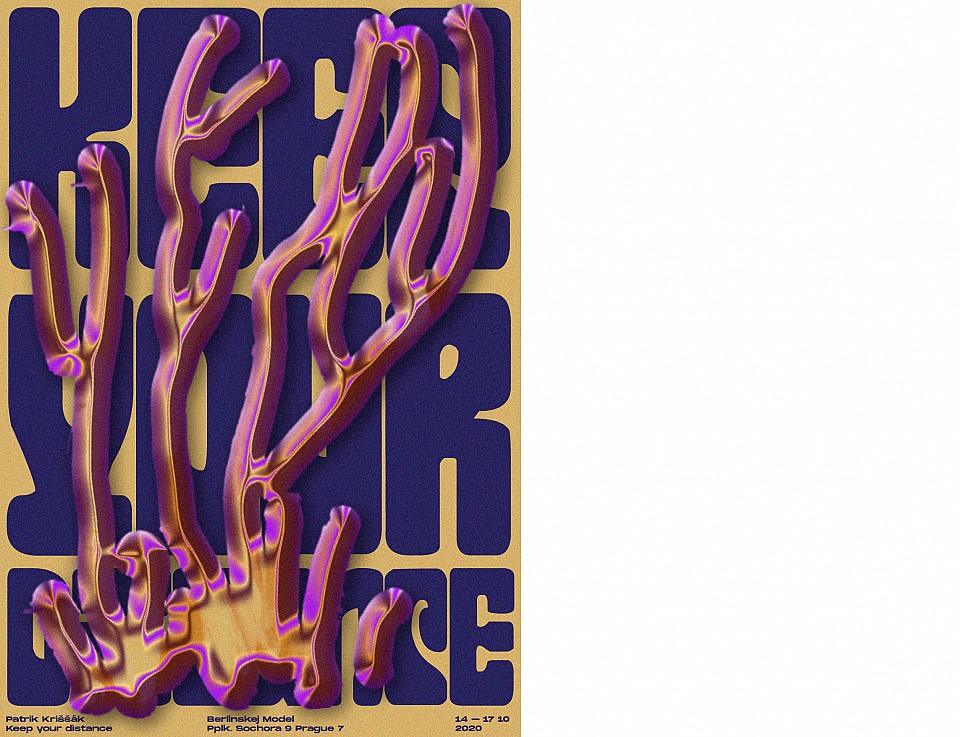
Keep The DIstance
14.10.2020
In the exhibition "Keep Your Distance" I want to compare the topic of the extinction of coral reefs and the human situation associated with the SARS COV-19 disease. What these topics have in common is a global character. Human disease is given more attention than the extinction of organisms on the planet, even though it may (or should not) carry equal weight with respect to the survival of civilization.
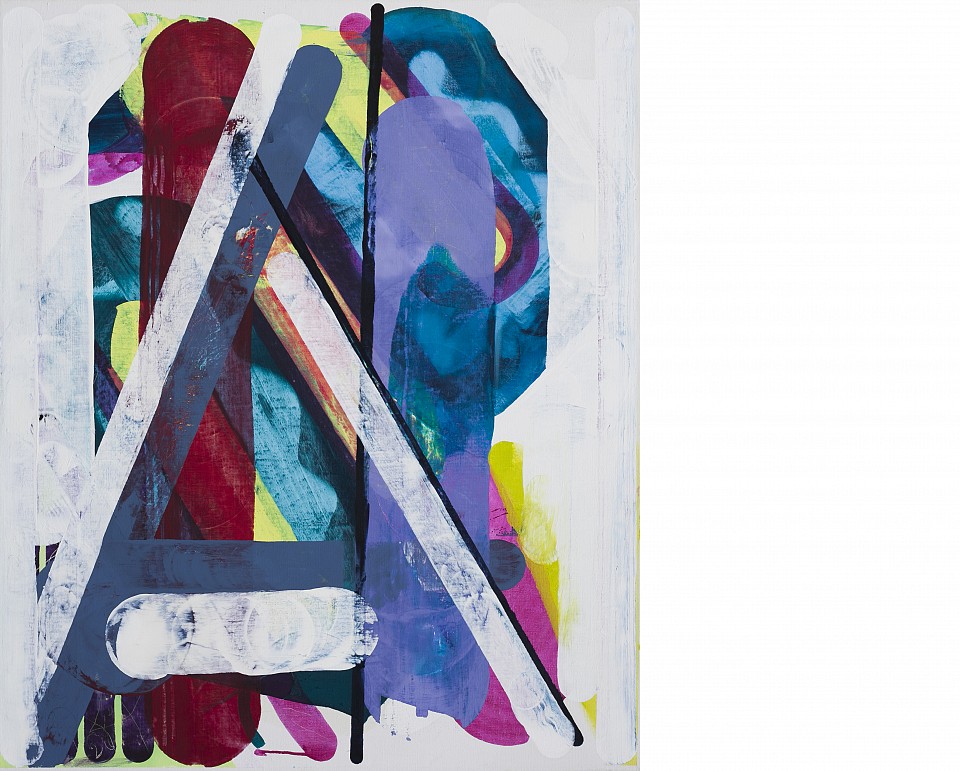
Untitled
Oil on canvas, 2019
120 x 100 cm
private collection
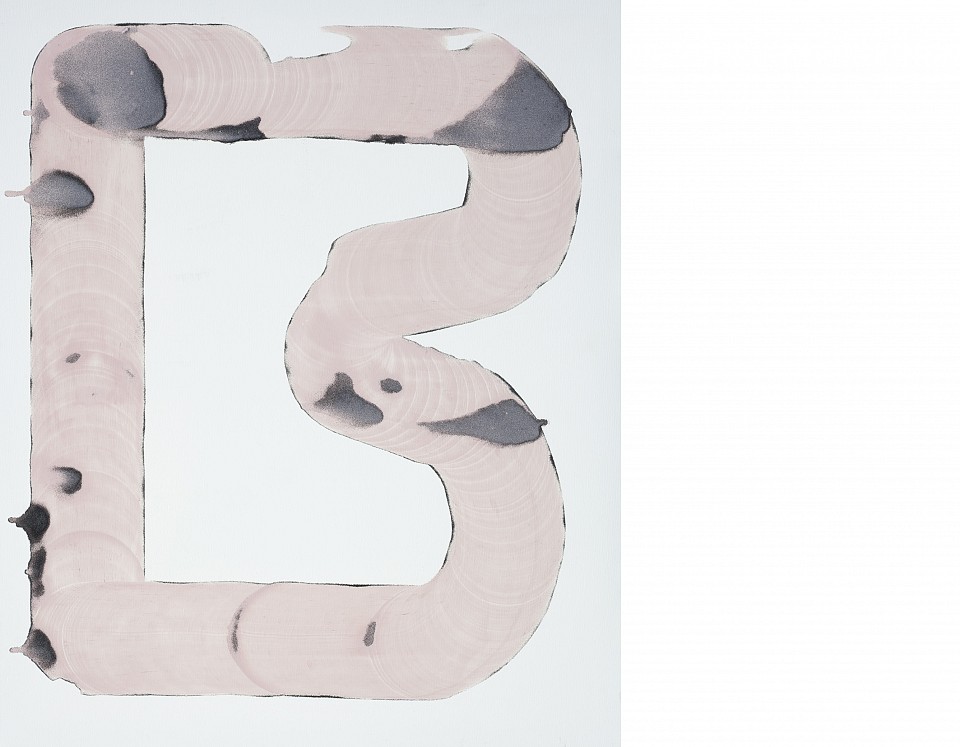
B II.
Oil and glitter on canvas, 2019
120 x 100 cm
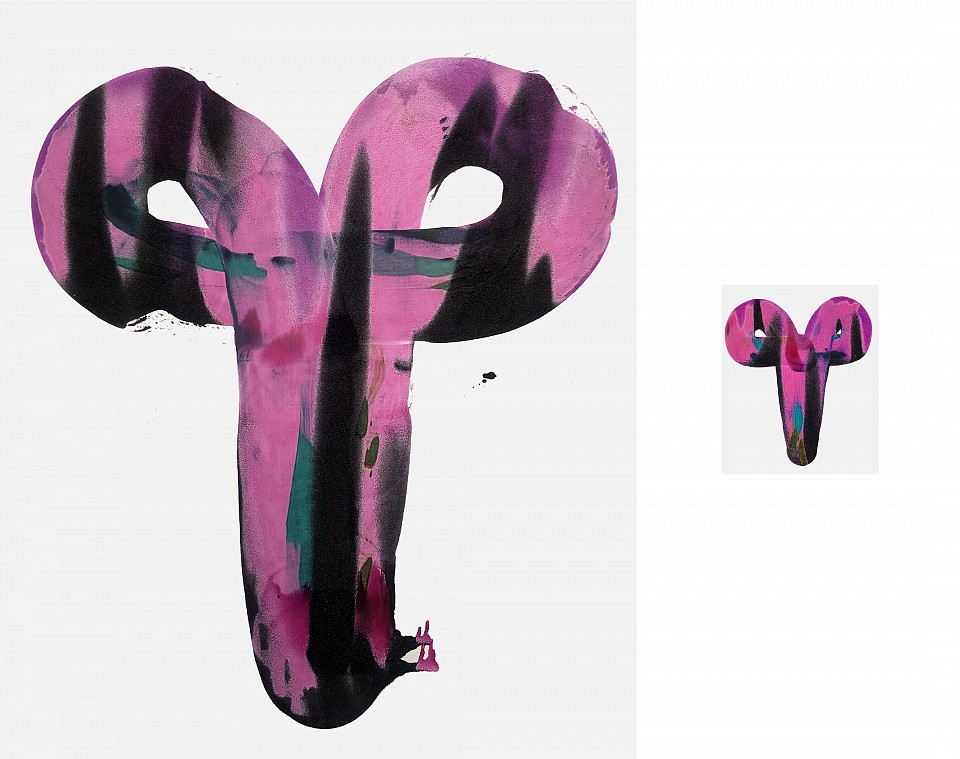
The enigma of Woman I. II.
oil and glitter on canvas, 2019
120 x 100 cm
preOidipus I. II.
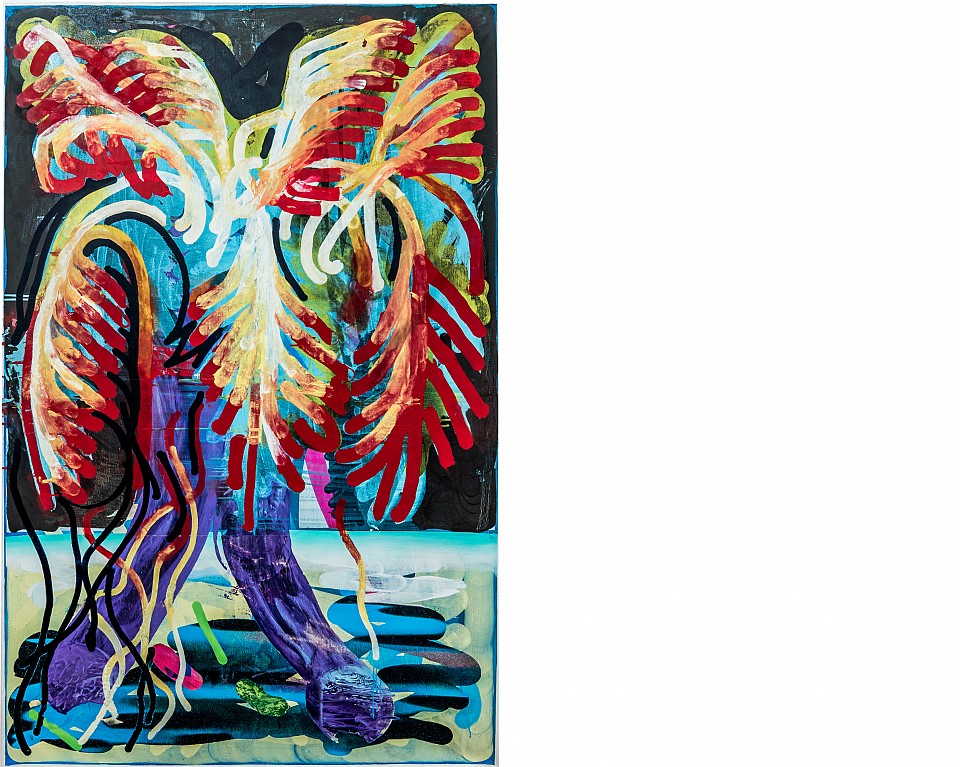
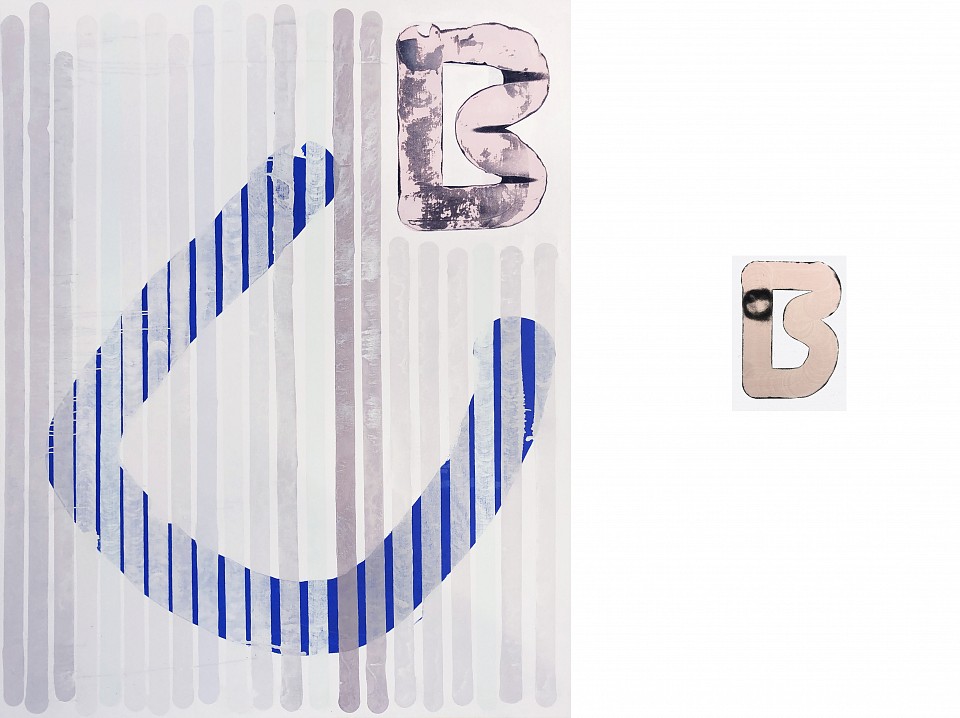
B III., I.
Oil and glitter on canvas, 2019
200 x 160 cm, 40 x 30 cm
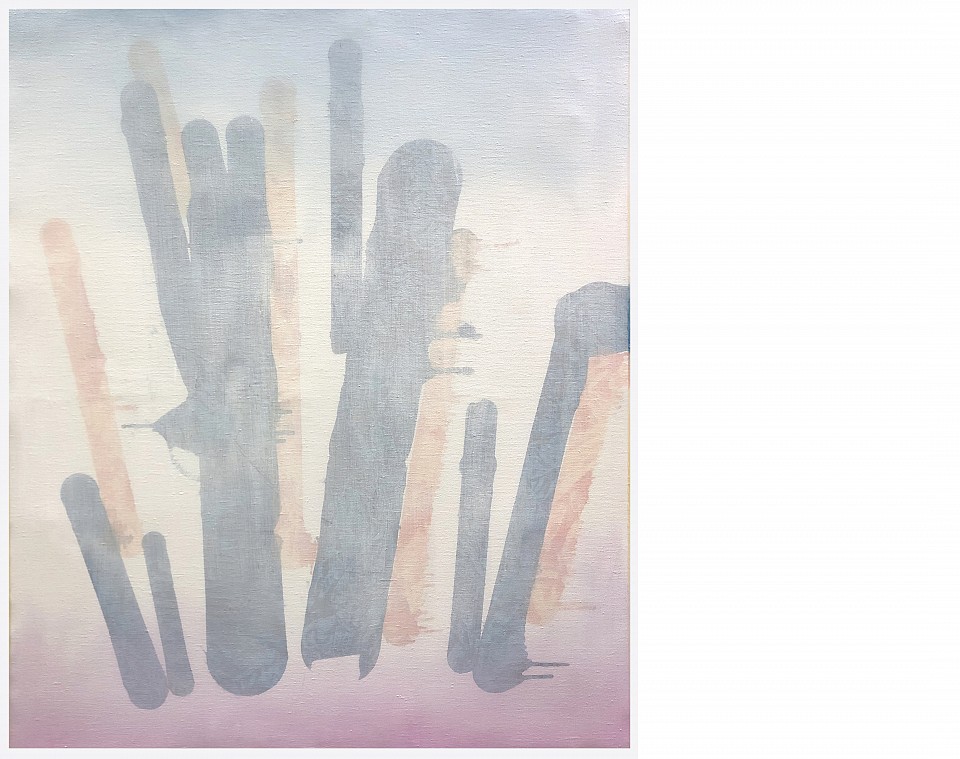
The Later on
Oil on canvas, 2019
120 x 100 cm
private collection
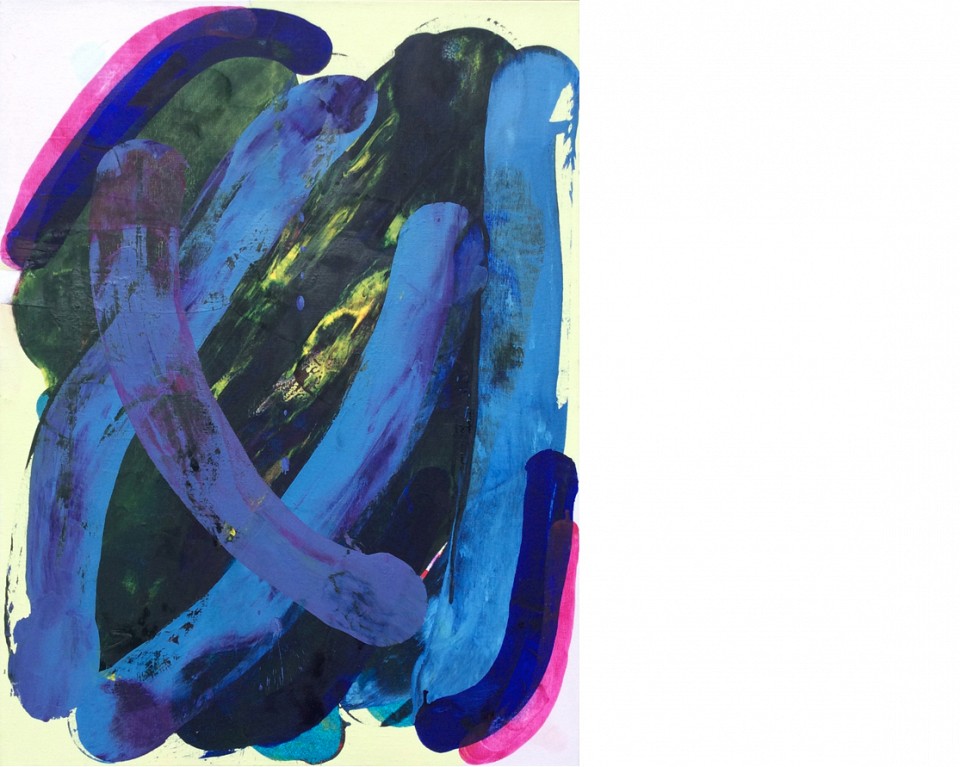
How deep is the ocean
Oil and glitter on canvas, 2017
120 x 90 cm
private collection
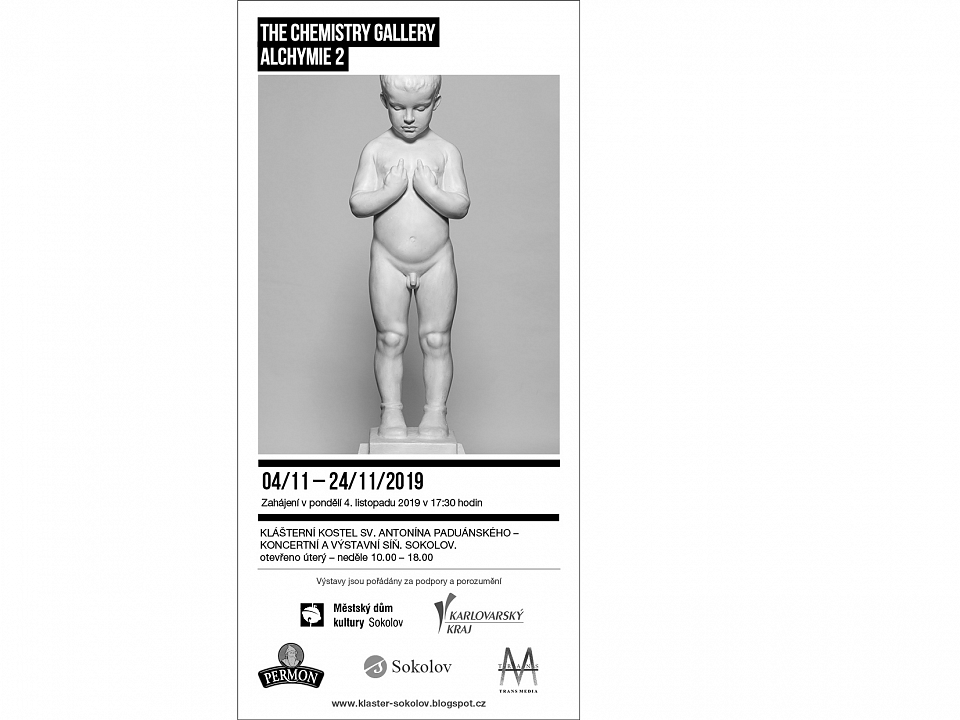
Alchymie 2, The Chemistry gallery
Group exhibition, 2019
Zbyněk Sedlecký
Filip Kůrka
Tomáš Jetela
Matouš Háša
Martin Böhm
Patrik Kriššák
Sadofsky & Trantina
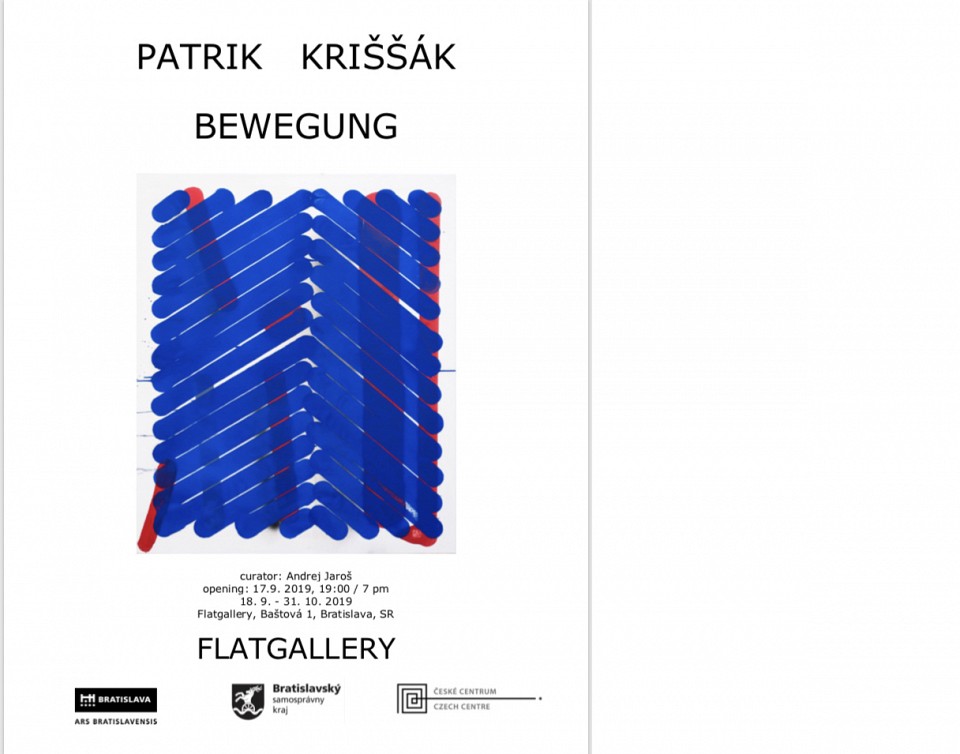
18.9. - 31.10. 2019 Bewegung, Flat gallery, Bratislava
2019
Patrika Kriššáka ako autora registrujem odvtedy, keď sa pred troma rokmi prihlásil do otvorenej výzvy na výstavný plán Flatgallery 2018. Autor ma svojou sviežou tvorbou natoľko zaujal, že som si počas doktorského štúdia na Karlovej Univerzite v Prahe našiel čas na návštevu jeho ateliéru v Holešoviciach priamo vo funkcionalistickom komplexe kultového kina BIO OKO. Už pri prvom osobnom kontakte som vedel, že práve on bude mať čoskoro vo Flatgallery samostatnú výstavu. Teším sa, že autor má sólo výstavu, prvú na svojom domácom Slovensku práve u nás, keď je teraz aj finalistom Ceny Nadácie VÚB, súťaže Maľba roka 2019. Jeho gestická, lineárna maľba v ostrých/čistých tónoch farebnej škály navyše doplnenej pop-artovými trblietajúcimi glittrami vzbudzuje na seba pozornosť v hocijakom priestore. Minimalistická lineárnosť jeho malieb vzniká vďaka špecifickej autorskej technike, maľbou tekutými farbami priamo z fľaštičiek rôznych veľkostí a priemerov vytvára rozmanitú variabilnosť ťahov, nahrádzajúc klasické štetce a vytvárajúc pritom pulzujúce dielo zachytené v pohybe. Zaujímavý je aj samotný proces nanášania farby na plátno, natáčaním do horizontálnej polohy. Vychádza tak svojim spôsobom z akčnej maľby Jacksona Pollocka, ale v tomto prípade ide už „kontrolovanú náhodu“. Čistota bieleho podkladu umožňuje vyniknúť abstraktným, jasne ohraničeným plošným tvarom, ktoré vytvárajú prelínaním a vrstvením rôznorodé obrazce, až akési archetypálne útvary, ktoré evokujú podoby pravekého obrazového/znakového písma, alebo odkrývajú nepoznané hlbiny ľudskej duše, prekryté nánosmi kultúr, sociálnych modulov a schém správania. Preto jeho výtvarný prejav intenzívne zasahuje predovšetkým naše vizuálne zmysly a emócie, ktoré v nás vďaka týmto abstraktným štruktúram ako aj výraznej farebnosti vytvárajú rôzne pocity. Toto autorské vizuálne experimentovanie mi pripomína moje detské časy, keď som po škole navštevoval nevlastnú mamu v jej psychologickej ambulancii, kde som so zanietením a zvedavosťou objavoval Rorshachov test, ako aj Lűscherov farebný test a ponáral sa tak do nepreskúmaných zákutí ľudskej mysle, ako aj vedomia/nevedomia/podvedomia a zložitosti myslenia. Abstrakcia je pomerne stále mladá etapa umenia, kedy sa začala objavovať v náznakoch od prehistorických čias s väčšími, či menšími pauzami. No nevídaný rozmach zaznamenala až začiatkom 20. storočia v podobe prvých avantgardných smerov ako bol suprematizmus, De stijl, geometrická abstrakcia, ktorá sa v plnej sile rozvíjala predovšetkým na západe v 50. rokoch u Marka Rotha a dodnes sa recykluje v rôznych podobách u rôznych autorov (napr. Bryce Hudson, Gary Petersen, u nás napr. Lucia Oleňová). Jedným z nich je aj Patrik Kriššák, ktorý sa vydal touto cestou a hľadá svoje miesto v súčasnom svete v umeleckohistorickom kontexte. V aktuálnej výstave môžete vidieť autorovu abstraktnú polohu tvorby zo „serie 120“, ktorá evokuje pohyb, rýchlosť a zároveň v niektorých naznačujúc aj smer, pričom je najpopisnejší práve v obraze "The Direction Blue".
Andrej Jaroš
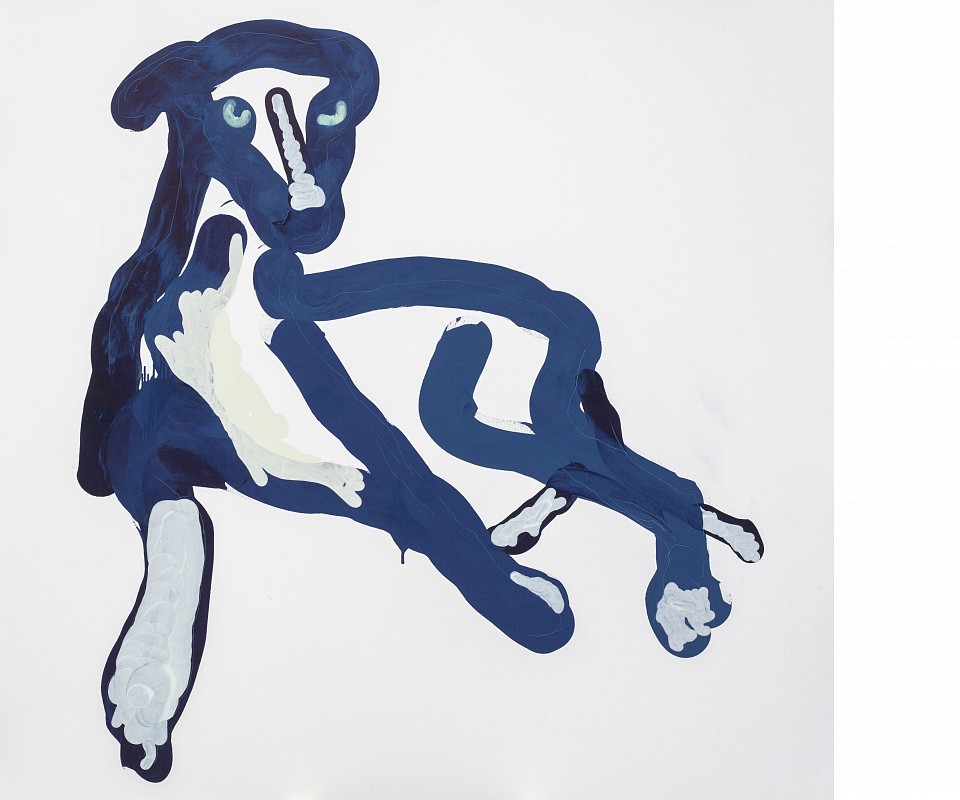
HAPPY BIRTHDAY
Oil on canvas, 2019
200 x 210 cm
private collection
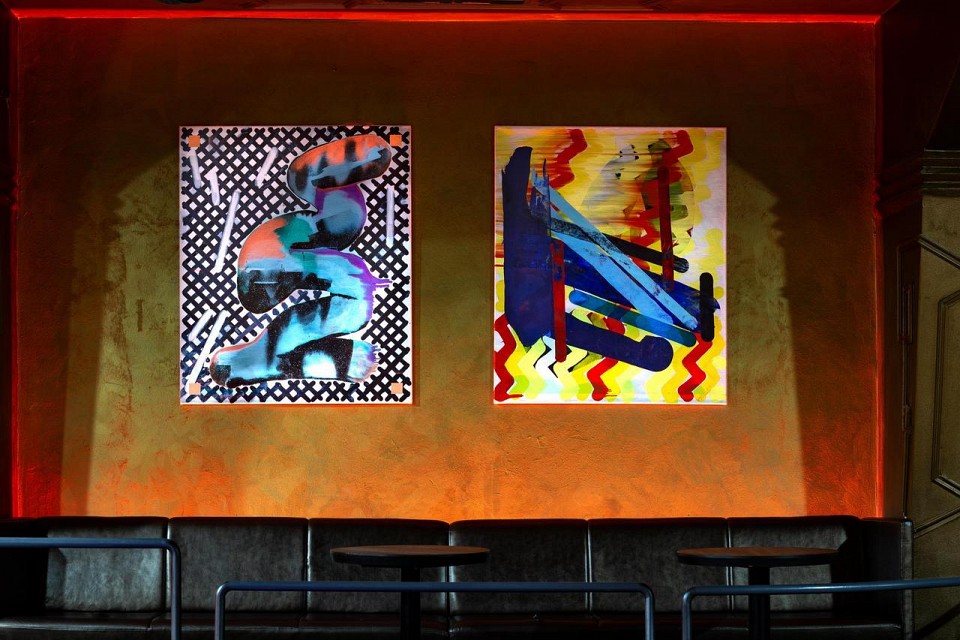
Roxy visuals vol. 11
2018 - 2019
The aim of the Roxy Visuals project is to revitalize the music club space by visual art. The club atmosphere and aesthetics are very specific, at first glance it might seem to be very restrictive. Space creates an issue that is not easy to cope with.
Are works of art able to withstand the visually demanding, constantly changing nightclub environment? How do the contents of art work in a media-pop culture environment? Do they retain authenticity or fall into decorative character? Artists are allowed to intervene at several selected locations in a wide range of media ranging from classic media to site-specific installations.
Exhibiting artists:
Tomas Vavricek, Patrik Krishak, Zeb One, Obik, Ivana Santos
Curator: Adam Stanko
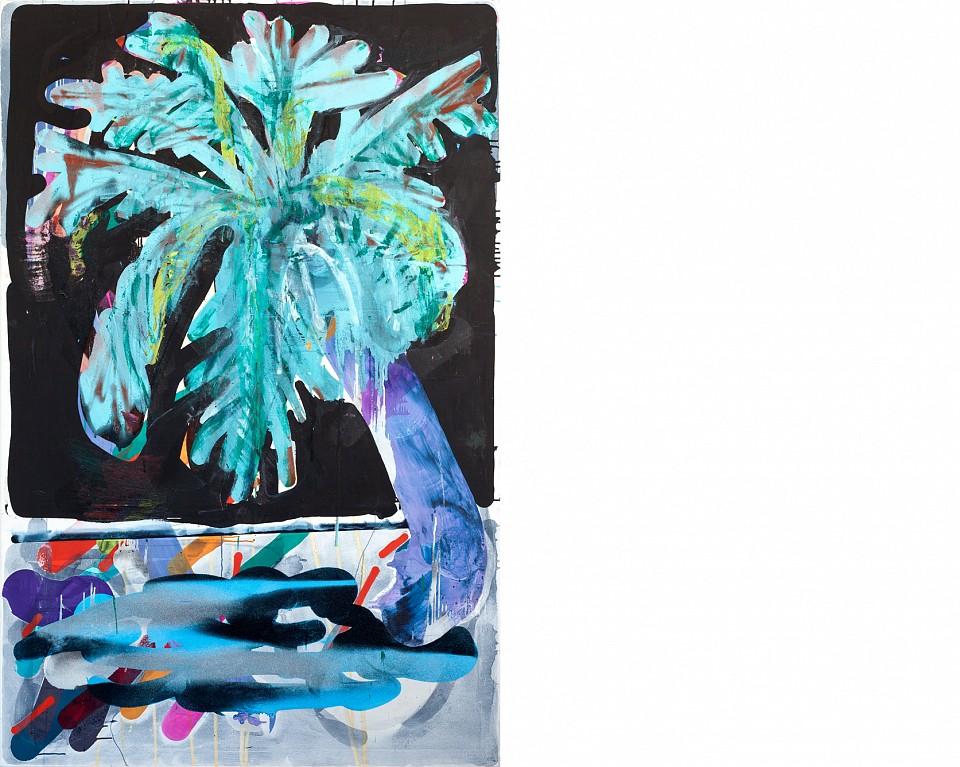
26.09.-27.10 Galerie Nedbalka, Bratislava
Group exhibition of finalist VUB Foundation Painting Award for Young Artists, 2019
The current edition of the Painting Competition knows its 20 finalists. The following artists will compete for success in the next phase of the competition (in alphabetical order): Jana Bednárová, Peter Cvik, Roman Ďurček, Oskar Felber, Michal Fízik, Monika Germušková Vrancová, Paulína Halasová, Eva Hettmer, Rita Koszorús, Patrik Kriššák, Patrik Kucha, Lucia Oleňová, Samuel Paučo, Margaréta Petržalová, Andrea Priecelová, Simona Štulerová, Eva Töröková, Michal Turkovič, Lucia Veselá and Jana Zatvarnická. Five of these authors had been selected for the final rounds already during some of the previous years of the competition, which only confirms their artistic quality.
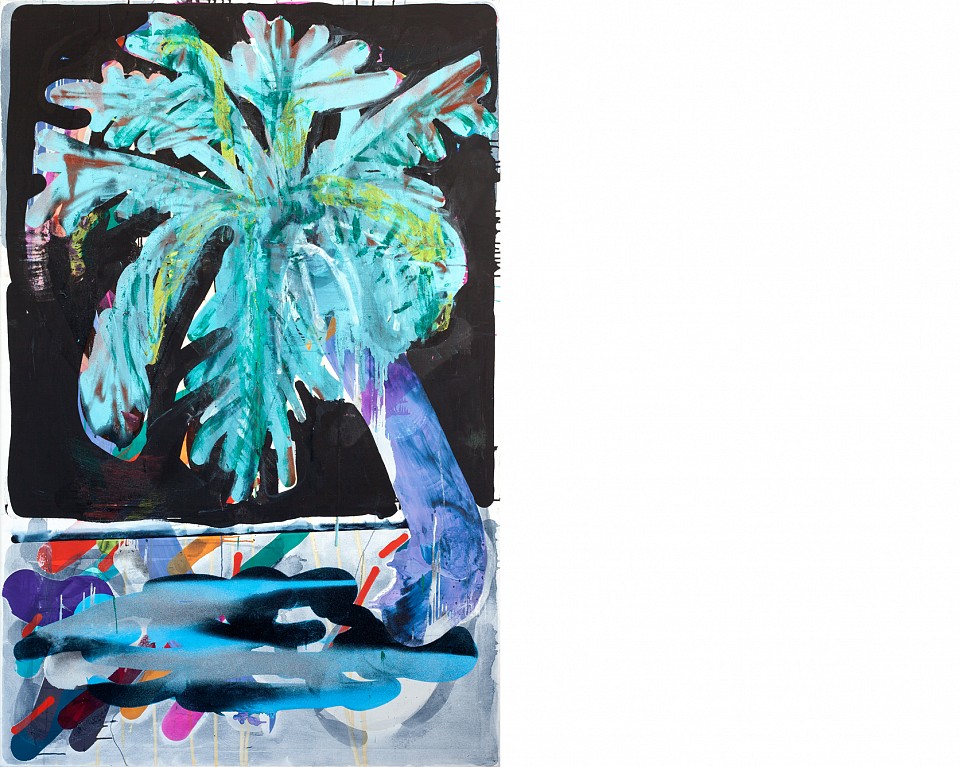
Barbados
Oil and glitter on canvas, 2017/2018
200 x 130 cm
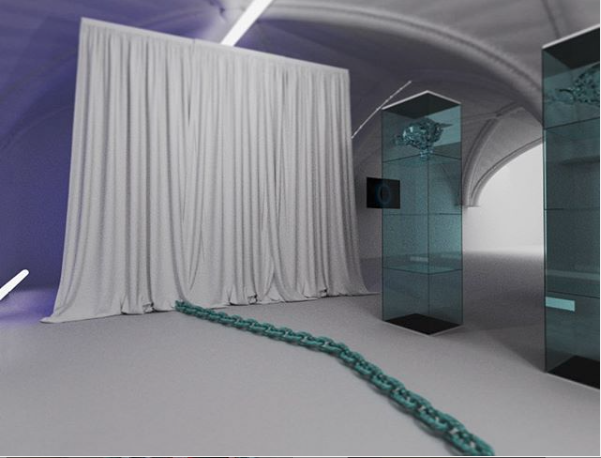
15.10.2019 Rude Awakening, Basement gallery, Olomouc
collaboration
Ivana Pavlíčková, Patrik Kriššák and Andrea Mikysková are three artists of the emerging young generation. Although they devote themselves to their own work, both formally and in terms of content (presented in individual exhibitions), they are examples of long-term artistic cooperation. Their joint exhibitions thus represent an interconnection of both neomedial and traditional artistic approaches that combine an interest in the reflection of a certain social theme or their own personal attitudes and ideas.
In the Basement Gallery the trio presents the exhibition titled Rude Awakening. The literal translation (Coarse / Dirty / Indecent / Violent Awakening) makes sense, but personally I create a situational equivalent to the title - to be awakened by a slap. The main topic to which the artists relate is the climate crisis. Through individual works, however, they do not express themselves primarily on the message and content of the climate crisis, ie what is behind it and what it represents exactly. But how the topic does not resonate with society is the subject of their analysis.
With his paintings, Patrik Krishak raises the question of whether the theme of the climate crisis can be, or even is, profane? And what does it mean? Resignation, apathy on the one hand, panic, anxiety and a state of existential threat on the other. The symbols of the achievements of our civilization (palm = paradise) are accelerating in the endless growth of gross domestic products (long established as indicators of the quality of human well-being) so that they warm up, start to burn and catch everything around them.
Andrea Mikysková also discusses the influence of economic, social and political systems on the relationship between man and his natural habitat. In video collages that contain countless real images of our world, also based on the imagination created by digital graffiti, the viewer watches a pre-picture of what happens if we truly choose to ignore our own responsibility as a company and as individuals. The disturbing aspect is the uncertainty caused by the question whether we are no longer in that state. We protect the public space of our concrete cities by thorough legislation, does the landscape have such protection?
Ivana Pavlíčková is engaged in object creation, especially in the form of ceramics. Her work shows a continuous interest not only to explore the boundaries of traditional media, but also to analyze the content and formal relationships of contemporary, recent and historical art. This is a type of institutional criticism. In the context of the exhibition, her work raises a complex question, what position should art take on the climate crisis?
Being awakened by a slap is hardly a pleasant way to leave a relaxing and safe sleep environment. It is an unpleasant moment of ecstasy. There are several ways to read in the context of the exhibition. We experience the slap as humanity, we stretched out ourselves and the growing media and social interest in the climate crisis triggered a swing. Will the pain be enough to wake us? Or will we get used to it? What if it even makes us happy? What if waking up slap is still too decent a way for someone else to wake us up? And what if nothing awakens us - life in the endless dream of human welfare.
Text, David Bartoš
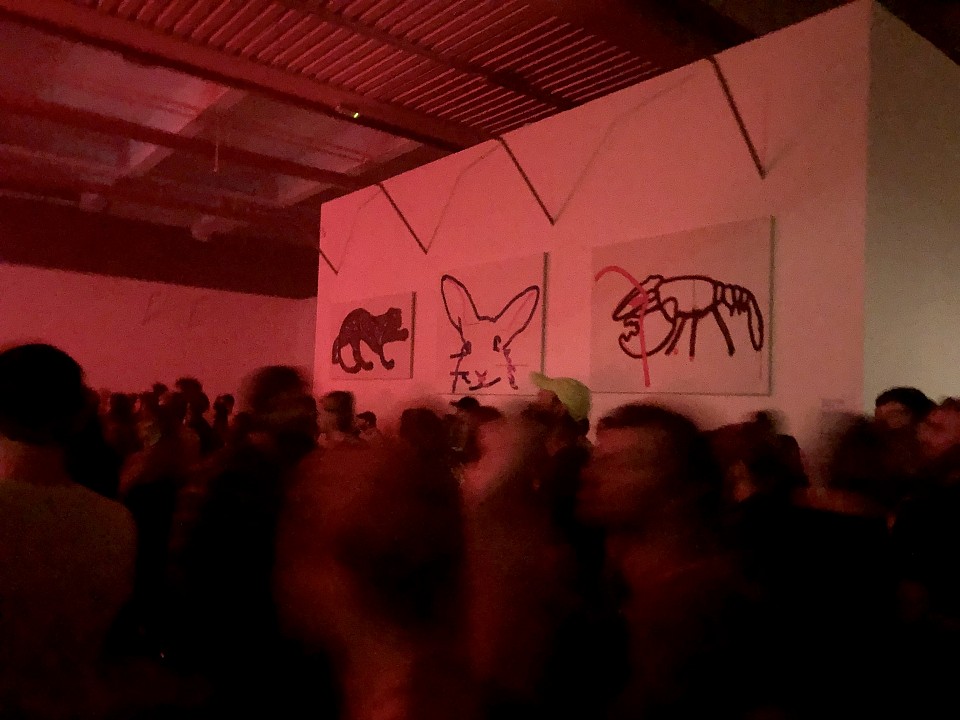
21.-22.06 Metronom festival Praha
2019
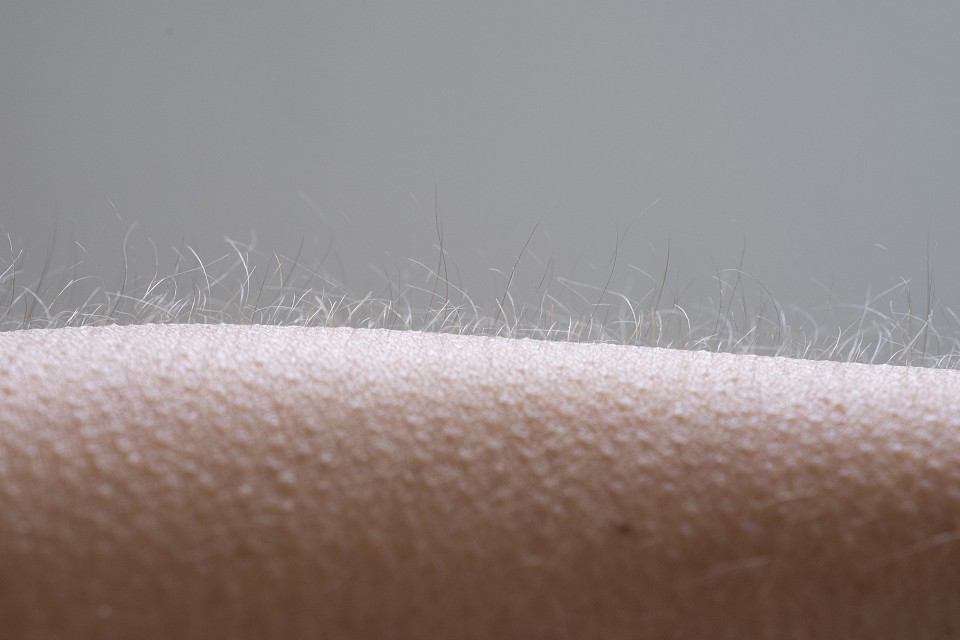
23.10. Gosse bumps, Vnitroblock, Praha
solo exhibition, 2019
At the “Goosebumps” exhibition, we introduce you to the work of Patrik Krishak, a young painter whose need to experiment has led him to create his own unique painting technique. He creates his paintings so that he does not use the brush for individual strokes, but directly the color in jars, which turns over the canvas and pulls to create a color trace. The resulting color areas are then further treated by washing, scraping or applying colored glitters. His abstract compositions are therefore minimalist with an emphasis on the gesture itself.
The name "Goosebumps" refers to the physiological reaction of the body by lifting the hair on the skin under the influence of cold, but also as a reaction to various visual, smell or sound perceptions. For a film in a cinema or in certain situations, including visual art… For the author, it is a metaphor of abstract art, which is often associated with a strong physical and emotional experience.
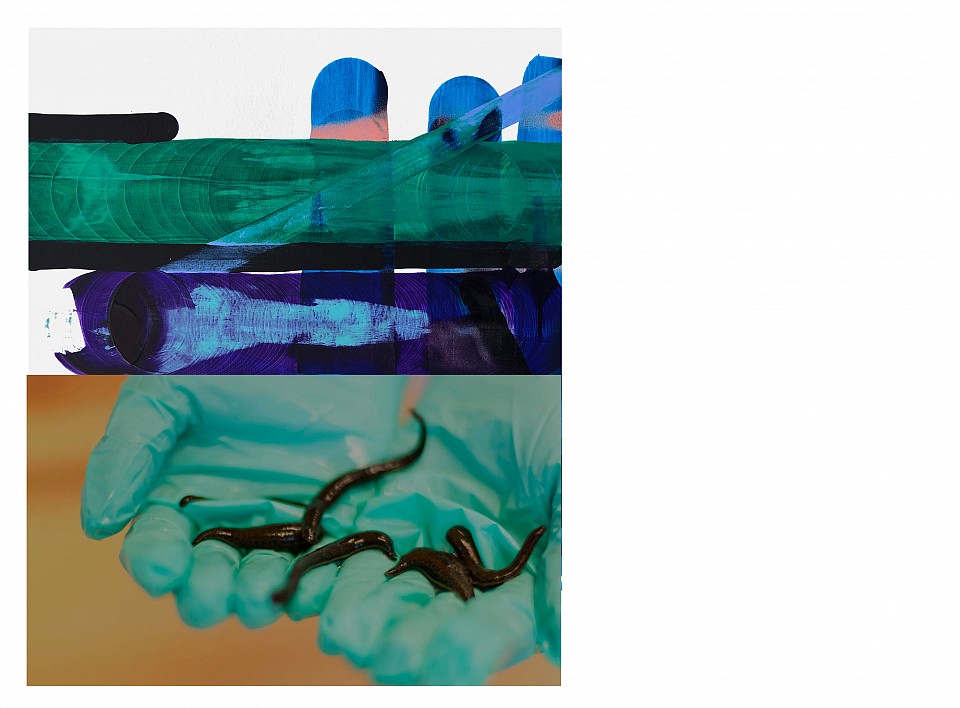
02.09. Color Blocking, Galerie Dole, Ostrava
Feat. Ivana Pavlíčková
Společná výstava autorky a autora s vazbami na ostravskou fakultu umění nazvaná Color blocking odkazuje svým názvem ke světu módy, v němž označuje snahu o použití výrazných barevných tónů o stejné intenzitě vybíraných často z opačných pólů barevného spektra. Metaforický přenos do světa umění, v němž je vymezování, kontrastování či ladění tónů jednou z podstatných součástí uměleckého vyjádření, můžeme pod dojmem instalace, v níž zásadní roli hraje nejen barva a světlo, ale i samotné prostorové podmínky galerie, vnímat i jako snahu o komplementární vymezení/propojení dvou navýsost tradičních podob umělecké produkce – obrazu a sochy.
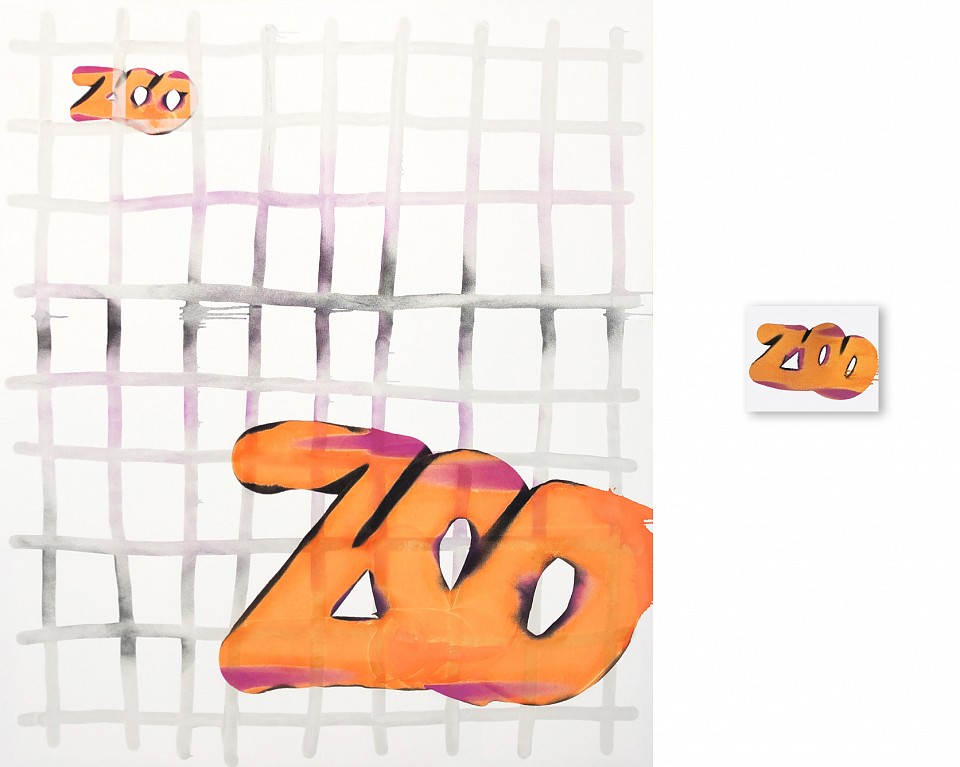
The Last Nature I., II.
oil and glitter on canvas, 2019
200 x170 cm, 25 x 20 cm
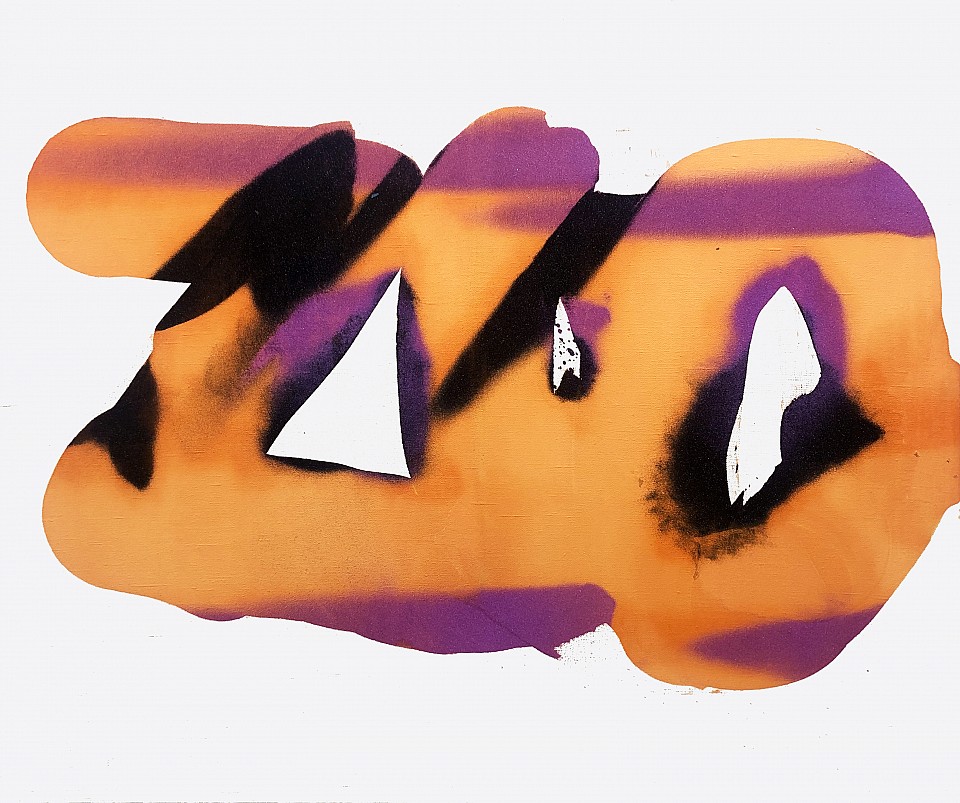
The Last Nature III.
Oil and glitter on canvas, 2019
100 x 120 cm
private collection
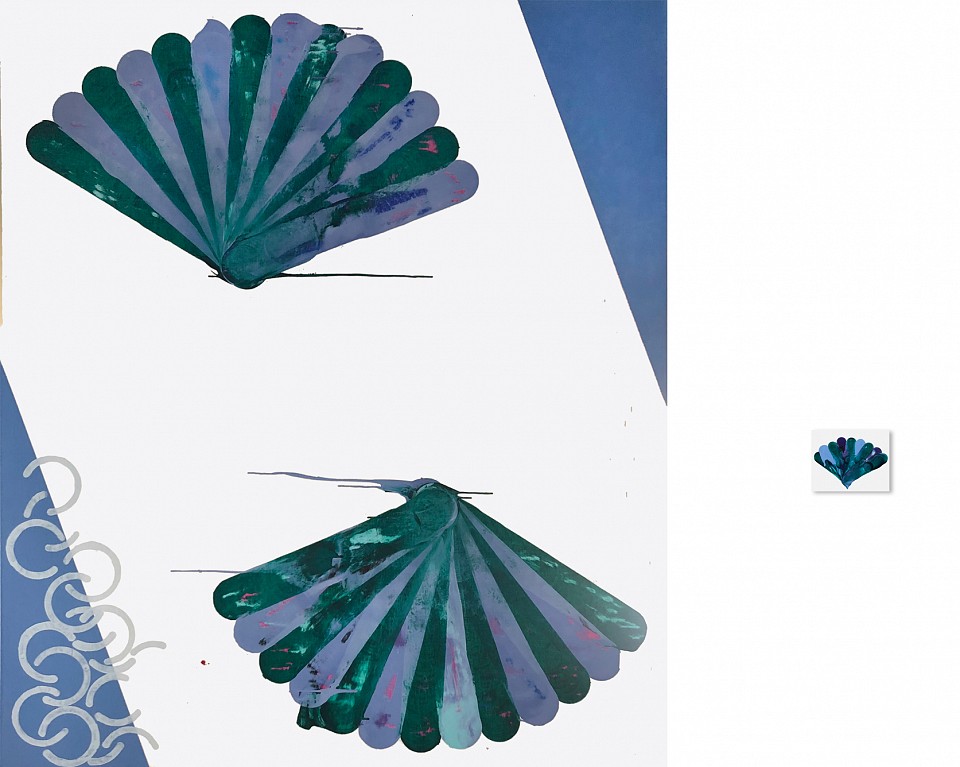
Fan II., III.
Oil on canvas, 2019
230 200 cm, 20 x 25 cm
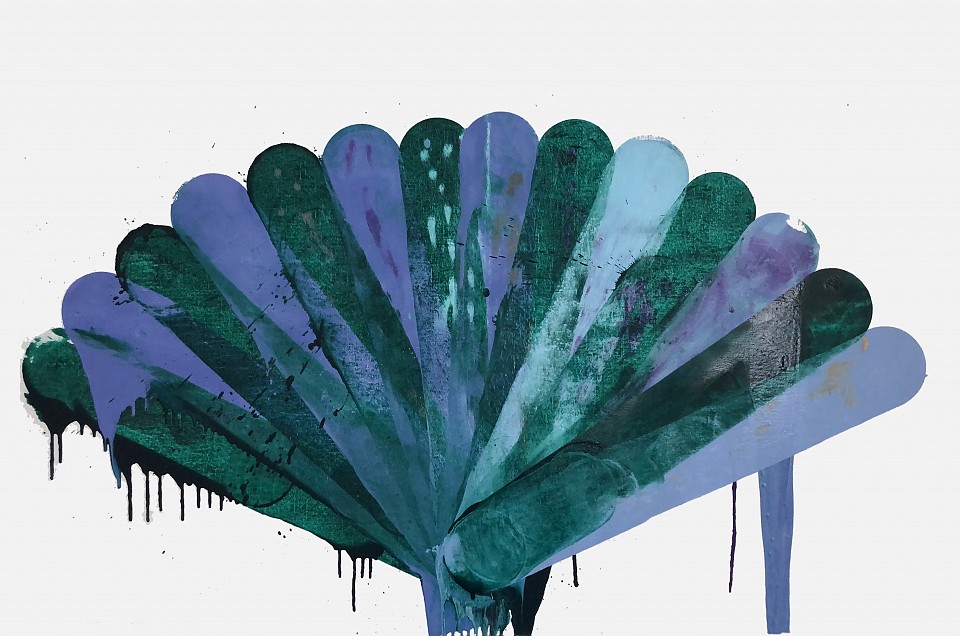
Fan I.
olej a gliter na plátně, 2019
100 x 150 cm
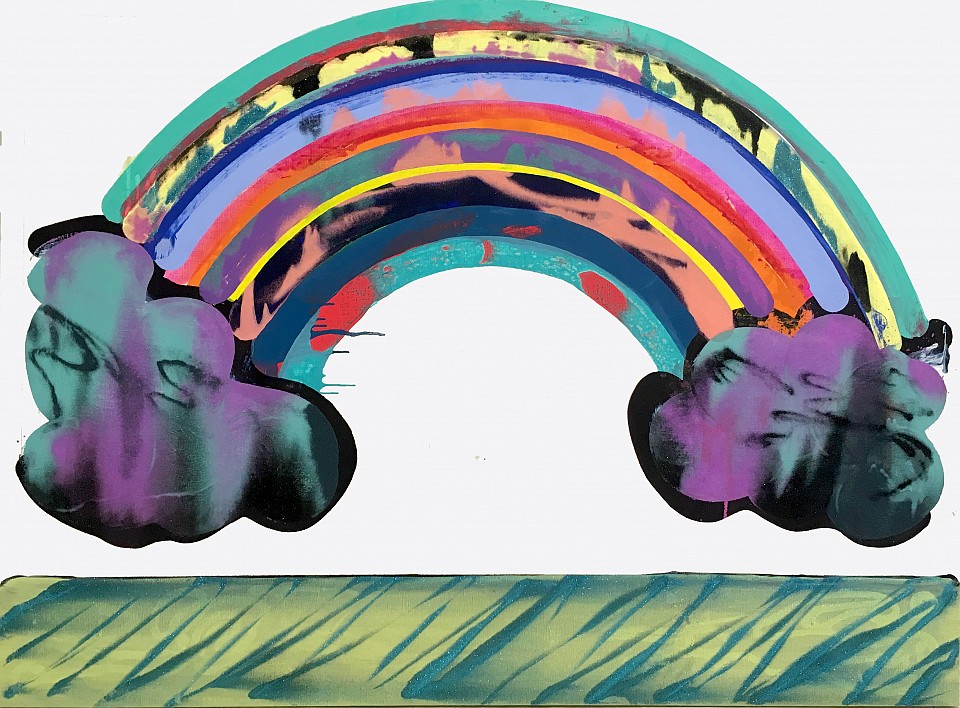
She called me today
oil and glitter on canvas, 2018
140 x 190 cm
private collection
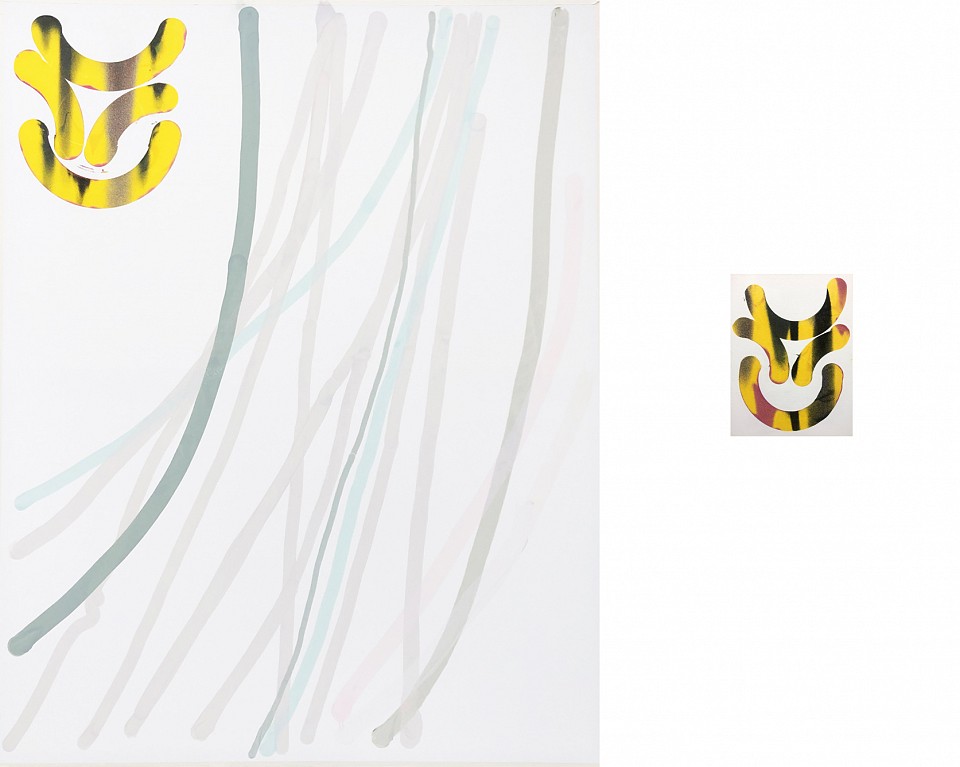
Beuys don't cry III., I.
Oil and glitter on canvas, 2019
200 x 150 cm, 40 x 30 cm
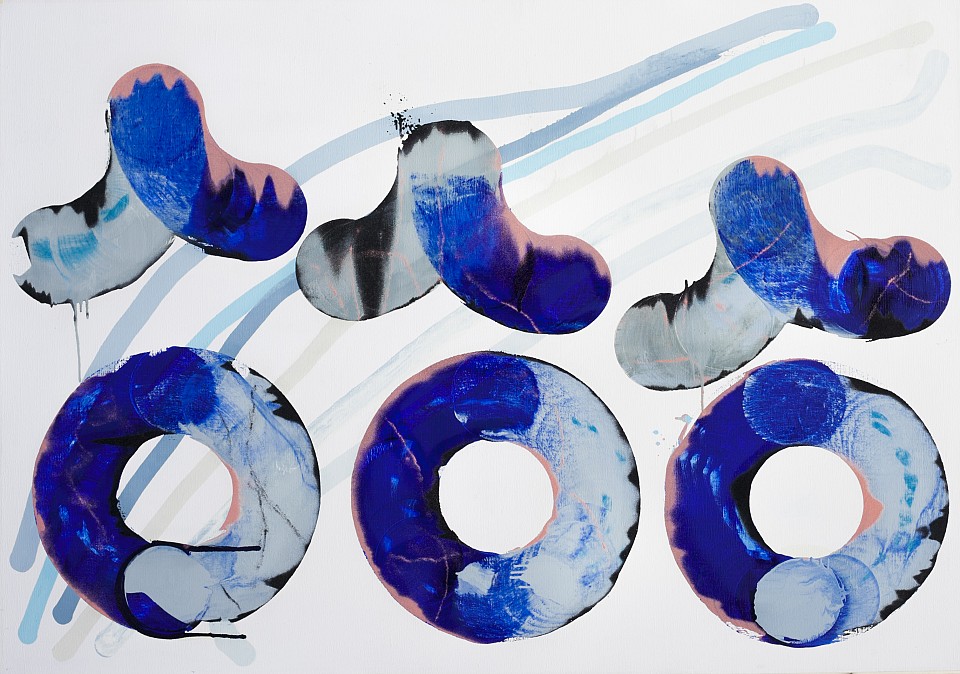
Centre VS Periphery III.
oil and glitter on canvas, 2019
140 x 200 cm
private collection
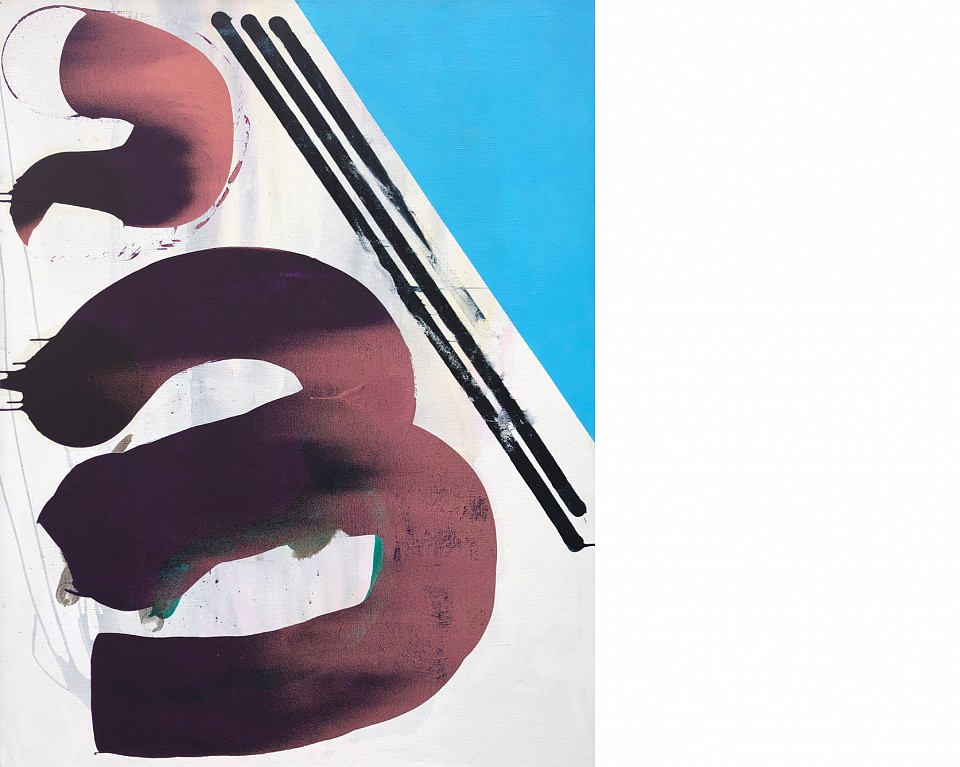
Euroz, Dollaz, Yeniz
oil and glitter on canvas, 2019
180 x 140 cm
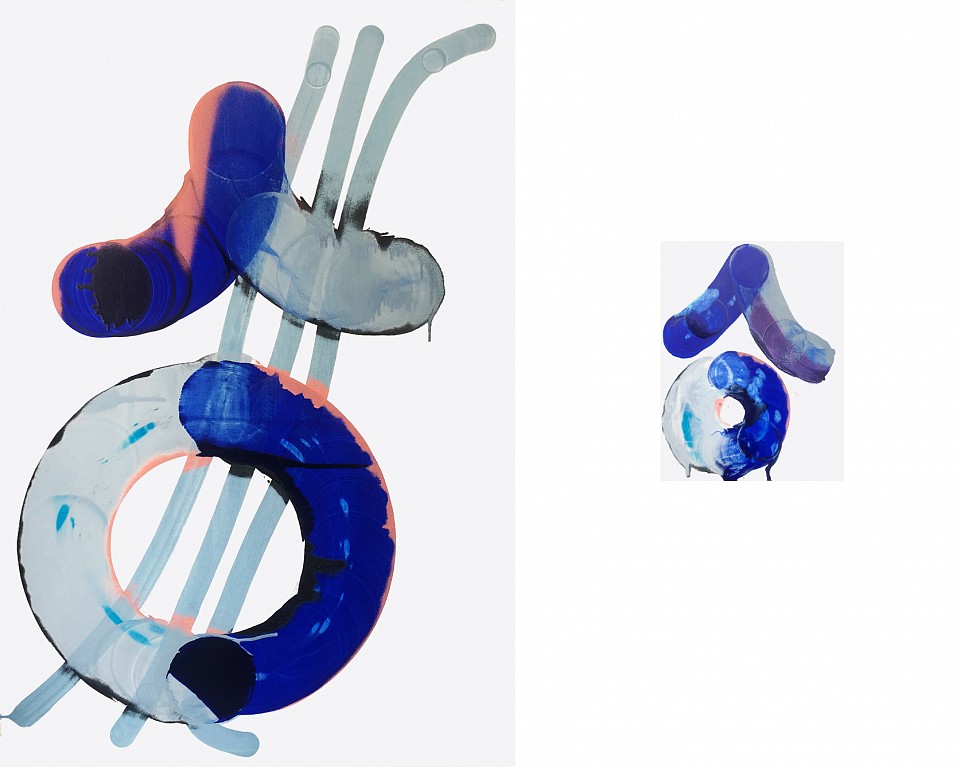
Center VS Periphery I., II.
Oil and glitter on canvas, 2019
150 x 100 cm, 45 x 35 cm
private collection
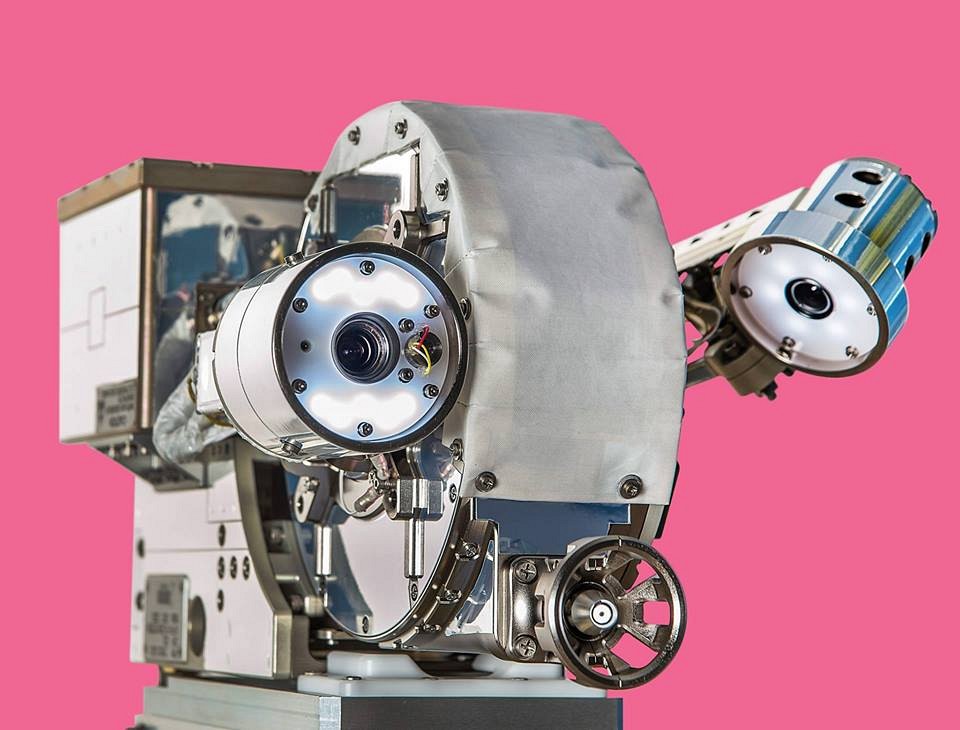
Visual diff (VDIFF)
16.4.2019
Klára Čermáková, Filip Dvořák, Igor Hosnedl, Jakub Choma, Patrik Kriššák, Alžběta Krňanská, David Krňanský, Martin Kolarov, Roel van der Linden, Martin Lukáč, Matyáš Maláč, Kateřina Rálišová, Julius Reichel, Namor Ynrobyv
The VDIFF exhibition will present fourteen artists from the emerging generation embodying fourteen individualistic and confident approaches to the medium of painting. Vdiff (visual diff) is a term from the field of computer programming denoting a method of file control using visual comparison. Selected as a title it should evoke the fact that the exhibition shows paintings at a time when computers and digital technology have become everyday reality and hence strongly influence how and what we perceive visually. The aim is to create a spectacular environment within the framework of which the paintings will spill over into spatial installations and create mutual visual confrontations and incite discussion over the similarities and differences of the participating artists. Rather than a show presenting individual artists it is a gesamtkunstwerk, a shared installation of painters, male and female, filling up the landscape. Abstraction meets quite naturally figurativeness, expressiveness faces order, monochrome rendering clashes with a wild colour palette. Additional frequent elements include bricolage, multiplications, mass production as a reflection on the consumer society, pop culture, media reality, and the all-embracing digital universe represented mainly by the internet.
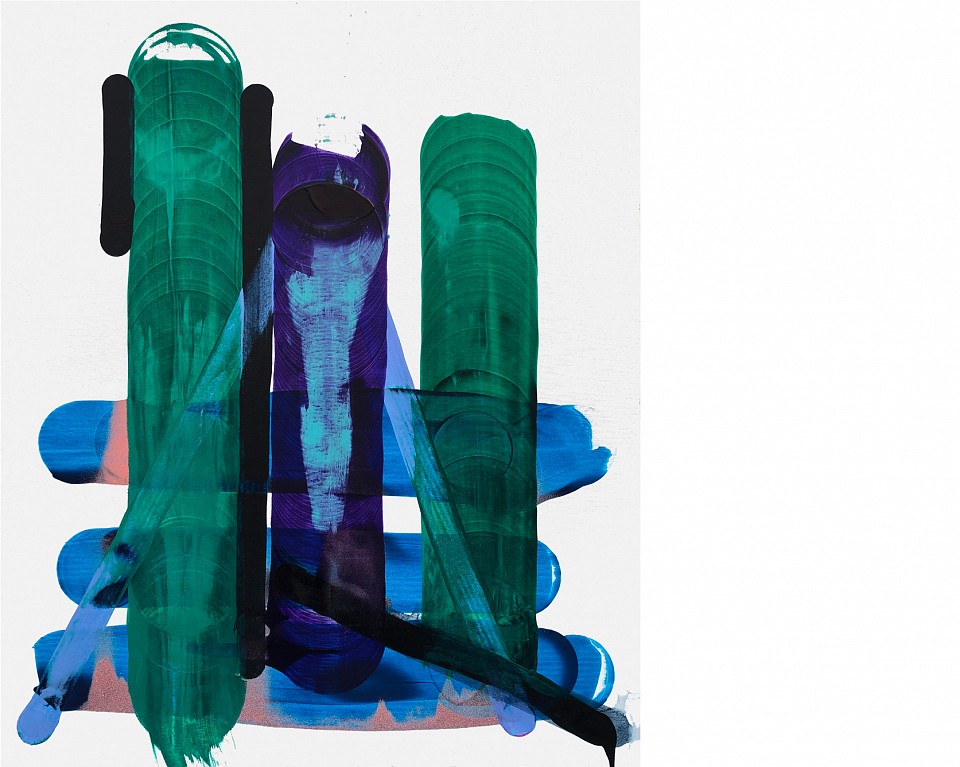
Why can't people stop touching paintings II.
oil and glitter on canvas, 2019
120 x 100 cm
private collection
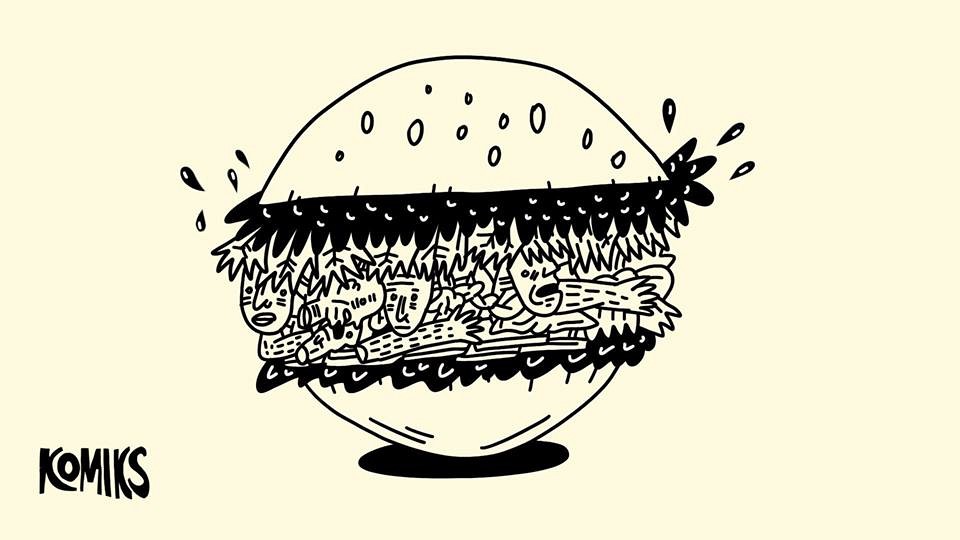
KOMIKS
8.3. 2019 POP UP
One day Pop up exhibition.
Artists:
Ivanka Pavlíčková
Patrik Kriššák
Honza Slanina
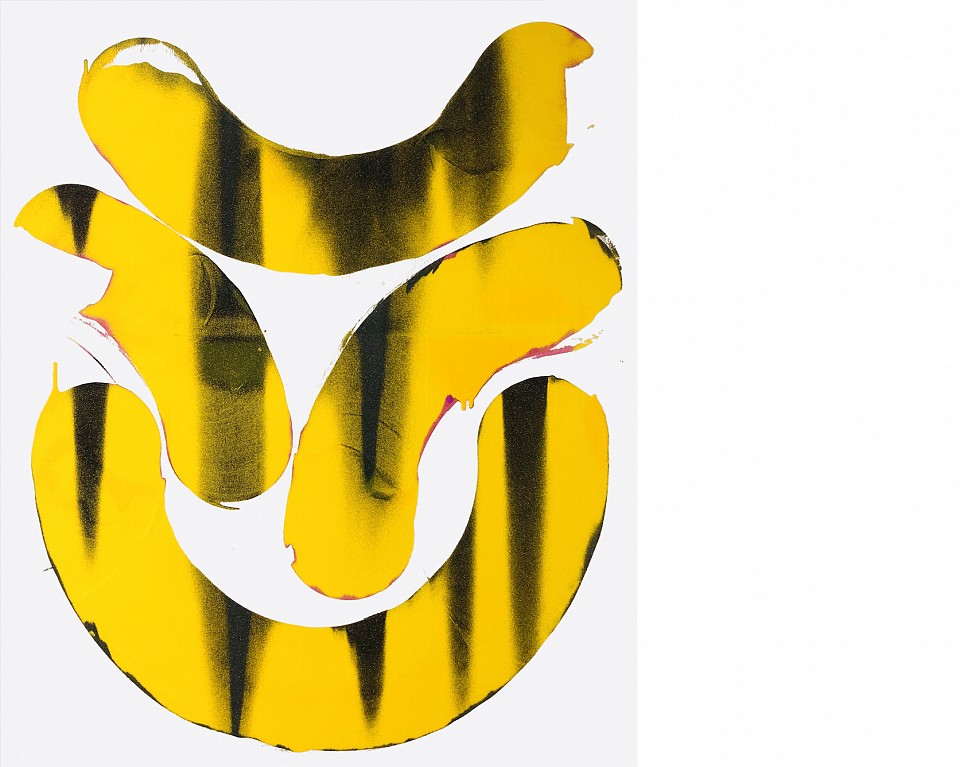
Beuys don't cry II.
olej a gliter na plátně, 2018
120 x 100 cm
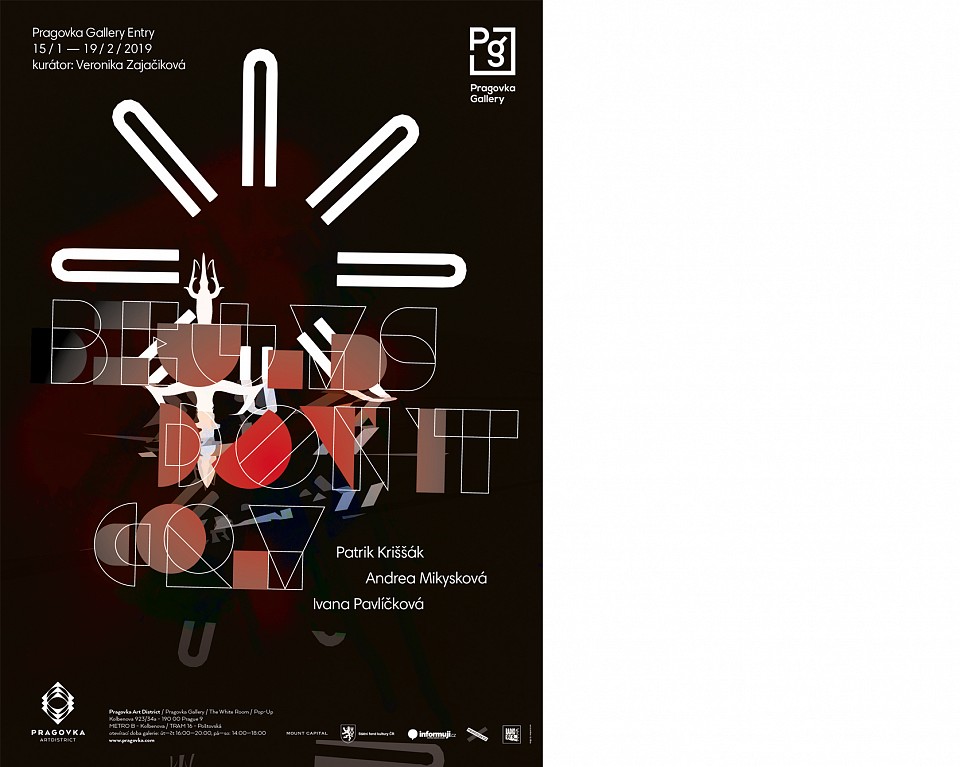
Beuys Don't Cry, Entry gallery
15.1.2019 - 19.2.2019
Chyceni v časoprostoru, vnímaje reálně a digitálně, snažíme se zorientovat v multidimenzionálním rozměru světa.
Výstava Beuys Don’t Cry se pokouší zachytit mizející, dnes již téměř nepolapitelnou hranici mezi skutečným a virtuálním světem. Pro trojici autorů jsou digitální média a virtuální realita - tedy schopnost myslet digitálně - přirozenou součástí života. A možná právě proto hledají únik z ní, a to i přesto že pracují s nástroji elektronických médií. Ve své tvorbě realizují vize míst a krajin, hledají a objevují známé i neznámé světy.
Vytvářejí určitý typ emocionální krajiny charakteristické a určené svou kompozicí, prostředím (návrh ve 3D) a materiálem. Teoretické upřesnění ‘'virtual landscape’' nalézáme například v textu Nicholase O’Briana ‘’Finding Place in the Digital’’. Ten popisuje tento stav jako snahu o rekonstrukci původní krajiny současné společnosti. Píše o jakési formě archeologie současnosti, která se objevuje v díle autorů vytvářejících tzv. land art budoucnosti. Naopak teoretička Keiko Sei hovoří o původní krajině. Japonské slovo ''original landscape’ (en.)’ odkazuje na mentální krajinu, na pocit místa z dětství nebo představu neexistujícího místa (místa spojeného s konkrétním emocionálním prožitkem, náladou). Podobně pak popisuje zájem o navštěvování filmových lokací, míst, které se objevily ve filmu (a jsou tedy spojeny s konkrétní akcí a pocitem).
Trojice autorů čerpá inspiraci v internetovém prostředí a pracuje s jeho specifickou vizuální estetikou a prostorovými zákony, které převádí v reálné site specific instalace. Tvůrci konfrontují tak diváka skrze různá média jako je video, objekt, malba s fragmenty dnešní materialisticko-kapitalistické společnosti. Tyto symboly (brand, značka) autoři parodují a všelijak manipulují, aby je pak zasadili do fantaskních mnohdy post-apokalyptických vizí krajin budoucnosti. Ony nepravděpodobné reality mohou být nenaplněnými vizemi, ale tak jistě reflexemi současných kulturně-společenských dilemat ať už jde o vztah k přírodě, ekologii, systémům komunikace a otázkám spojených s vlastní identitou.
Autoři jsou si vědomi toho, že člověk žije to, co sám tvoří. Platí tato teze i v tekutém virálním prostředí? Veronika Zajačiková
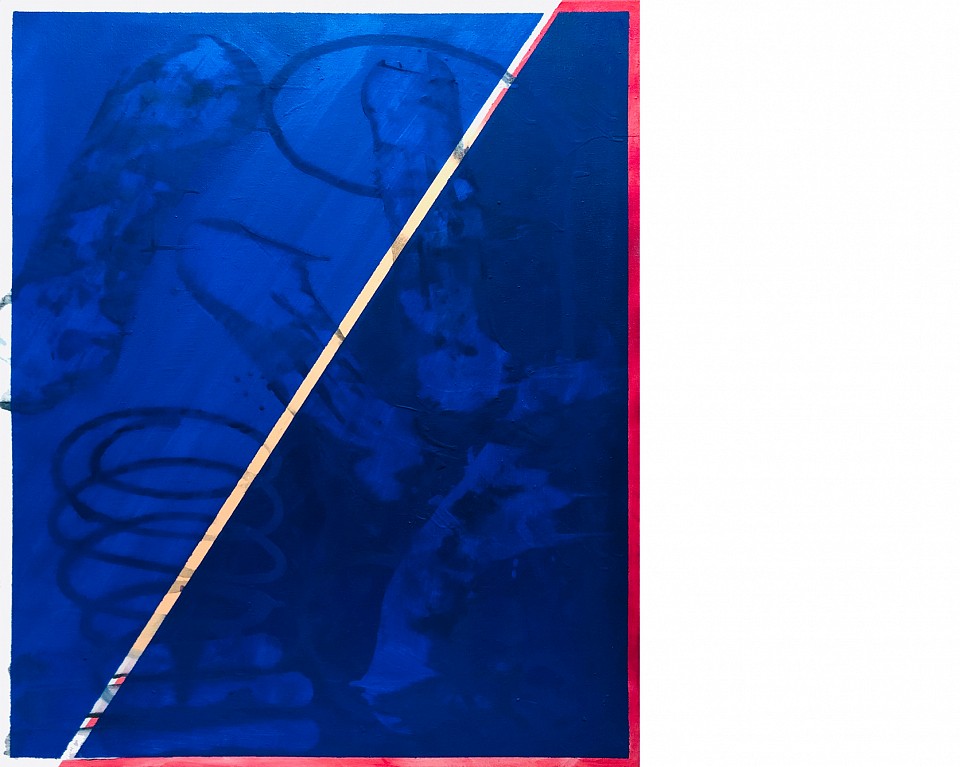
I would like to say good bye
Oil on canvas, 2018
120 x 100 cm
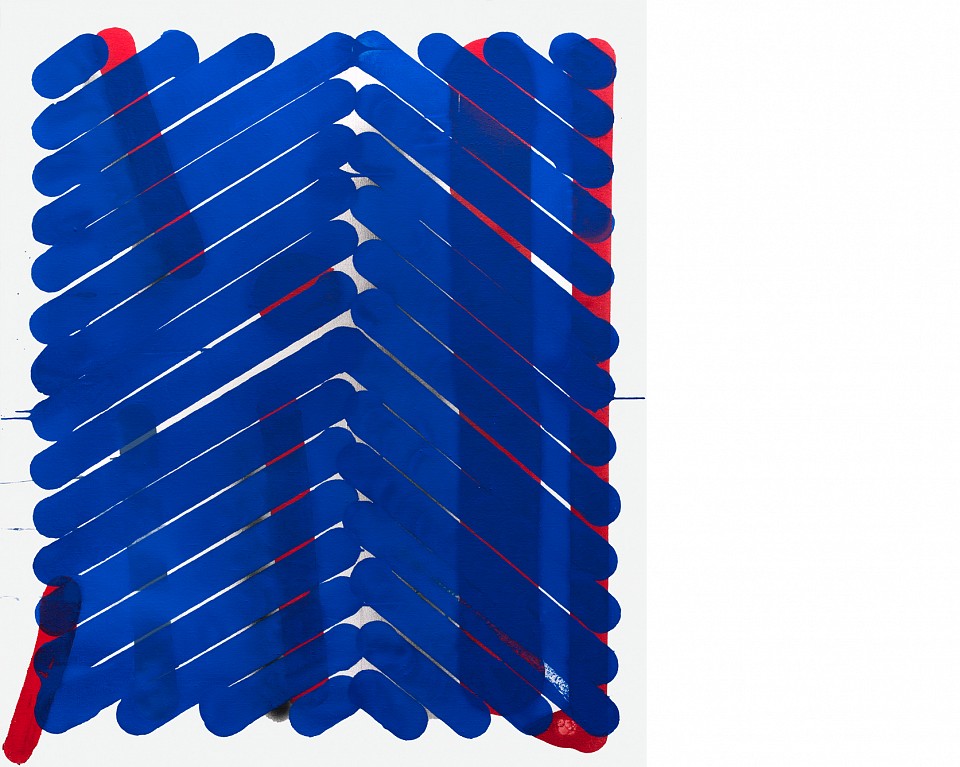
The Direction of Blue
oil on canvas, 2018
120 x 100 cm
private collection
Hard Edge Painting
2018
150m2
- Public commission for The City of Prague
- Scale: 150m2
- Locality: Prašný most, Praha 6
- Production: The Chemistry gallery
- Camera, cut: Matouš Bičák
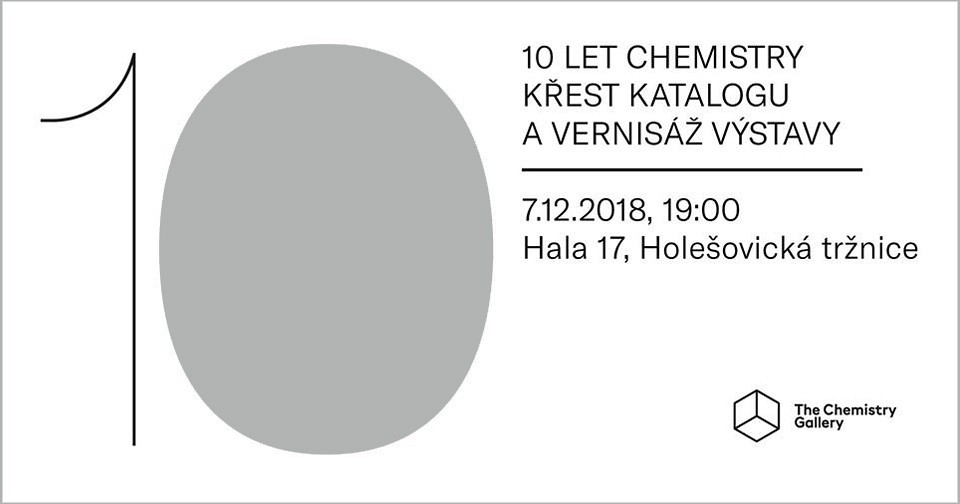
Can't stop kissing you
2018
V roce 2018 uběhlo 10 let od otevření The Chemistry Gallery. Vernisáž výstavy s podtitulem Can’t Stop Kissing You a křest katalogu 10 let Chemistry gallery.
Umělci: Aleš Brázdil, Jan Mikulka, Michal Cimala, Adam Stanko a Helena Sequens, Michal Škapa, Tomáš Němec, Zdeněk Trs, Alžběta Josefy, Jakub Švéda, Jan Uldrych, Pasta Oner, Jan Poupě, Jan Kaláb, Bet Orten, Tadeáš Kotrba, Epos 257, Lubomír Typlt, Jakub Nepraš, Jakub Hubálek, Jakub Janovský, Matěj Olmer, Zbyněk Sedlecký, Jan Vytiska, Ján Vasilko, Ira Svobodová, Tomáš Jetela, Michal Ožibko, Zeb One, Dan Gregor, Lucie J. Skřivánková, Kryštof Hošek, David Kurňavka, Tomáš Tichý, Ondřej Oliva, Václav Misař, Filip Kůrka, Jan Petrov, Tomáš Vavříček, Michal Pustějovský, Petr Lorenz, Jakub Uksa, Patrik Kriššák, Openmindz360, Samuel Paučo, Pavel Příkaský, Sadofsky&Trantina;, Matěj Hájek, Pavel Šebek
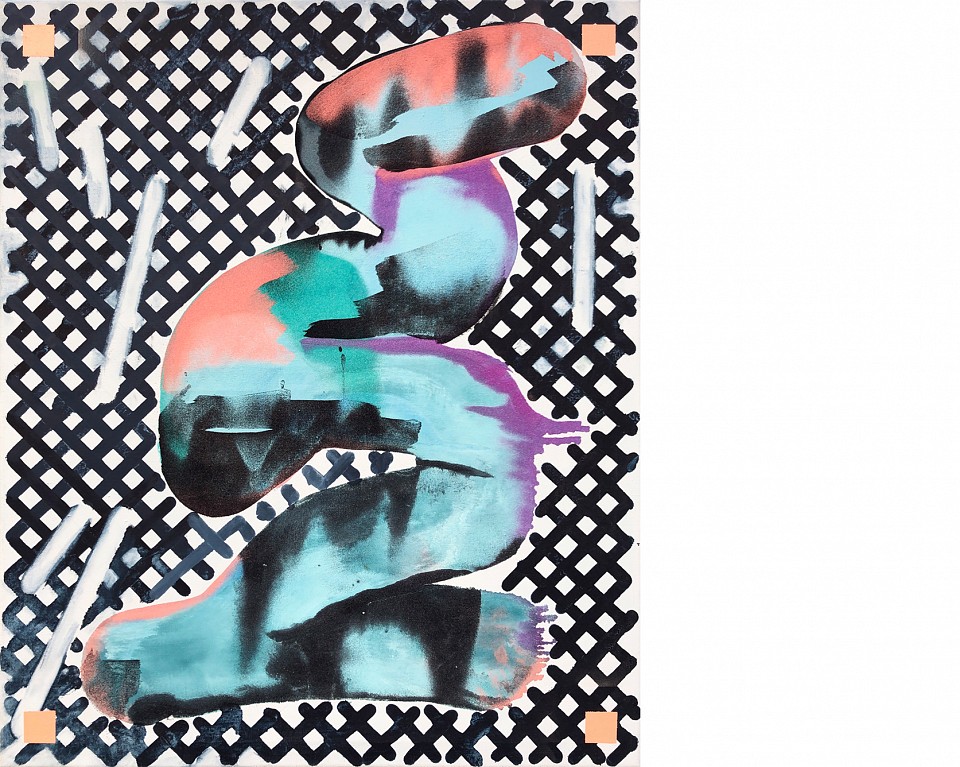
Shine bright like a diamond
Oil and glitter on canvas, 2018
120 x 100 cm
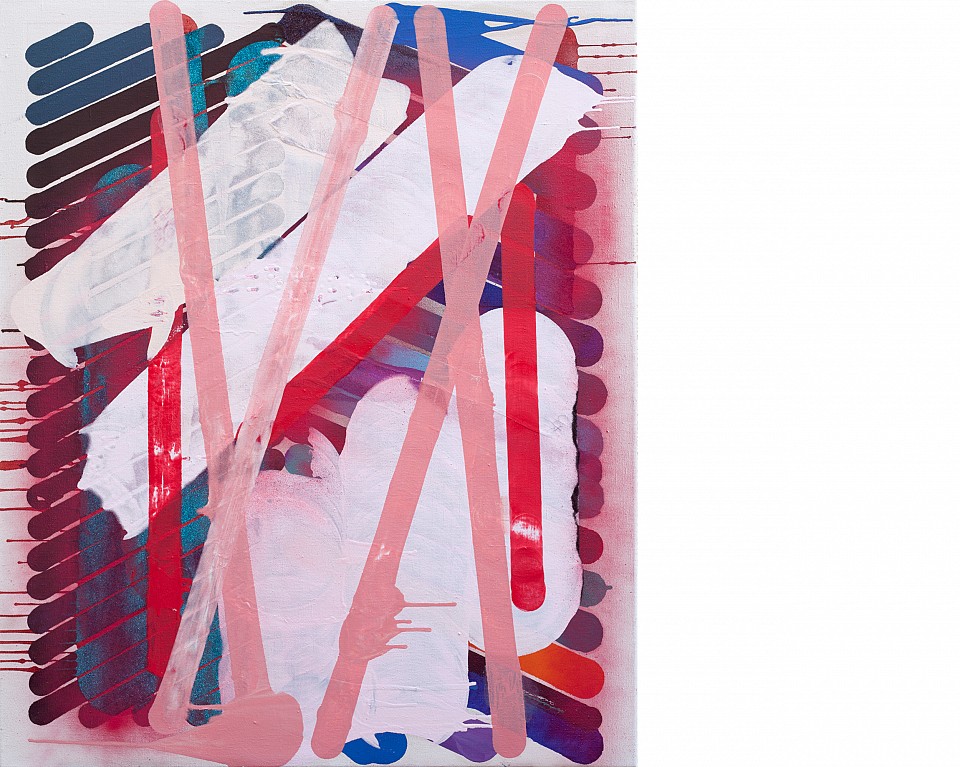
The XX
oil and glitter on canvas, 2018
120 x 100 cm
private collection
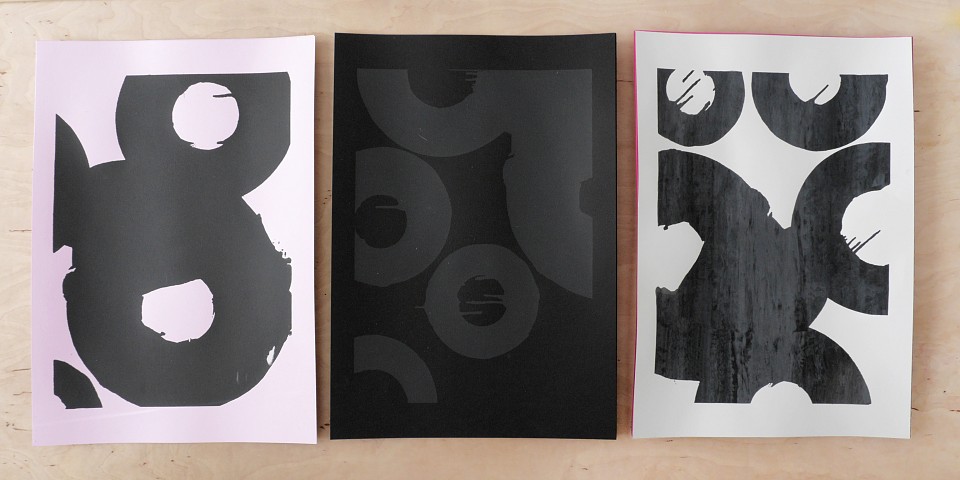
Close-up I., II., III.
Serigraphy, 2018
35 x 45 cm
unavailable
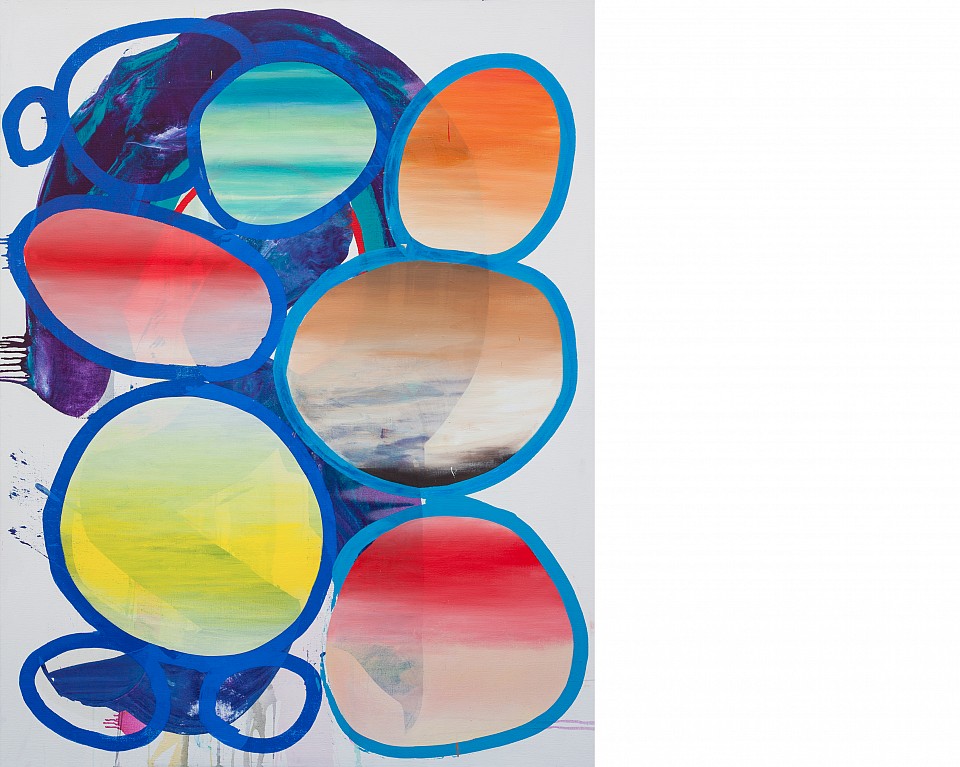
Sieben VI.
olej na plátně, 2018
180 x 140 cm
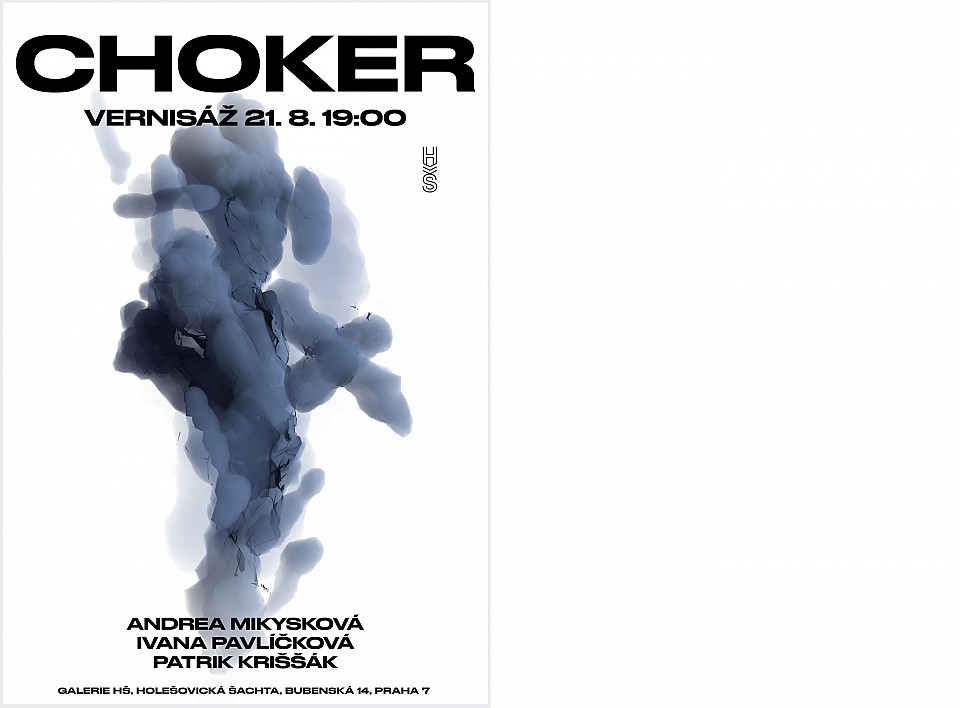
CHOKER
2018
There are five rooms. Four of them are dedicated to the artists separately. In the last one there are all of the mediums placed together to support themselves. They work literally one for another. We've wanted to highlight the spirit of the time. We've chosen the light for this purpose. The light shows us a way, helps us to orientate in a space but it also blinds us and pushes wild animals away from human deeper into the forest. Superficial ecological phenomena are meanwhile recommending people to start controlling their daily consumption trough brief shouts at their timelines. (To tighten their belts to put on the chockers.) While my bf told me not to use plastic dishes for the annual grill party, companies like Nestlé continue in their own shady journey... #choker
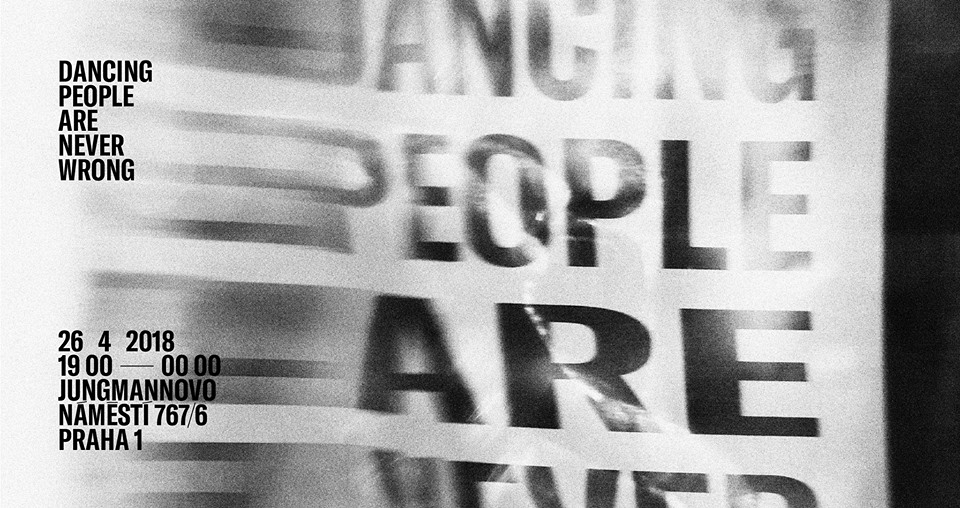
DANCING PEOPLE ARE NEVER WRONG
2018
PopUp exhibition
Artists: Jan Uldrych, Tomáš Němec, Jakub Janovský, Lubomír Typlt, Zdeněk Trs, Michal Škapa, Jakub Nepraš, Patrik Kriššák, Adéla Janská, Vojtěch Kovařík, Jan Vytiska, Tomáš Tichý, Petr Lorenz, Lucie Jindrák Skřivánková, Adam Stanko a Helena Sequens, Nikola Emma Ryšavá, xDog, Martin Böhm, XYZ project, Jan Poupě, Ira Svobodová, Zbyněk Sedlecký, Jakub Uksa, Zeb One, Aleš Brázdil, Alžběta Josefy, Jan Petrov, Filip Kůrka, Matyáš Maláč, Namor Ynrobyv, Julius Reichel, Samuel Stano and Alžběta Josefy.
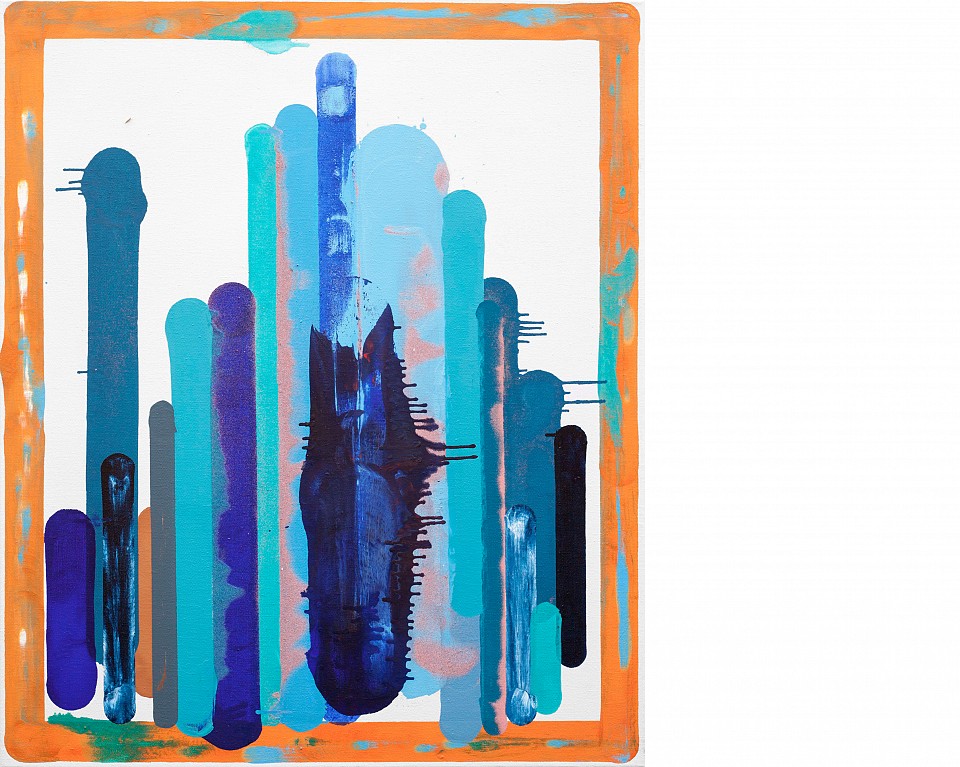
F II.
oil and glitter on canvas, 2018
120 x 100 cm
private collection
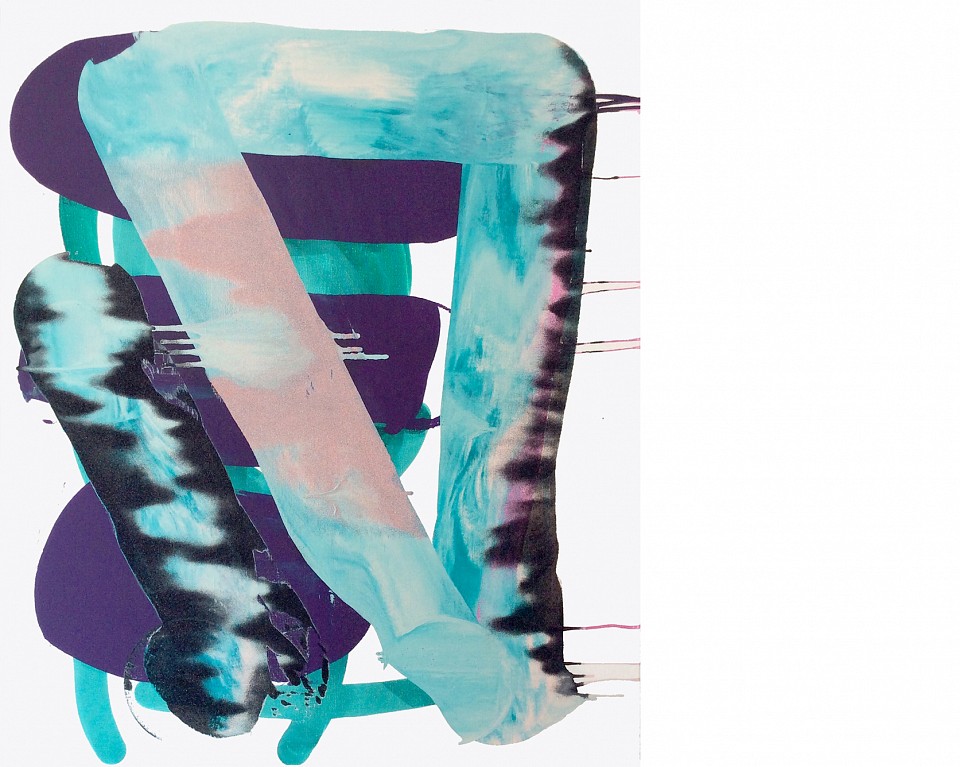
The Triangle
oil and glitter on canvas, 2018
120 x 100 cm
private collection
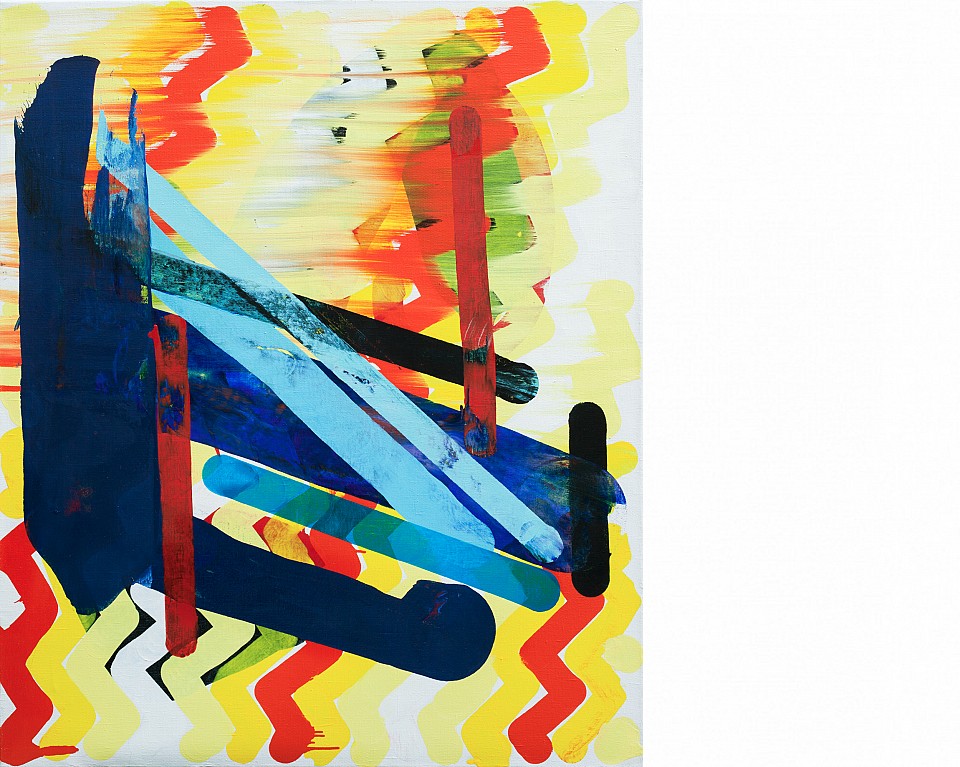
The Quake
oil on canvas, 2018
120 x 100 cm
private collection
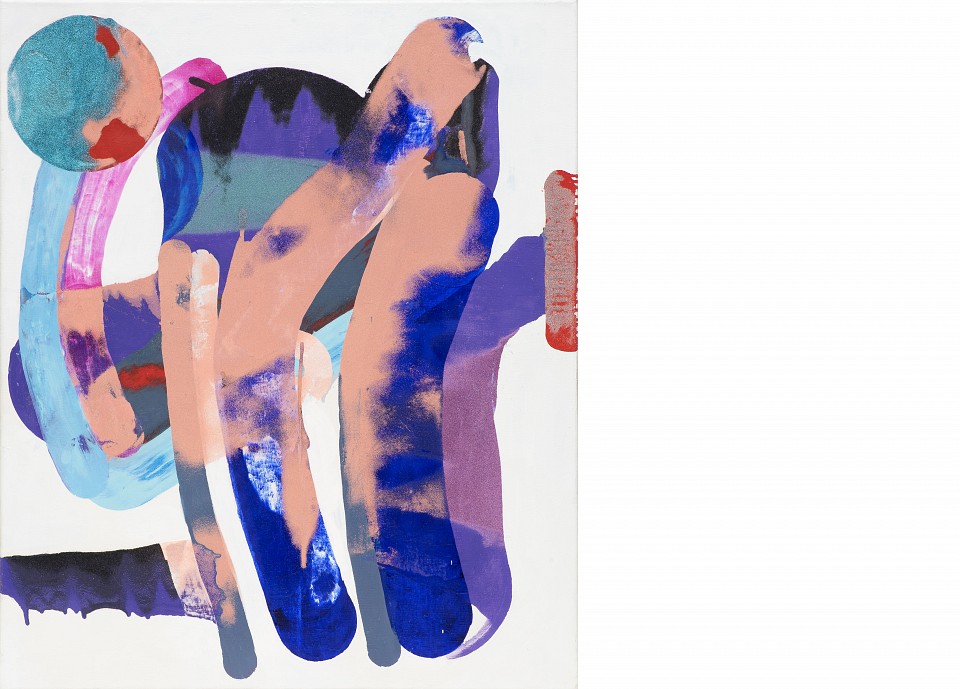
The Planet's
oil and glitter on canvas, 2018
120 x 100 cm
Private collection
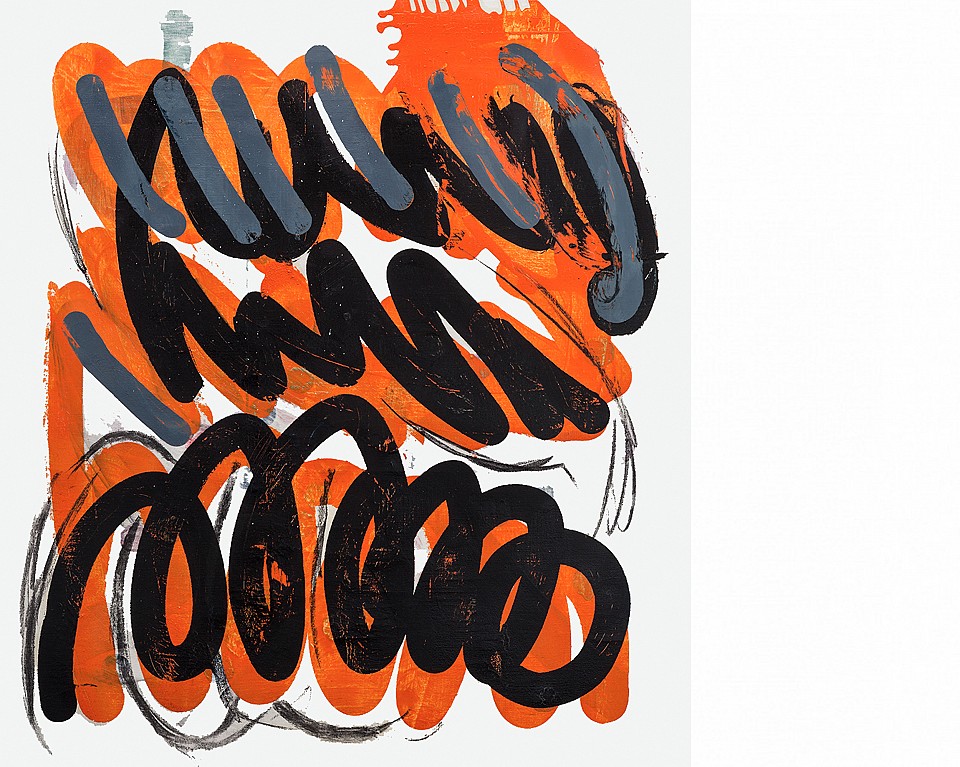
The Basic skills
oil on canvas, 2017
100 x 90 cm
private collection
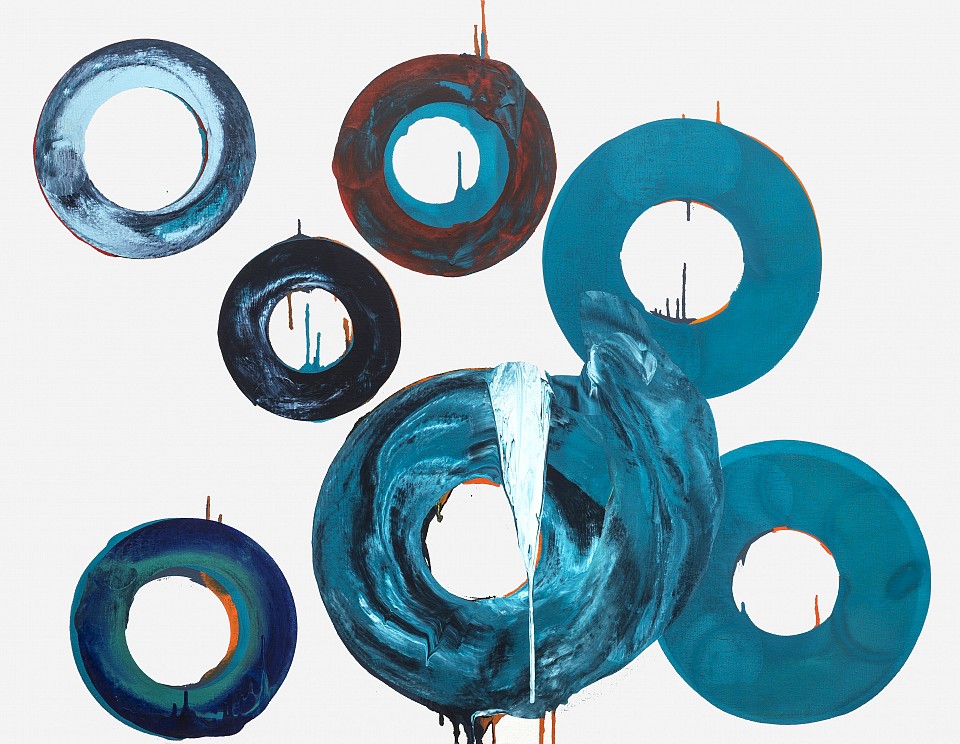
Sieben III.
oil on canvas, 2018
150 x 110 cm
private collection
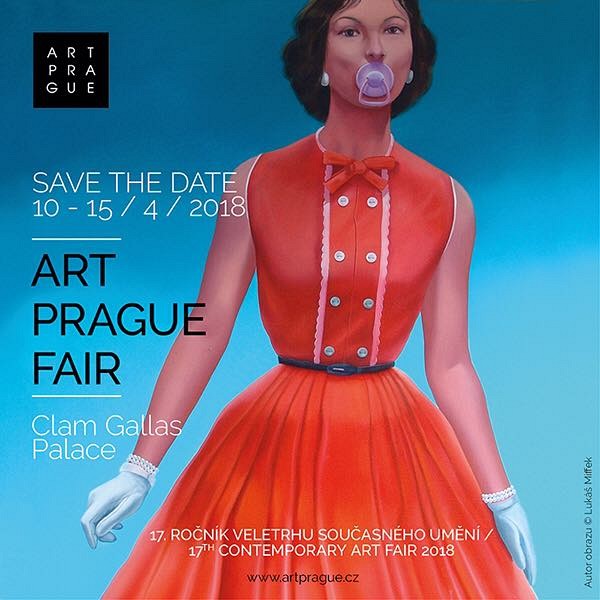
Art Fair Prague
2018
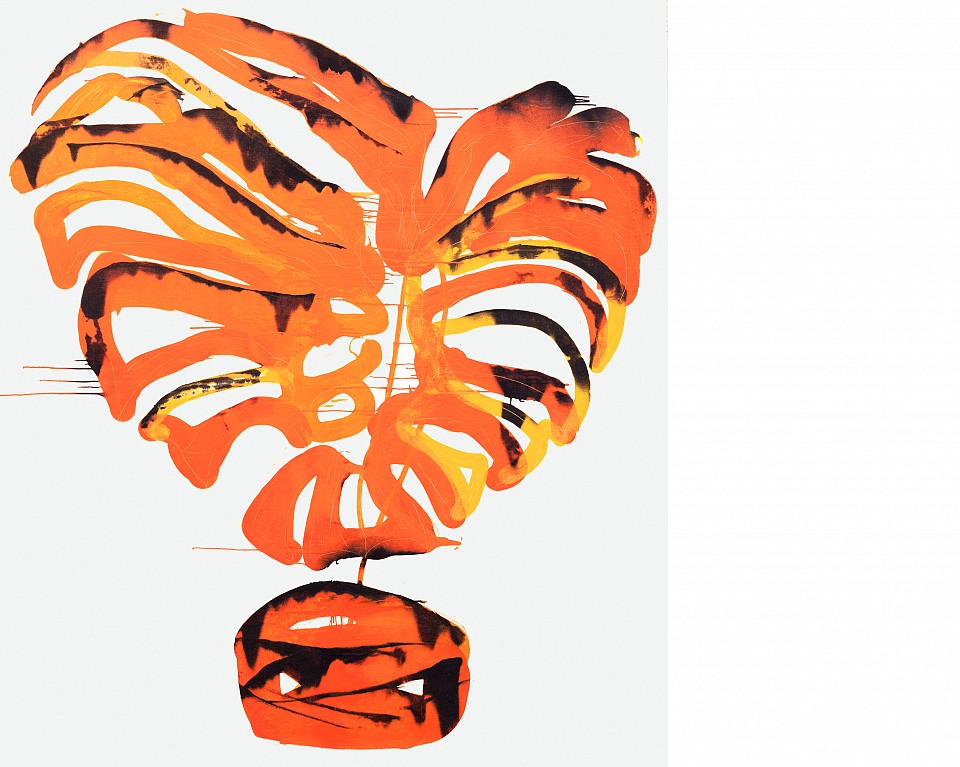
Monstera Deliciosa
Oil on canvas, 2018
230 x 200 cm
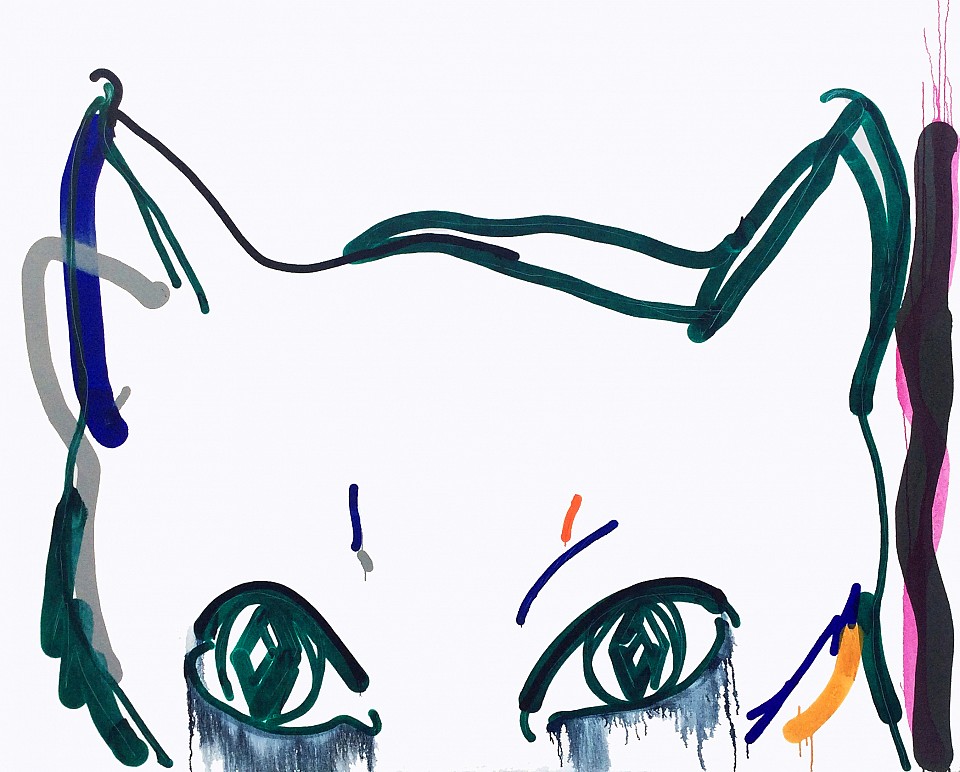
Crying
oil on canvas, 2018
160 x 200 cm
private collection
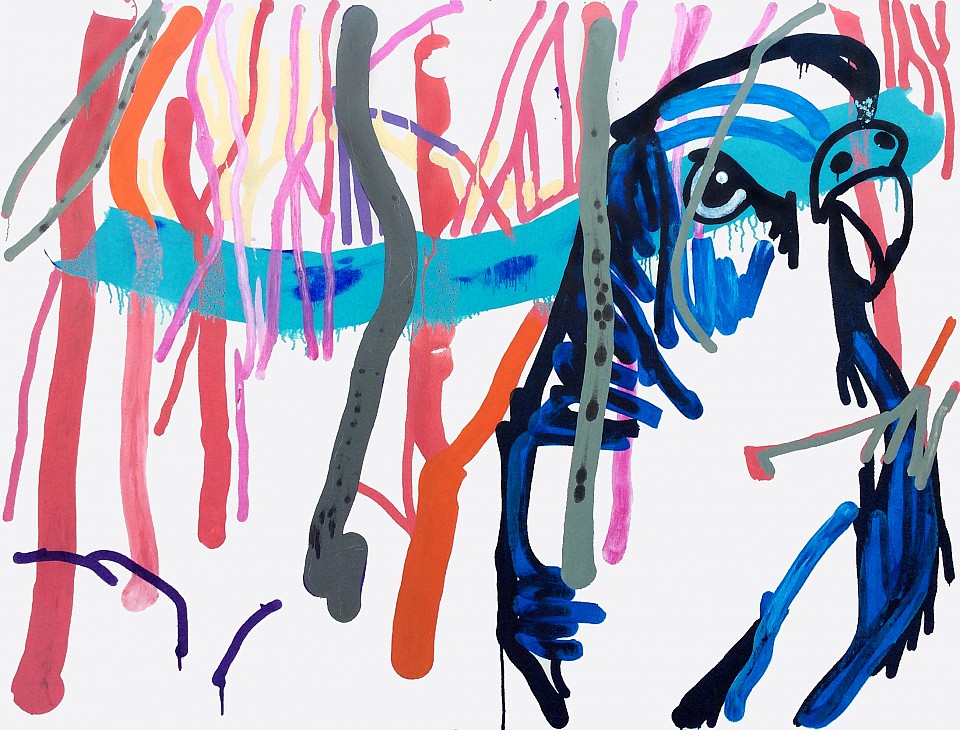
Angry bird
oil on canvas, 2018
130 x 170 cm
private collection
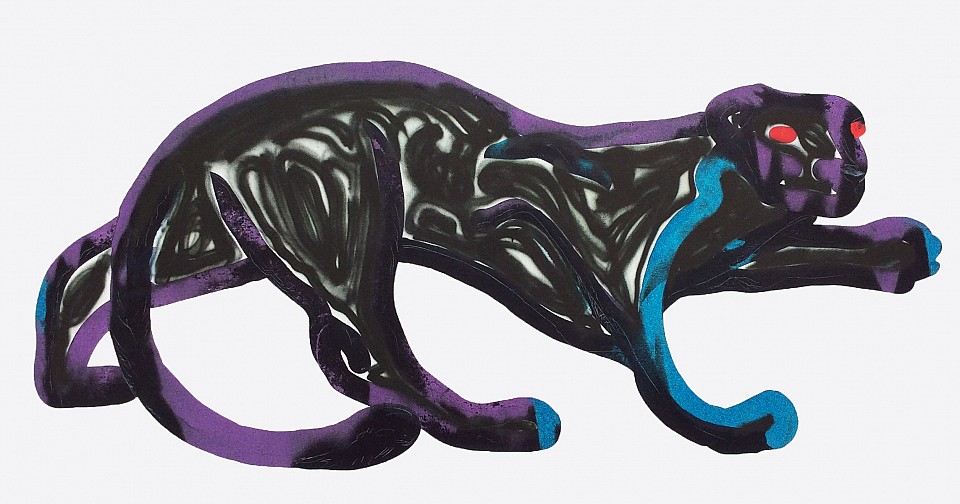
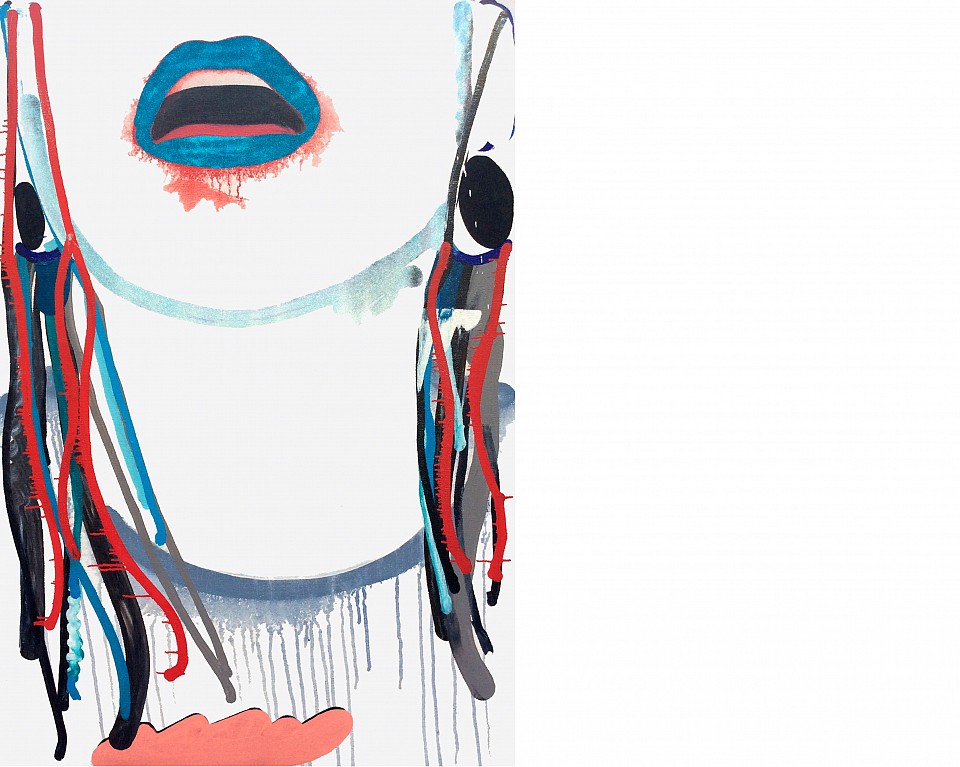
Look at my new lipstick
oil on canvas, 2018
150 x 100 cm
www.theguardian.com/commentisfree/2017/jul/23/exism-in-advertising-is-problem-but-hardly-worst-one-david-mitchell-asa-gender
sexism in self advertising
private collection
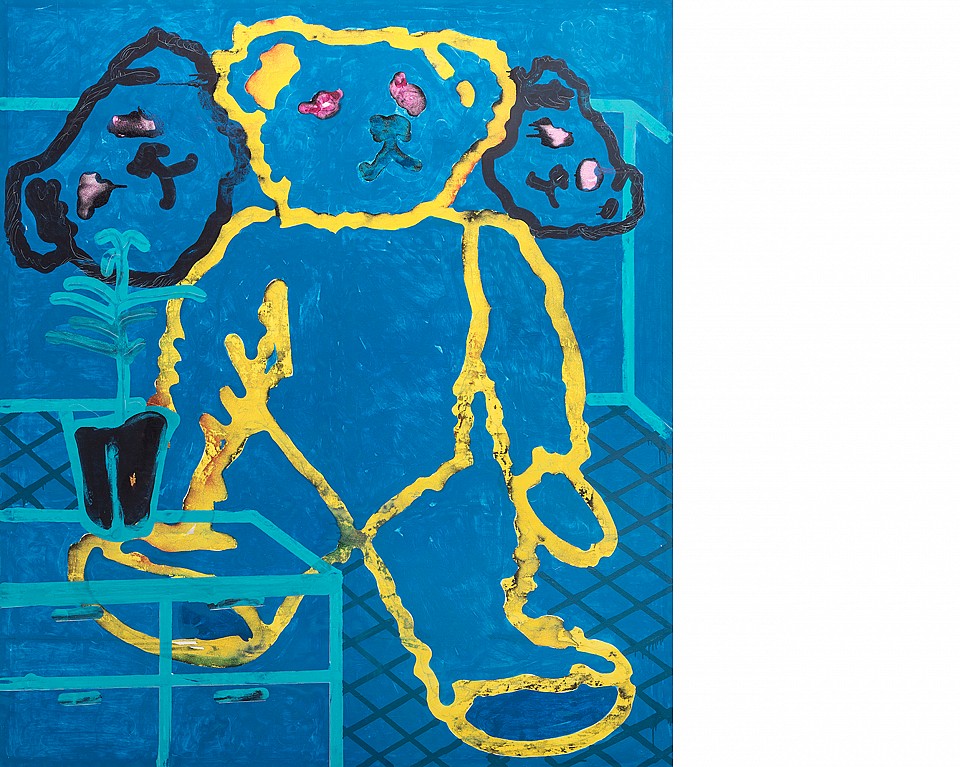
The Night watch
oil on canvas, 2018
230 x 200 cm
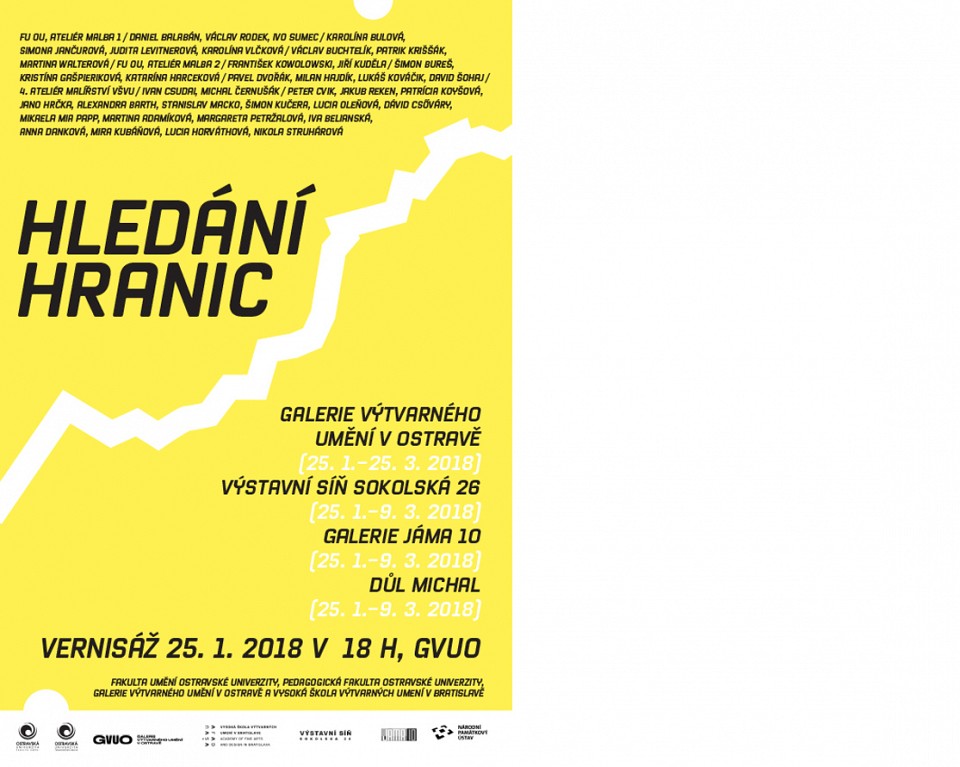
Limits of panting in post-medial time
25.1 - 9.3. 2018
Společný projekt pedagogů, absolventů a studentů malířských ateliérů Vysoké školy výtvarných umění v Bratislavě a Fakulty
umění Ostravské univerzity v Ostravě reaguje na často přítomné otázky spojené s hranicemi malby v současném postmediálním prostředí. Objevuje se potřeba nové definice malby, nalezení jejího pevného místa mezi rozmanitými a prudce se rozvíjejícími novými médii (film, video, nebo digitální fotografie). Výstava se zabývá právě zkoumáním obrazu a vymezením
jeho prostoru ve slovenských i českých ateliérech uměleckých vysokých škol. Nedílnou součástí výstavního projektu bude také konference se stejnojmenným názvem, která za účasti výtvarných teoretiků z českého i slovenského prostředí vnese nové reflexe a pohledy na výtvarné umění nejen studentům, ale i poučené veřejnosti se zájmem o malbu a současnou výtvarnou scénu. Kurátory výstavy jsou Daniel Balabán, Ivan Csudai a Beata Jablonská.
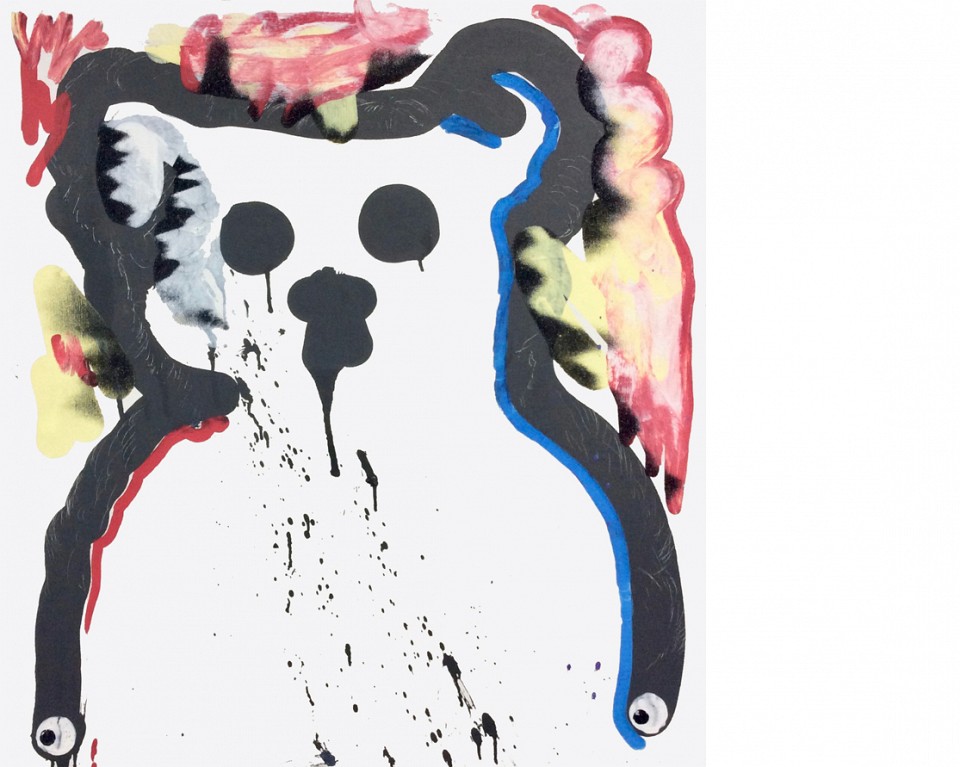
The Exchange
oil and glitter on canvas, 2017
100 x 90 cm
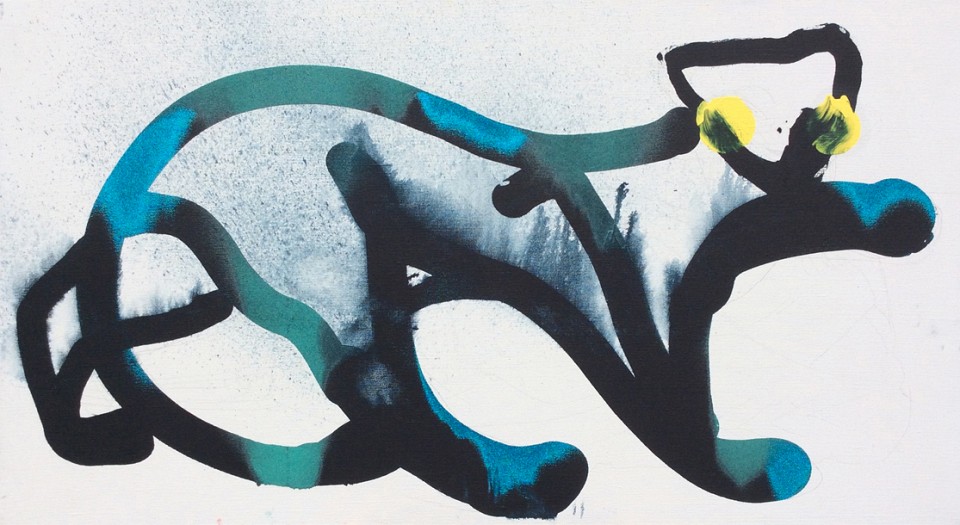
The Pekan
oil and glitter on canvas, 2017
80 x 140 cm
private collection
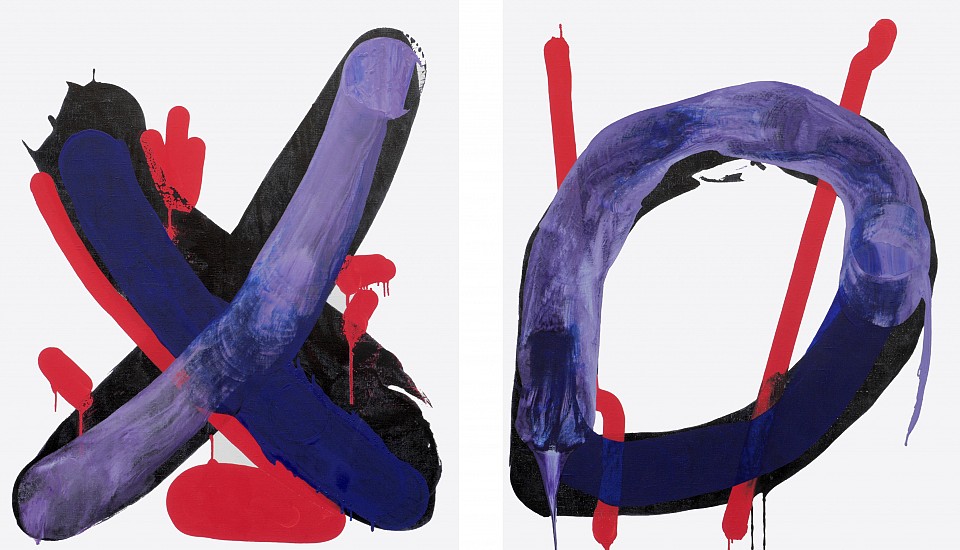
Kiss and Hug (XO)
oil and acrylic on canvas, 2018
120 x 100 cm, 120 x 100 cm
private collection
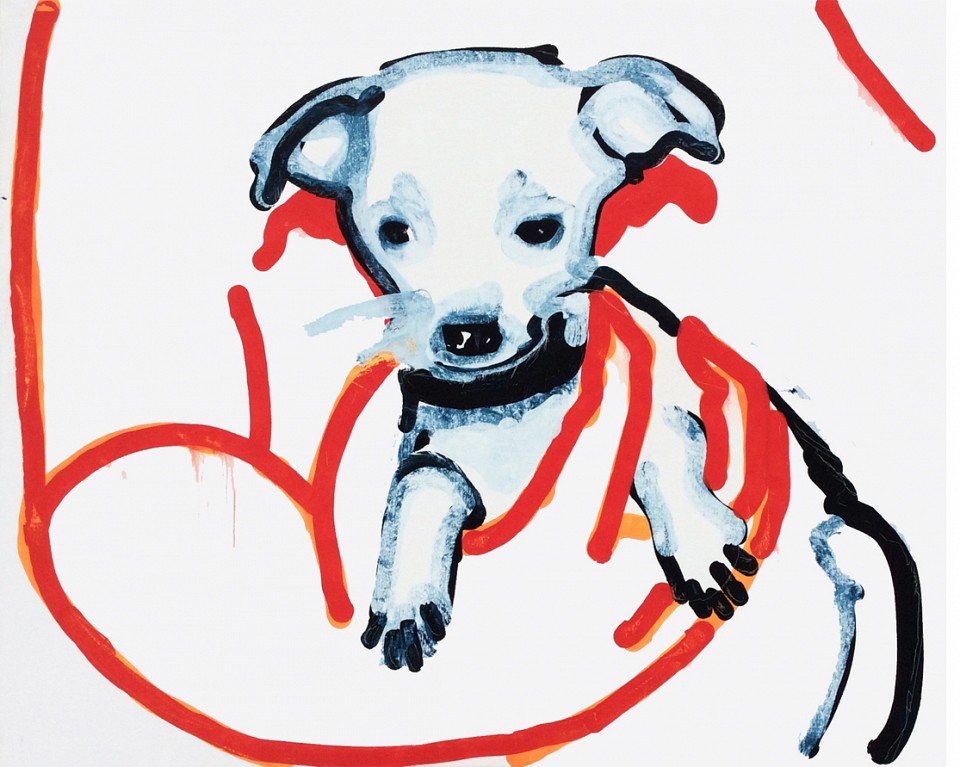
@Bazos.cz
oil on canvas, 2017
160 x 200 cm
private collection
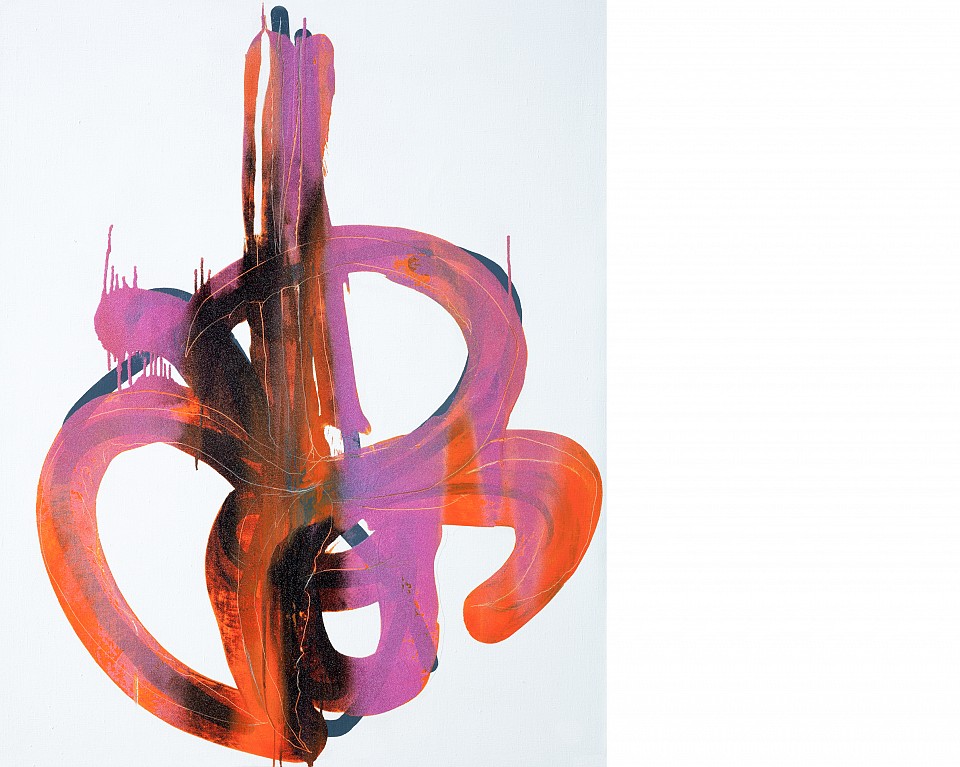
agave
oil and glitter on canvas, 2017
160 x 130 cm
private collection
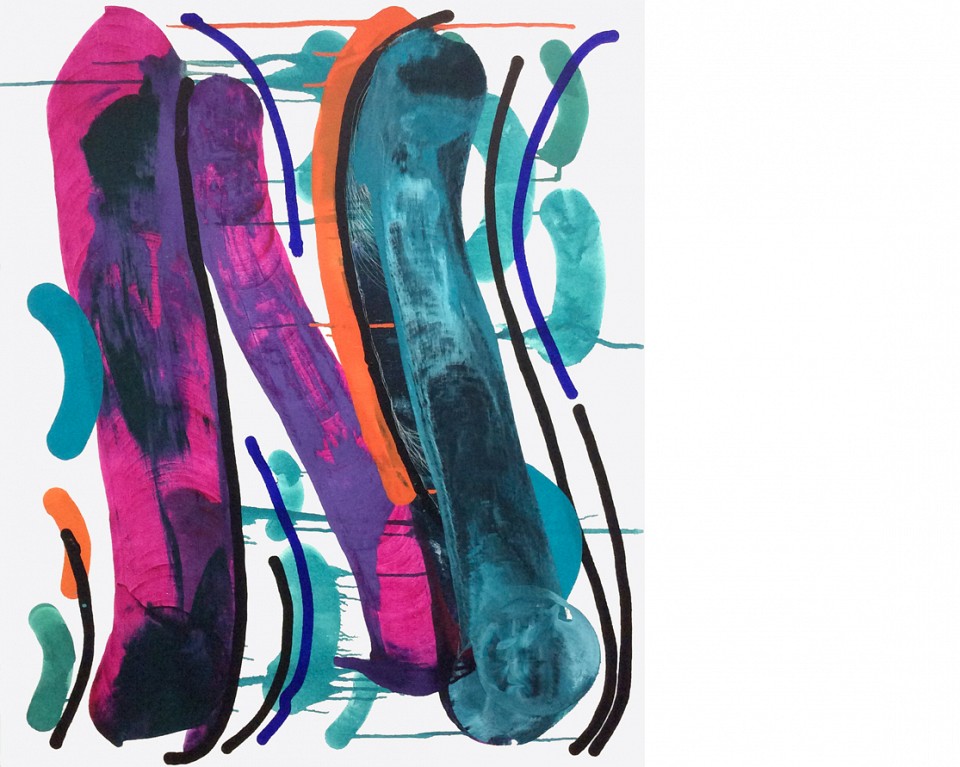
The NOPE
oil on canvas, 2017
120 x 100 cm
private collection
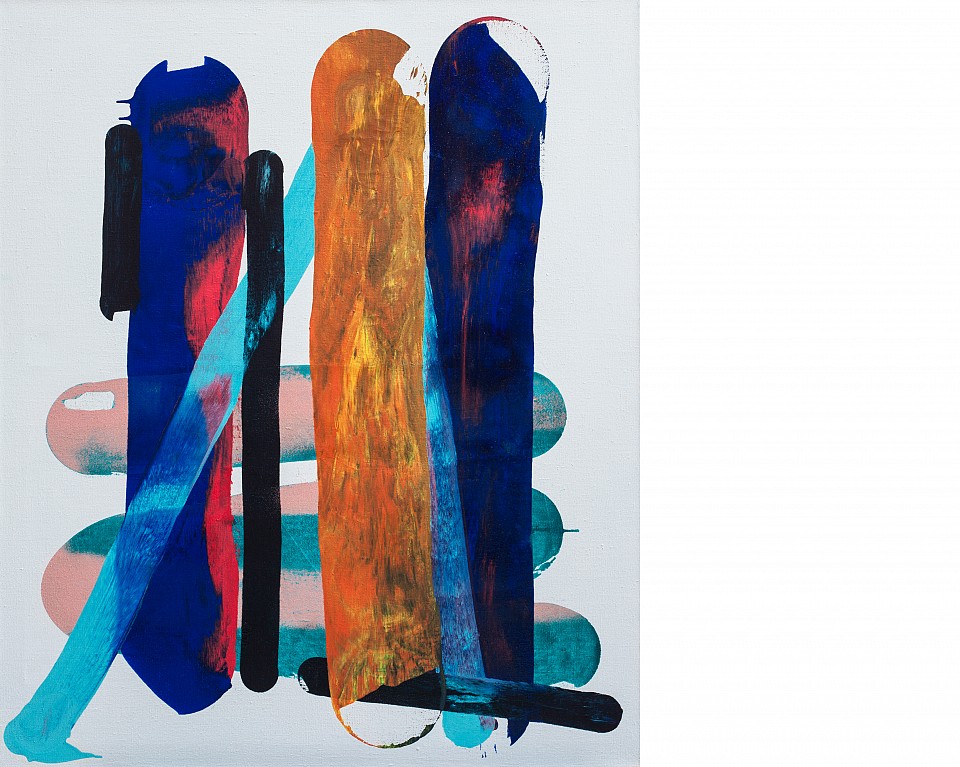
Why can't people stop touching paintings
oil and glitter on canvas, 2017
120 x 100 cm
Private collection
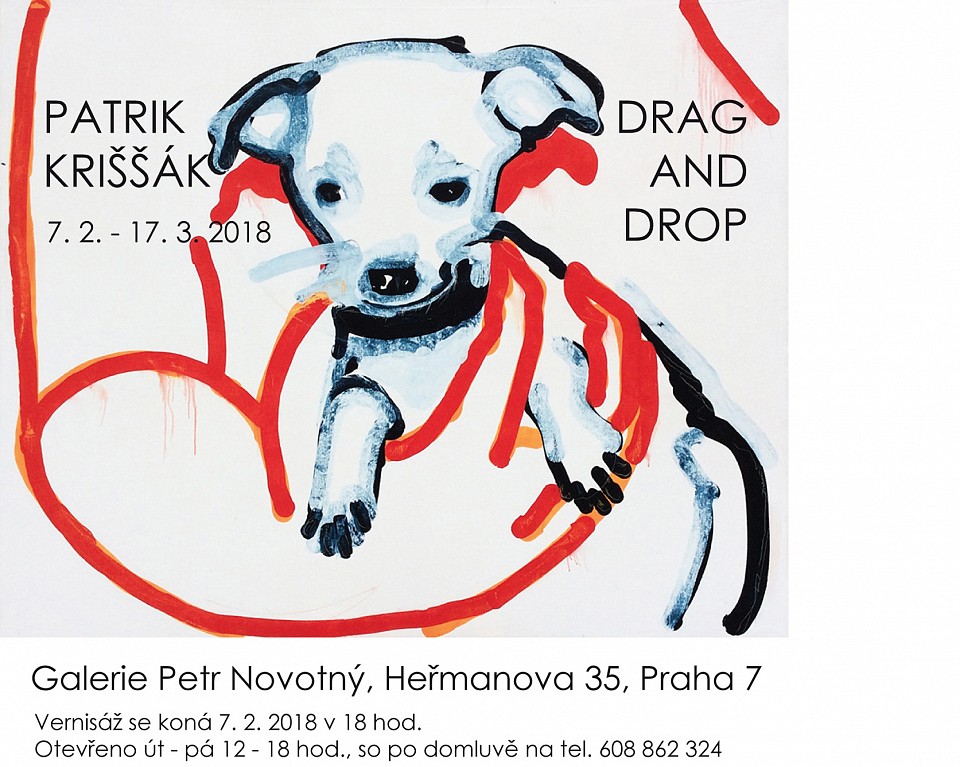
Drag and Drop v galerii Petr Novotný
7.2. - 17.3. 2018
Na první výstavě letošního roku se v Galerii Petr Novotný představuje se svými nejnovějšími obrazy malíř Patrik Kriššák. Je to jeho premiérové vystoupení v této galerii.
Kriššák se narodil roku 1986 na Slovensku v Kežmaroku. V letech 2006 - 2011 studoval na Ostravské Univerzitě u profesora Daniela Balabána. Nyní žije a pracuje v Praze.
Kriššák vždy rád experimentoval s formou obrazů. Po sérii obrazů, vzniklých vystříháváním tvarů z kožešin, napnutých na rámu, začal nedávno vytvářet obrazy tak, že jednotlivé tahy nevytváří štětcem, nýbrž přímo barvou, nanášenou na plátno z lahve nebo jiné vhodné nádoby. Takto vzniklé barevné plochy pak dále upravuje vymýváním, proškrabáváním nebo nanášením barevných glitrů. Obsahově se jedná dílem o práce ryze abstraktní, znakové, dílem s florálními či zvířecími motivy, méně časté jsou pak náměty figurální. Autor sám ke své práci a k výstavě uvádí: „Drag and drop (táhni a pusť) je v informatice operace používaná v grafickém uživatelském rozhraní, kdy uživatel v počítači „uchopí“ pomocí myši virtuální objekt a přetáhne ho na jiné místo. Tato definice nevytváří jenom analogii k malířské technice, ale i k práci na tématech, na kterých paralelně pracuji. Myšlenkovým základem je určitě romantismus, i když se to nemusí jevit na první pohled, pocit, že malíř může ovlivnit přemýšlení, zejména diváků a konzumentů vizuálního umění. Já sice nevím, jak můžu změnit svět, ale určitě pokud se podívám na tuto sérii (Domestikace), tak zobrazení zvířat, či rostlin je jako stvrzenka, čeho se lidstvo dopustilo, že jsou ta zvířata uvězněna. Není to nestranné zobrazení jako např. atlas. Nenabízím řešení, jen podněcuji k přemýšlení.“
Patrik Kriššák vystavuje samostatně od roku 2009, za tuto dobu realizoval téměř dvacet autorských výstav. Jeho dosavadní dílo přesvědčivě ukazuje, že s ním musíme počítat i v budoucnu. -Petr Novotný-
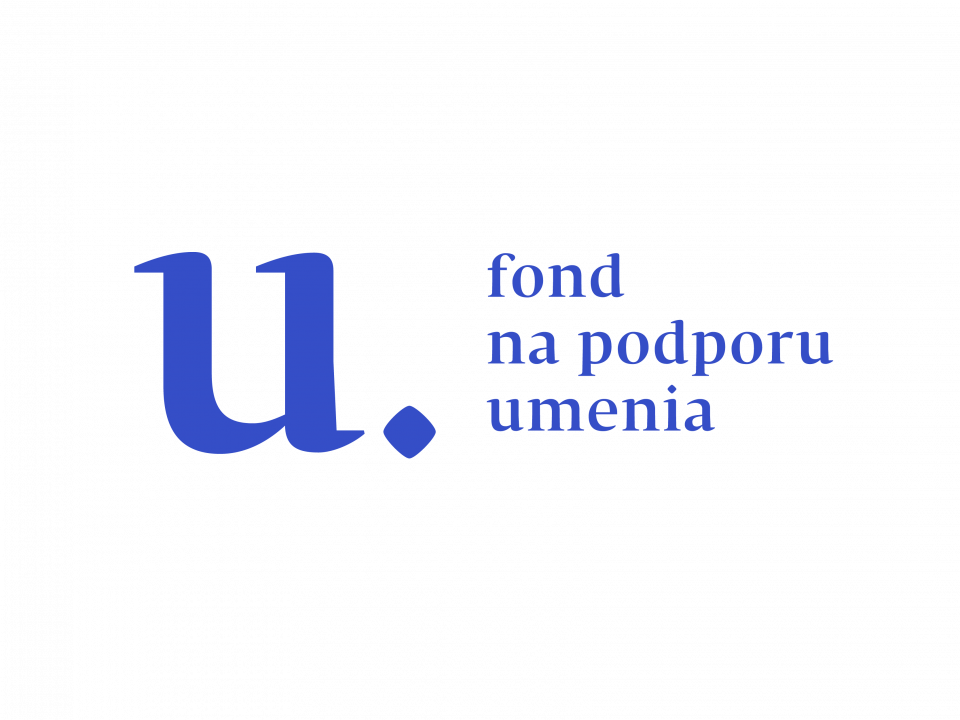
Štipendium
2017
Realizáciu projektu Domestikácia podporil z verejných zdrojov formou štipendia Fond na podporu umenia Slovenskej republiky.
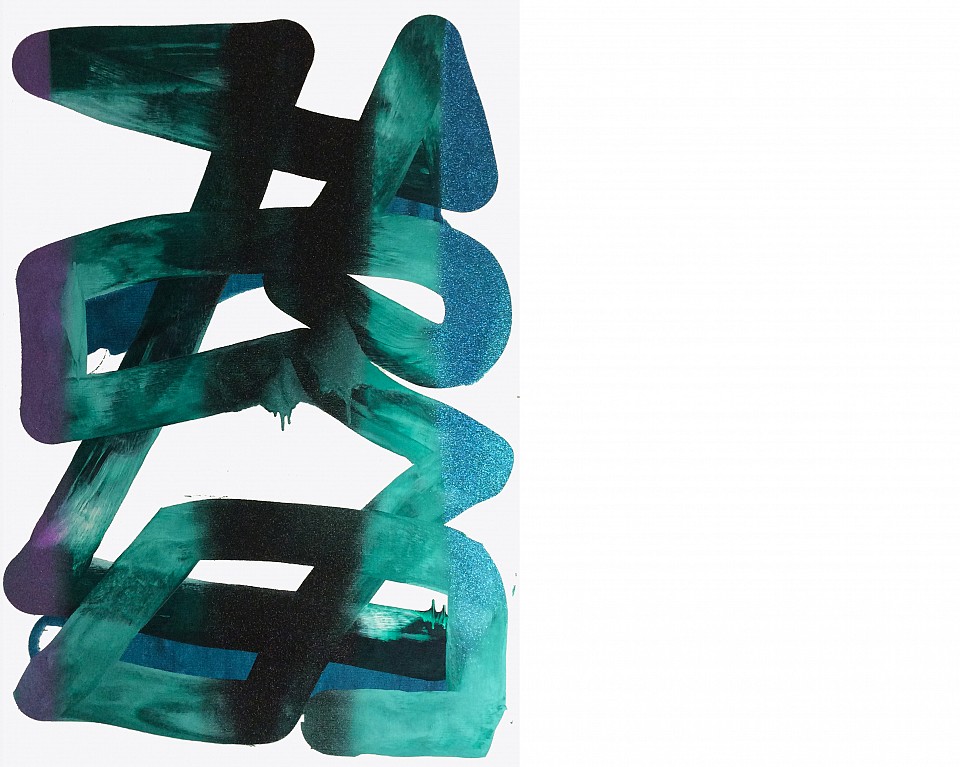
Pixachao
oil on canvas, glitter, 2017
150 x 100 cm
Lípa collection
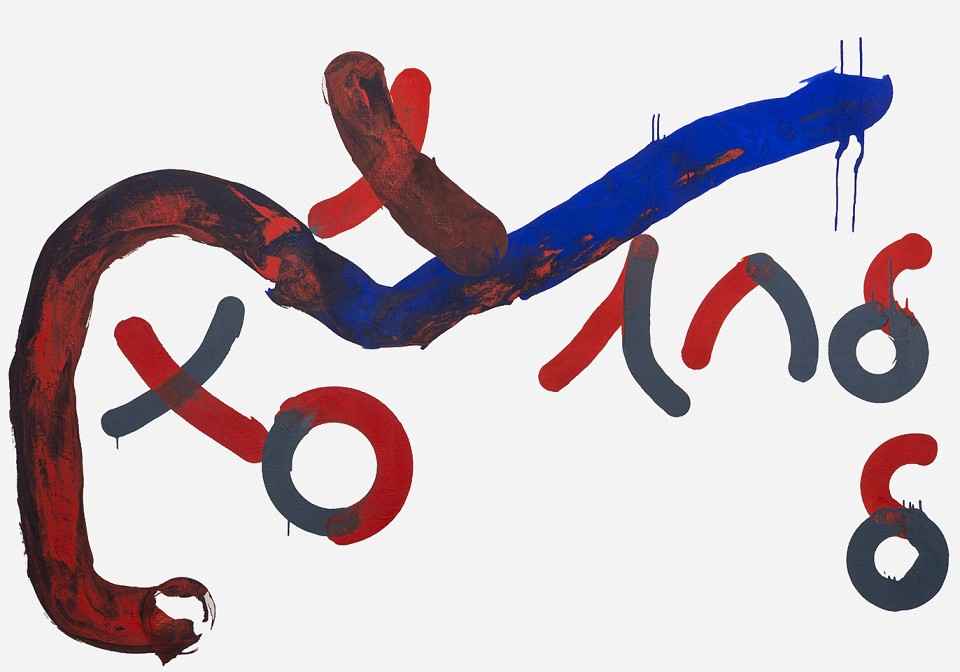
XO (kiss and hug)
oil on canvas, 2017
140 x 200 cm
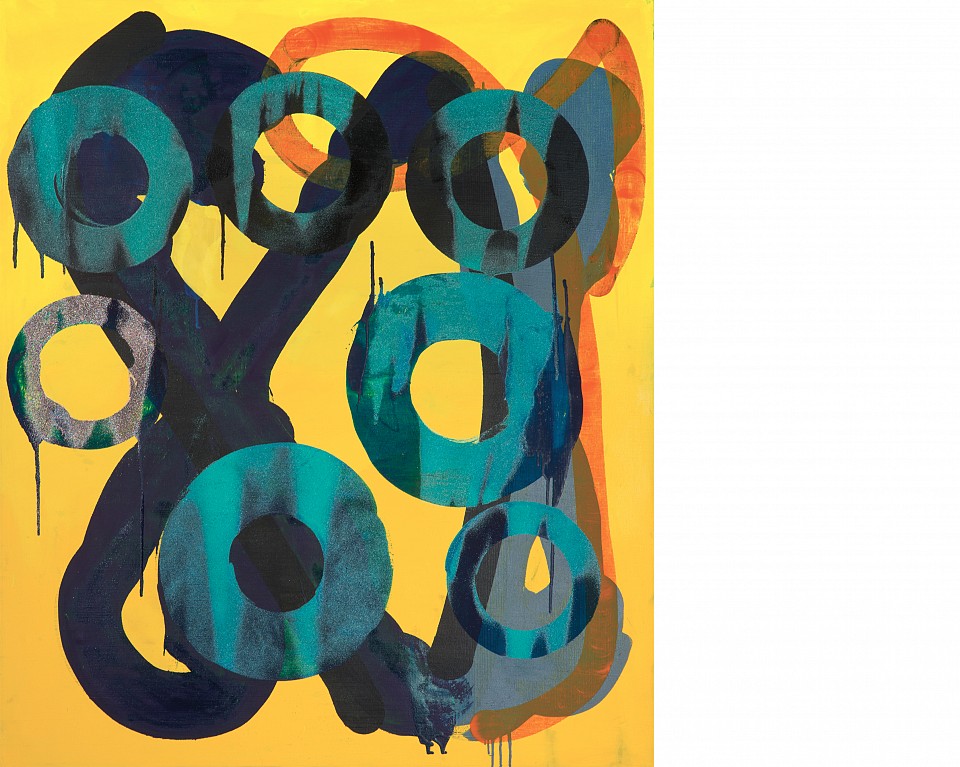
Sieben I.
oil and glitter on canvas, 2017
140 x 120 cm
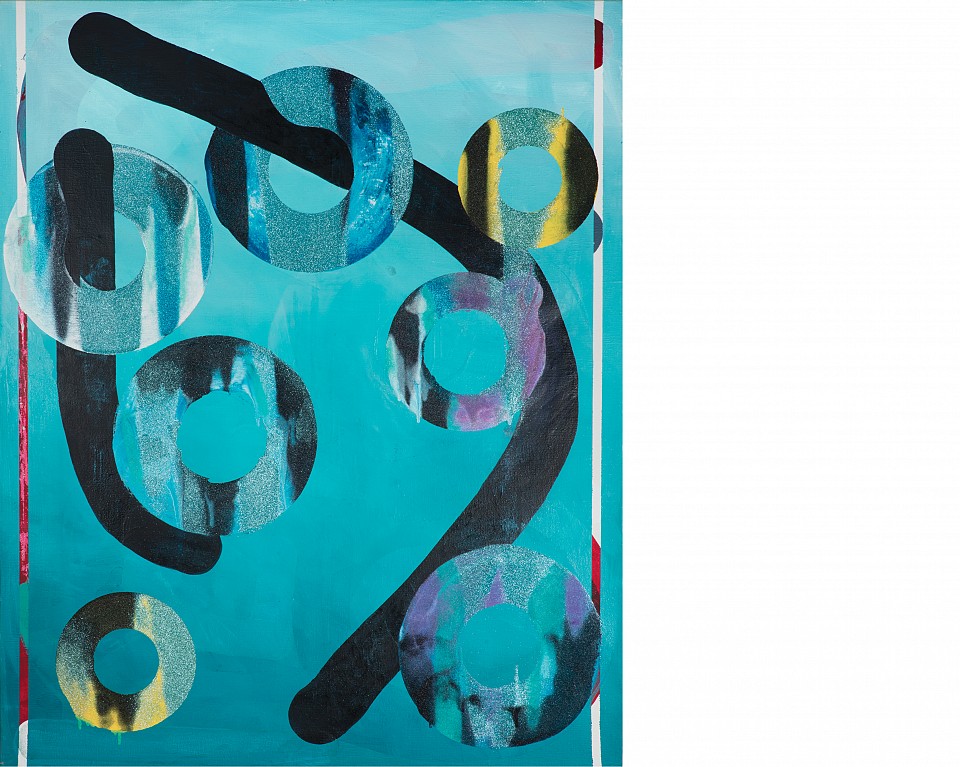
Sieben II.
oil and glitter on canvas, 2017
160 x 130 cm
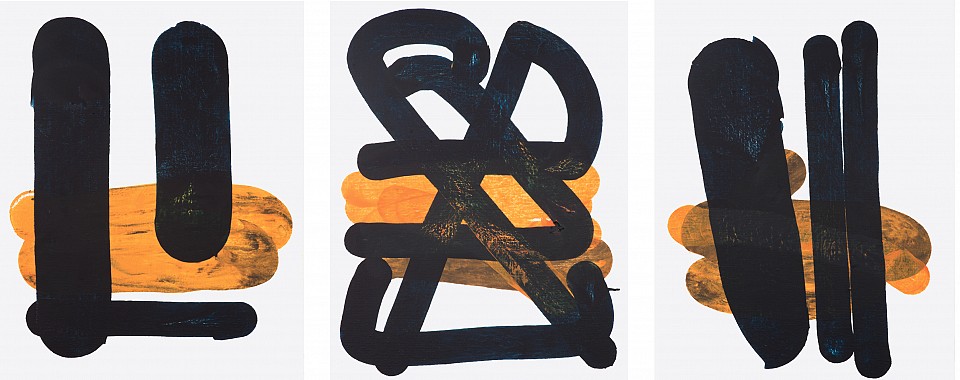
Untitled I., II., III.
oil on canvas, 2017
a 60 x 50 cm
private collection
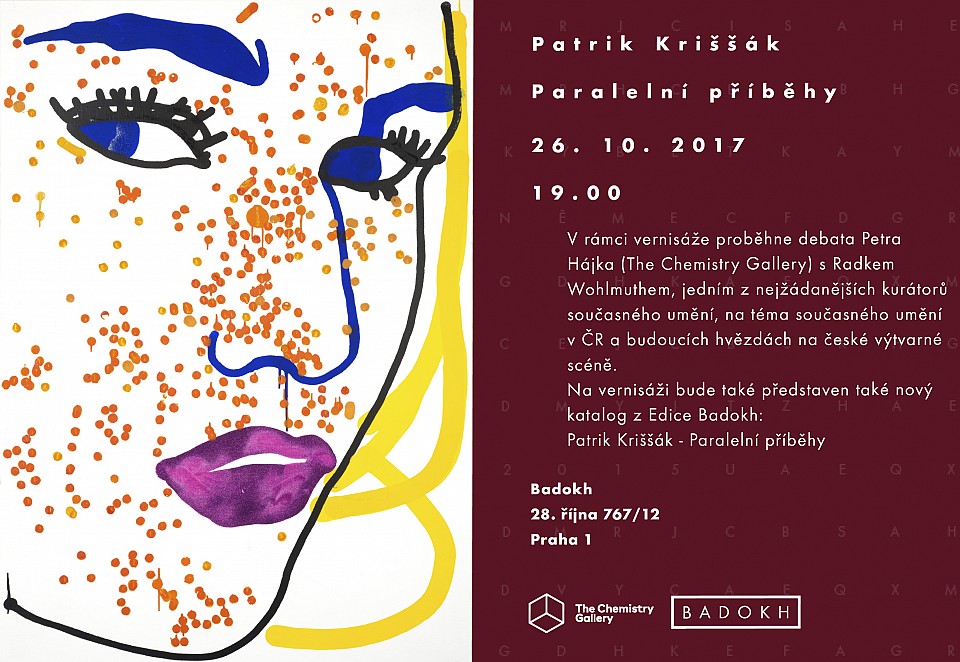
Paralelní příběhy, BADOKH
02.10.2017 - 02.04.2018
Patrik Kriššák (1986) belongs to the large wave of the new generation of painters who have gradually estab- lished themselves on the domestic visual scene since the first decade of the new millennium. If this symbolic milestone provoked ‘apocalyptic’ moods almost a quarter of a century ago, as it did in medieval times, these young artists are not at all upset by any fear of an absolute end. Although they do not speculate about the survival of the art of painting, that does not mean they approach painting solely in an orthodox way.
On the contrary: many of these young painters perceive the art of painting as a ‘flexible’ medium able to contain almost anything and thus able to treat, ironise and problematise itself and its nature. In fact, this approach is in full accordance with the basic description of Generation Y, to which the vast majority of these visual artists belong. Named Generation Why?, it is primarily defined by an environment of (un)certainty and an atmosphere of general (dis)trust, with the two understandably accompanied by fundamental questions asking about and challenging the established ‘verac- ity’. Quite naturally, the experimental path leading through the very nature of the art of painting and the wall-hung painting is also typical of Patrik Kriššák.
The twofold unity of his approach has primar- ily consisted in combining current issues connected which for Patrik is an intuitive tool and a means of coming to terms with the world. During the past five years, Kriššák’s techniques have included meticulously constructed colour paint drawing based on a system of drawn hatchings, a yet more depersonalised picture-making employing an ‘old school’ needle printer, as well as a series of haptic fur compositions that directed his route to picture-objects. Even though all these techniques may seem utterly different at first sight, they do share some underlying features, such as the effort to break free from the boundaries of the methods of expression tried and tested by the majority and the evident inclination towards non-brush painting.
Kriššák is still in the grip of this effort, as is seen in the same preferences surfacing in his current creative endeavours, which have again made him develop his own original technique using bottles with paints. This has not only regenerated his linearity tendency but also enriched his scope of expression with
a marked colourism, a factor rather silent in his artistic expression until then. It is the wide colour brushstroke of different width in his compositions that justifies speculation on Kriššák having made a circle to come back to the art of painting proper.
Patrik Kriššák continues to be consistent in his individual way of working on a ‘laboratory’ basis. At the same time, he intentionally puts obstacles in his path as a result of the general ‘unchartered nature”
of his new technique, obstacles such as a desire to express himself as powerfully as possible across the polarity of painting from realism to abstraction and a desire to achieve volume plasticity and modelling
through another ‘unfamiliar’ matter, that is, glitters. This allows Patrik Kriššák to seek a method of expres- sion as liberal as possible without any apparent fear of conservatism. For the first time in a long while, Kriššák treats different painting themes in a uniform manner in several cycles created simultaneously.
However, he first had to master fundamental skills and systemise his painting method, in which he uses ordinary preserving jars, fruit puree jars and various drink coasters. Having begun to examine the technical possibilities through different topics, he in fact chartered the full thematic range of the art of painting. Unwittingly, he laid the foundations of all his future series, be they portraits, sign automatism, animals or flowers. As Kriššák’s pace of work is relatively slow, only after a gap of several years did his solitary pictures start to form distinct series, demonstrating progressively improving formal perfection as well as transformations of ideas.
Kriššák himself described his initial approach to portraits as based on voyeurism, which only after some time transformed into efforts to capture emotions, moods or a state of affairs that freeze in a picture
as time does in a photograph. Working on portraits, Patrik used make-up glitter paints for the first time and realised their added value for shading, which some- times intersects with the generation of meaning. This also multiplied his portion of spontaneous romanticism, including the very principle of discovering and appro- priating a unique subjective technique, which will not only become a means of purely individual expression but also an evident distinctive feature as codified in the ‘legend of an artist’ by the pre-avant-garde. Apparent in Kriššák’s work since the beginning, the romanticising tendency has even further confirmed the specific treatment of portraits, be they figures without a face or a certain time period’s hybrid ideal without any individual features depicted in mainstream fashion magazines.
Color Glitter is the group that gives Kriššák
the most room for experimenting and targeting the principles of painting as a topic. The group’s focus on non-depicting motifs is rather appropriate. It includes earlier compositions based on non-controlled autom- atism, but can also indicate interest in conscious and unconscious inner processes and psychological reality as treated by Carl Gustav Jung. On the other hand,
it does not lack works oriented on the basic issues of shape, semiotic nature, colour or luminescence, in their becoming as well as ending, which is well manifested by the names of some works (Shape I, II, III; Luminace; Erasing; Gradient 2017).
Most charged with emotions, Domestication
is the cycle in which Kriššák best expresses himself as a story teller. In terms of motifs, Domestication involves plants and animals, and the artist presents his opinions rather than being an impartial observer. The key inspi- rational impetus was the essay Why Look at Animals written by John Berger in 1977, which exposes a dras- tic transformation of ‘the natural connection between man and nature’ as a result of the loss of direct sight. Some canvases give a naïve or idyllic impression, although Kriššák solely depicts houseplants ‘imprisoned’ in pots and sentenced to eternal beautification, and
pets left at the mercy of their owners. However surprising it might seem, this series is primarily motivated by a critical attitude and the fact that we, as the view- ers, are not aware of the bias of our vision and only co firm it.
Kriššák’s multitasking brings a specific volatile concentration, which is demonstrated by approaching his creative process and its conditions in an orderly manner in order to accomplish a result as powerful as possible. This is not only characterised by the choice of oil paints ensuring the best richness, but also the occasional use of stencils that prove the strength of expres- sive stroke through contrast. This is also very evident
in ballpoint sketching so that the picture could receive maximum energy. Playing an important role in all cas- es, colour and expression are the principal carriers of emotion and information present in his pictures.
Concerning a large spectrum of human exist- ence, Patrik Kriššák’s Parallel Stories cover both the psychology of automatism and alphabetical semiotics, both tender pets and distorted relation to ‘old’ nature, both the image of man idealised by media and trans- gender, both spontaneous romanticism and rational thinking. However, this bipolar view is a sign of search- ing inquisitiveness rather than indecisiveness, and the painting remains allusive, emphasising ambiguousness and the presence of mystery.
- Radek Wohlmut -
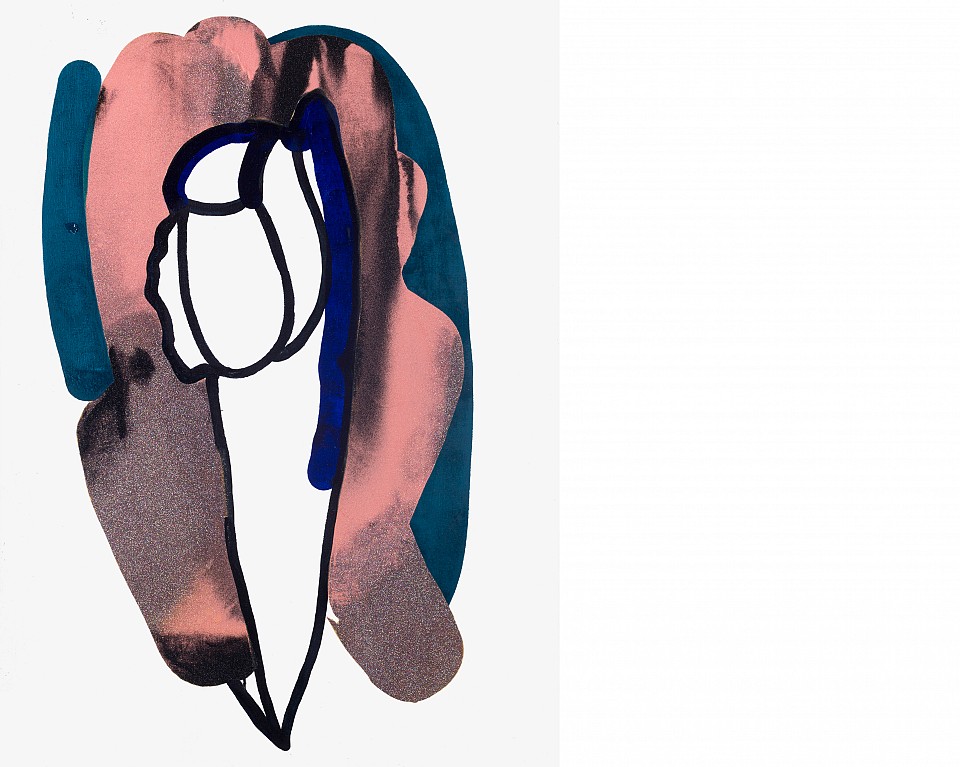
The Manga
oil and glitter on canvas, 2017
140 x 100 cm
www.cl.cam.ac.uk/events/code/events/kalmar.html
Privat collection
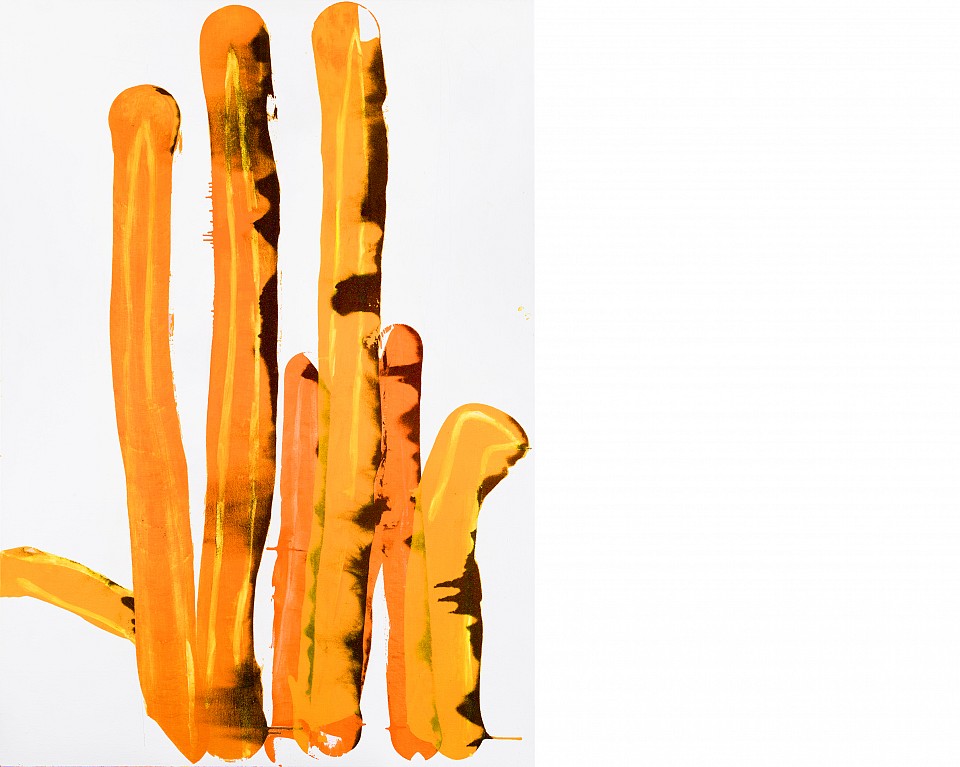
The Sansevieria
oil and glitter on canvas, 2017
200 x 140 cm
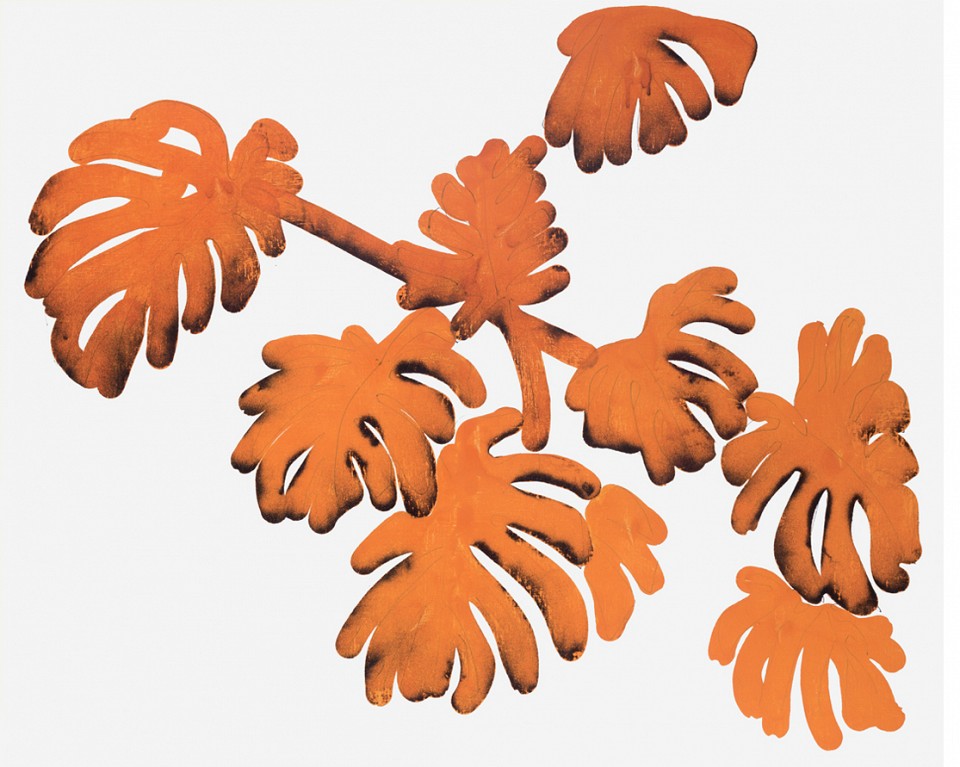
Monstera Deliciosa
oil and glitter on canvas, 2017
130 x 160 cm
private collection
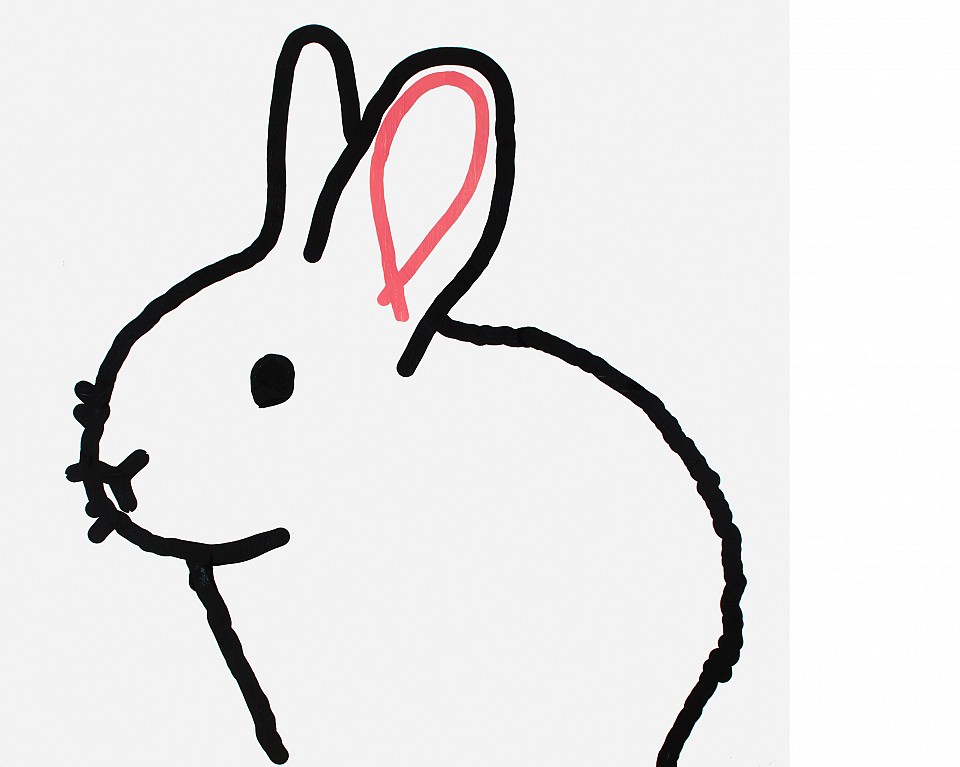
The Big Bunny
oil on canvas, bottle painting, 2016
200 x 200 cm
Patrik Simon collection
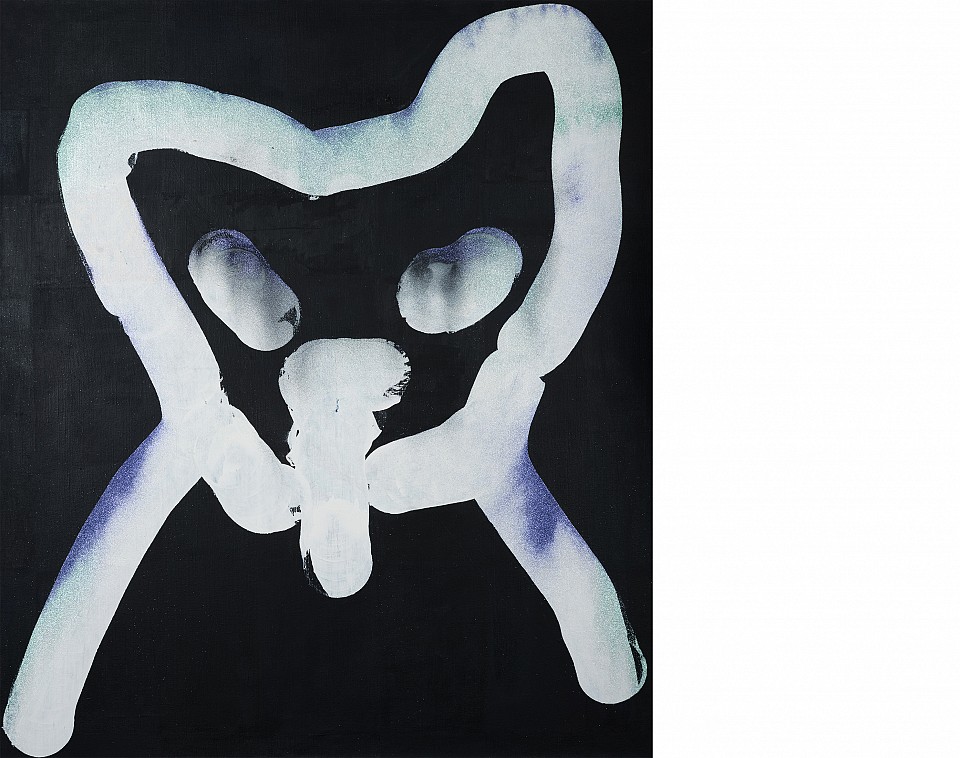
Sasha II.
oil and glitter on canvas, 2017
140 x 120 cm
private collection
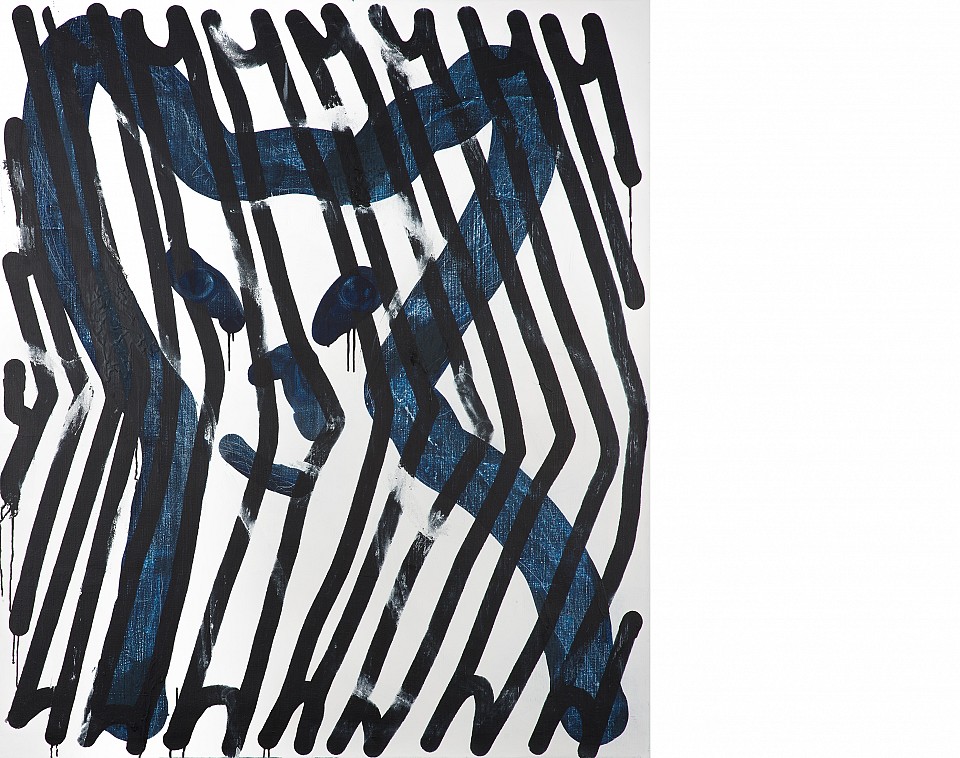
Sasha I.
oil on canvas, glitter, 2017
140 x 120 cm
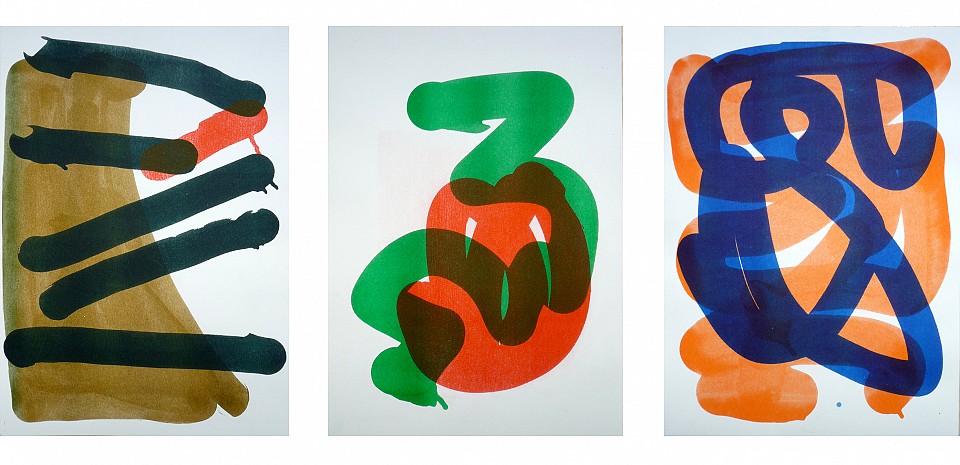
triptych
riso print, 2015
a 40 x 30 cm
unavailable
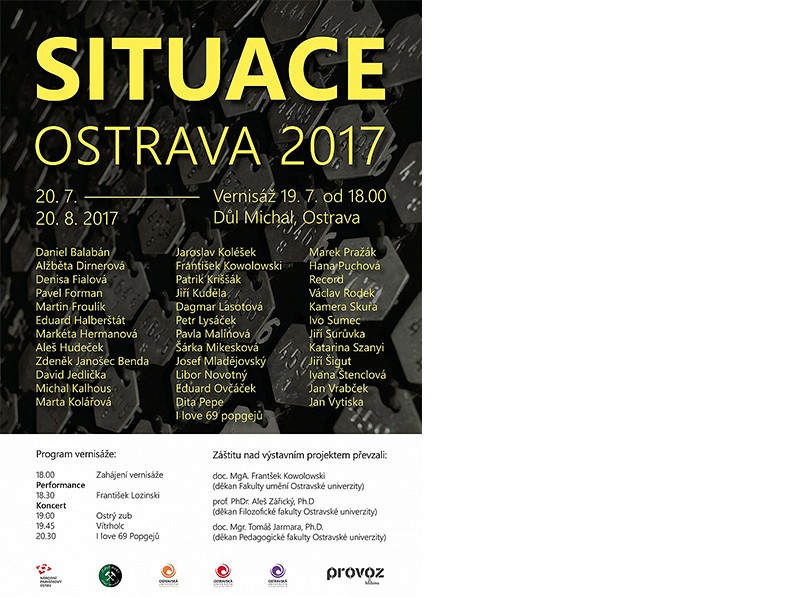
Salon Situace Ostrava 2017
20.07.2017 - 20.8.2017
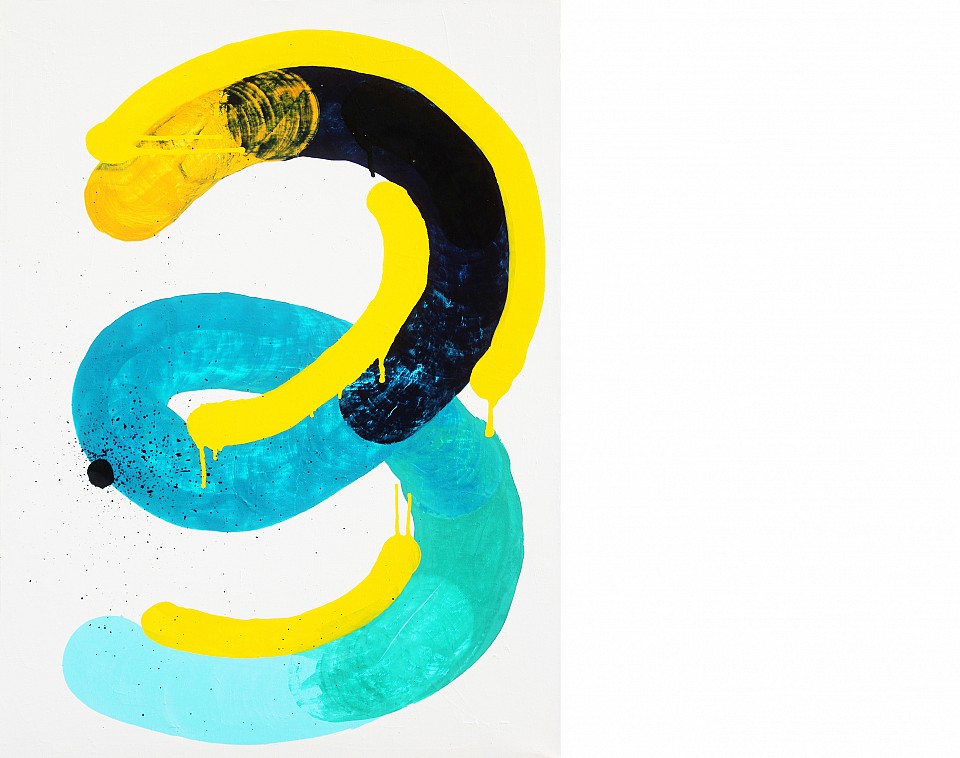
3-Gradient
oil on canvas, 2017
92 x 70 cm
private collection
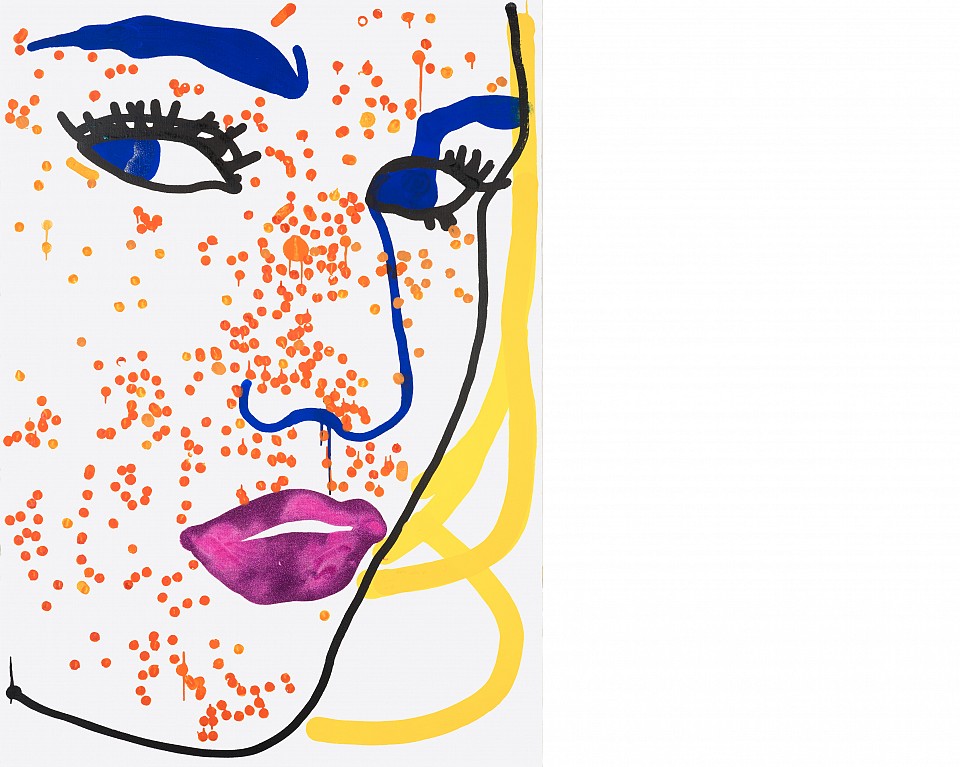
About the sight
oil on canvas, glitter, 2017
150 x 100 cm
Private collection
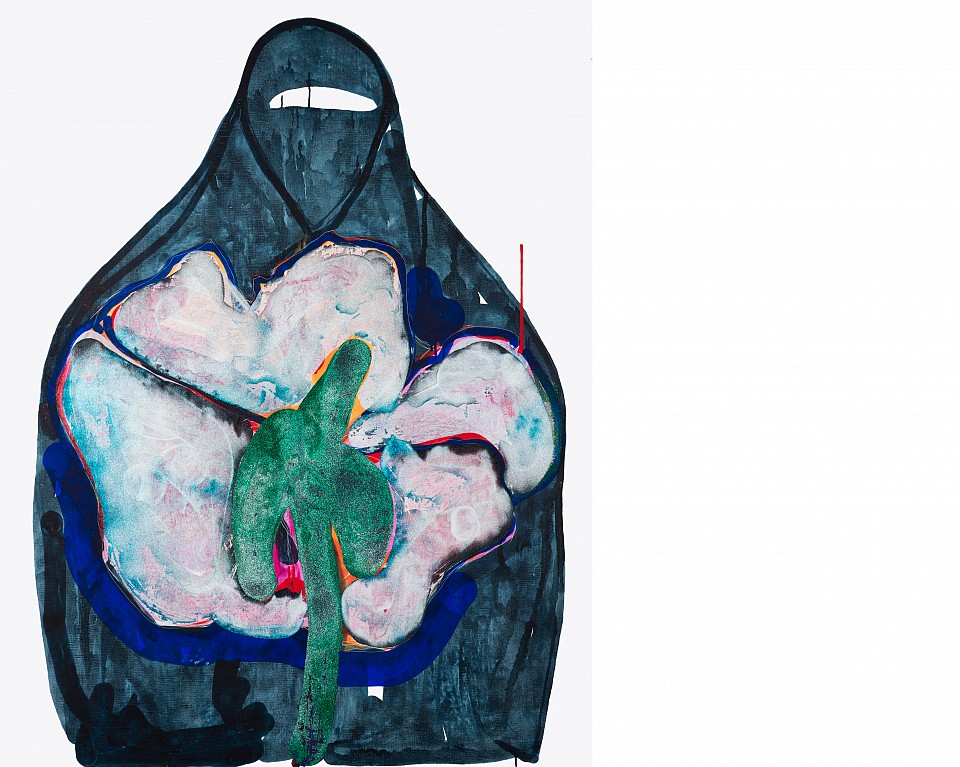
On the backgroud of historical events
oil and glitter on canvas, 2017
170 x 130 cm
www.wcpo.com/news/national/nike-has-a-new-product-for-muslim-women-the-pro-hijab
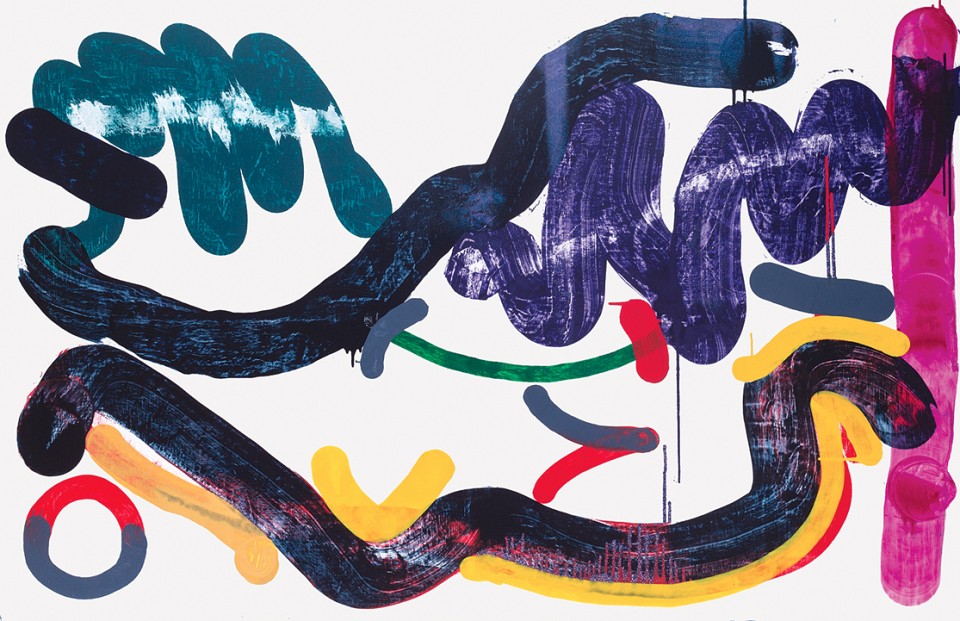
Wide field of interpretation
oil on canvas, glitter, 2017
130 x 200 cm
private collection
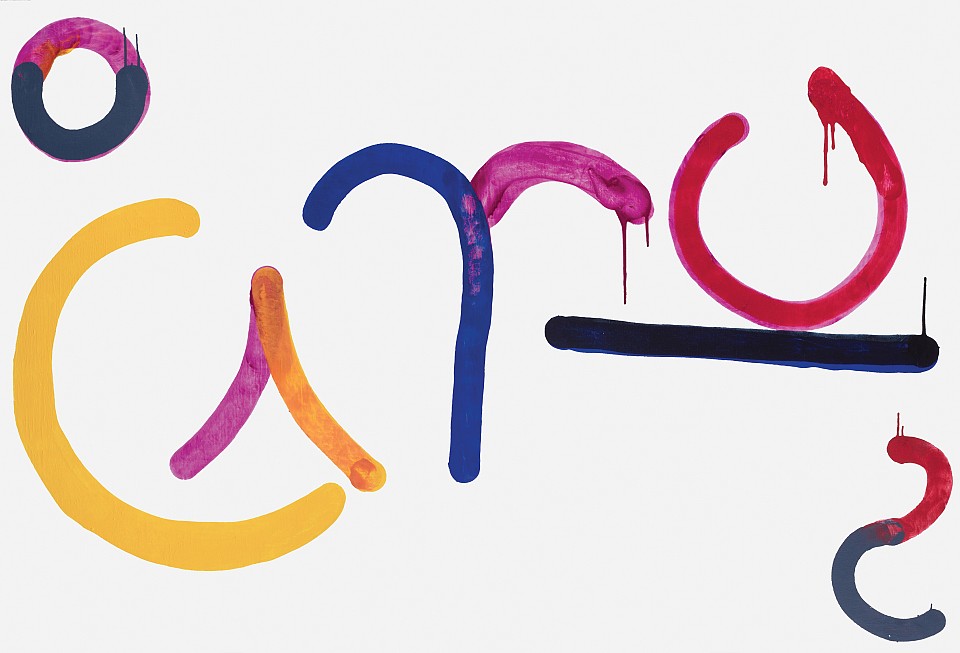
The Character morphology
oil on canvas, bottle painting, 2017
100 x 150 cm
private collection
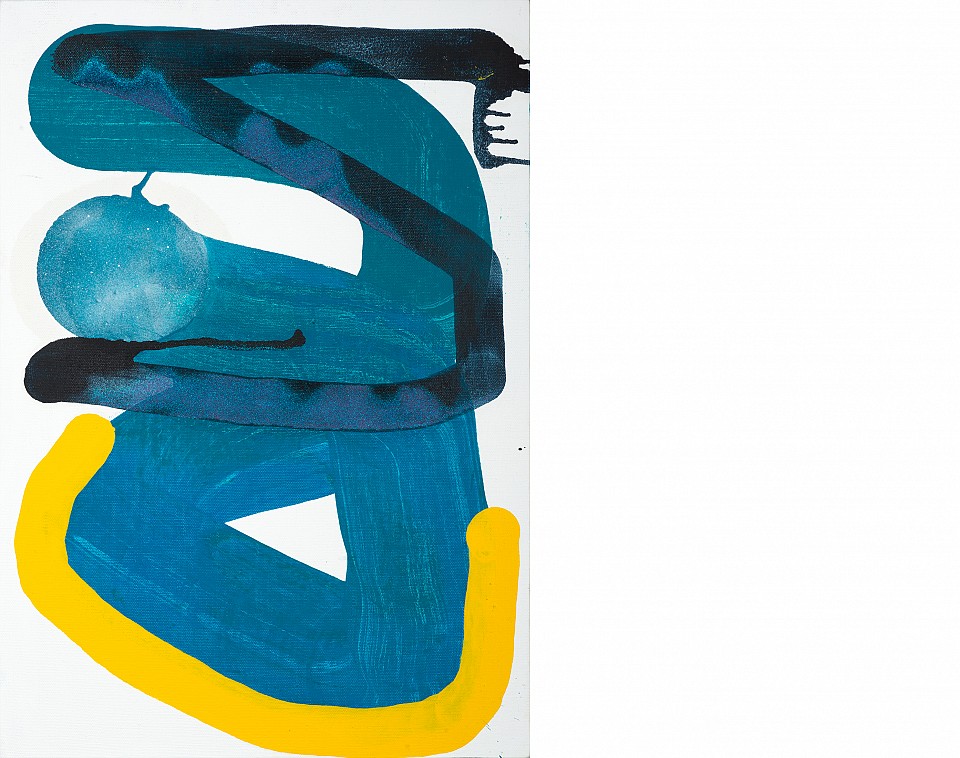
The Siple complicated
oil and glitter on canvas, 2017
73 x 50 cm
private collection
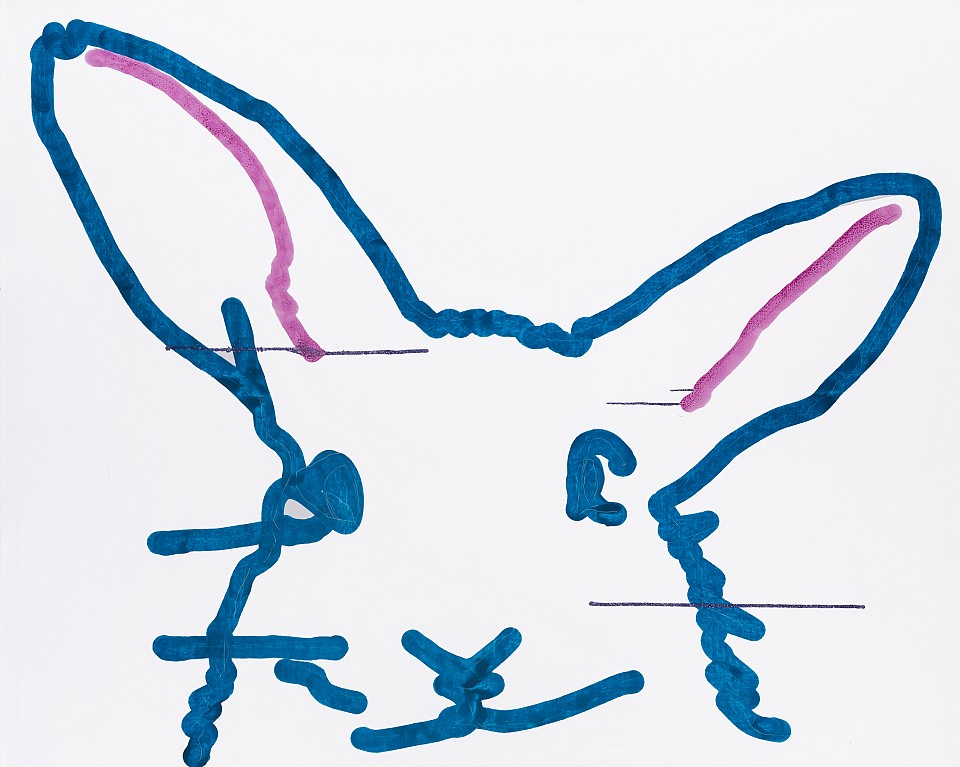
Alter toys - Bunny
oil on canvas, glitter, 2017
160 x 200 cm
private collection
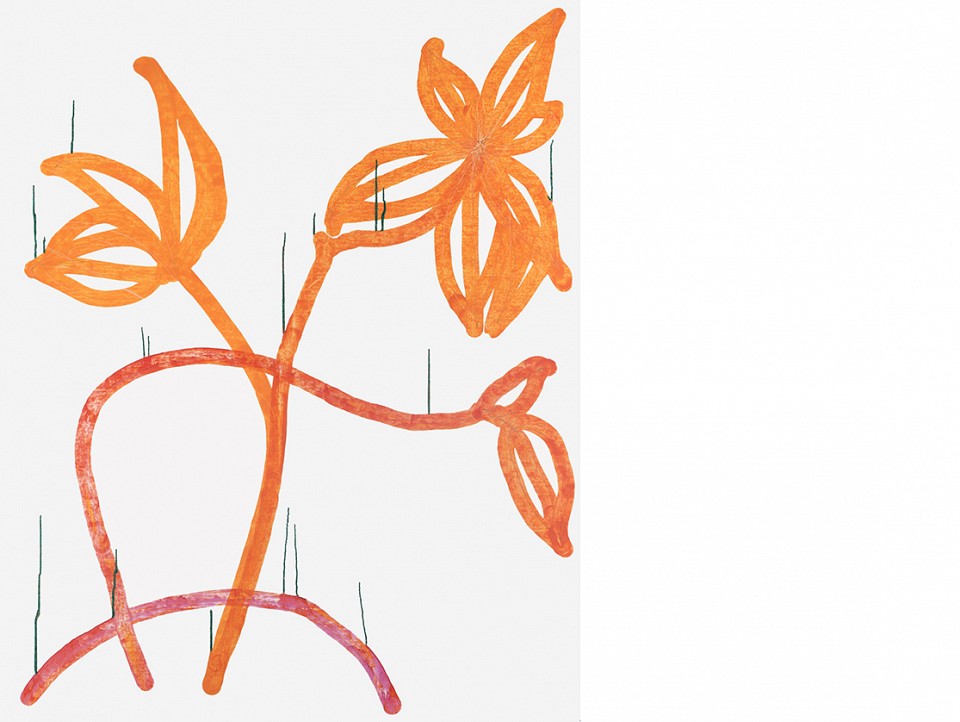
Fikus II.
oil and glitter on canvas, 2017
200 x 160 cm
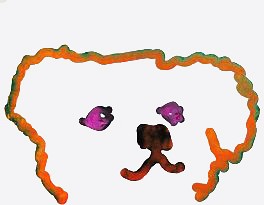
Even the plush has a feeling
olej a gliter na plátně, 2017
103 x 130 cm
private collection
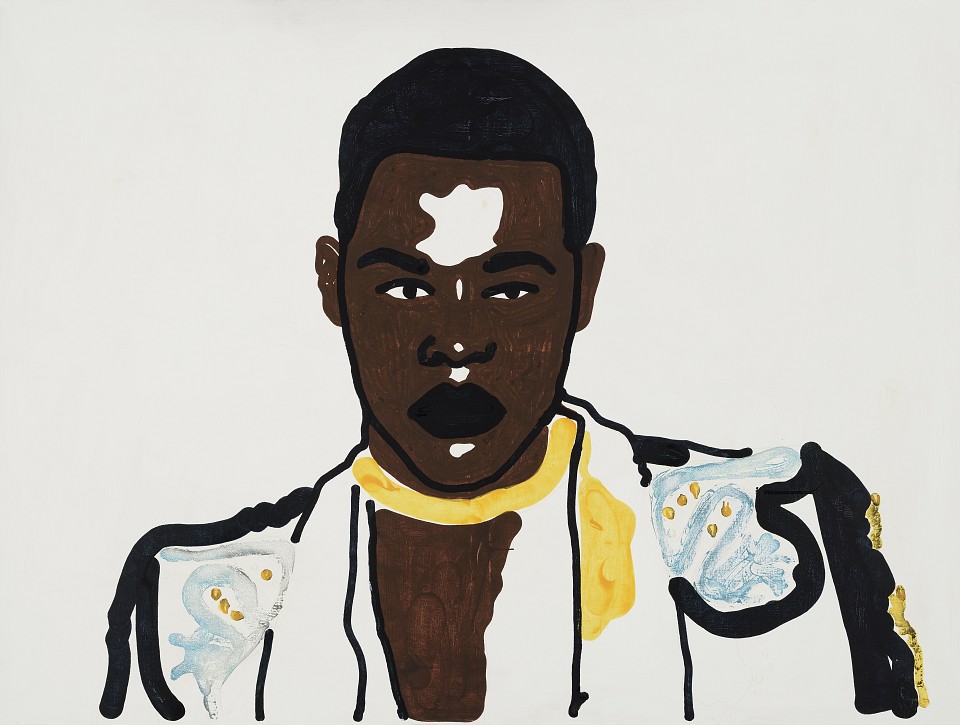
Alpha Dia
oil on paper, glitter, 2017
160 x 200 cm
Robert Runtak collection
blisty.cz/art/85158-a-wave-of-racism-in-the-czech-republic-directed-against-the-lidl-supermarket-has-provoked-many-scathing-antiracist-comments.html
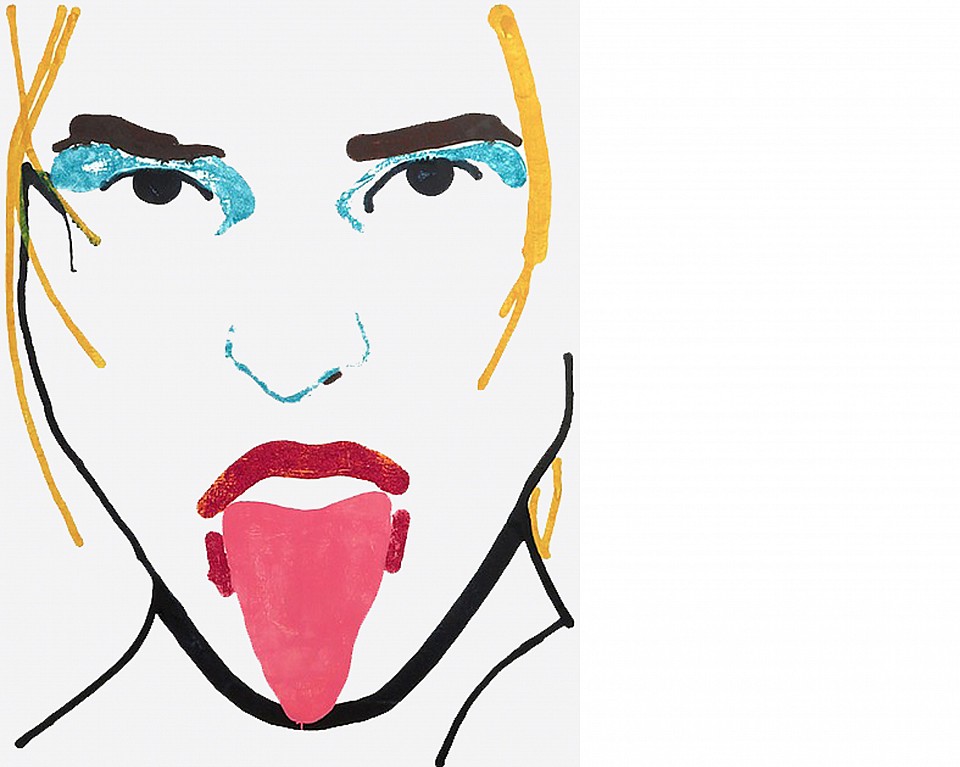
Rolin'
oil and glitter on canvas, 2017
150 x 90 cm
Private collection
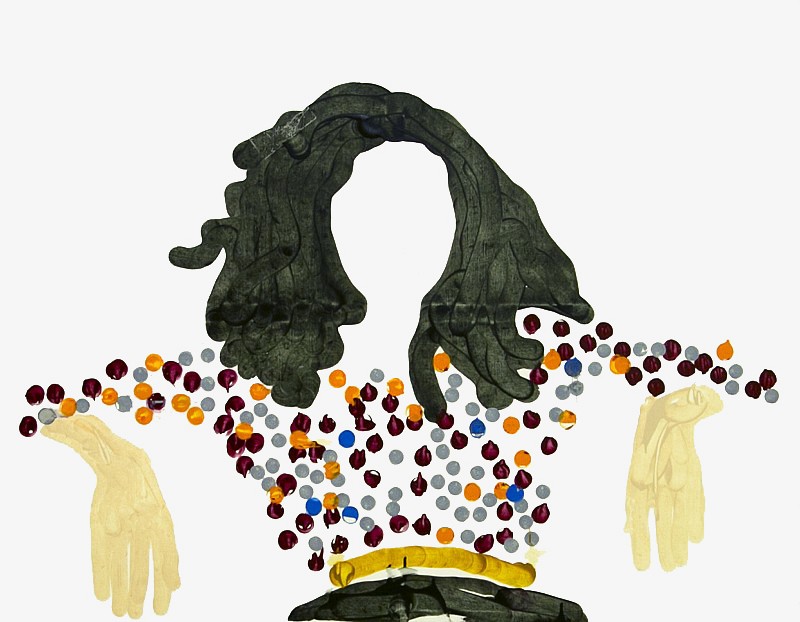
The Relax position
oil on paper, bottle painting, 2014
140 x 180 cm
private collection
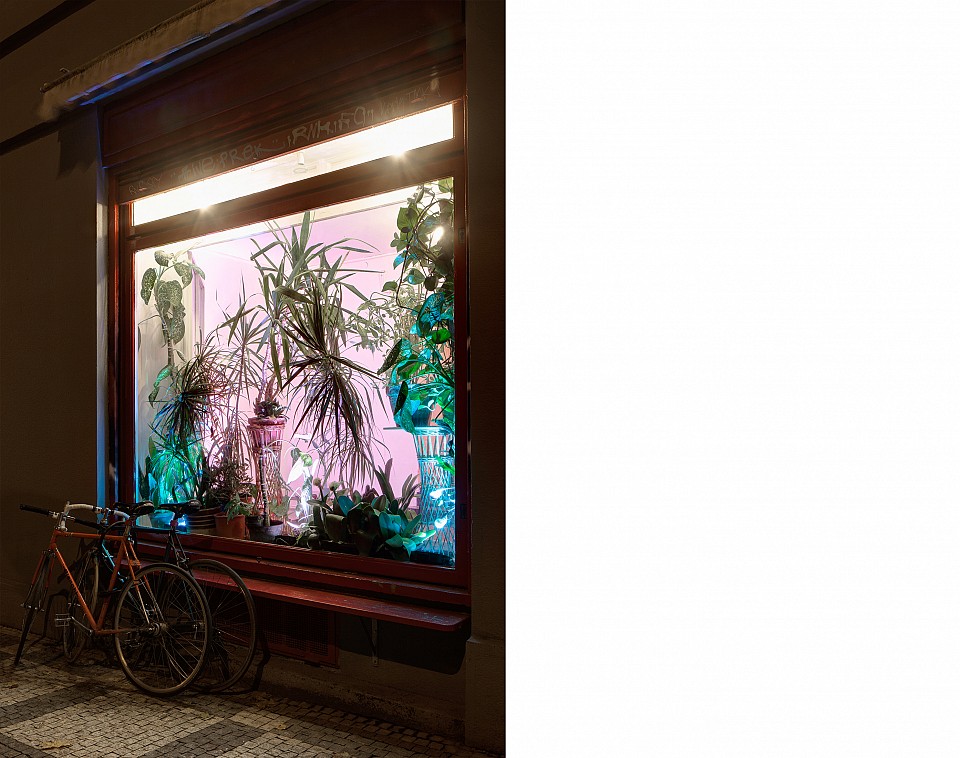
the view of exposition
2016
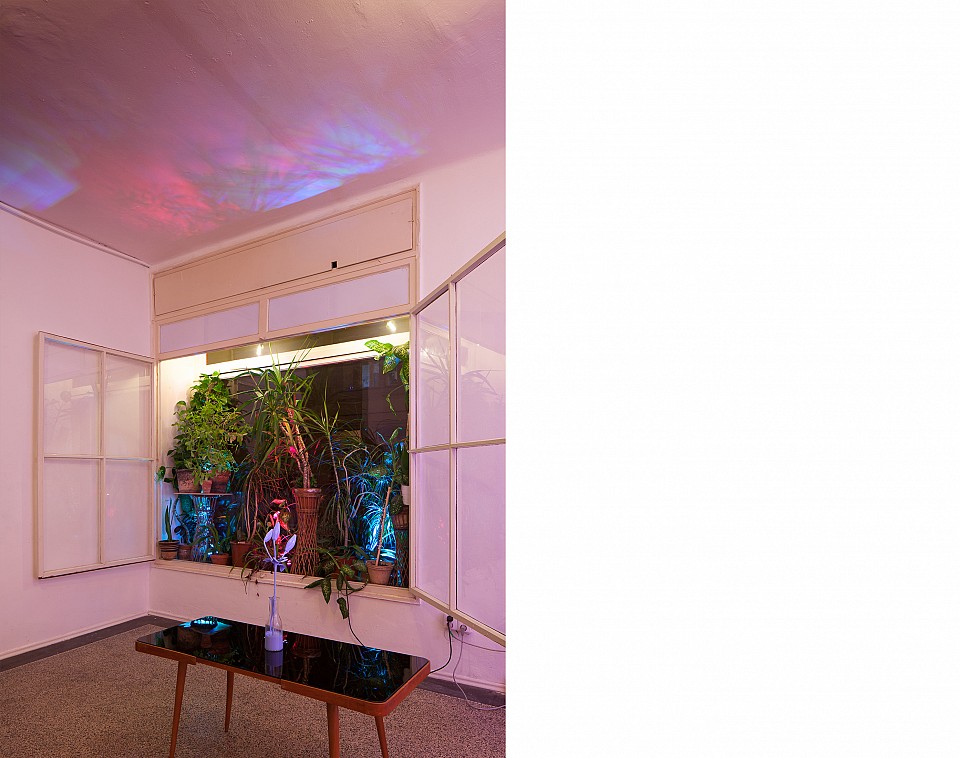
the view of exposition
2016
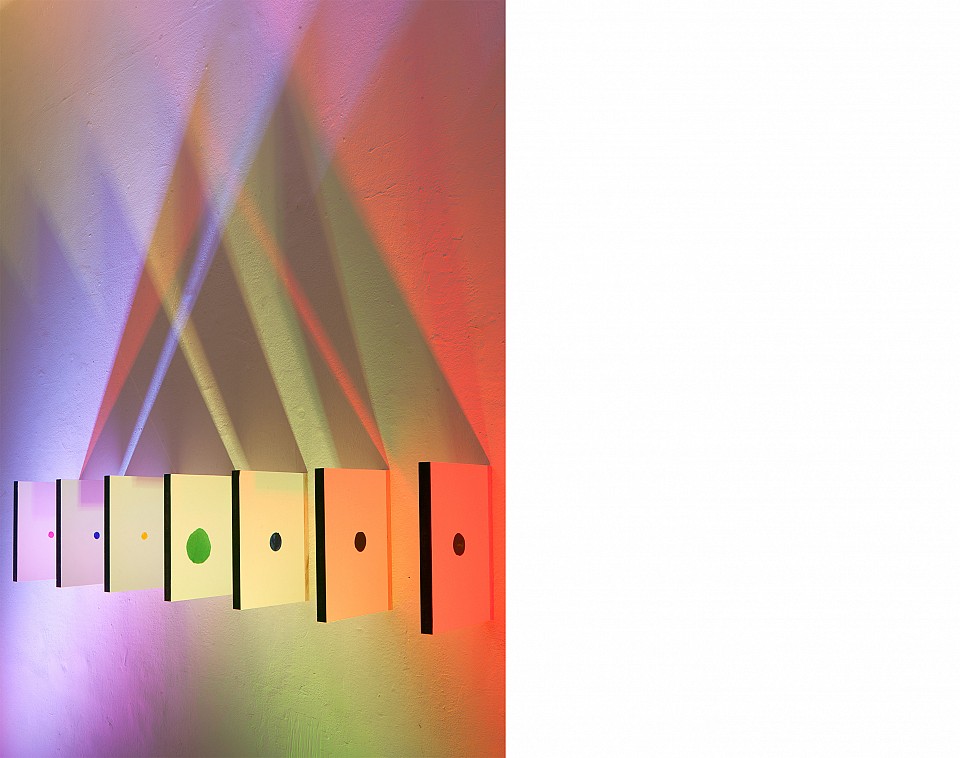
the view of exposition
2016
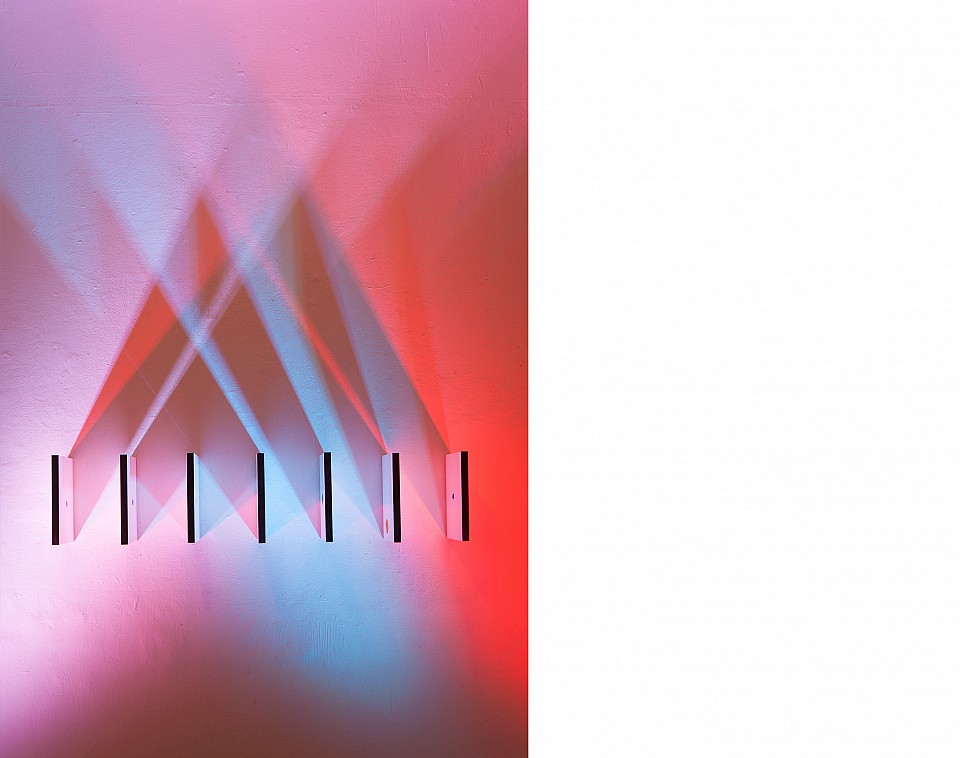
the view of exposition
2016
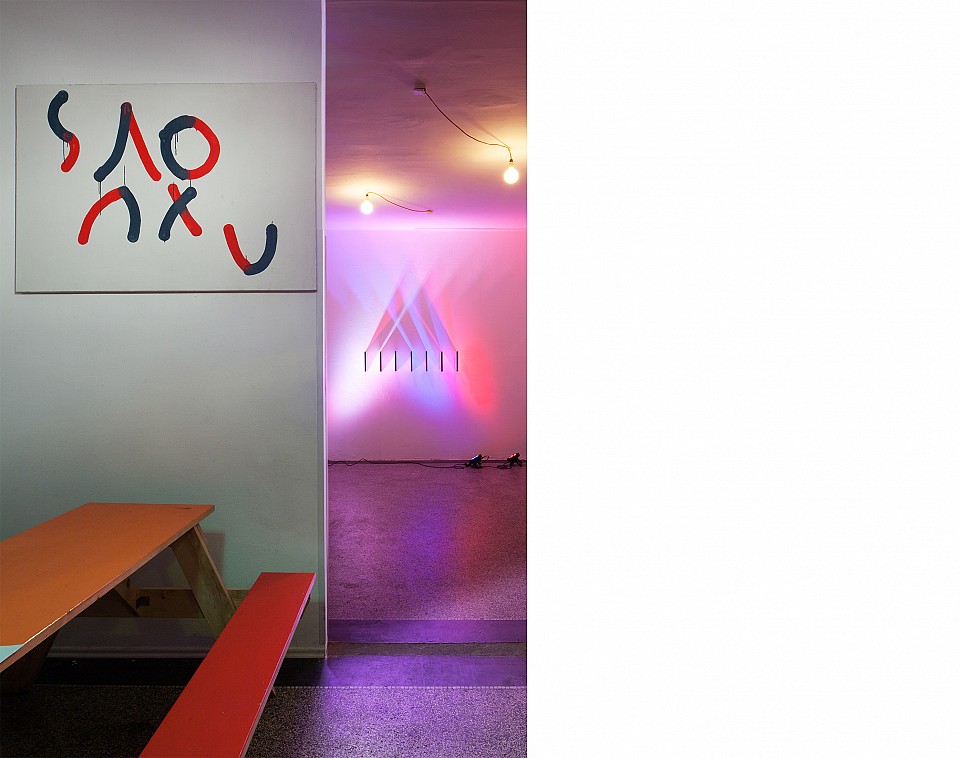
the view of exposition
2016
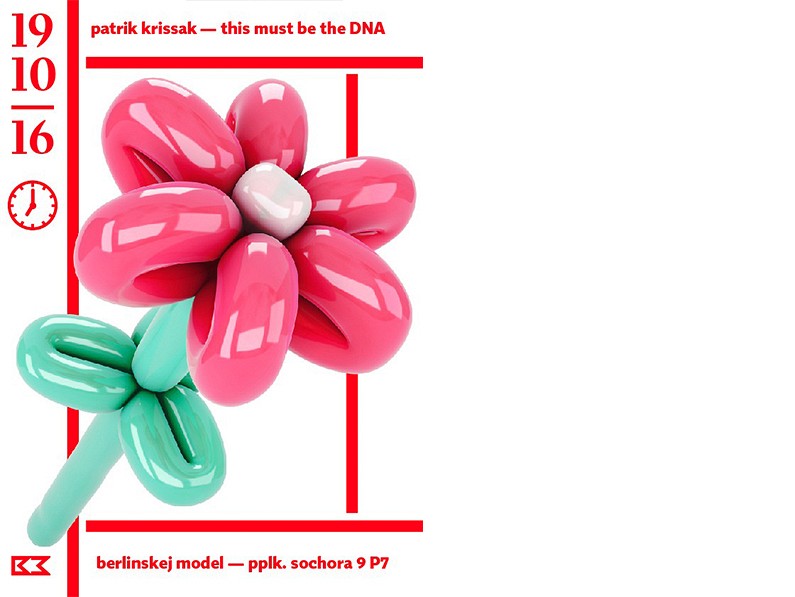
Berlinskej model
19.10.2016
This site-specific installation contains paintings produced by Patrik Krissak, using glass bottles as brushes for the oil paint. Krissak turns the glass bottles upside down and makes colored strokes on the canvas. This is parallel to how DNA works – if one knows the code, then one can know how an organism will look or behave. There were three parts in the installation in which a kind of DNA code was represented. The first image in the entrance represented a character from the alphabet. The second part represented the colors of DNA, with lighting directed towards seven installed paintings. Lastly, the third connected was an exhibition of plants set in the windowsill facing the street of the gallery. These elements represent a closed circle.
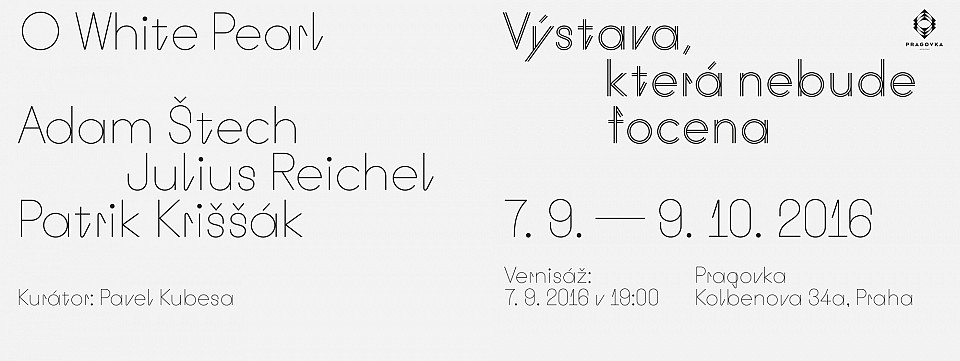
White pearl gallery
07.09. - 09.10.2016
Výstava, která nebude focena představuje tři výrazné a na první pohled velmi stylově odlišné malíře: reminiscentujícího Adama Štecha, tázajícího se Julia Reichela a experimentujícího Patrika Kriššáka. Štechova tvorba, známá svým odkazováním a interpretací uměleckých "-ismů" první poloviny 20. století, se nově obrací k narativům a formálním řešením posledních "velkých vyprávění" socialistické estetiky. Reichel vstupuje do prostoru galerie se sadou dobře položených otázek, tvrdých jako "minulo-týdenní" chléb, které problematizují nastavení globalizovaného a digitalizovaného světa umění: "co je to malba ve světě internetu?", "co je to výstava?", "co dnes v umění očekáváme?" jsou dotazy, které rezonují v jeho prostorové malířské instalaci. A konečně až "guerillová laboratoř" Kriššákova přichází pak s odtajňováním samotného "nástroje", který je či chce býti vlastní všem, kteří mají co říci: Kriššák zkoumá samotnou povahu znaku, respektive jazyka jakožto systému, jímž může býti něco vypověditelné, ale jiné zas nikoli.
Výstava, která nebude focena je prvním projektem výstavního cyklu p-xxx, jehož smyslem je dávat prostor pro experimentální ověřování různých definic toho, co je dnes vnímáno jako autorství, jako originalita, vzor, inspirace či rovnou plagiát. Cyklus je koncipován vždy jako konfrontace tří malířů současné výtvarné scény, jejichž na první pohled zcela stylově a formálně se lišící tvorba dokáže ve vzájemném porovnání a vrstvení jejich výrazů artikulovat nově aktuální a standardní témata uměleckého provozu. Tématem Výstavy, která nebude focena je: recyklace. - Pavel Kubesa -
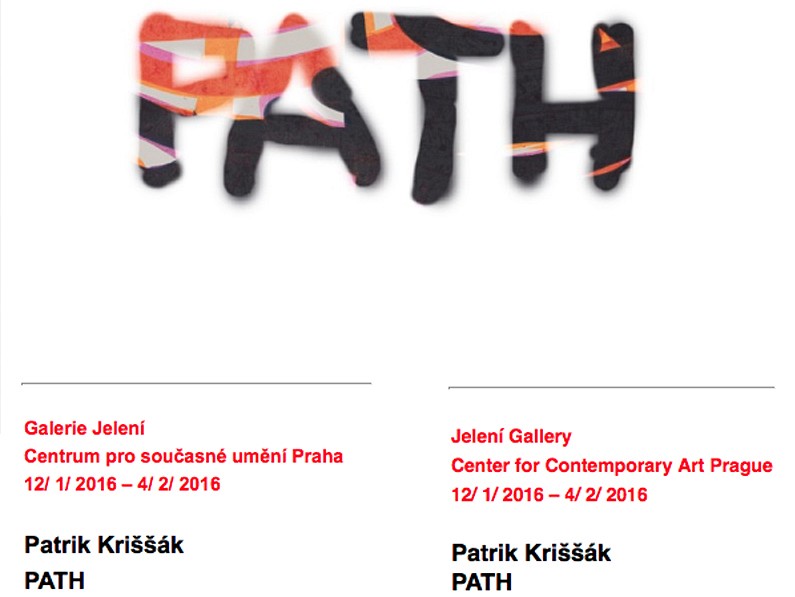
Galerie Jelení
12.01. - 04.02.2016
“The Path” can be a journey, a setting for fantasies, combinational contemplations, a track delineating invisible points, or a trail leading to another possible path rather than to discovery. “Path” as a figure inviting to communicate.
At the same time “The Path” is also one of the last exhibitions that will take place in the space of Gallery Jelení in Prague’s Smichov quarter before moving to its new location. One of the possibilities of laying out this project was to react to this reality either by a direct reference or by a gesture. Instead of looking back, a classical version proved to be more stimulating, although Patrik Kriššák has actually the least amount of experience with this type of a path. Last year he placed several of his paintings into large cocoons hanging from the ceiling. These cocoons became a metaphor for a time limited developmental stage of his incipient work. Due to their large size the paintings became objects that architectonically defined the space. Following his exhibitions with distinct installation arrangement, where Patrik explored the boundaries of painting and treated his paintings or their hanging in an experimental way, the current exhibition is the first purely painting exhibition where he displays his most recent work. He has retained a common denominator with respect to the question of the painting frame, which is what Brian O’Doherty calls the “psychological container”, but this frame is further expanded by the gallery exhibition space.
The series of exhibited paintings originated using a technique that Patrik Kriššák has been developing for three years. He creates the so-called “bottle paintings” on a horizontal plane by turning over a bottle with paint on a paper foundation in a fast, almost performance-like gestic manner. Practically all of his newest paintings are done on stretched white paper or canvas. Patrik sticks to the material purity both on smaller as well as larger size paintings; a pair of smaller formats located on the floor refers to their origin. The strokes are a reaction to the paint being used, which is clean, pastel, with perhaps more colours blending in directly on the painting. Long lines with clear motives are alternated with short strokes symbolically depicting letters of the alphabet or some words of an undiscovered, secret language. Lightness, speed and the associated energy originating from these movements represent the values that make Patrik’s paintings original and distinguishable at first sight.
- Lucie Šmardová -
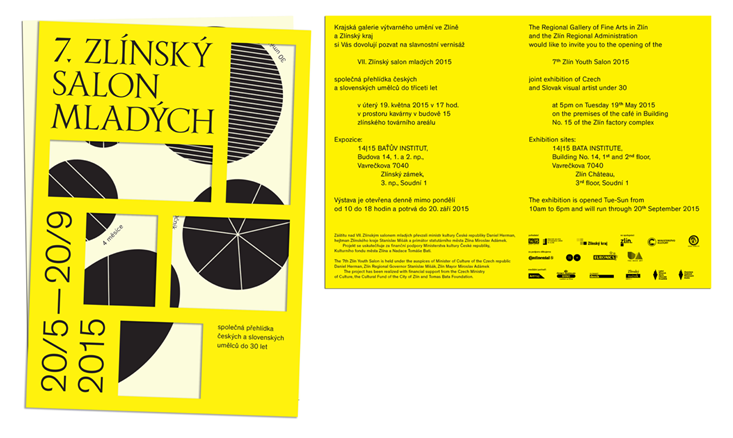
Krajská galerie výtvarného umění ve Zlíně
20.05. - 20.9.2015
Patrik Krissak was study in Ostravien University, Faculty of arts to prof. Daniel Balaban. From thist time he examined the medium of painting and possibilities of a picture, thematically as art as basic. He doing that lightlly with distance and self-irony. That is possibility for create spatial installationn from the pictures. This instalation is often supplemented with ready-mades and plants.
He fabulating about basic unit of paintig, when he talking about his brush stroke painting, One second after he say the truth that the basic unit of paintig is colour, he mystificatin about himself and the viewers too.
As a right painter he painted a figural pianting which will by used over the couch.
But he adjusting the picture with christmas light and do with this questionable situation.
For his work is typically experimenting approach, everytime to finding his own technique of painting. That we can see in his last serie of ‘‘bottle painting‘‘.
He painted only with glass – bottles which put down on the horizontally staying. - Lucie Šmardová -
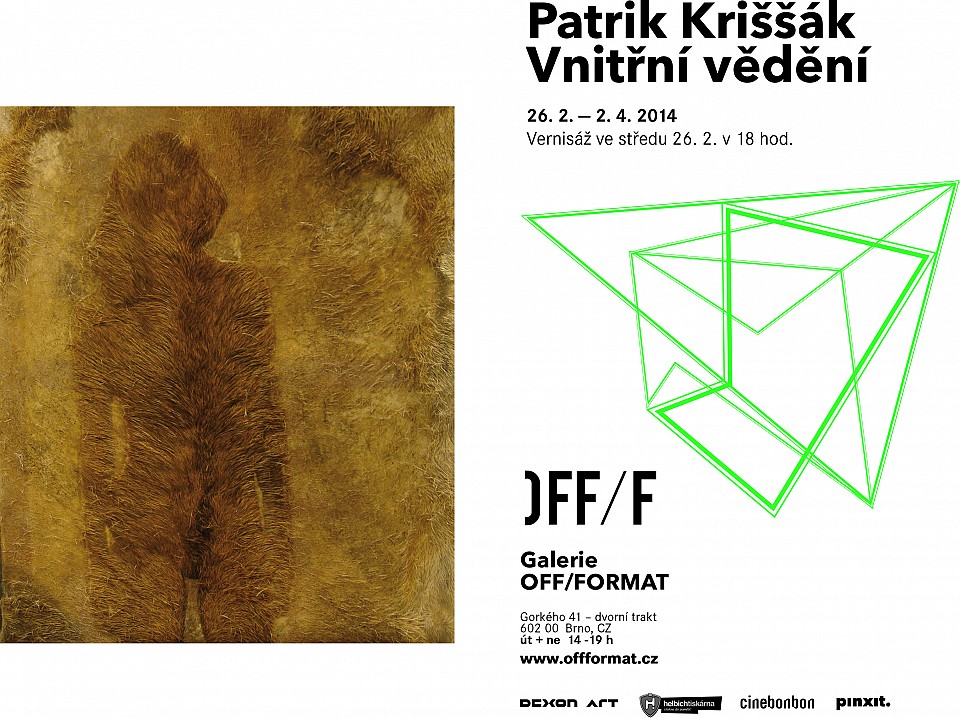
Galerie Offformat
26.02. - 02.04.2014
Když jsme před časem navštívili ateliér Patrika Kriššáka, představil nám nejprve instalaci sestávající se z kruhové zářivky a papírové role, jejíž samovolný vznik ho zaujal práve toho dne. Poté jsme se pohybovali členitým prostředím omšelé haly a probírali se obrazy, objekty a krabicemi různorodého materiálu, přičemž se někdy zdálo, že tato činnost je i pro samotného umělce radostným znovunalézáním. Přehlédnout jsme nemohli obrazy z jelení či srncí kůže, do jejichž srsti autorpomocí „depilace“ kreslil ženské siluety v intimních situacích nebo jednoduché symboly a tvary. Lze je interpretovat v různých rovinách: v samotné experimentální, stejně jako smyslově emoční – skrze ambivalentní pohyb mezi přitažlivou a ohrožující živocišností. Ženské figury jsou zároven odkazem na autorovu zkušenost s genderovou komunikacní bariérou, volba materiálu souvisí i s jeho někdejší prací - výrobou bubnů. Právě tento nepříliš příjemný zážitek může stát u kořenů šamansky vážného a zároveň ironického prohlášení: „Verím, že použitím tohoto materiálu napravím karmu ludstva kvôli smrti techto zvierat.“
Jiným opakovaně používaným materiálem je pryskyřice, do které zatavuje bežné předměty. Činí z nich tak cosi exkluzivního, nedosažitelného, podobného malým lidovým oltáříčkům. Tyto pryskyřicové objekty stejně jako některé obrazy pak doplňuje jednoduchými obvody a světelnými zdroji, přičemž elektřina je zde prezentována jako poněkud magický fenomén. Díky zářivkám obrazy expandují do prostoru, stávají se pluralitní asambláží, zároveň nás mohou upomenout na rané Flavinovy „ikony“. I zde má světlo především charakter aurického záření.
Najít se tehdy nepodařilo pro autora důležitou Základní jednotku malby, miniaturní plátno s prostým tahem štětce. Můžeme v ní vidět „primární gesto“, koncentrát malířské tradice, spíše však kostku absurdního lega, pitvu malby. V tomto smyslu lze tento obrázek vnímat v kontextu historie ironických interpretací malířské exprese, připomenout můžeme například stylové komiksové přepisy Roye Lichtensteina. Tyto a další tvůrčí strategie nám ukazují, že mezi typické znaky Kriššákovy tvorby patří jisté nutkavé těkání mezi myšlenkami a prostředky, intuitivní orientace, stejně jako DIY přístupy, které rezonují ve formě i obsahu. Před divákem se pak zvláště při konfrontaci s poěetnějším celkem otevírá konzistentní a zároveň funkční model, nadaný energií bezprostřední tvořivosti, individuálnosti, který je přístupný mnoha interpretacím.
- Ondřej Navrátil -
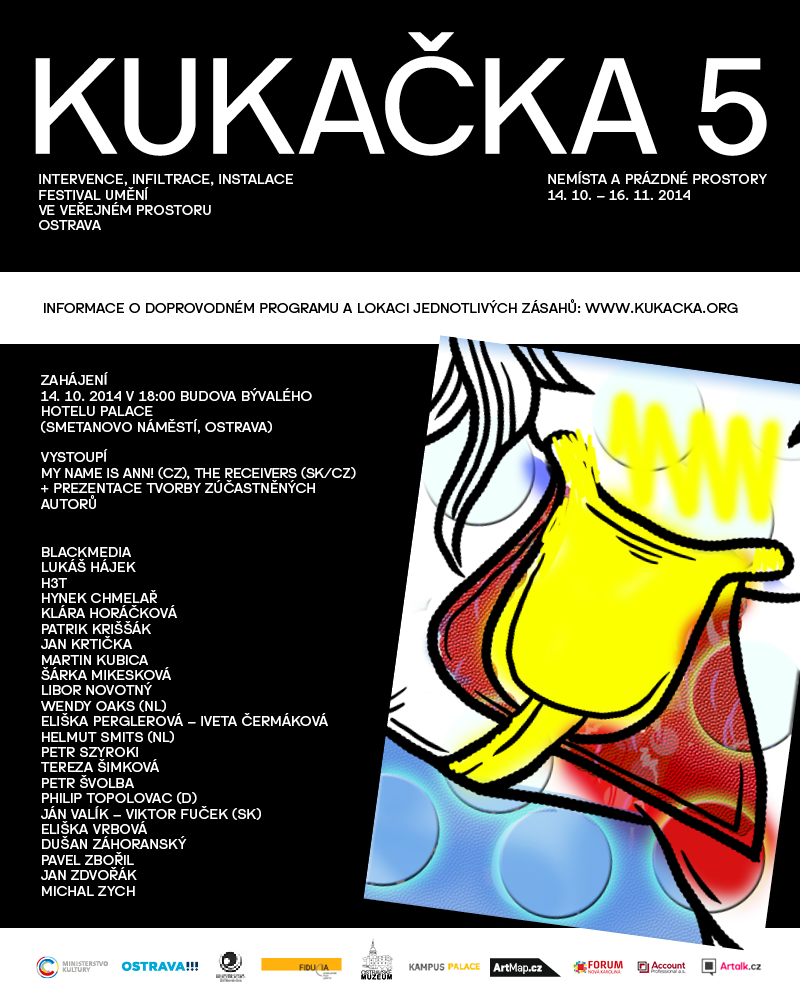
Kukačka - umění ve veřejném prostoru
14.10. - 16.11.2014
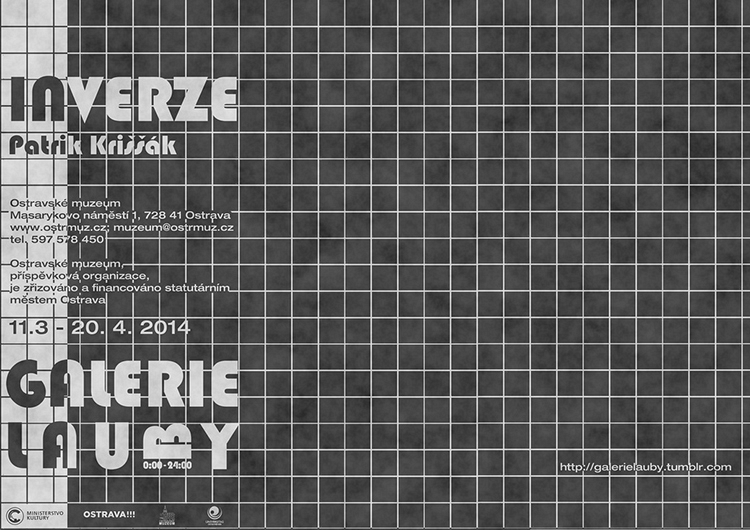
Galerie Lauby
11.03. - 20.04.2014
Ten pocit asi znáte. Vstoupíte do místnosti a říkáte si, že je v ní něco jinak než když jste ji posledně opouštěli. Uniká vám ale co přesně. Snad je to jiný vzor záclon, snad jsou to jinak uspořádané předměty na polici, nebo je to ohrnutý lem koberce či snad hrníček s nedopitým čajem na místě, kam byste jej podle vašeho přesvědčení nikdy nedali. Ten stav nemusí mít – a zpravidla ani nemá – reálnou příčinu, přesto se vaše smysly na určitou dobu vybičují a s krajní ostražitostí zkoumají okolní svět. A odtud je pak už jen krůček k tomu, aby vaši mysl ovládlo cosi jako zdání intuitivně pociťované významovosti, jakési epifanie – zjevení, že se za obyčejnými předměty může skrývat více, než je na první pohled zřejmé. Je to třeba jen krátký záblesk, jeho intenzita ale jakoby vzdorovala racionálním soudům.
Vidět a interpretovat svět jinak, než se nám doposud jevil, je přirozeně také jednou z tradičních úloh umění. V tom současném lze registrovat i strategie, které se o to pokoušejí právě tím, že uměle navozují výše popsanou situaci v místnosti, kde „něco nehraje“. V domácím prostředí je to vlastně jeden z nejvýraznějších proudů posledních dvaceti let. Ve svých „nenápadných tendencích“ jdou ale autoři někdy tak daleko, že lidé mohou kolem jejich „vizuálních pastí“ procházet prakticky zcela bez povšimnutí. Znamená to tedy, že podobně jako v minulosti, kdy byl pohled na některá umělecká díla dopřán jen vybraným členům společnosti, jsou i ta současná určena pouze pro oči vyvolených. Na rozdíl od historie nám v tom dnes ale nebrání žádné objektivní důvody, nýbrž jen naše pozornost. Dívat se totiž ještě nutně neznamená vidět a jen málokdo je bez zjevné odměny ochoten vyvinout téměř detektivní úsilí, které je k odhalení uměleckého díla tohoto založení nutné. I proto zůstávají názory na současné umění tak rozštěpené. Pro někoho banalita, pro jiného katapult do jiných světů.
Podobně to bude i s výstavou Patrika Kriššáka. Prostor podloubí ostravského muzea fakticky nedoznal změn, je stále týž jako předtím. Navíc, jeho prázdnota je jiného druhu než u prázdných místností Roberta Barryho, Piera Manzoniho či Yvese Kleina. Tady je totiž – na rozdíl od běžných galerií – přirozená. Inverzní barevnost prostoru ale nakonec přece jen indikuje, že tu někdo byl a dal si tu práci, aby do myslí kolemjdoucích zasel sémě pochybnosti a zaměstnal je úvahami, co se zde od posledně změnilo.
- Tomáš Knoflíček -
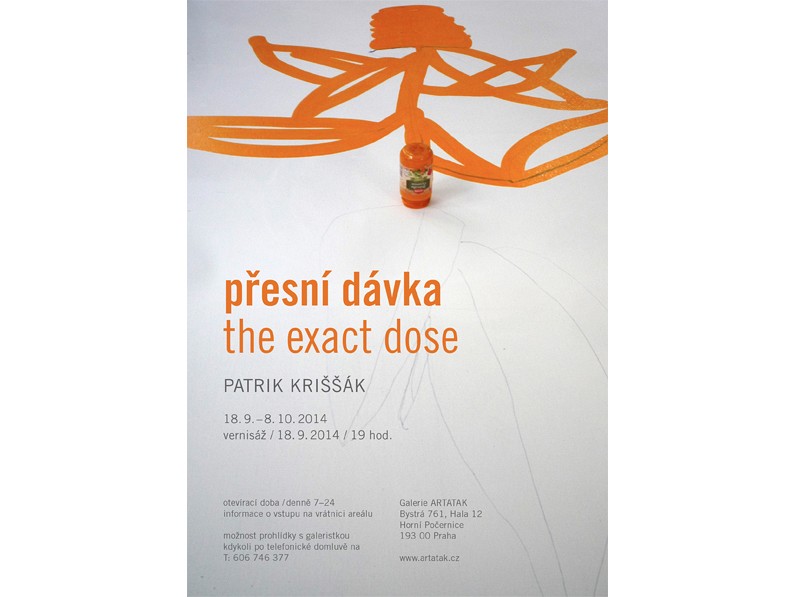
Galerie artatak
18.9. - 8.10.2014
Vytvářet z obrazů prostor znamená chovat se k nim jako k předmětům, stejně tak jsou-li na výstavě fyzicky přítomny věci-objekty, můžeme je stejně tak považovat za „obrazy“ vystupující z druhého prostoru do třetího. Výstava přesní dávka je plynulým pokračováním předešlých prací Patrika Kriššáka. Oproti minulým instalacím, v nichž více pracoval s ready-made či s elektrickými obvody plnými světel se výrazněji uplatňuje téma prostoru. Výsledkem je výstava, kde se obraz stává předmětem postavený na roveň předmětu, který sám zobrazuje. Do prostoru se tak dostává nejen rám obrazu, ale i malířské gesto.
Na první pohled se může zdát, že obrazy Patrika Kriššáka vznikly jedním tahem. Během performance na plátně, jejíž pozůstatky v podobě květin a podstavce na výstavě zůstaly. Jednobarevný tah má jistou linku a intenzitu. Situace je však trochu komplikovanější. Na místo plátna nacházíme papír, na místo tahu štětce otisk tuby a z atmosféry ostravské performance zůstala jen snaha po aktivní komunikaci s divákem. Společně s autorovou potřebou zpochybnit médium malby a prozkoumat nástěnný obraz se v instalaci dostáváme do specifického prostoru – interiéru, který tvoří papírový kokon, obrazový roh a živé květiny. Každá z věcí má svůj vlastní, dlouhý a prožitý příběh a přesné místo, ve kterém je zasazena. Dáme-li si práci můžeme z vystavených formátů vyčíst proces tvorby, kterým autor prošel než našel adekvátní techniku, která byla použita na velké obrazy květin, portrétu či lebky. V malých formátech se jedná o zkoušky barevnosti a konzistence barvy, kterou nanáší přímo z barevné tuby. Předmětnost obrazu a předměty v něm jsou na výstavě Patrika Kriššáka hlavním tématem, které se násobí ve vystavených objektech. - Lucie Šmardová -
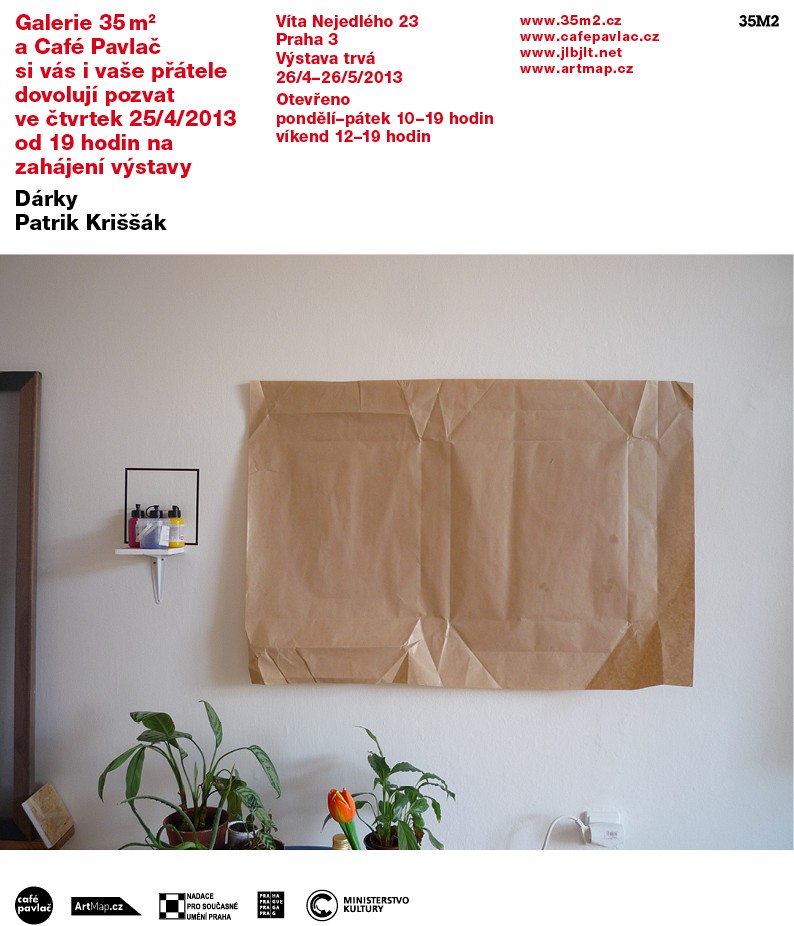
Galerie 35m2
26.04. - 26.5.2013
Dárky
Výstava Dárky, kterou Patrik Kriššák koncipoval pro Galerii 35M2, představuje několik jakoby dočasných a spontánních studií na téma malba, její možnosti materiality, viditelnosti nebo její schopnosti definovat prostor. Objevují se zde některé autorem oblíbené prvky jako elektrický obvod, černobílý perspektivní rastr či ready made. Precizní instalace vytvořená z lapidárních forem upozorňuje na samotný akt tvorby. Akt v tomto případě nemusí souviset s krásou řemesla nebo s logikou, ale spíše podléhá podobné zákonitosti, jaké například praktická magie. Tedy především zákonům podobnosti a doteku. První pravidlo autora povzbuzuje k dosažení cíle skrze mimesis nebo imitaci, kdy se skrze podobné vytváří podobné, jako například v obrazech s názvem Zahrada nebo v kresbě z cyklu Hvězdárna. Z druhého zákonu se vyvozuje nutnost kontaktu s osobou, jak napovídá samotný název výstavy, skrze předmět. Toužebně například prostřednictvím opatrovaného rodinného hrnku, několikrát použitého malířského podrámu pietně umístěného na polici. Tyto předměty mohou skrývat ochrannou sílu, která na majitele obvykle působí svoji materiálností - tedy výhradně dotykem.
Patrik Kriššák má sklony k jisté obřadnosti. Organickou součást jeho instalací často tvoří závěsné jednotky s povahou kultovních předmětů nebo domácích oltářů. Navíc důkladnost s jakou pokaždé hledá v prostoru to správné místo pro jakýkoliv předmět se zdá být až přepjatá. V pracovně a v galerijních instalacích Patrika Kriššáka narazíte na samozřejmosti v podobě klasického i alternativního materiálu, objektu, kresby, několikrát rozmalovaného a odloženého obrazu, jednoduchých elektrických obvodů nebo prostě jiných stop časově náročných činností. Klíčovým materiálem Patrika Kriššáka zůstávají delší dobu ready mades, použité nebo nepotřebné věci. Přitahuje jej pouze to, co se jeví jako bezpečné místo pro uložení nebo zachování vnitřní krásy. Odpad nikde nehledá, vytváří jej zčásti mimoděk sám, například jako vedlejší produkt své řemeslné a výstavní aktivity. Životodárné smetí bujně roste vedle něj jako kdykoliv přístupný polotovar, organický a čím dál tím víc soběstačný nános. Všechno to nahromaděné a oživované sice v různé míře souvisí s klasickým závěsným obrazem, ale Kriššákův duch nepokojně a těkavě prostupuje neohraničeným teritoriem reality. Přibližně definovat řemeslnou a intelektuální roli tohoto autora je proto možné jen s rizikem. Proniknout k principům jeho uměleckého myšlení není jednoduché. Jeho systém se jako hustá asociativní síť souvislostí neustále proměňuje, řečeno doslova a bez patosu v každém okamžiku, zároveň se záměrně uzavírá nebo se převrací její hierarchický smysl, a proto vyžaduje velmi trpělivé čtení.
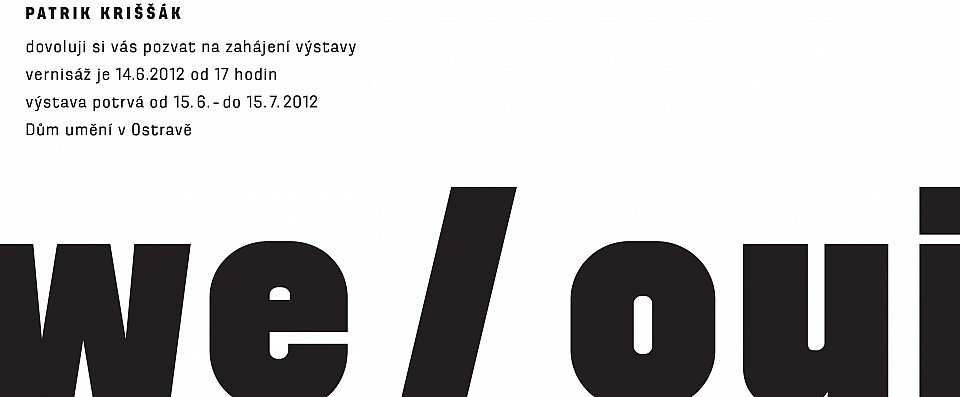
WE/OUI
15.6. - 15.7.2012
Flâneur-Revisited
When Charles Baudelaire introduced the figure of flâneur into the literary world, he probably even himself did not count with the fact that this figure – somewhere from the Parisian suburb – could for such a long period act as an example for a certain type of an artistic approach. The metaphor of an artist, who can bestow attractiveness to banal everyday objects about which nobody cares and thus de facto provide them a second life, have even today not entirely survived. Of course that currently it is primarily not about revealing the hidden beauty of this things (it is often not about it even secondarily), but the ability to highlight the importance of something, we’ve remained blind to, is appreciated even today. After all, the myth of flâneur-the artist, was substantially established through the whole 20th century and in this context we are already for quite a long time not only referring to Baudelaire, but also to Walter Banjamin, Georges Didi-Huberman or Nassim Nicholas Taleb. 1
This approach has settled in fine arts so much, that drawing attention at it again is already a bit hackneyed. But in the case of Patrik Kirissak is the compulsion even stronger because his attitude to creation is basically repletion of an experiment embodied in the character of flâneur. Krissak is not an artist, anxiously respecting the pre-built system, not even has a need to more closely define his territory. His interest is rather volatile, based on intuition helping him to seize stimuli, which he then mixes freely in the mosaic of associative relations. His paintings and objects therefore cannot be seen as solitaires, but perhaps as the pages from a diary where he saves fragments of lived reality. It is a story without hierarchy, and as the network of Krissaks mental processes is sometimes quite complicated, it a bit shows the elements of hermeticism. His artworks are framing his life actually as a kind of incentives of his personal memory, while their commemorative function is sometimes so strong that we can hyperbolically talk about them as about monuments. This is particularly noticeable for instance in miniseries of paintings depicting objects of daily use which author has irreversibly lost. From this series comes for example the image of a camera, frame of which is equipped with bright red wings that even baroque putto would not have to be ashamed for. The actual image is then almost monochrome, executed with a subtle hatch patterns which in combination with strict frontality of the shot lead to a somewhat special tension between technical and iconic visual display. Referred hatch patterns, usually carried out using rulers and templates, in each case become an integral part of majority of the Krissak’s paintings for a longer period. The reasons for this step are again more likely subconscious, but the amount of work involved and the length of this technique seem to correspond with the author’s need to devote an adequate time quota to the work, yet without exposing himself to the temptation of the artisanal equilibrium exposed to admiration. But its importance certainly crosses also the borders of the adequate formal language choice. In its regular grid is actually namely reflected the desire to somehow conquer the motif and to make it a part of a larger whole through this more or less unified process. In other words, although this technique allows identifying a particular motif, it simultaneously irreversibly deconstructs it and tears it apart from the world where it was taken. Krissak has gradually extended the application of this kind of magical process to other themes and as his field of view has expanded, the whole perspective has changed, so even though he initially applied it rather to the intimate motives, eventually also the urban landscape with its streets, shop windows and architecture had to undergo. But after a certain period this painting process nonetheless begins to show signs of exhaustion. Therefore Krissak further innovates and in a kind of self-parasitizing gesture entrusts this method of painting to the currently truly vintage matrix printer technology. He lets his entire hatched paintings blow through this printer during all-day performance and reveals a previously conjectured reality that in dense parallel lines of print, characteristic for this type of reproduction device, is actually already in advance implied a major means of expression of these paintings. Technological limits of dot matrix printers also cause that the generated images resemble the original quite freely and therefore each copy is actually an original. Accompanying jarring sound of “labor pains” as well as time demands then only confirm that it is a process in many aspects more difficult than the painting itself which actually preceded it. Around this time Krissak also creates his first simple electrical circuits. These will soon become an integral part of a series of his objects, while the way in which they use electricity once again involves something deliberately obsolete or even archaic. This electrical devices, function of which is not measurable by ordinary standards, are revealing, on the one hand, author’s joy of simple manual activity in terms of DIY philosophy, but they also show features a sort of naïve glitter by which the electric current was endowed at the time when it was just beginning to assume instead in our world. Electricity in Krissaks concept has actually the status of animator; it lends an inner aura to the objects which then partially act as the cult objects or folk altars, which are common in rural churches in southern Europe or Latin America. Here as well, pop culture blends with sacred, but instead of the saints it is triviality what is set into the light of “electric candle”. Once it is a porcelain plate with a photo of vague facial features, another time a bottle of beer or an abstract drawing. To make them last, these samples of everydayness are preserved in resin, slightly resembling an insect trapped in an amber drop. This brings yet another level of reading the work. Amber is actually a mineralized resin, its Greek name being ήλεκτρον (electron), while the etymological origin of the word electricity is based on a very specific attribute of amber – its ability to produce a negative charge of static electricity provided its surface is rubbed with a woolen cloth.
Especially in the last two years we can also see a use of fur in Kriššák´s work. For smaller objects it is usually a deer fur, the larger make use of deerskin. This material is essentially connected with protection or preservation. Its most common use is therefore actually not that far from what resin is used for. Here too we are talking about a preservative, accompanying mankind since its dawn. Unlike the transparent resin, fur barely transmits sun. The protected thing is therefore hidden from our sight. While the form of the previous objects made their visual appeal even stronger and called for their detailed examination, the furry ones maintain their secret and instead encourage us to introspection. At the beginning of this series are the objects-paintings, their visual aspect being very terse. Whether it is the “Heart” or the “Lunar Eclipse”, each time it is a straightforward, symbol-like structure, which as if was trying to awake the viewer´s need for the more tactile experience. It can actually lead them to reflections of committing something undue or even totally forbidden. If, therefore, resemble the objects made of resin cult objects, it is rather due to the representation of a taboo. This is perhaps the most eloquently illustrated by so far the largest implementation of the medium called “Hairy blanket”. It is a life-size silhouette of a woman, in comparison with the older furry objects formally more elaborated. It ´s not just the archetypal material though adding something animal to this work. The emphasized corporeality, including sex features, seems to be drawing our attention to the permissible level of intimacy, making us voyeur (or fetishist?), if the line is involuntarily crossed. The objects bears a bit of a comical dimension as well, which suggests the very chosen name – hairy blanket as a personification of a stagnant conversation. The primary impulse to Kriššák was some sort of a communication barrier among him and women. But this “joke” has apparently a deeper level related to author ´s subconscious as well.
While the series of fur paintings-objects appears to be deliberately ambiguous and does not provide a clear key to determining whether it is a serious discursion or just an ironic subversive game, in the realizations such as “Drawing from a Model” favors the author more strongly the other of the interpretation models. Even in this case explores Kriššák the boundaries of intimacy, but here he works with an index, the thing that in modern art Dadaists began to be significantly concerned with.2 The installation consists of a double mattress covered with a large stain, its shape and location bringing an observer to reflection on its origin.3 There is also a drawing laid down on a floor created by Kriššák according to the stain. At this moment it is irrelevant how successfully he achieved that, how perfect replica he managed to capture, the more important is that by doing it, he de facto reverses the Dadaist ´s concept of chance and returns it symbolically to the bosom of academicism. The vertical position of the mattress, wrapping paper or a charcoal are actually becoming props in a Kriššák´s game, aiming to provoke a discussion about the current status of painting (not just mimetic) and art in general. He chooses the same direction in e.g. painting “The Basic Unit of Painting” or in the object “Concreters´ base”. Here he works with the index as well, and mainly the first work, despite its modest size, represents a symbolic summary of the development of the painting in the last 100 years. The visual aspect of the work actually refers to Rauschenberg´s and Cage´s “Automobile Tire Print”, by codification of something as unstable and ephemeral as a simple brush stroke he draws closer to the Lichtenstein ´s sculptures ironically commenting on the postwar abstraction in painting through a petrified painterly gesture.
If a task of the perspective was once to unite an artwork and the Cartesian focus on a thinking subject aimed to deny heterogeneous, fragmented experience, then Kriššák ´s work doesn´t fit there. Although now and then he engages with both, his rationality is still confronted strongly with his intuition, presenting thus actually a working proof of Leibniz´s thesis, claiming that the right to be truth is not just a domain of the clear and distinct, but also confused thoughts. 4 Leibniz´s “not-knowing-what-exactly” can be our guide for the interpretation of Kriššák ´s work itself. I do not know exactly what and I do not know exactly how, but it works.
Tomáš Knoflíček
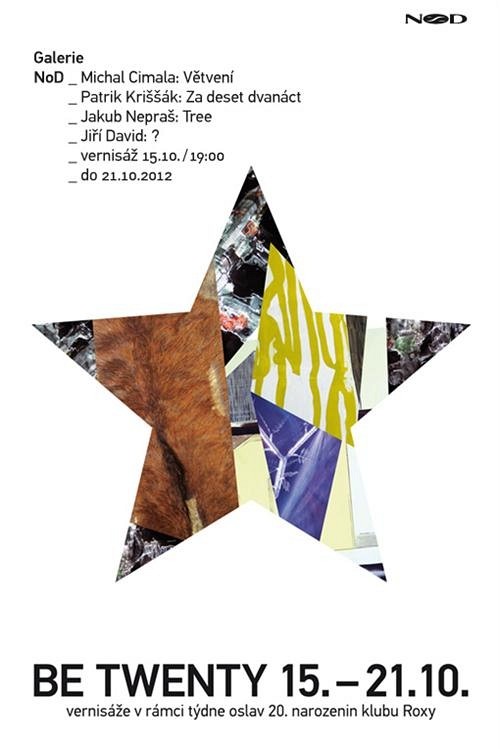
Galerie NoD, Praha
Za desať dvanásť, 16.10. - 21.10.2012
Patrik Kriššák patří k mladé generaci, ale už si utvořil vlastní názor, který se s novými zkušenostmi přirozeně vyvíjí. Na jeho tvorbu má jistě vliv prostředí východních Tater, v jejichž podhůří vyrůstal. Mohl neustále pozorovat, vnímat a zažívat tuto mimořádně působivou krajinu v nejrůznějších denních i ročních dobách za rozdílného osvětlení a výrazně se proměňující atmosféry. Později ho zasáhlo i zcela rozdílné prostředí Ostravy, kde studoval, kde poznal zcela odlišný svět s typickou průmyslovou architekturou, která už inspirovala tolik umělců. Nyní přesídlil do Prahy, pro kterou je tak typické prolínání různých vlivů, z něhož se však často vyklube zcela originální ztvárnění představ.
Patrika Kriššáka zajímá skutečnost v různých rovinách, sleduje ji z rozdílných pohledů. Někdy jde o pouhé detaily, které získají úplně jiný význam, když se vyjmou z původních souvislostí nebo když k nim třeba každodenním užíváním získáme určité pouto. Nebo na nich dokonce můžeme do jisté míry získat závislost, kterou si uvědomíme, až když je ztratíme. Potom je musíme rychle nahradit obdobnými předměty, abychom mohli bez potíží žít dosavadním způsobem života a aby se nezpřetrhaly naše ustálené vazby. Někdy však naopak může být dobré, když se zpřetrhají, takže porušíme klišé, které by nás mohlo ovládnout.
Jak už jsem napsal, Patrik Kriššák dokáže velmi citlivě reagovat na své prostředí. Někdy ho zaujme motiv, kterého si všimne hlavně proto, že se už stejně rodil v jeho představách, že souzněl s jeho budoucími obrazy. Tak někdy zahlédne prvek, které je snad na první pohled nezajímavý, ale přitom odpovídá imaginárním architekturám, k nimž malíř směřuje. Jde často jen o křehké zásahy, které skoro ani nejsou v přírodě vidět, ale stejně určitým způsobem mění její strukturu. Třeba jen pouhým předělením, které má jen čistě praktický důvod. Jindy spatří všední stavbu, která jakoby vystopila z jeho obrazu a stane se posledním podnětem k jeho namalování.
V posledních dvou letech vytváří Patrik Kriššák obrazy – objekty ze srnčích nebo jeleních kožešin, které připomínají, jak někdy dost drsně zacházíme se zvířaty, jak je pro sebe bezohledně využíváme. Sám říká, že se jim převtělením srnčí kůže do lidských figur nebo jemných a přitom jasných symbolů tímto způsobem vlastně omlouvá. Tyto obrazy odkazují nejen k tradičním prvkům od nepaměti spojeným s civilizací, ale i k nekonečným, pravidelně či nepravidelně se opakujícím procesům probíhajícím ve vesmíru.
Patrik Kriššák přemítá nad nedokonalostí lidského myšlení, různých procesů a nakonec i techniky, při jejímž použití musíme vždycky počítat s chybou. A ta se někdy stává přínosem, protože může porušit ustálený řád. Přináší napětí tím, jak často nečekaně a nepředpokládaně mění původní vztahy, jak po opakovaném procesu vzniká úplně jiný obraz. Autorova tvorba má svůj řád, který však není spoutaný neměnnými pravidly, má možnost dalšího vývoje, zůstává v něm prostor pro nové podněty. Důlžitou součástí jeho přístupu je intuice, s níž zkoumá okolní svět, s níž koriguje vlastní představy a vybírá z nich ty, které mu pak otevírají další cesty a odkrývají nové obzory.
Jiří Machalický
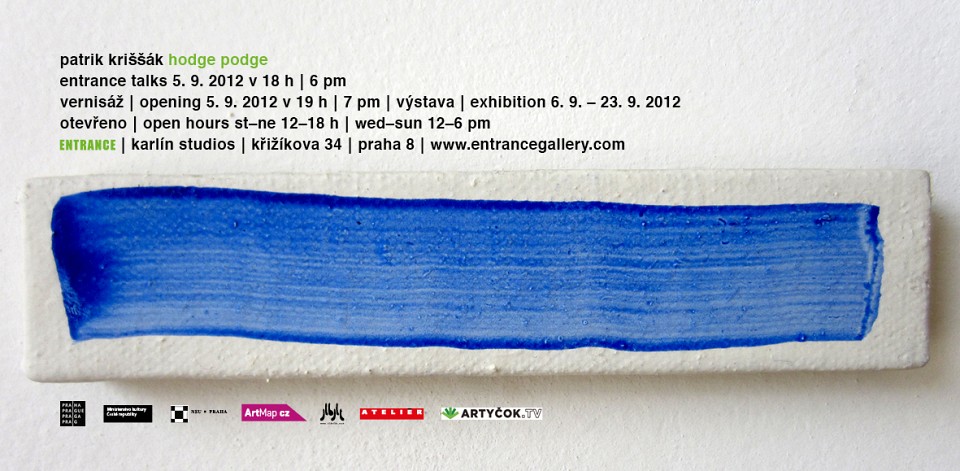
Gelerie Entrance, Praha
6.9-23.9. 2012
Patrik Kriššák je jedním ze zajímavých mladých malířů, který ve své práci zkoumá přesahy malby. Pracuje s kombinací různých materiálů, třetím rozměrem obrazu a neobvyklými způsoby instalace. Je to bezprostřední typ tvůrce, který ve své práci tematizuje paměť a vztah nových médií ke klasickým. Pro galerii Entrance připravil specifickou instalaci prací, které takto prezentované prozatím nebyly k vidění.
\
Patrik Kriššák je čerstvým absolventem FU OU v Ostravě.
Výstava bude uvedena autorem přednáškou ze série ENTRANCE TALKS, v níž mladí umělci představují sebe a svoji tvorbu v přímé konfrontaci se svou aktuální výstavou. Přednášky jsou pořádány před každou vernisáží. Součástí každé prezentace jsou audiovizuální ukázky prací, popřípadě další, doprovodné akce. Na závěr je ponechán prostor pro diskusi s autorem.
“Názov Hodge podge (všehochuť) som zvolil kvôli jeho všeobecnému významu. Tvorí pre mňa akýsi mantinel, ktorý sa začína všetkým a všetkým aj končí. Budem sa samozrejme pohybovať v rámci svojej tvorby, takže v tomto projekte bude obsiahnuté všetko z mojej doterajšej vizuálnej skrumáže, ktorej základom je maľba. Môj tvorivý proces je charakteristický intuitívnosťou ako aj určitou ambivalenciou, resp. ju samotnú obsahuje.
Proces sa skladá najmenej z dvoch častí: prvá časť sa odohráva v ateliéry, pri tzv. skutočných, alebo hmotných prejavoch, a druhá v galérii, kde je proces nehmotný. Tu, ako ďaľší stupeň vývoja tvorby, dochádza k vlastnému sebapopretiu, kedy zistím, že obraz, ktorý som vytvoril v ateliéry, sa v danej galérii nemôže objaviť na stene, ale je pohodený kdesi v rohu, na prvý pohľad neúctivo, pre mňa však vzácne. Občas ho musím pred divákom schovať. Tento akt hrania sa s obrazom vychádza z pocitu, že divák nieje lenivým chodcom, ale vnímavým a hravým pozorovateľom.
Tento text naznačuje, že výstava nebude mať jednotnú líniu, ale bude (snáď) obsahovať buď diela, ktoré ešte odprezentované neboli, inštalácie alebo prostredia, ktoré vzniknú priamo v interakcii s daným priestorom galérie.”
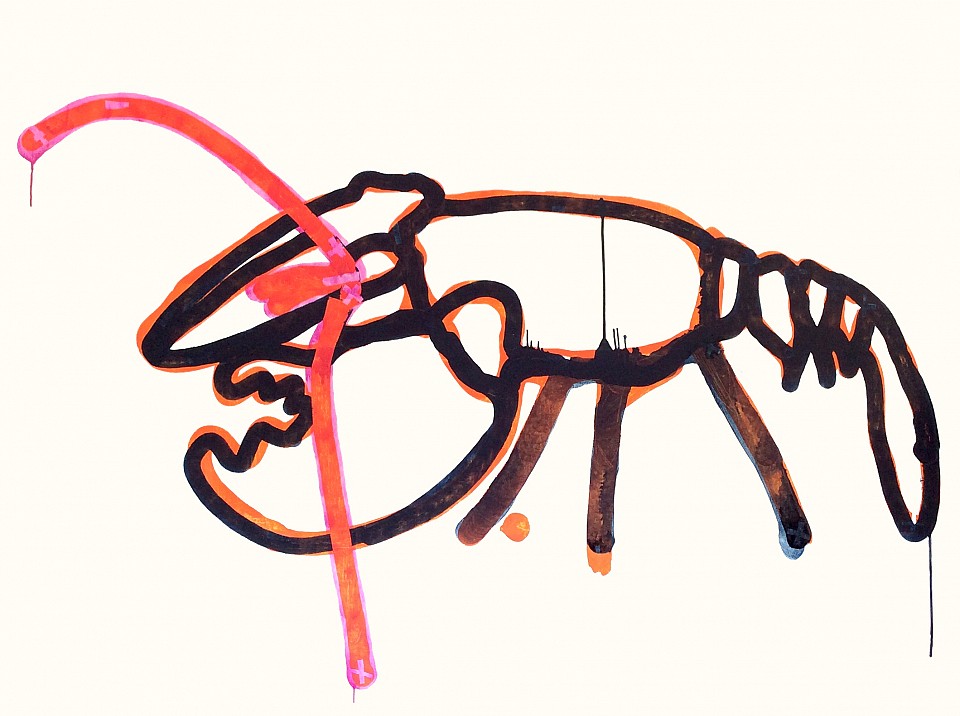
The Double Articulation, 40 000 B.C.
oil on canvas, 2016
160 x 200 cm
private collection
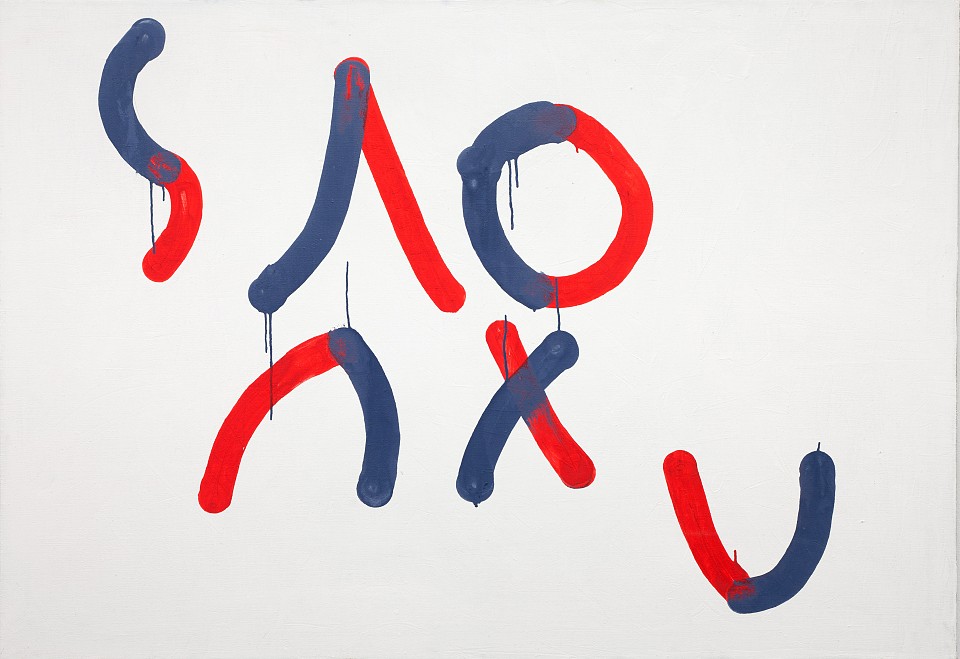
The star AXU
oil on canvas, bottle painting, 2016
100 x 150 cm
Robert Runtak collection
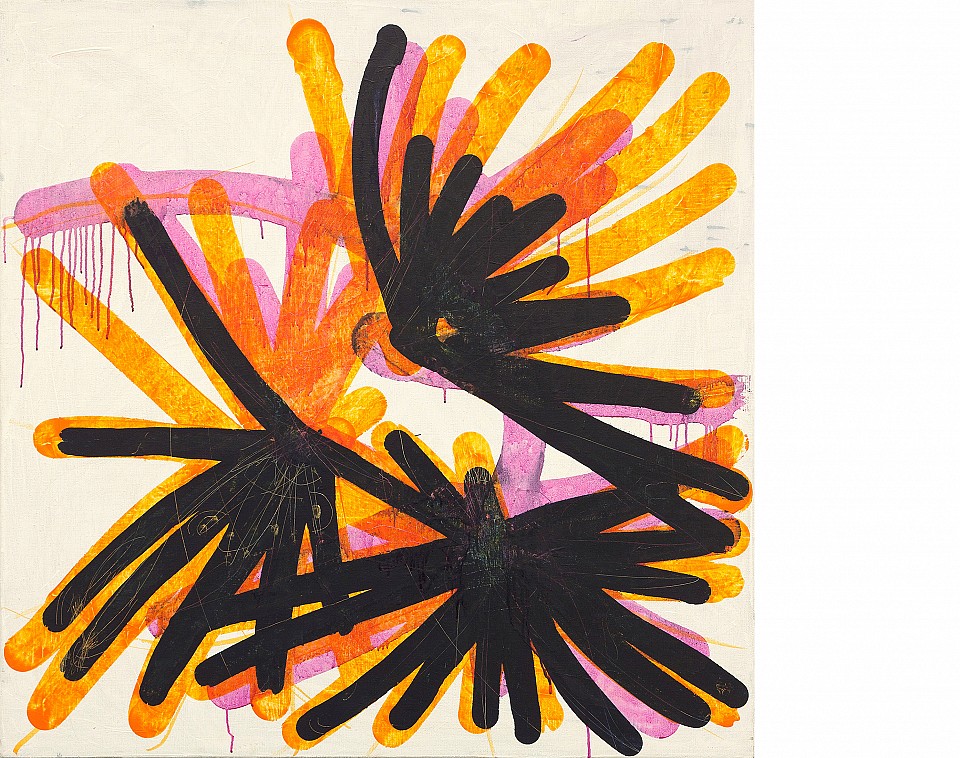
the Palm leaves II.
oil on canvas, 2016
100 x 100 cm
en.wikipedia.org/wiki/Social_and_environmental_impact_of_palm_oil
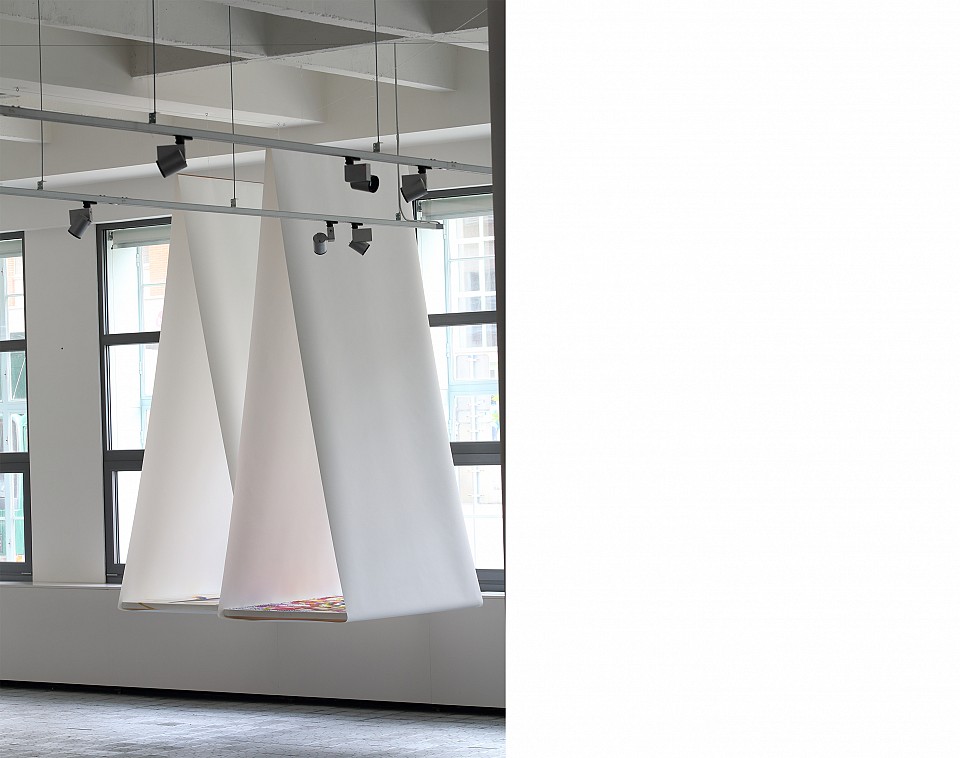
an installation view
2015
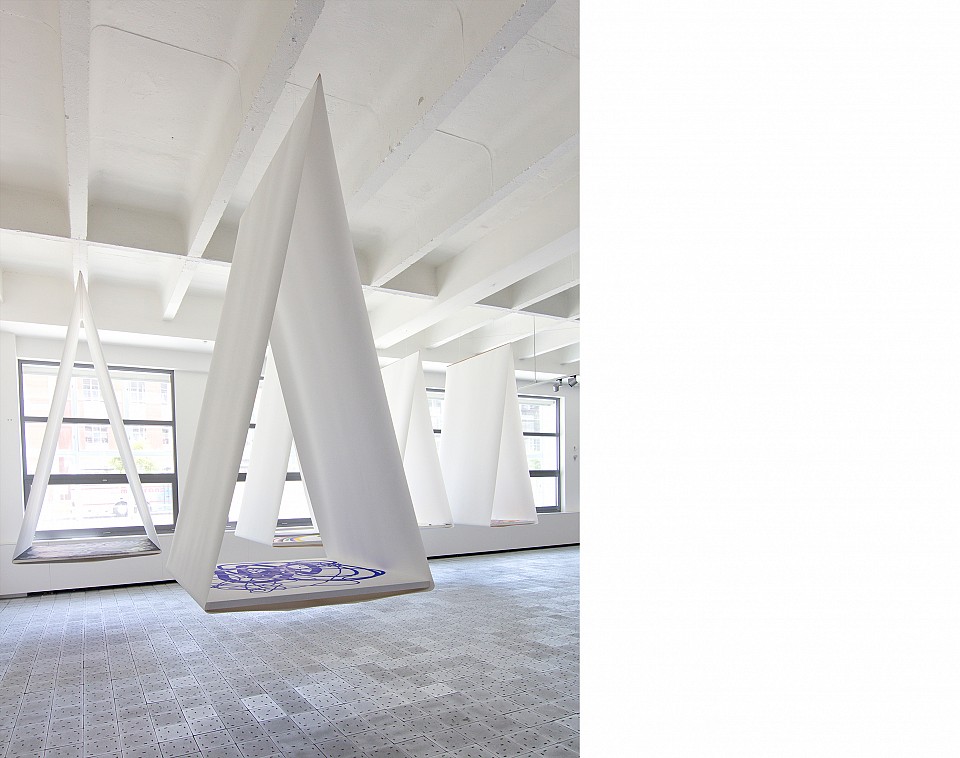
an installation view
2015
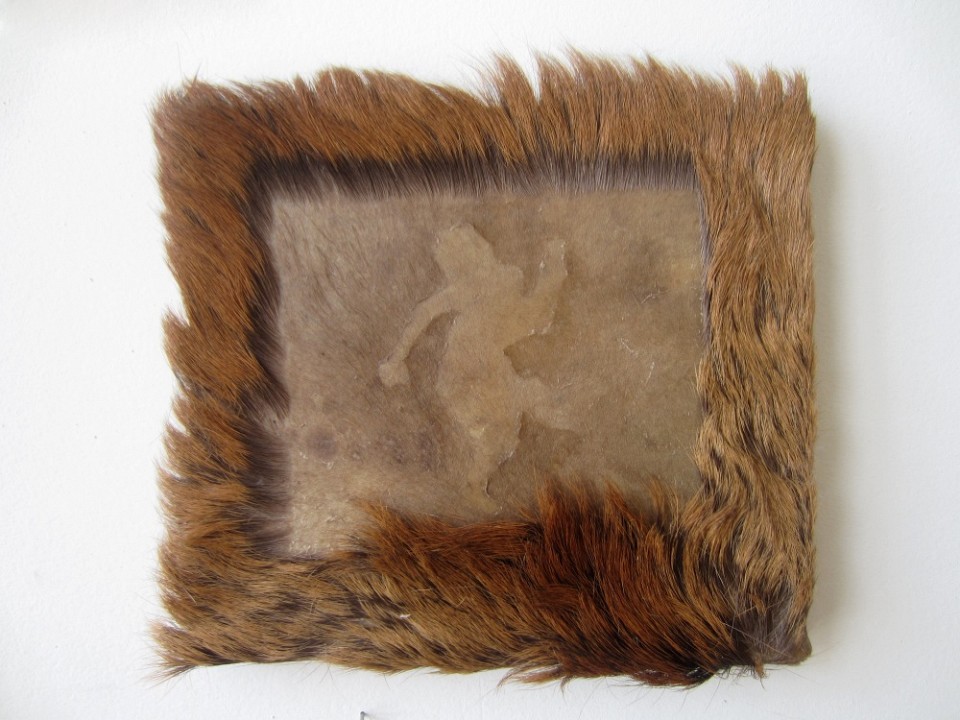
The Childhood
depilated leather, 2012
15 x 17 cm
Robert Runtak collection
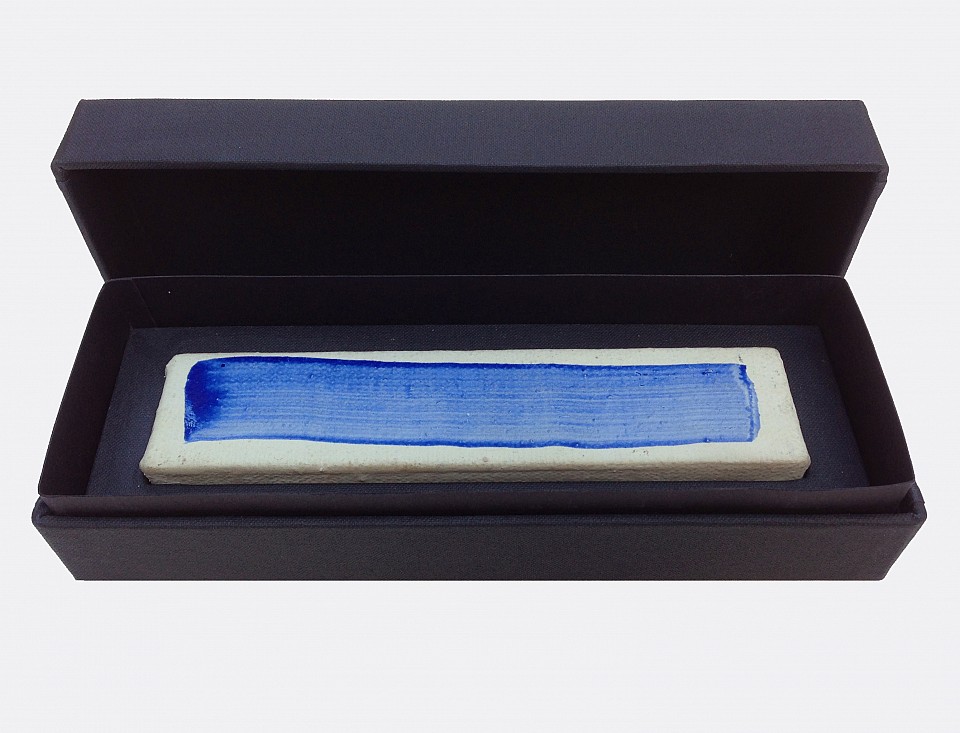
the basic unit of painting
brush stroke - oil on canvas, 2013
15 x 3 x 1 cm
Archieved in black box in size 5 x 5 x 20 cm.
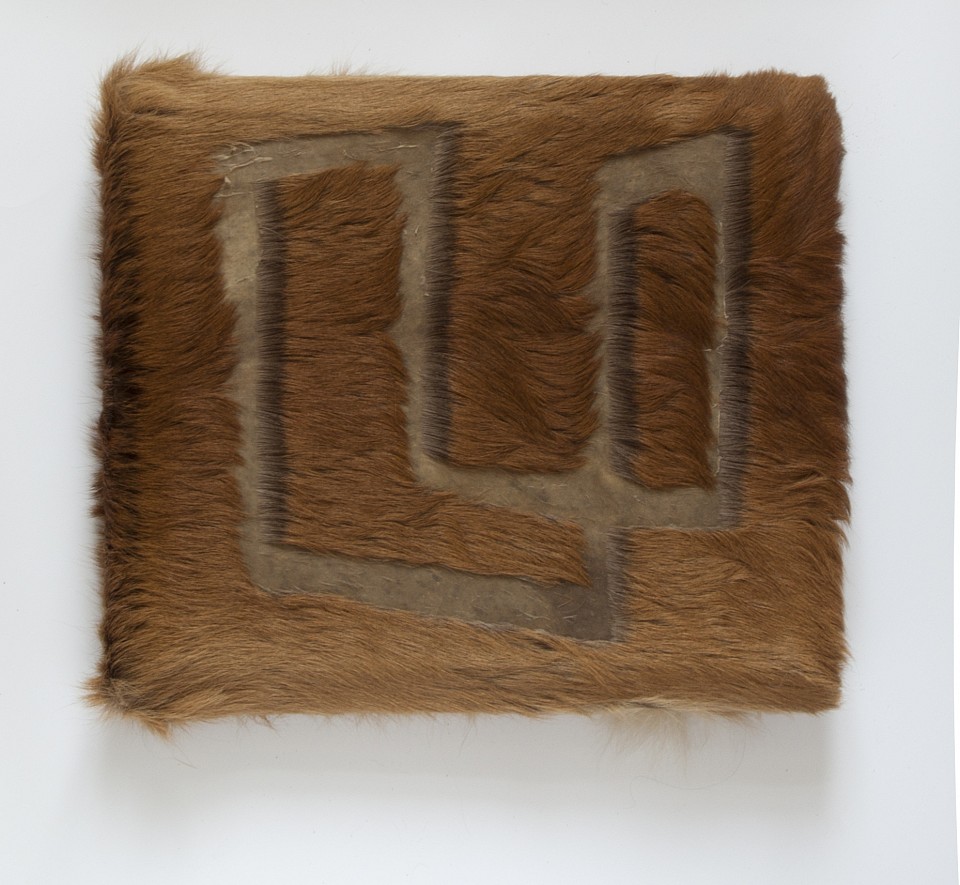
The citation from Sol Lewitt
depilated leather, 2012
35,5 x 42,5 cm
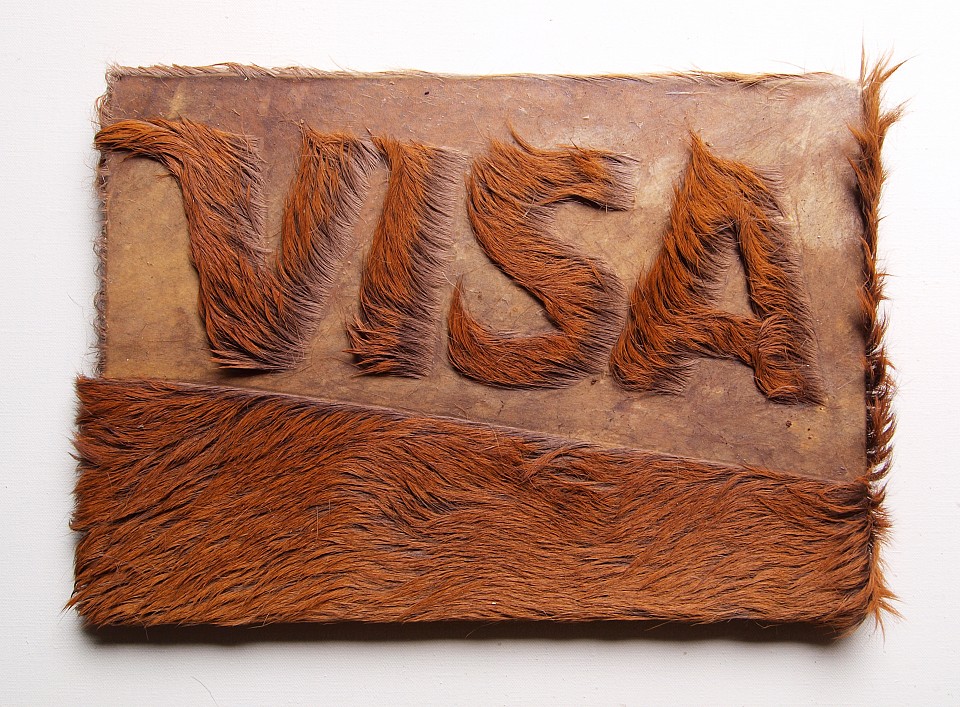
The VISA card
depilated leather, 2013
27 x 45 cm
Robert Runtak collection
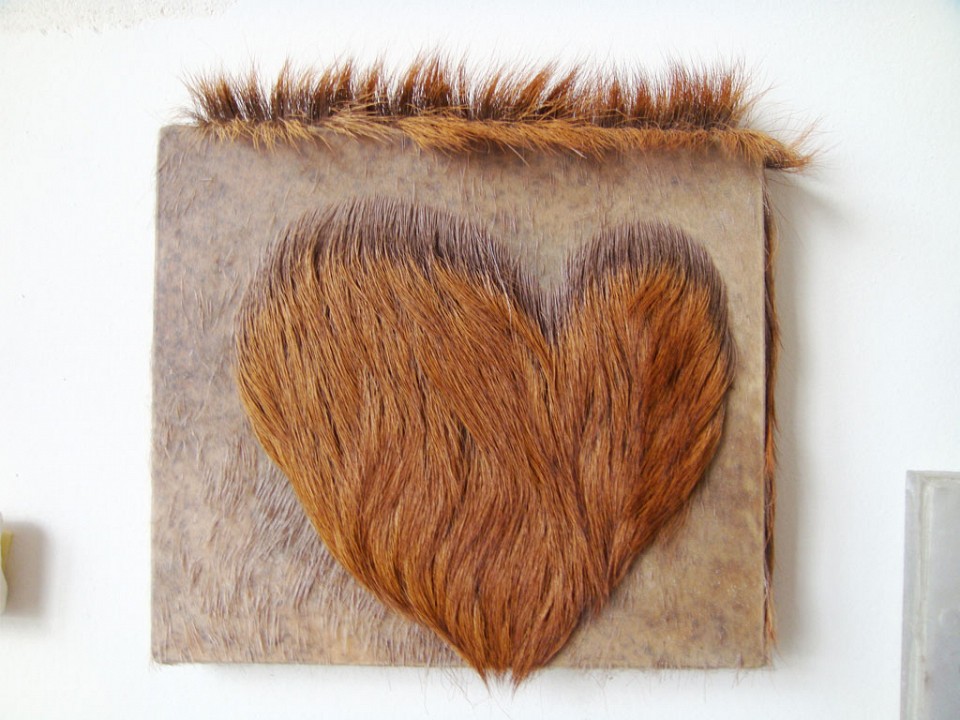
The hairy love
depilated leather, 2012
17 x 15 cm
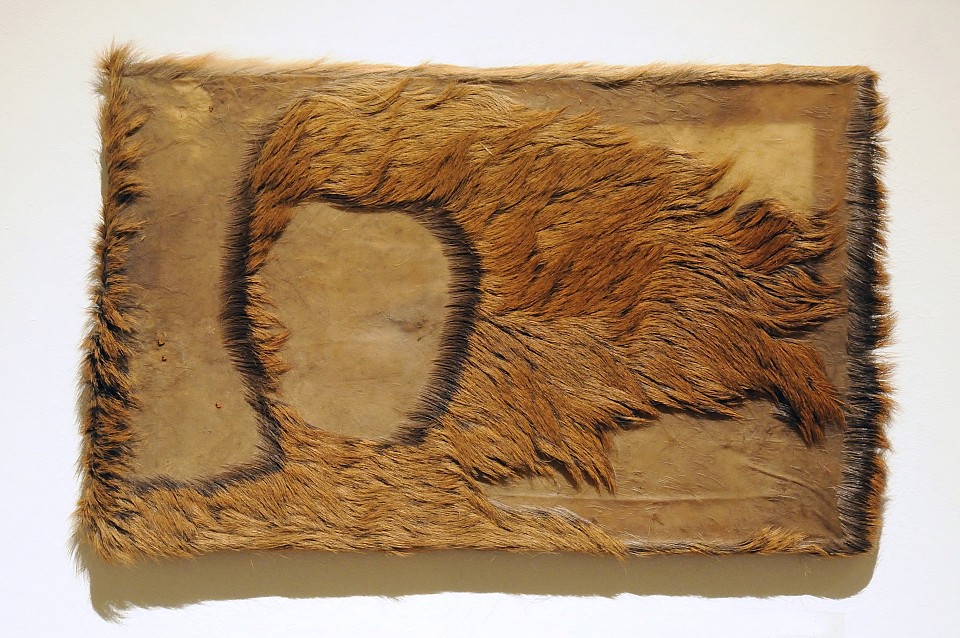
The Portrait
depilated leather, 2012
27 x 45cm
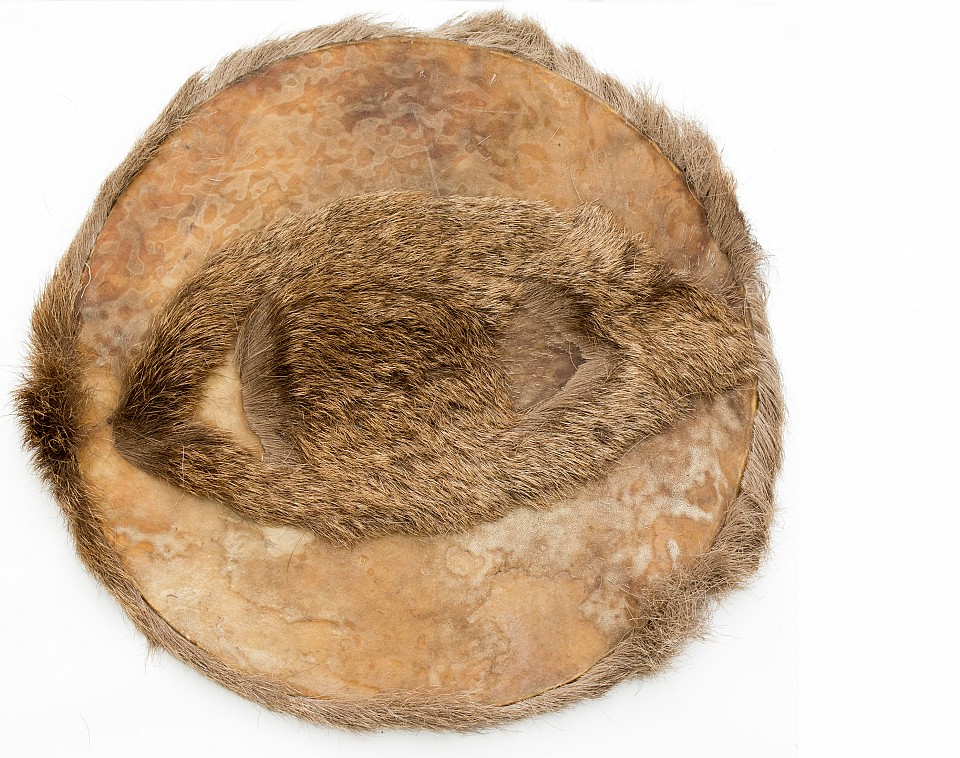
the Eye
depilated leather, 2014
60 cm
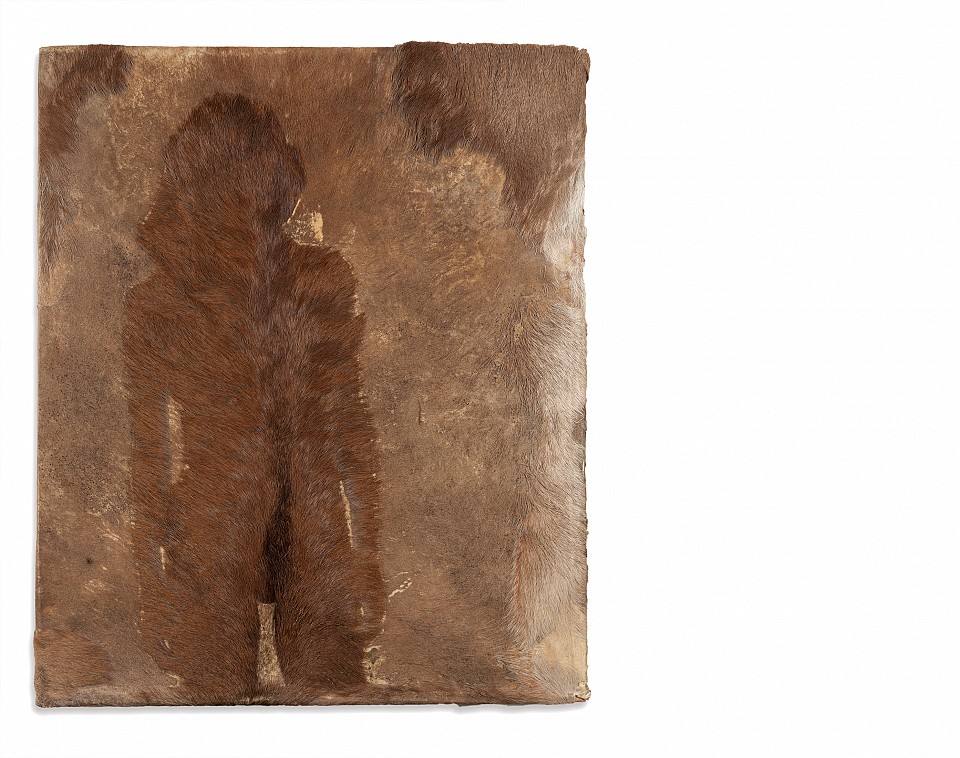
the hary rug
depilated leather, 2012
100 x 120 cm
Robert Runtak collection
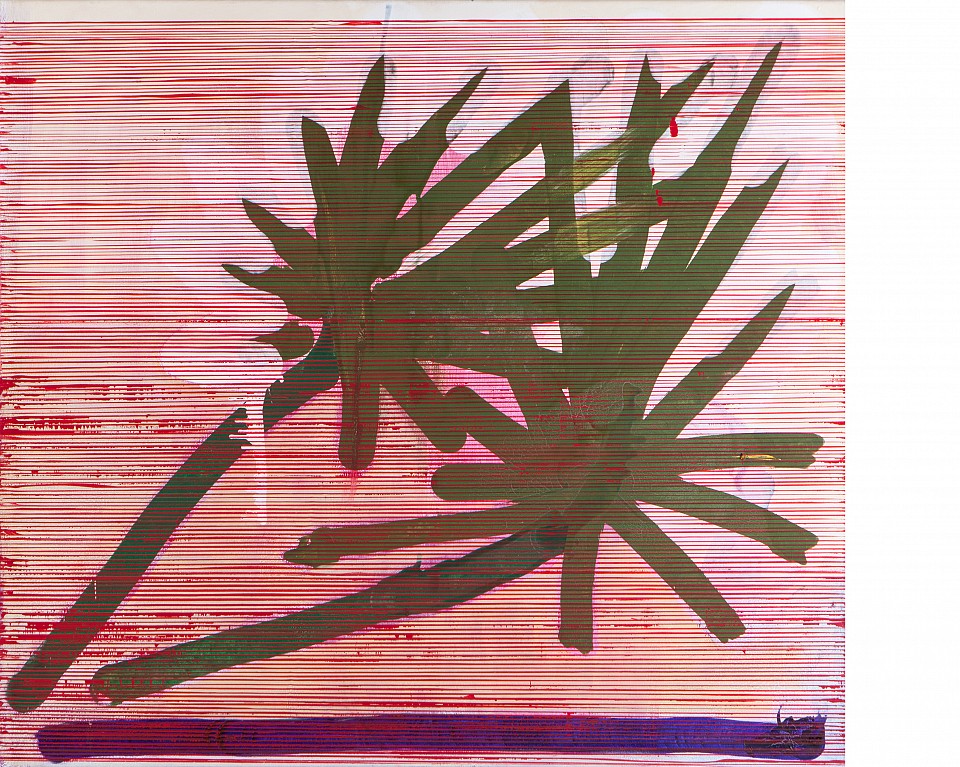
The California
oil on canvas, 2015
120 x 100 cm
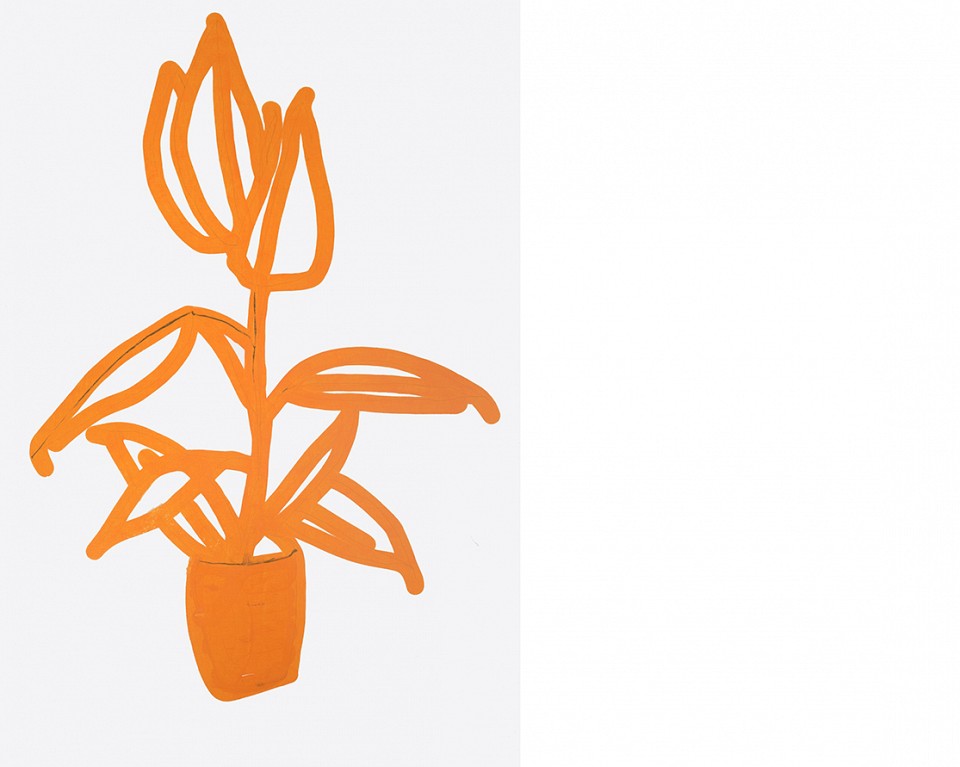
The Ficus
oil on canvas, 2014
210 x 140 cm
Private collection